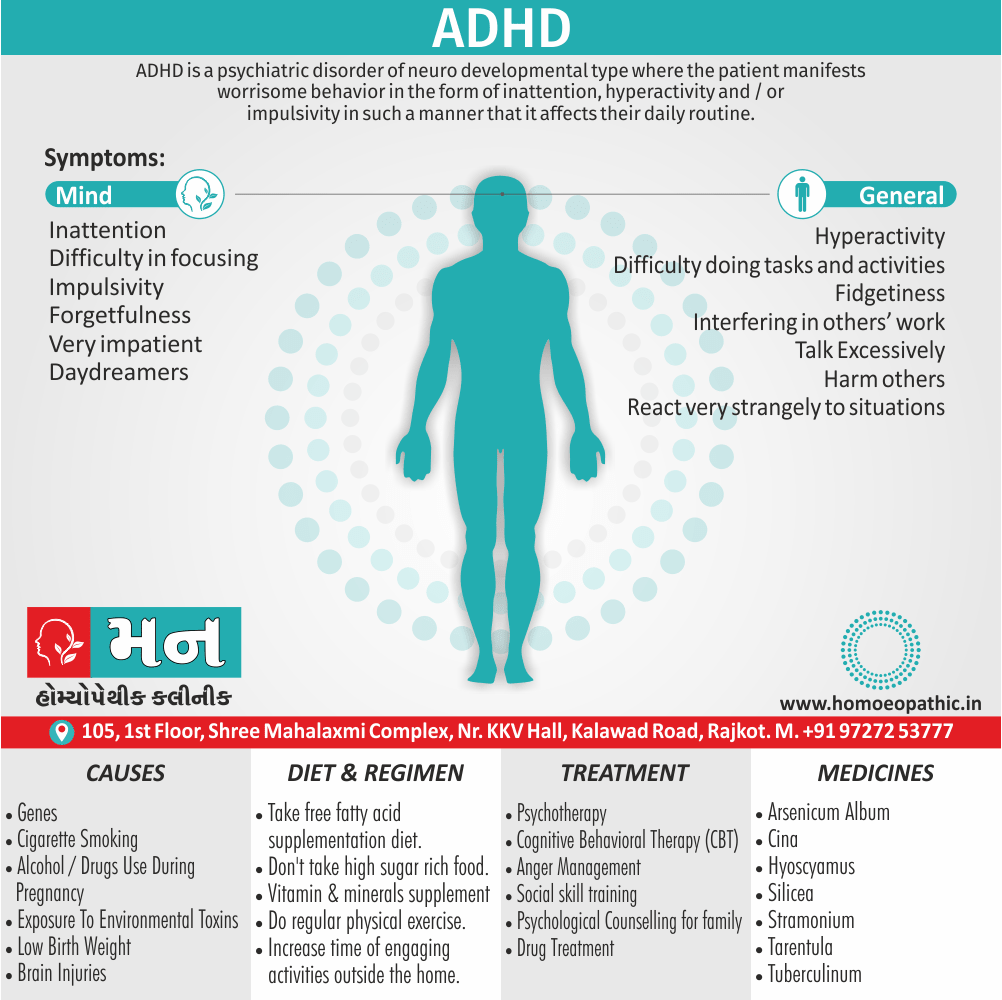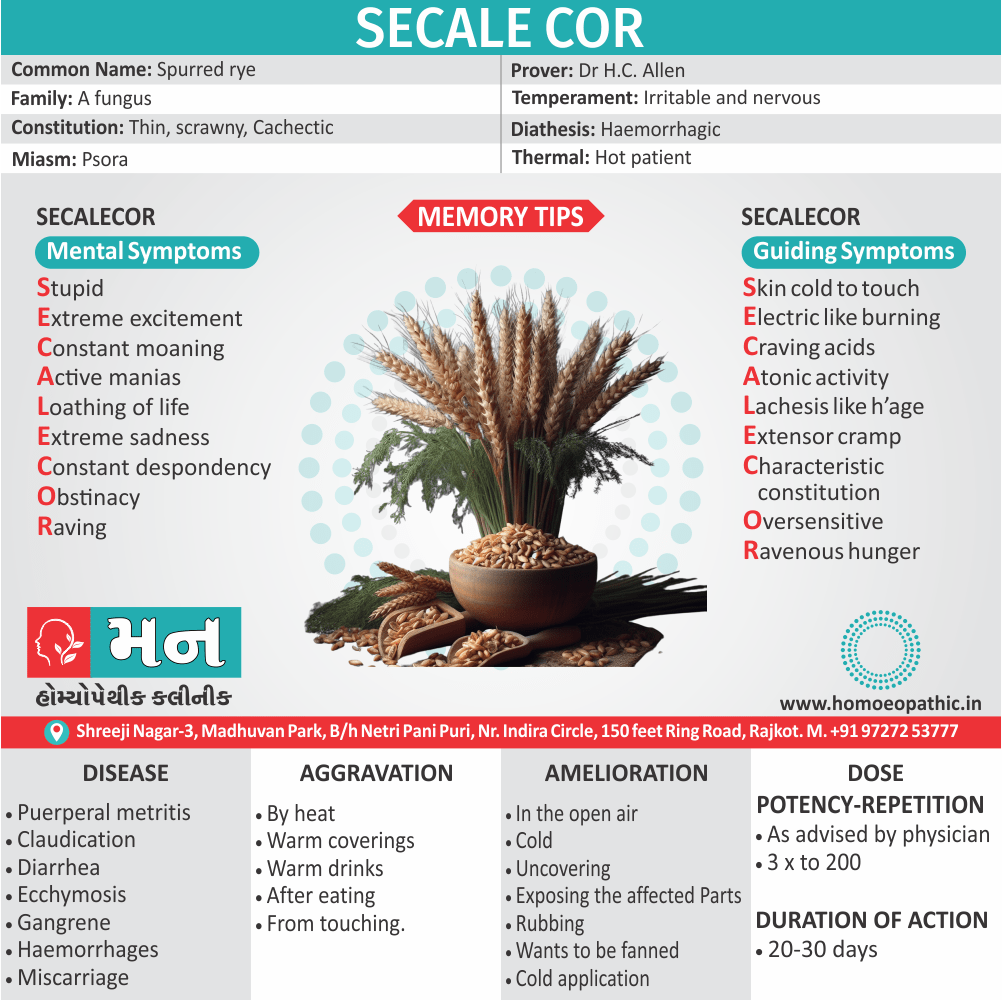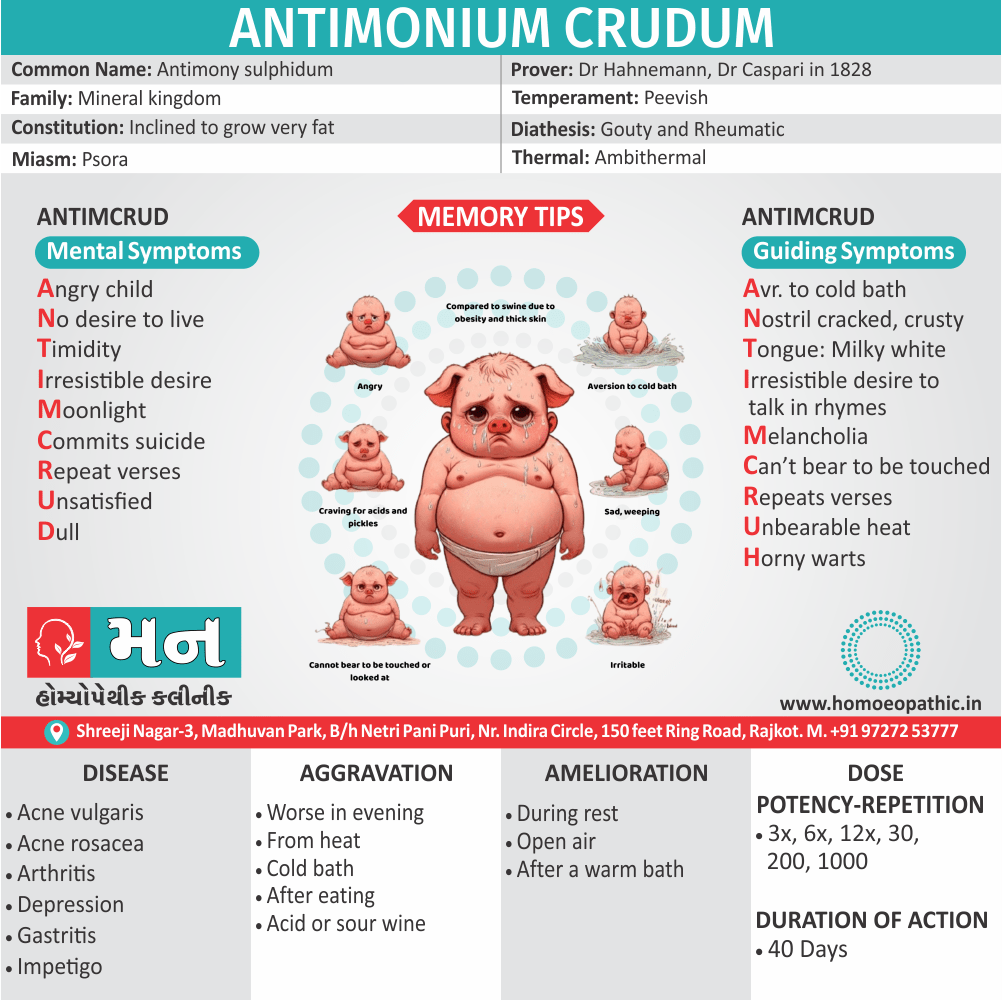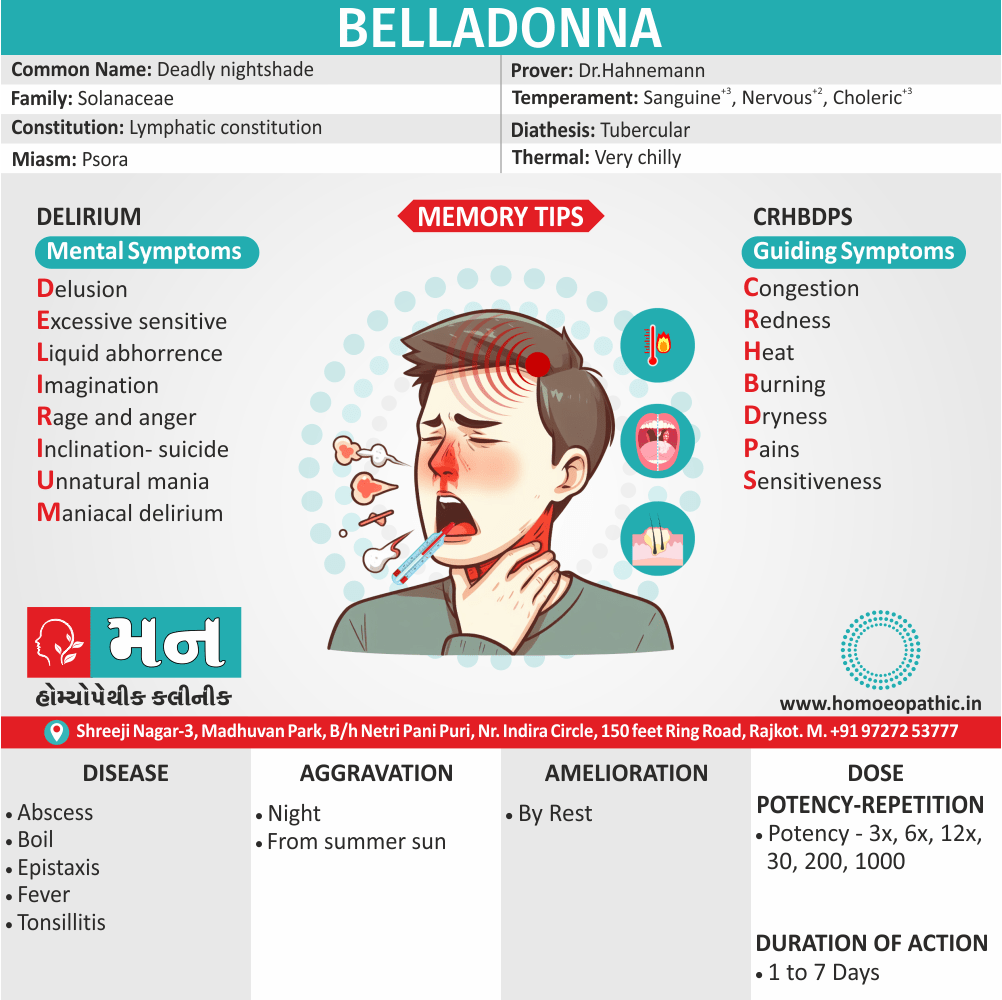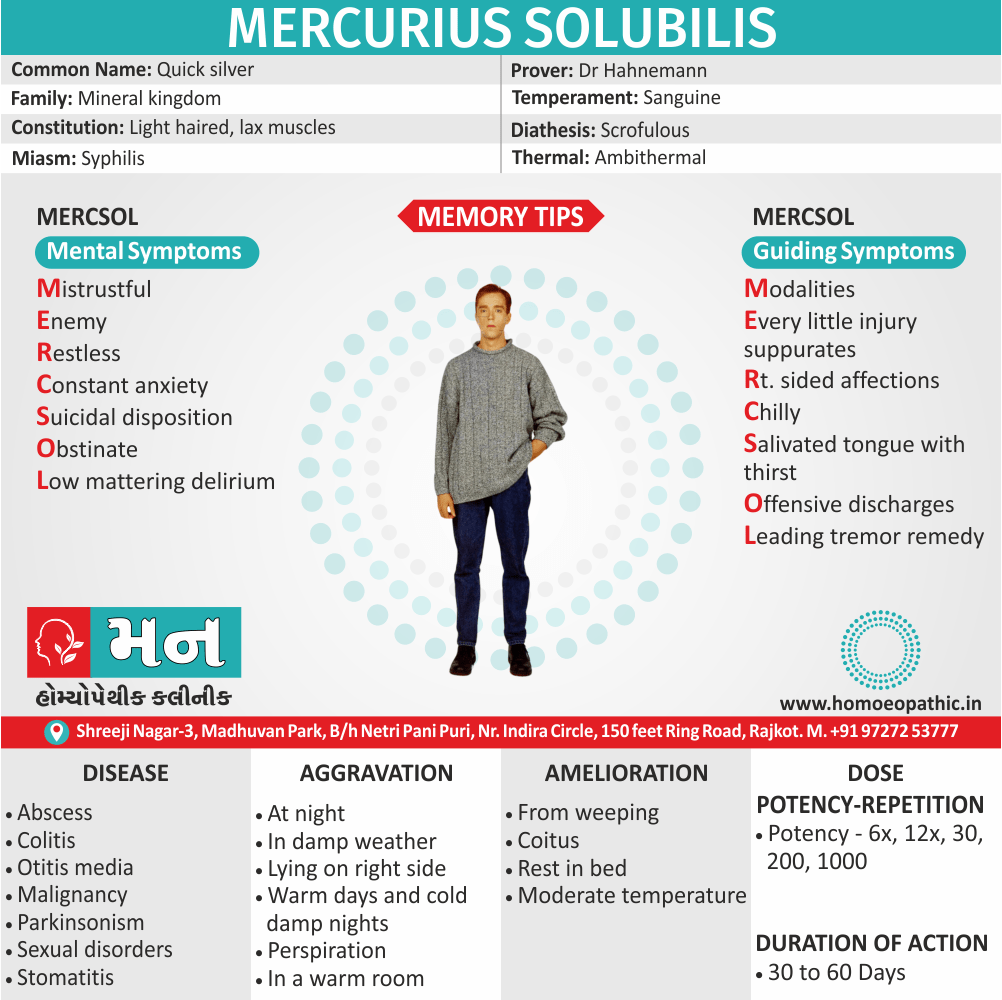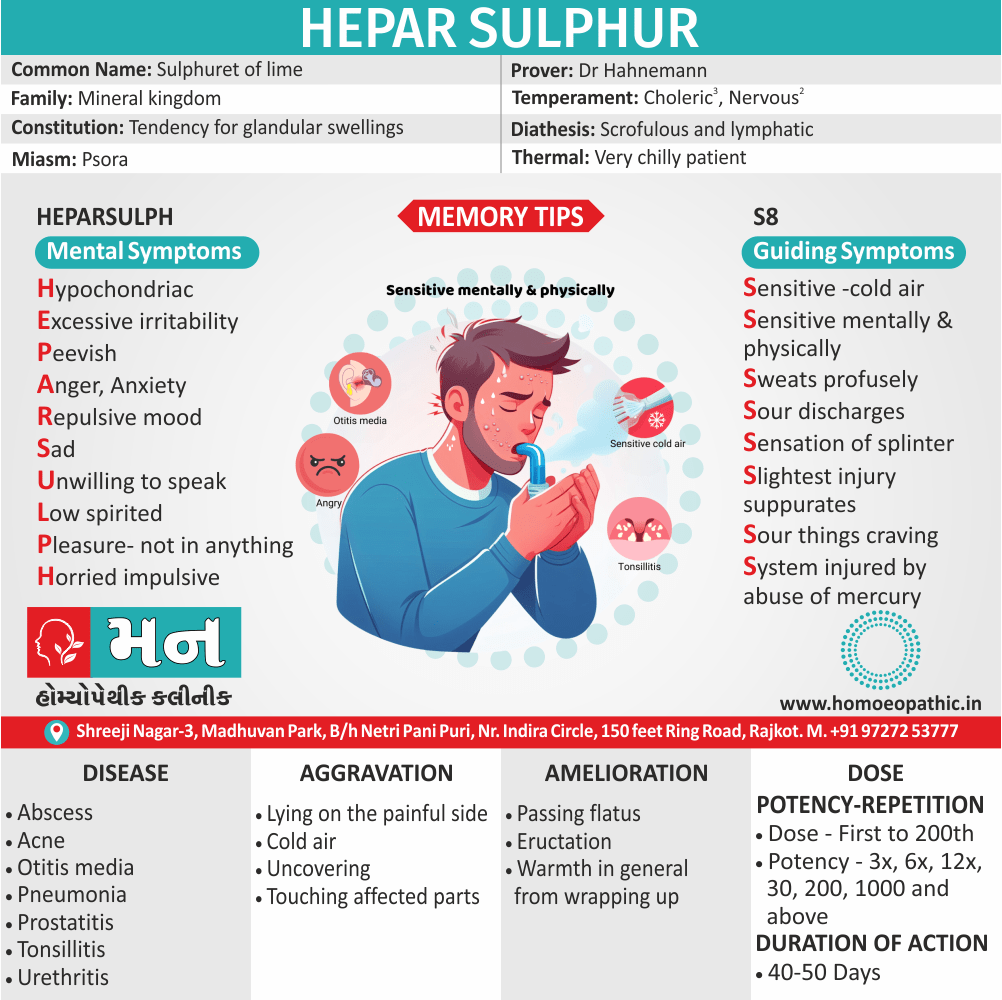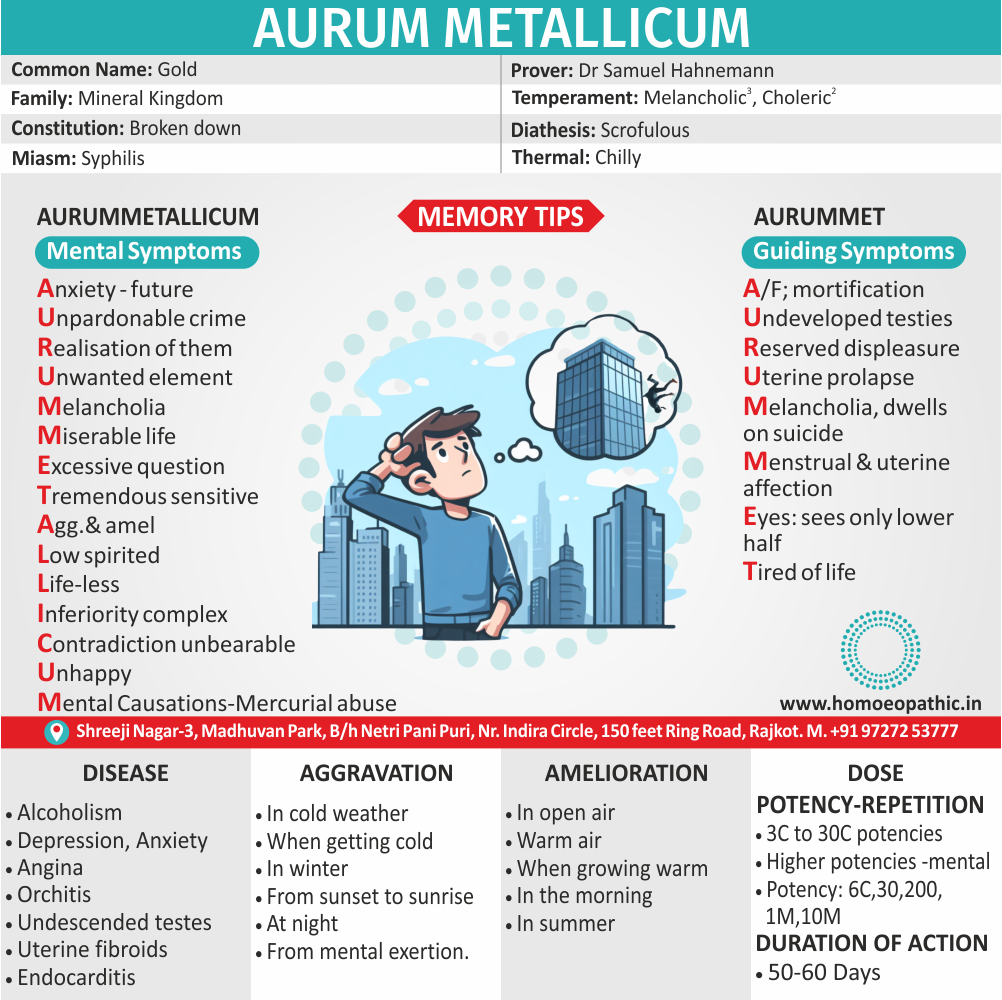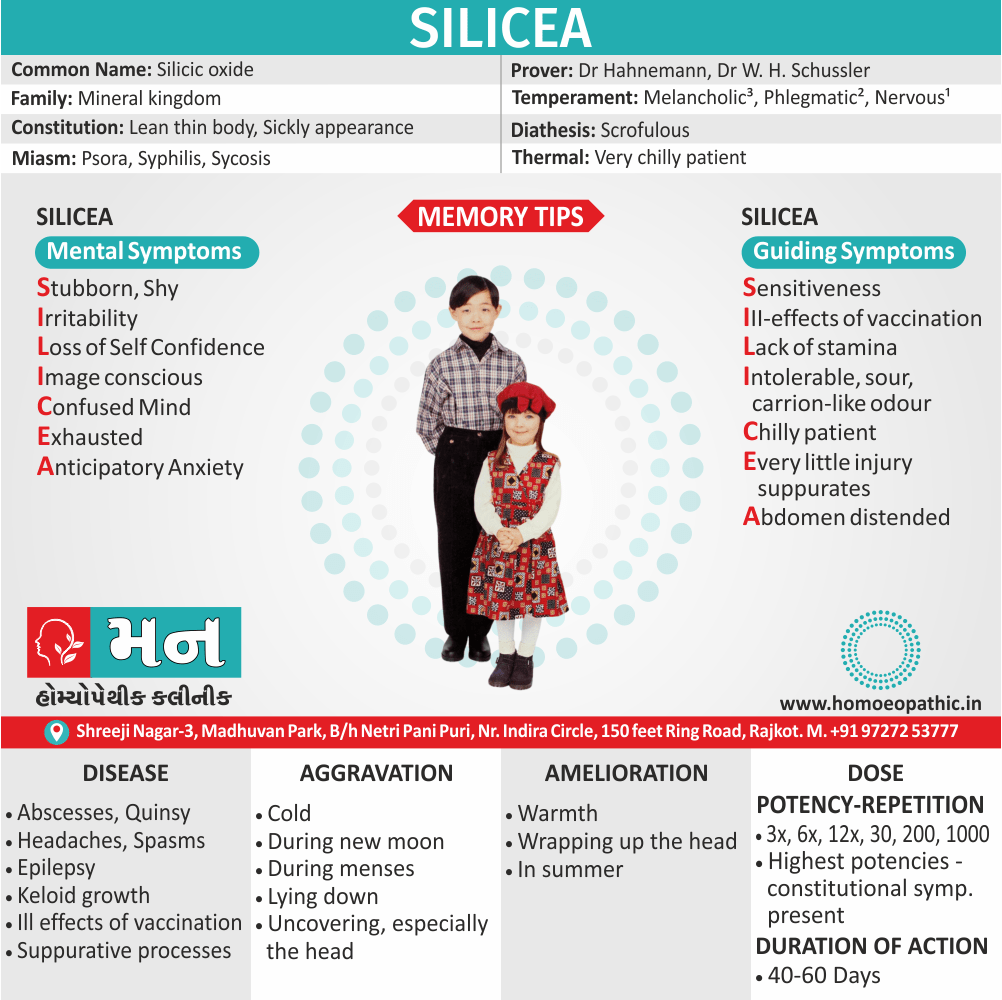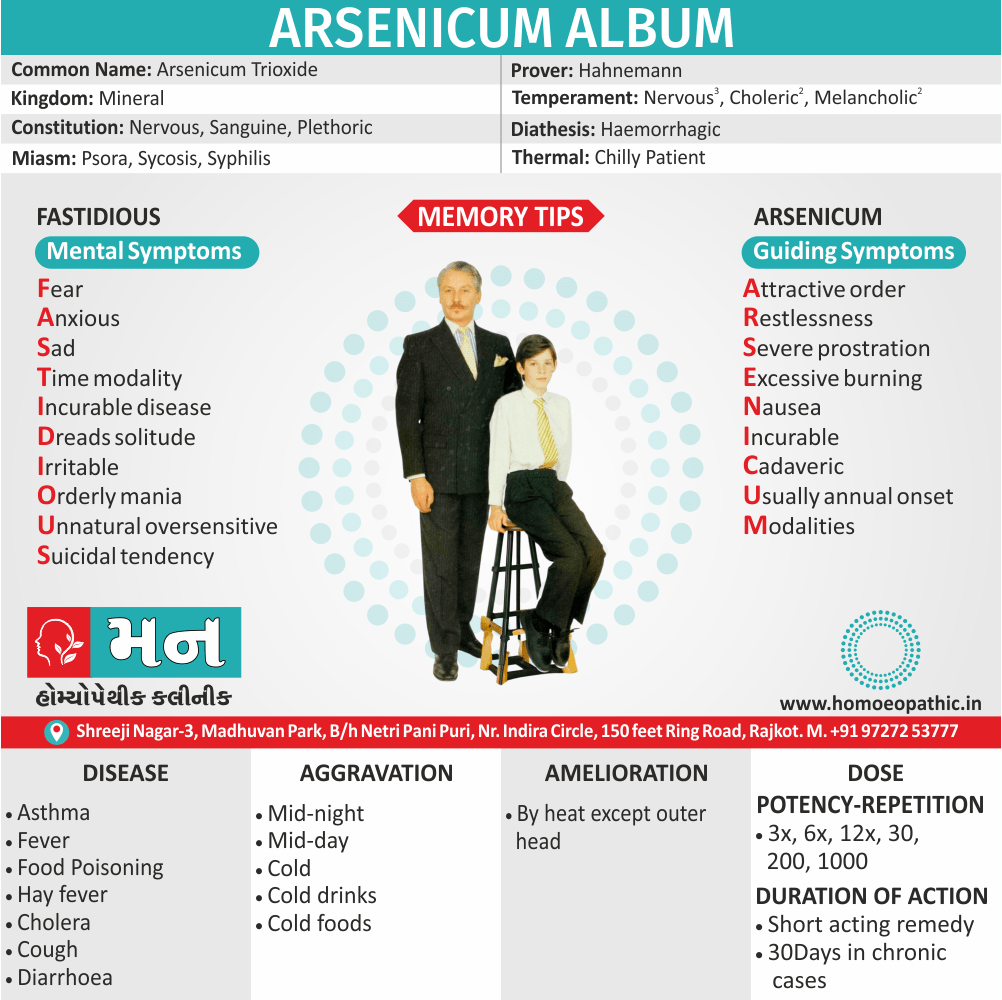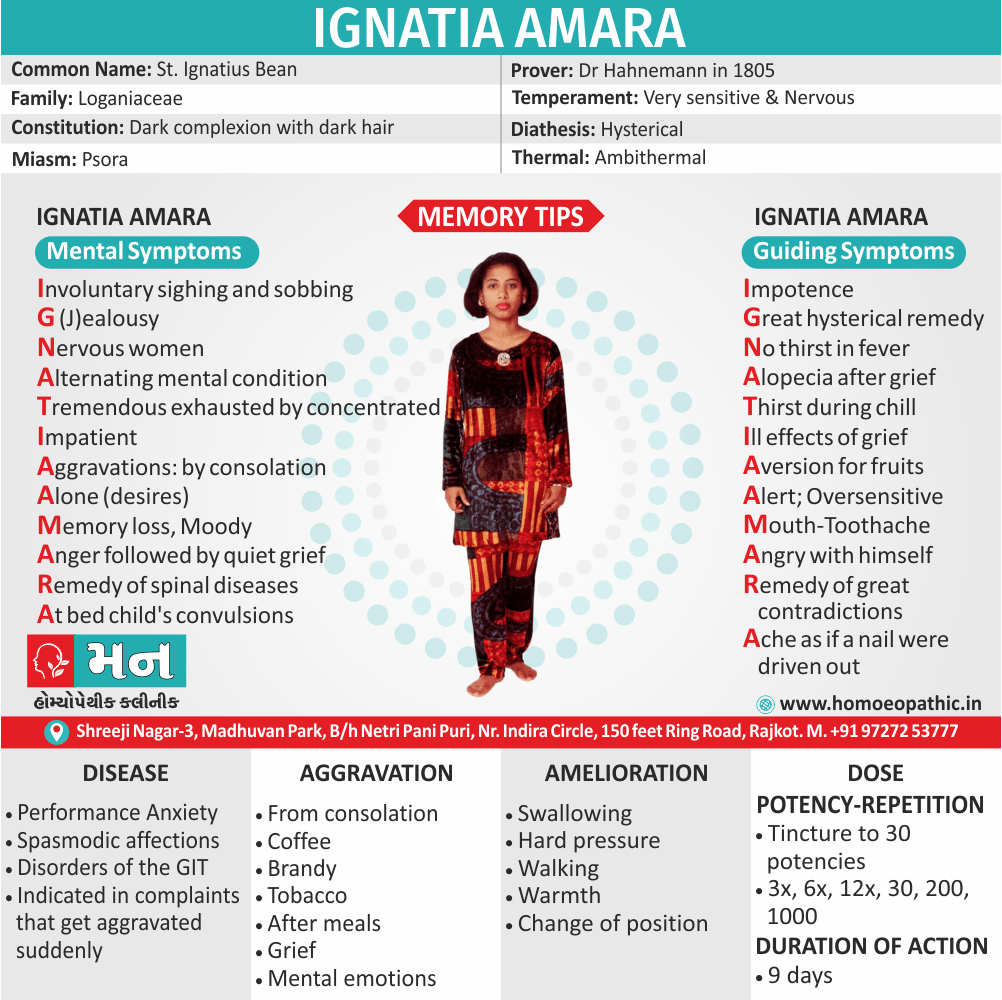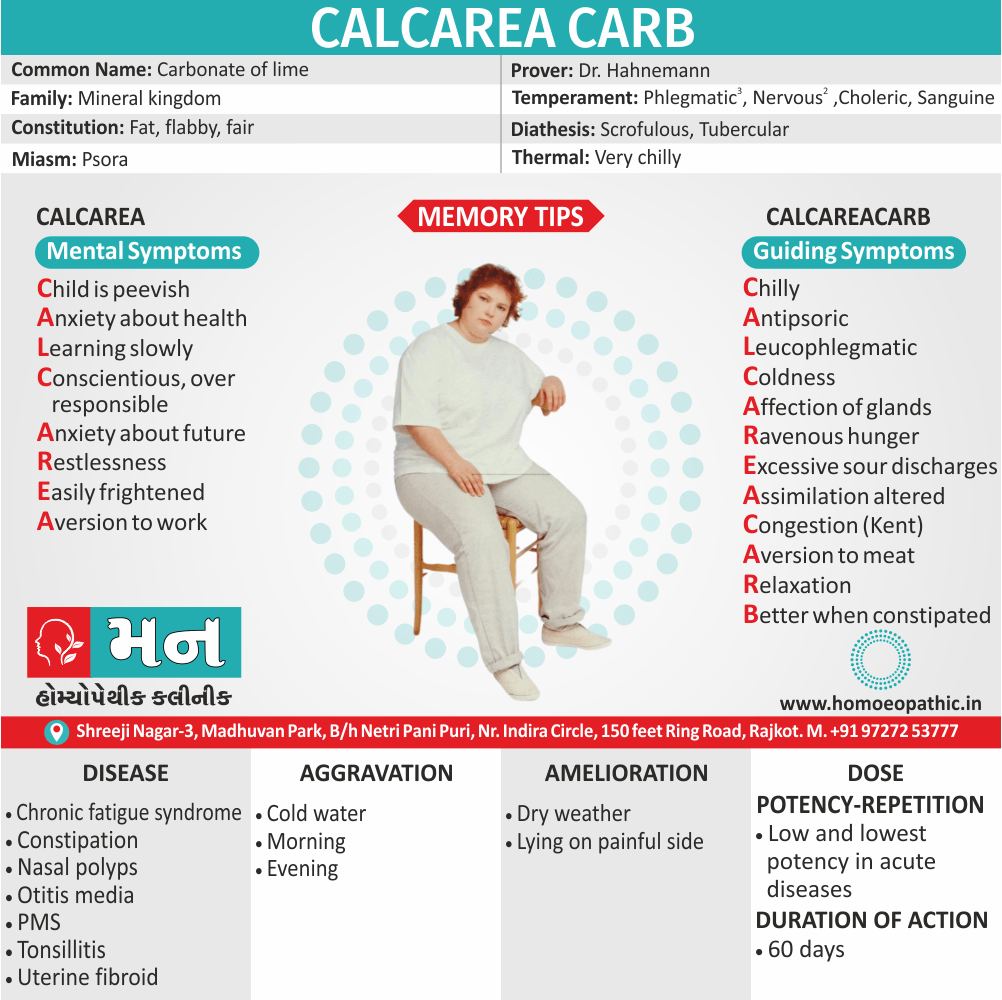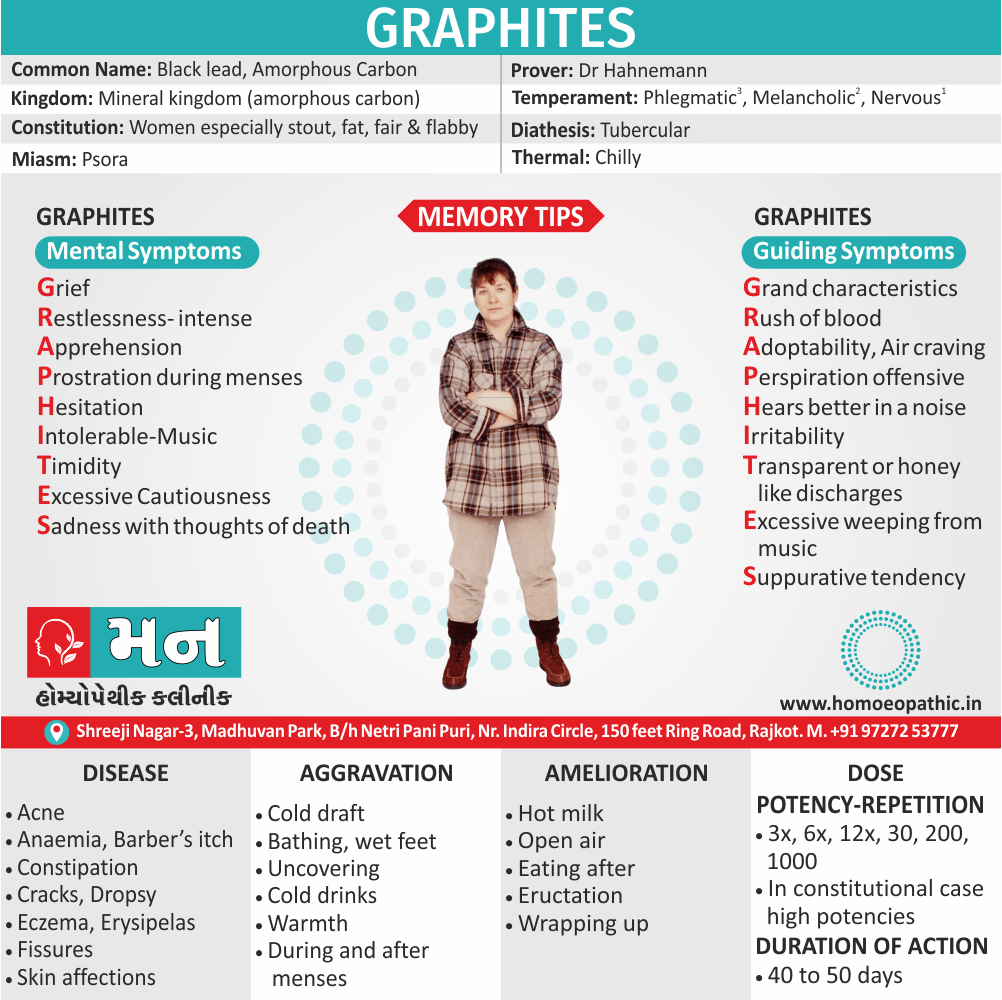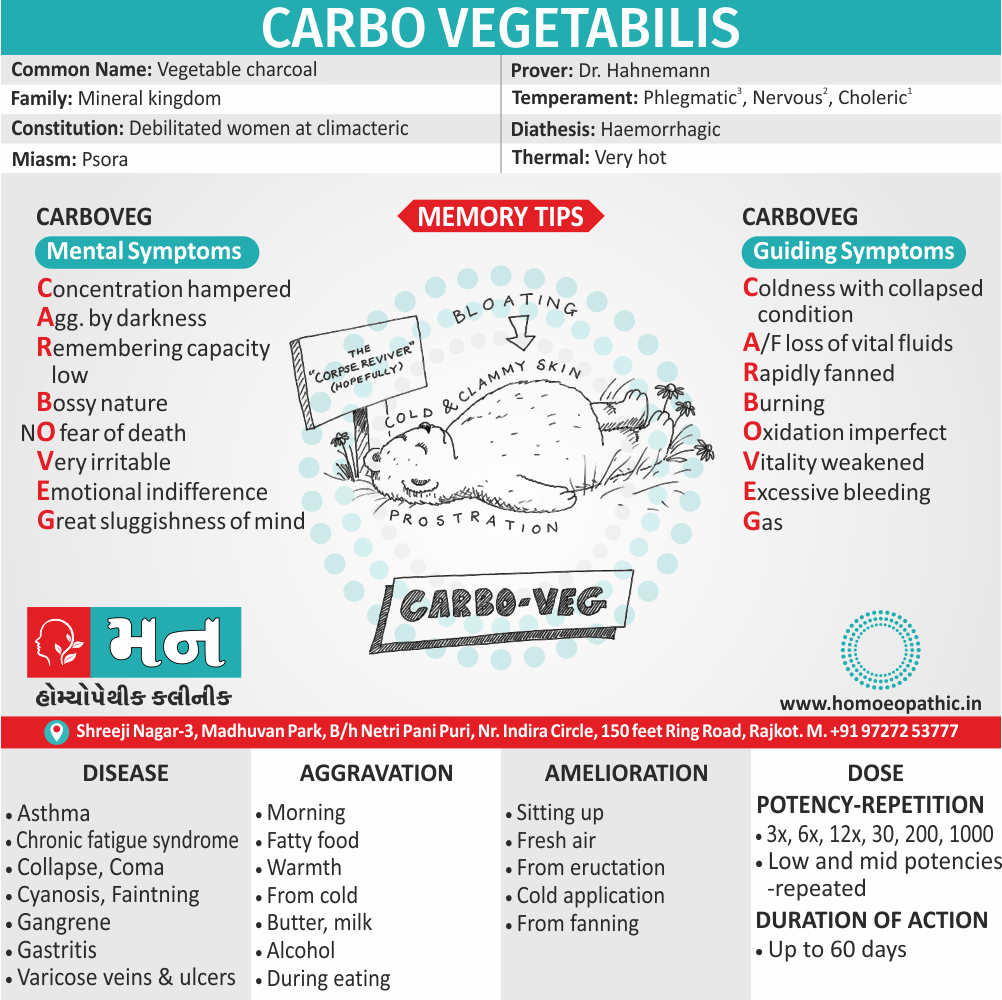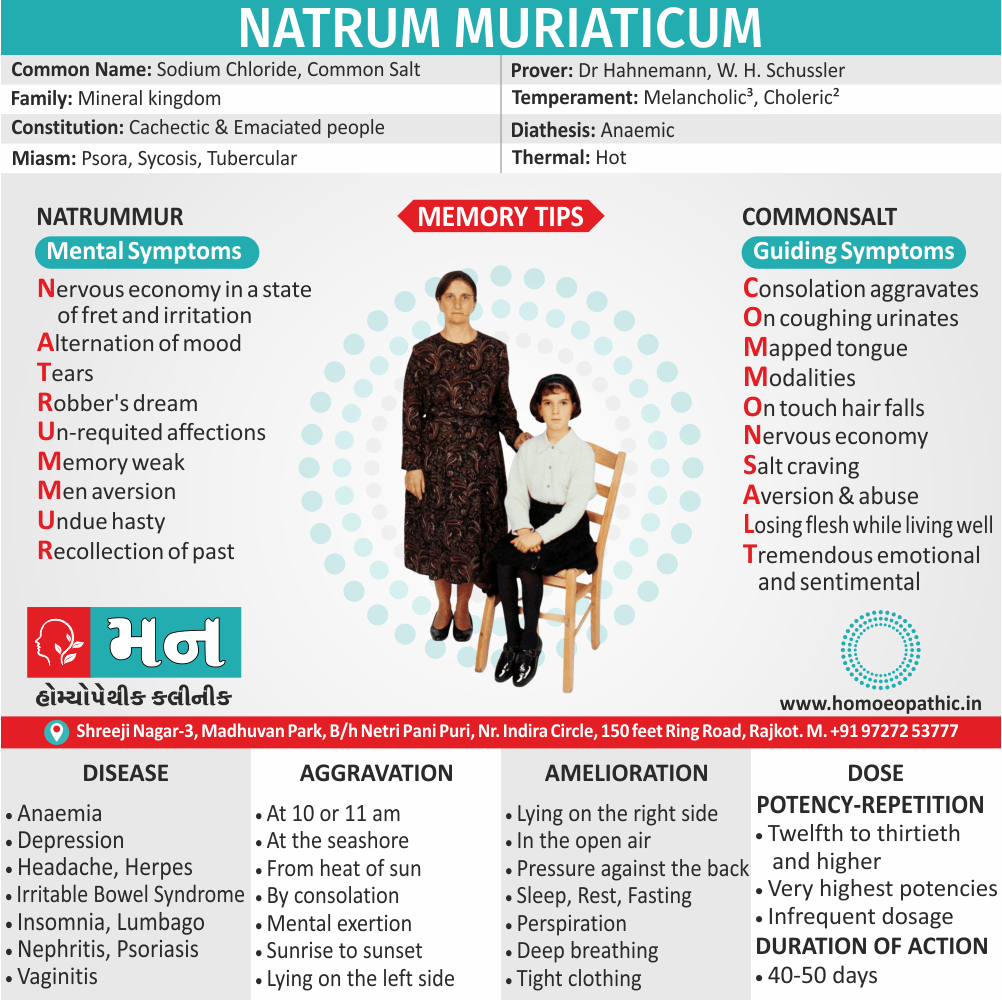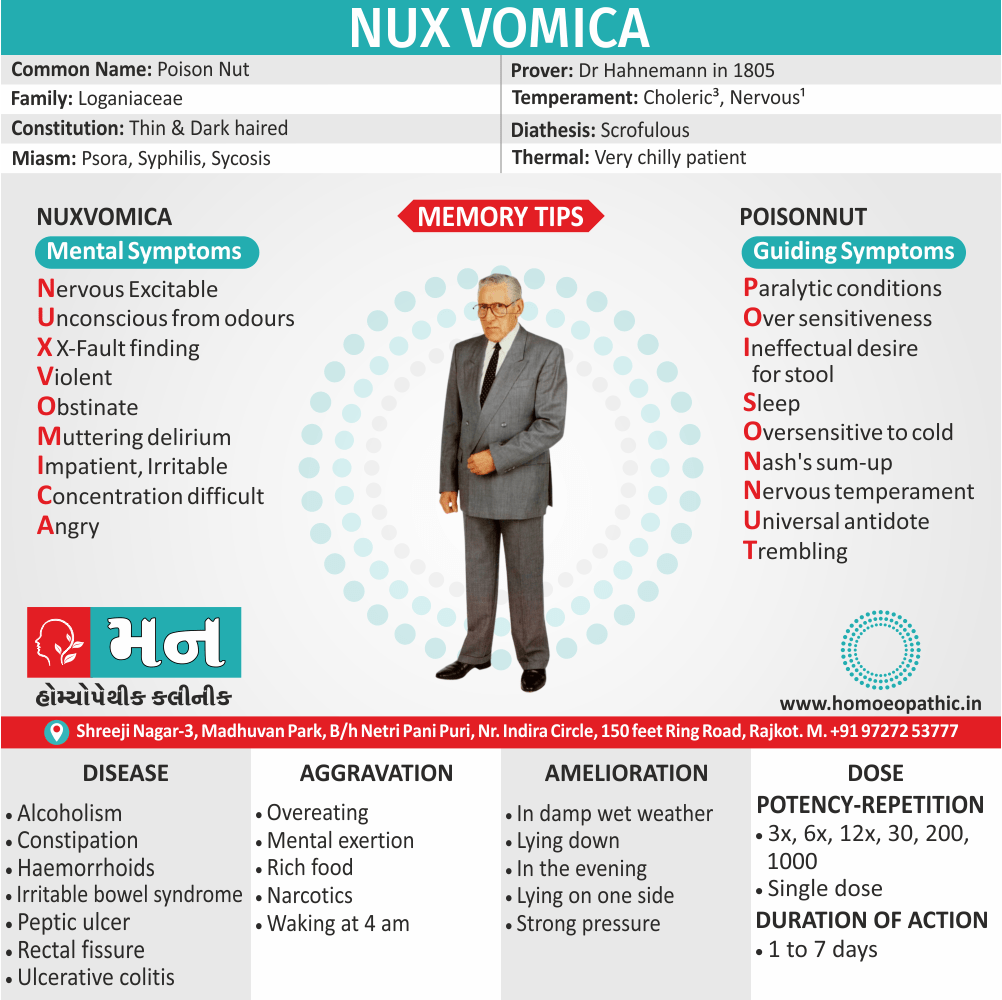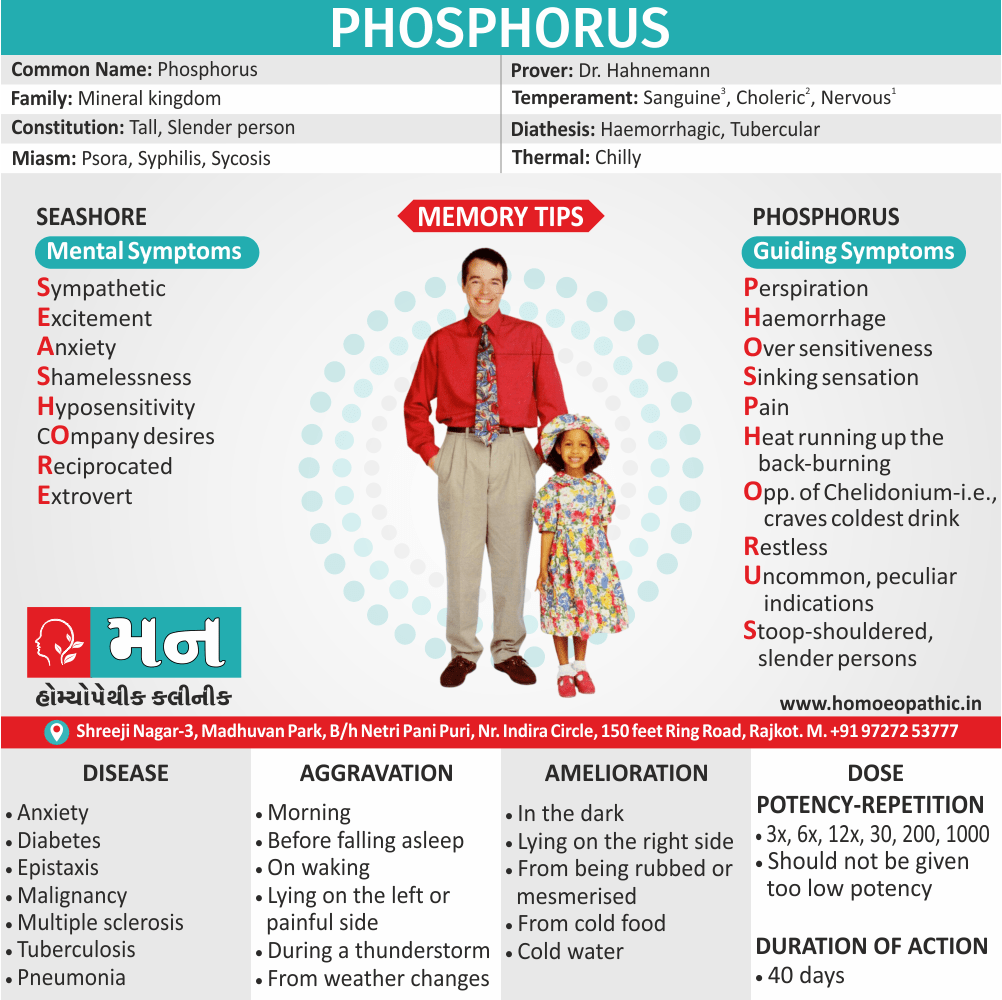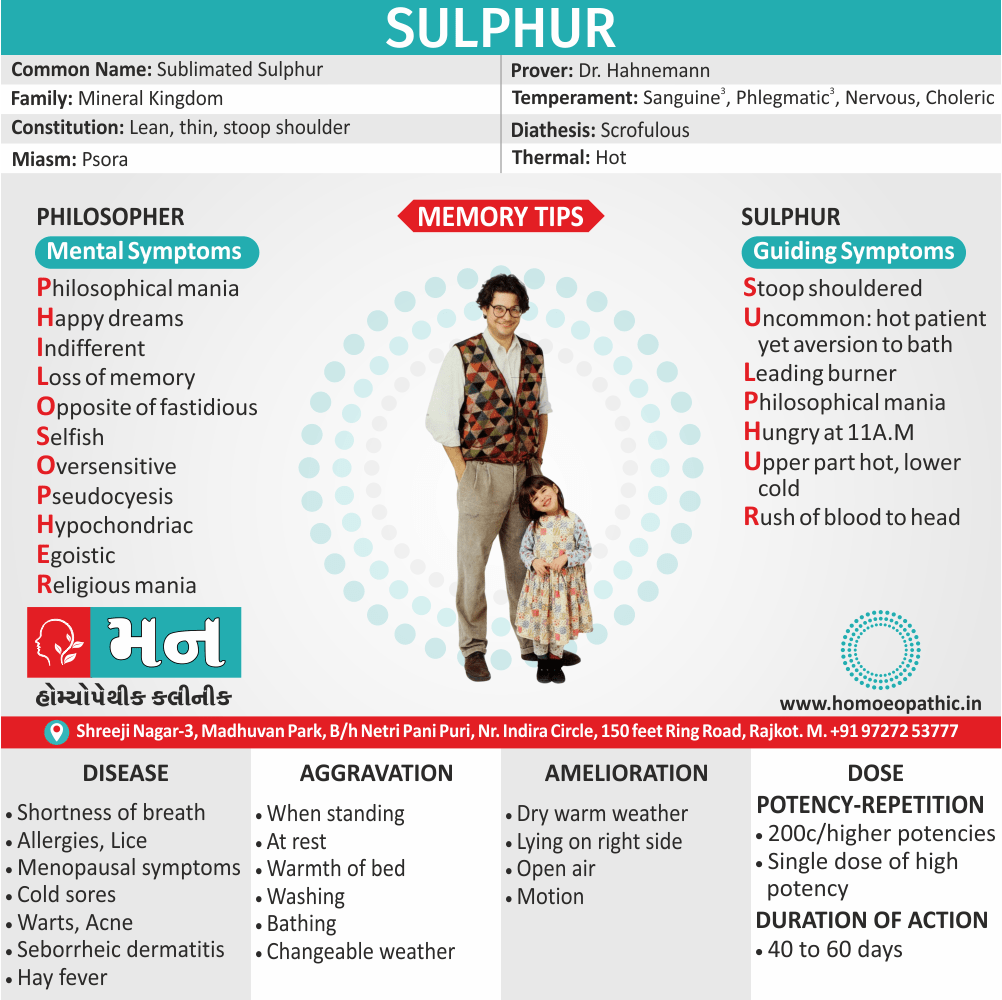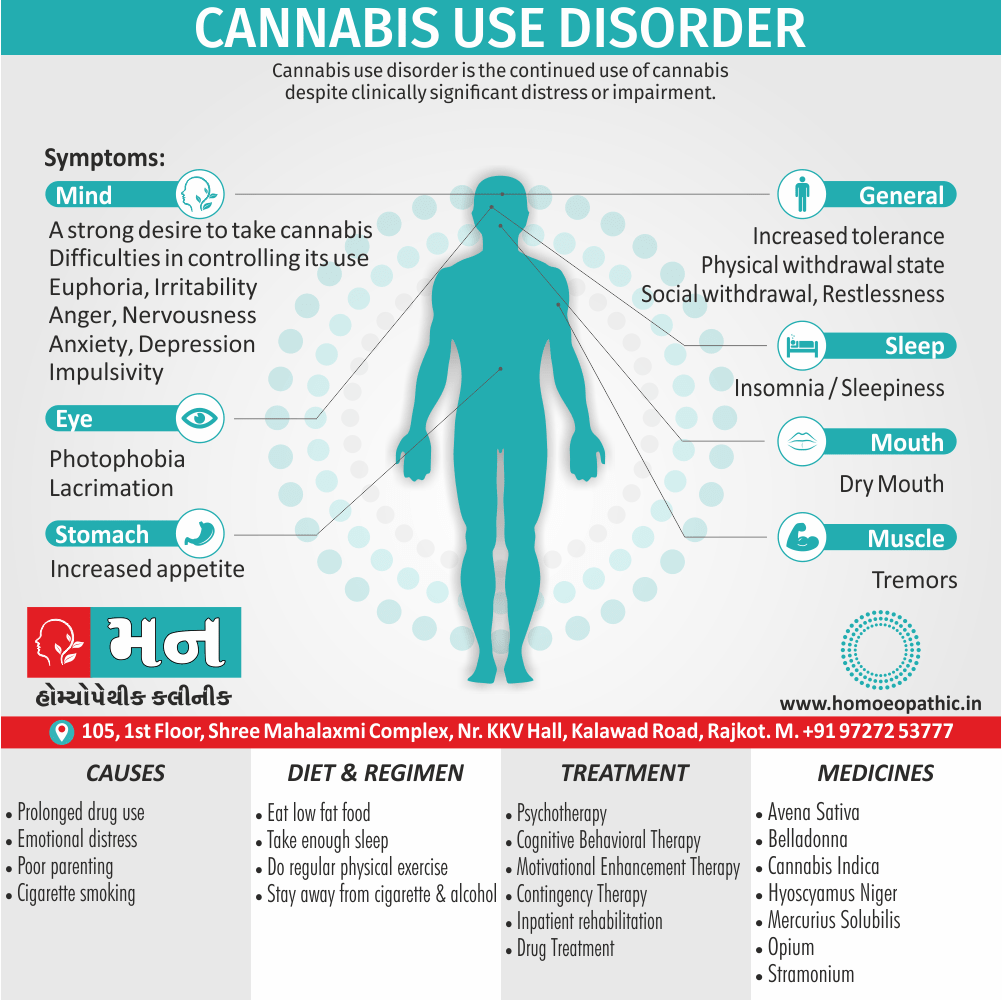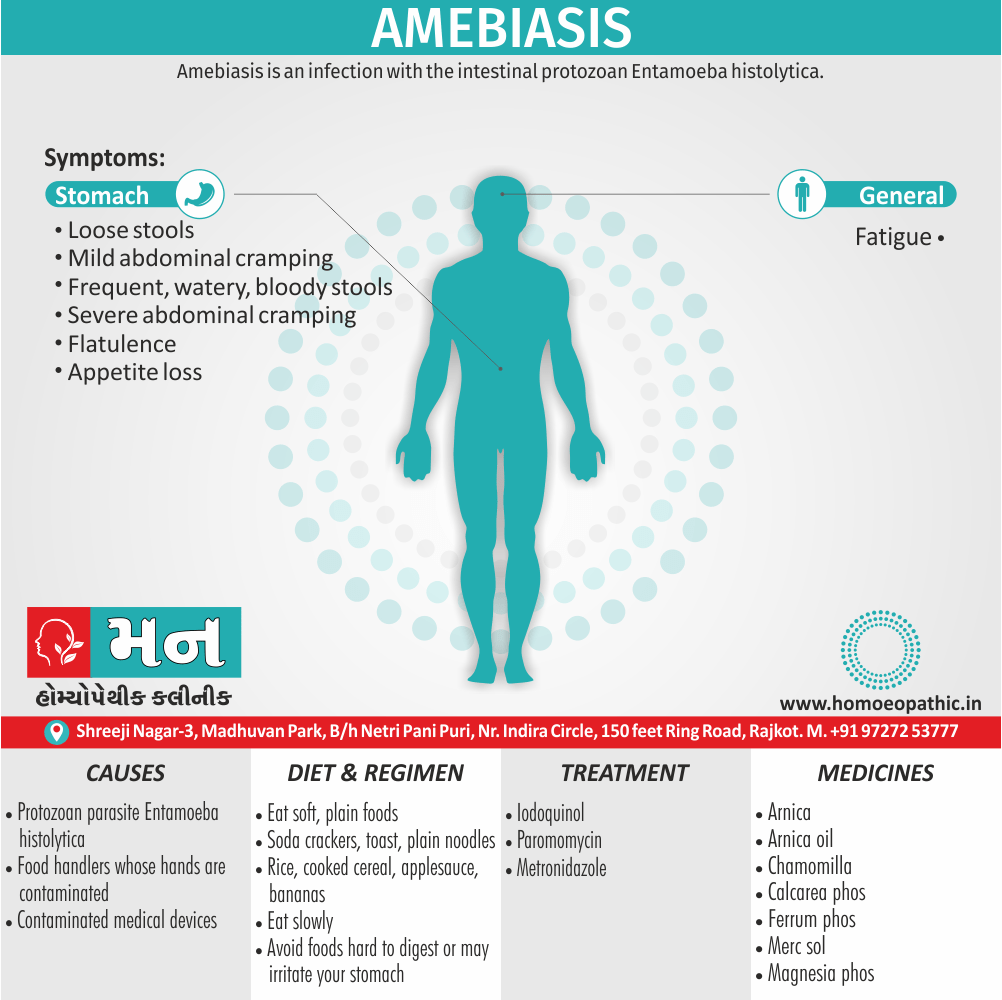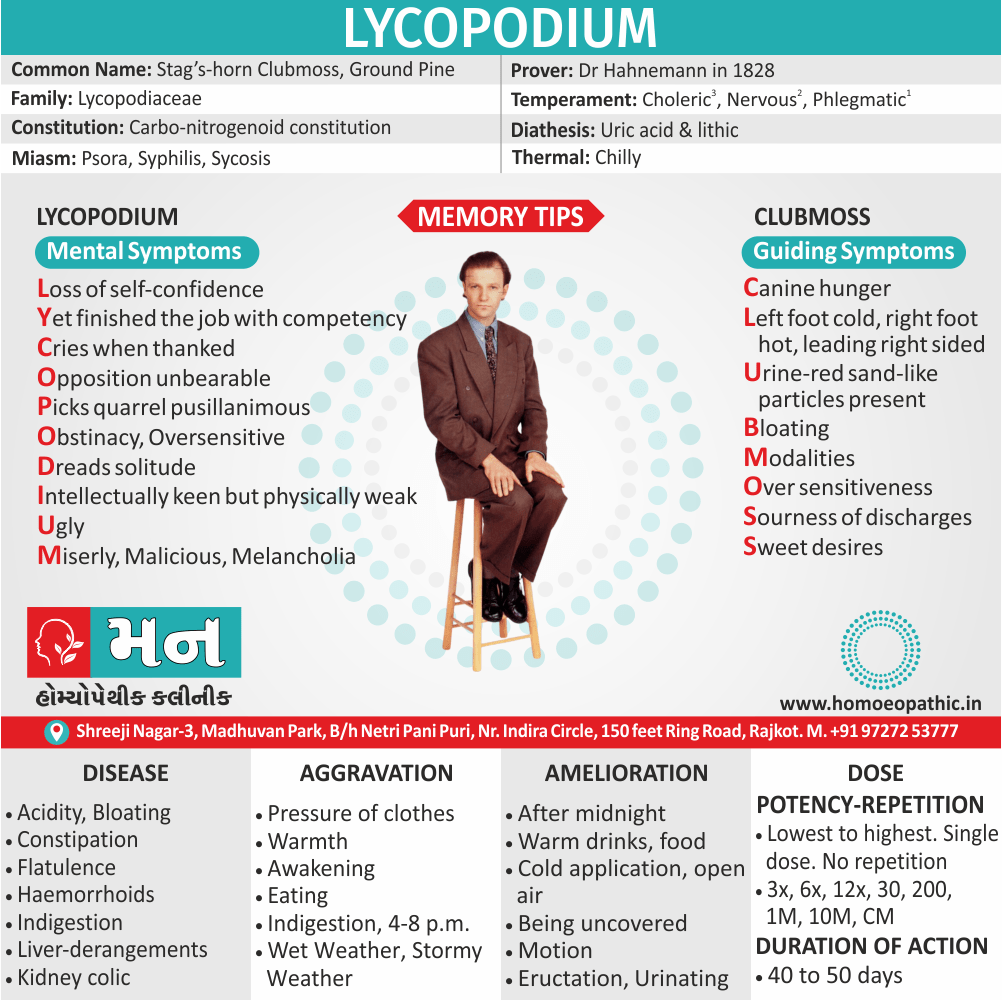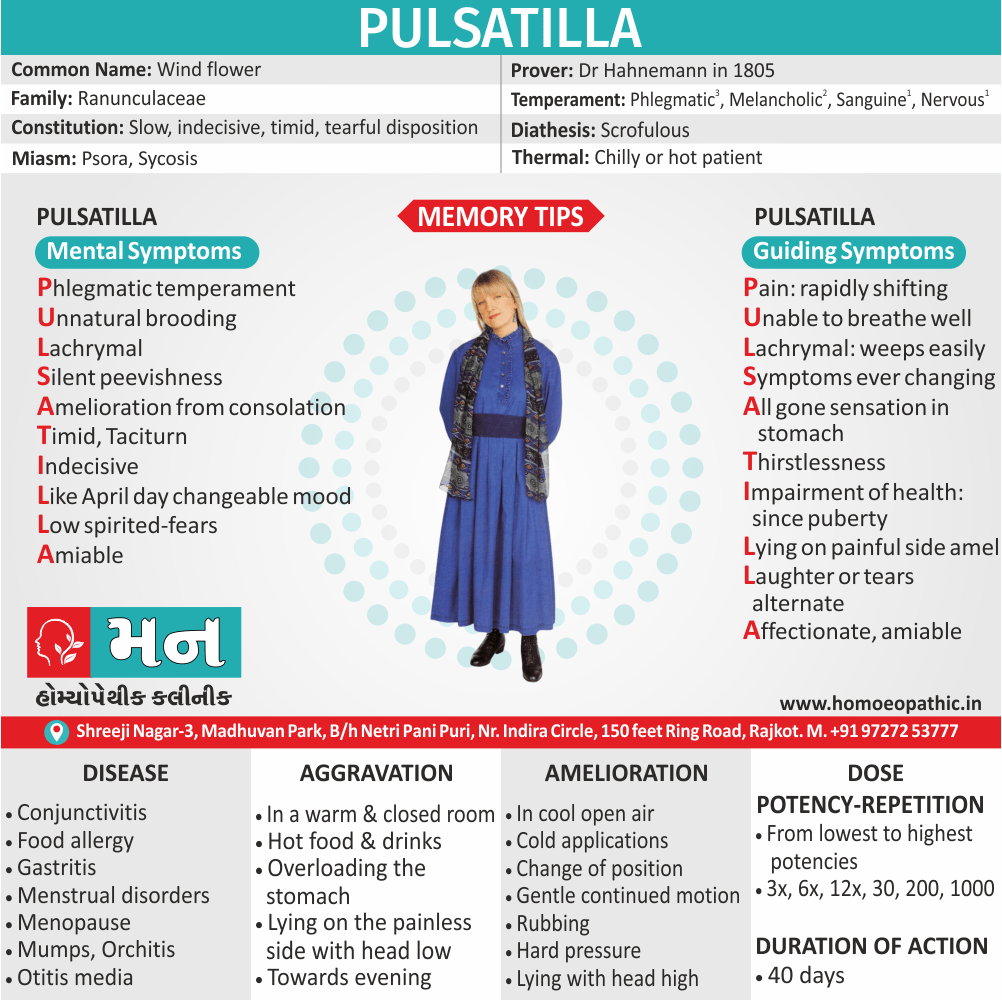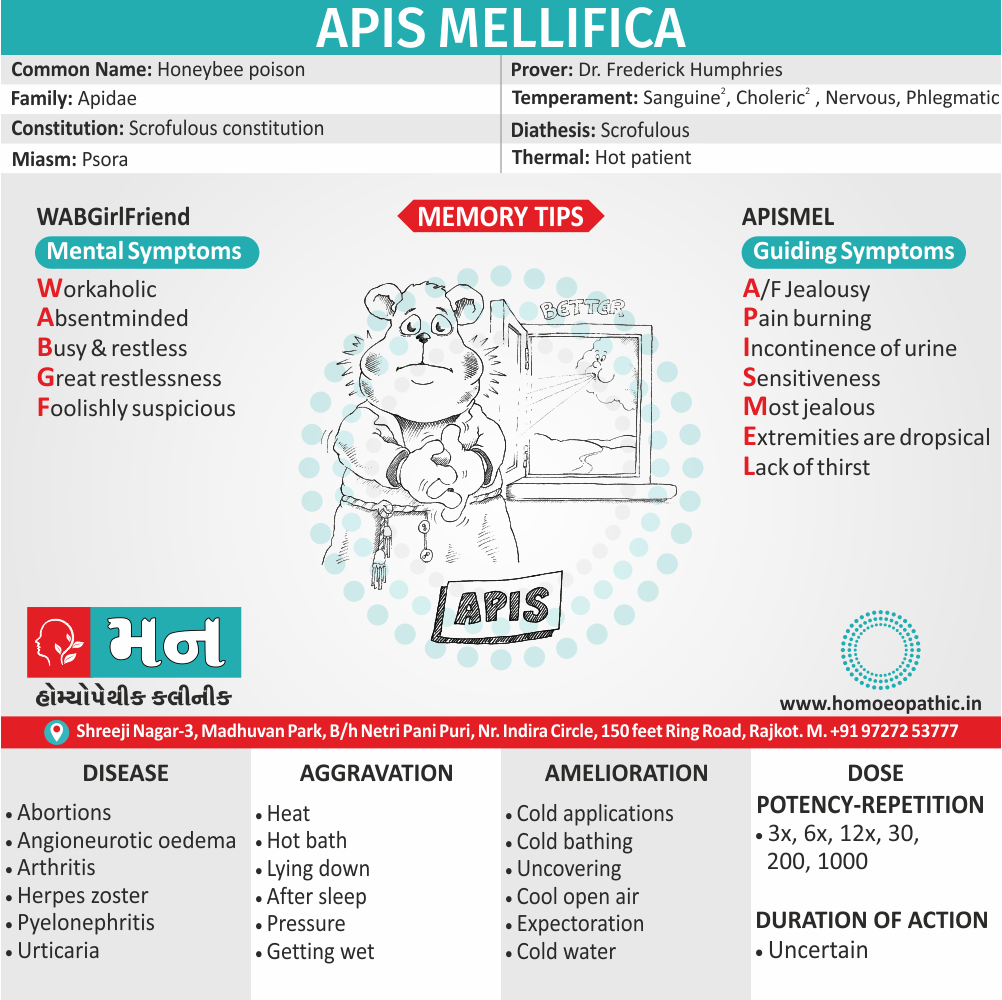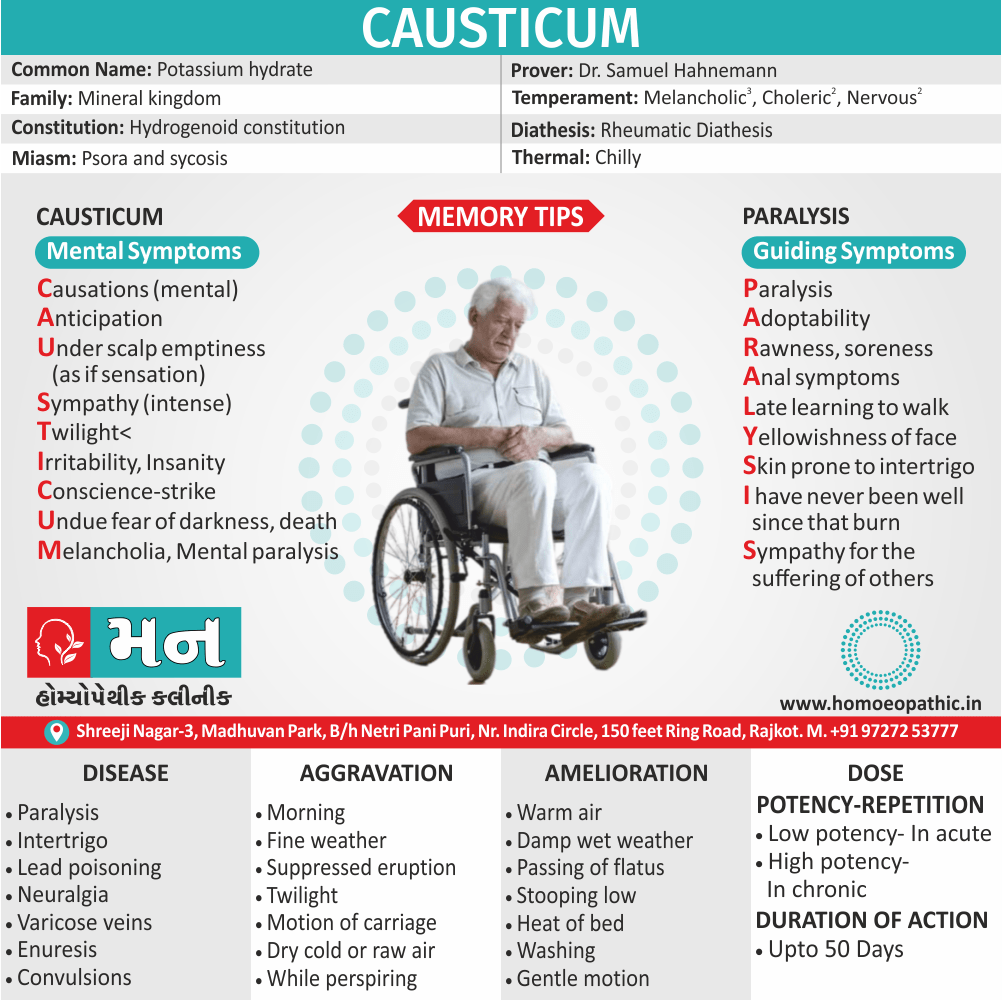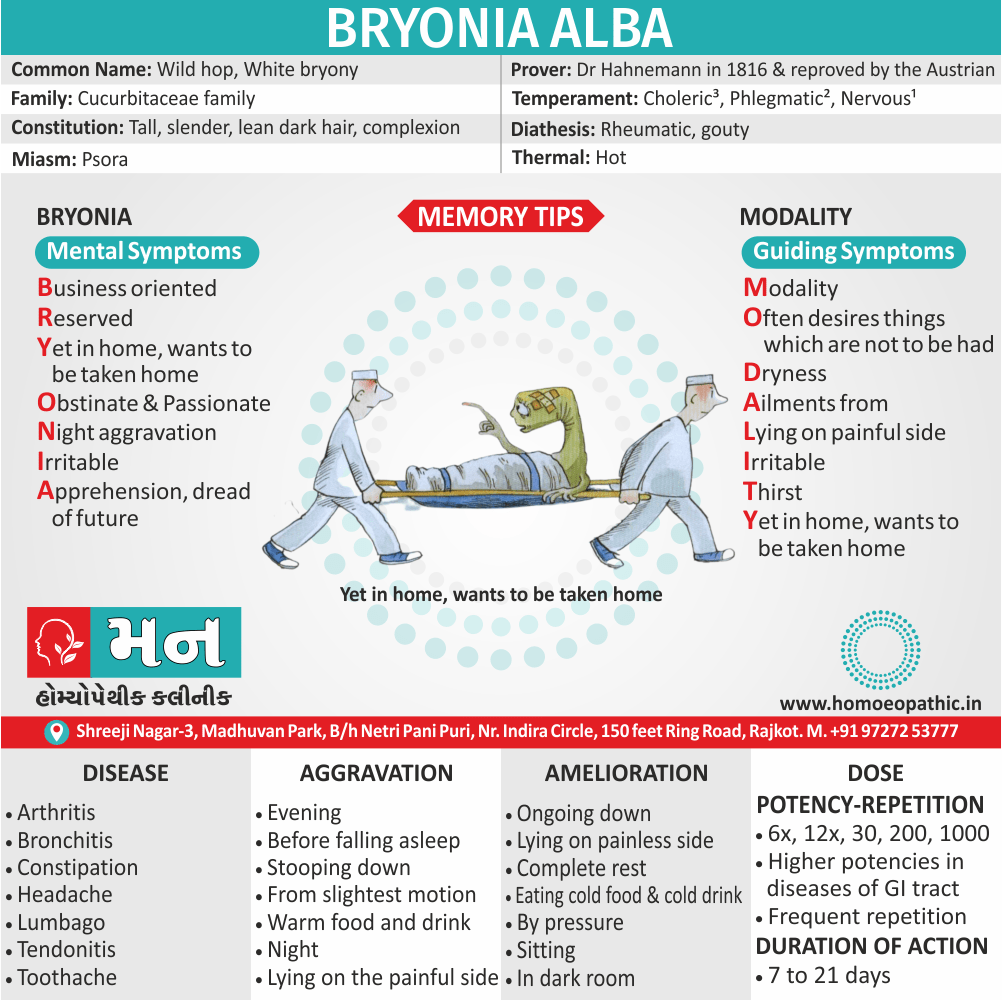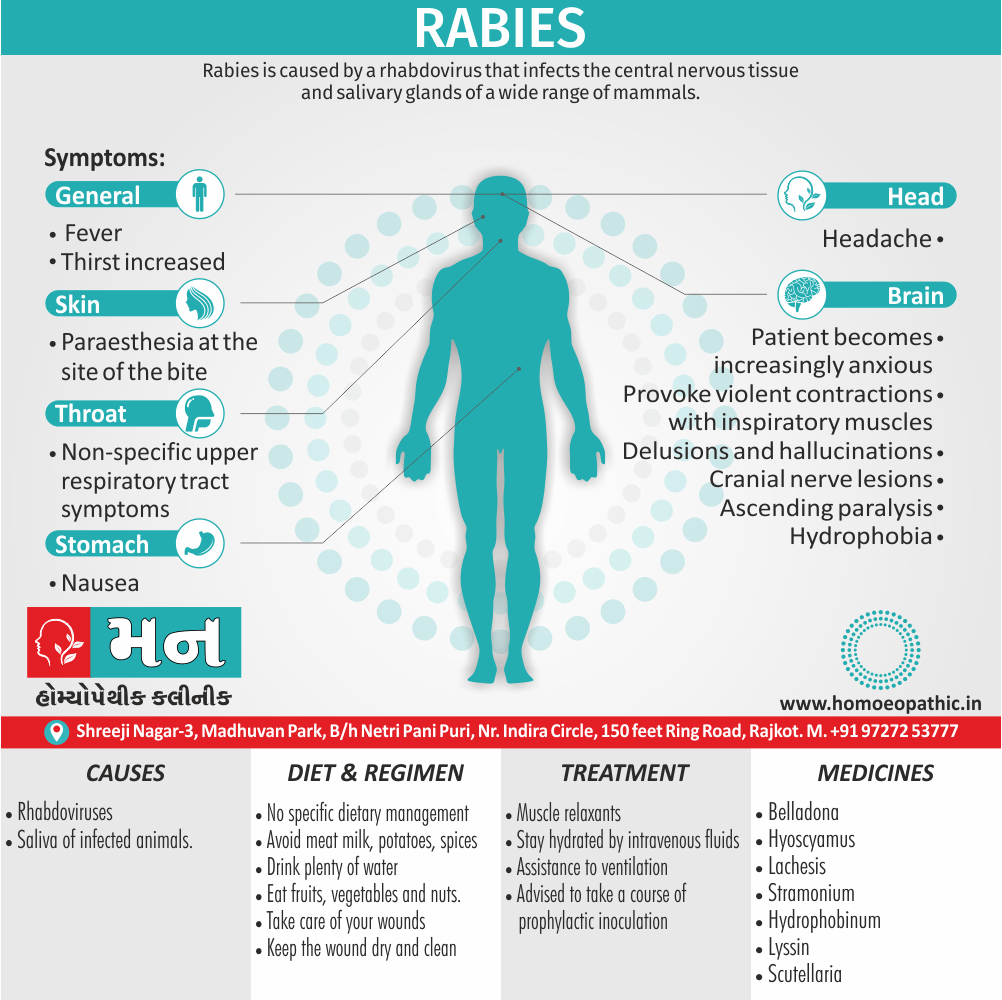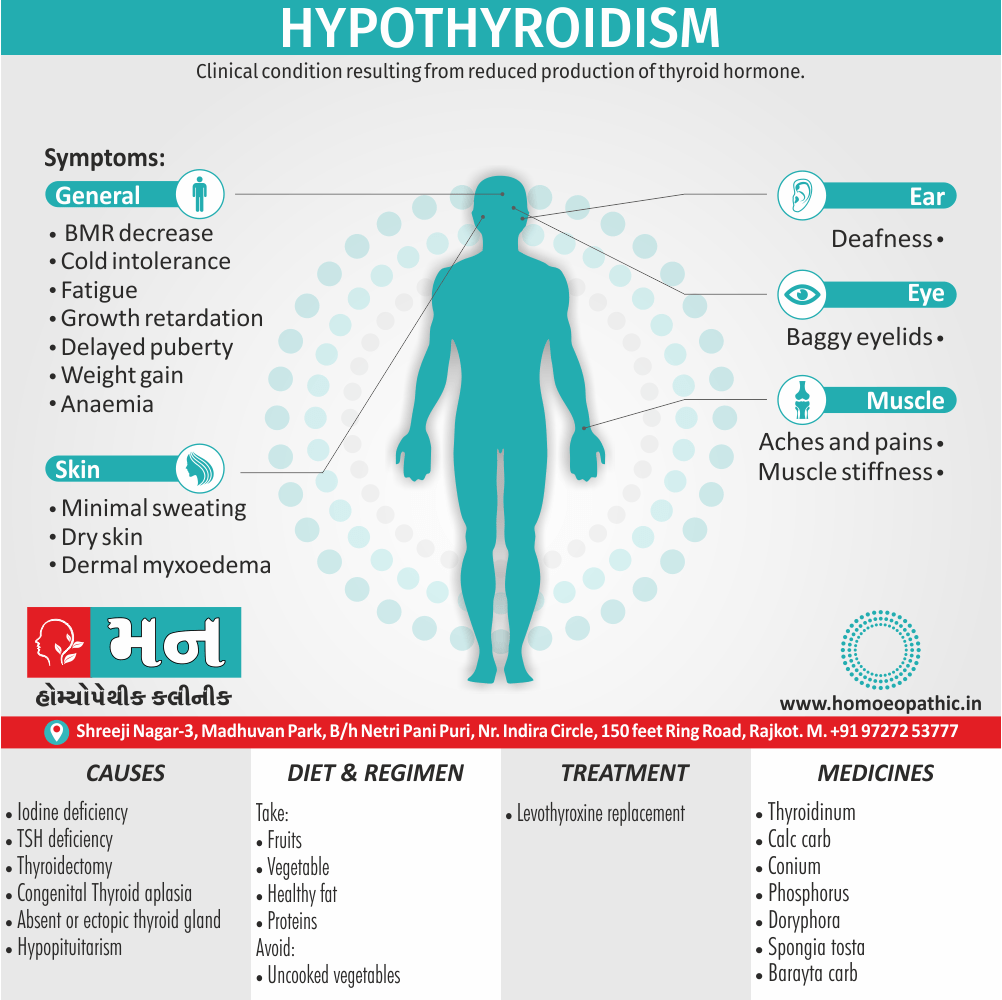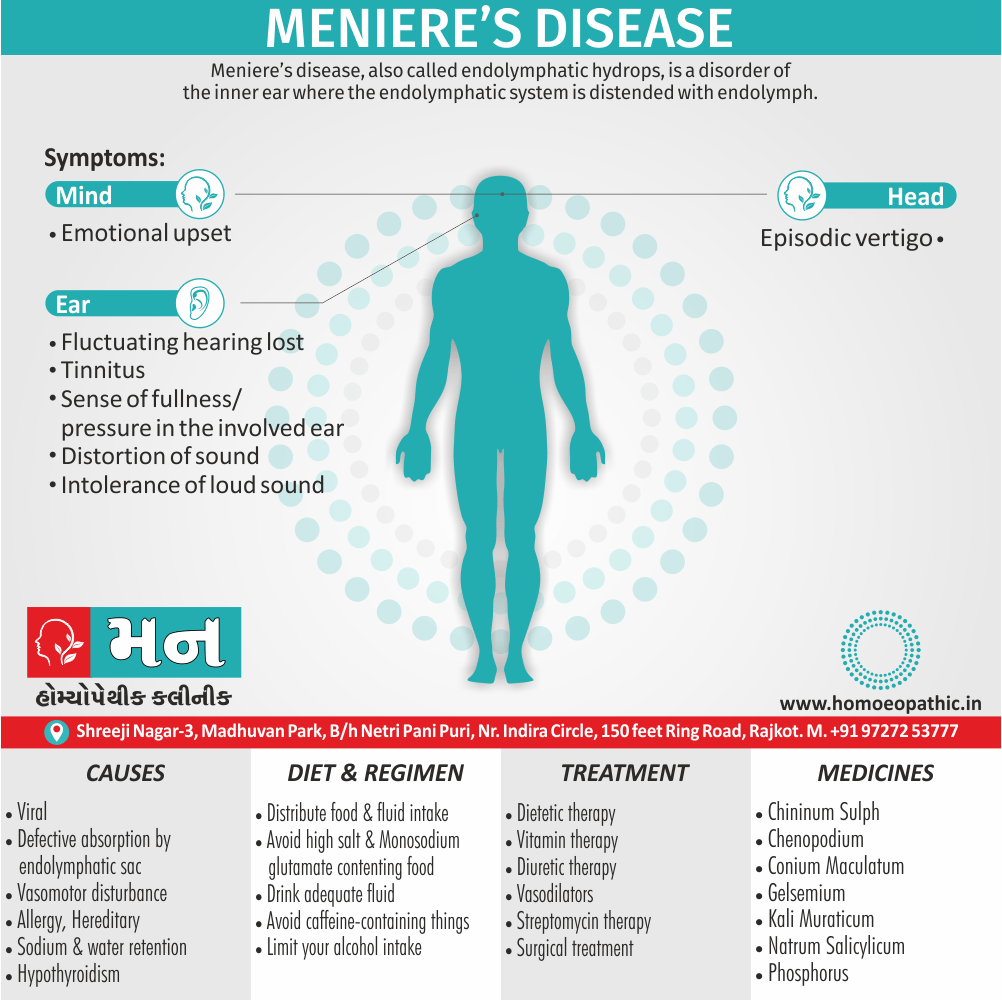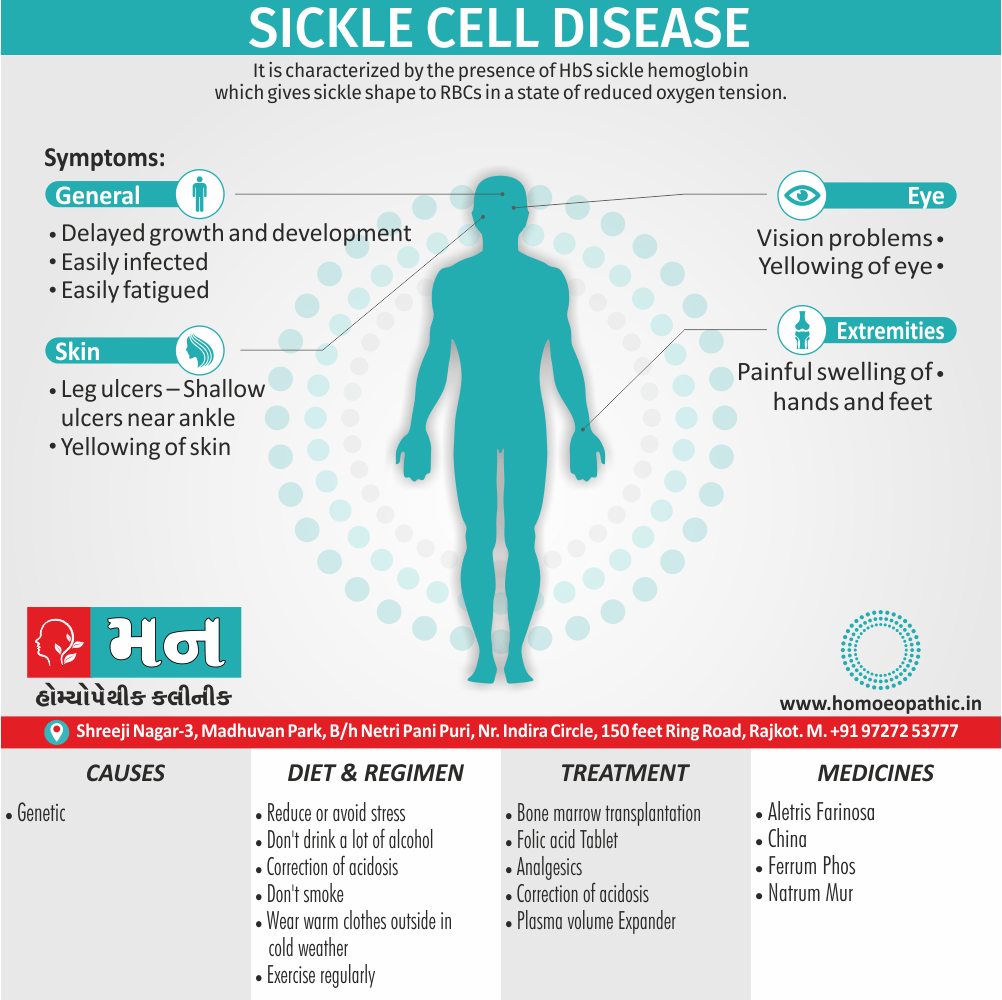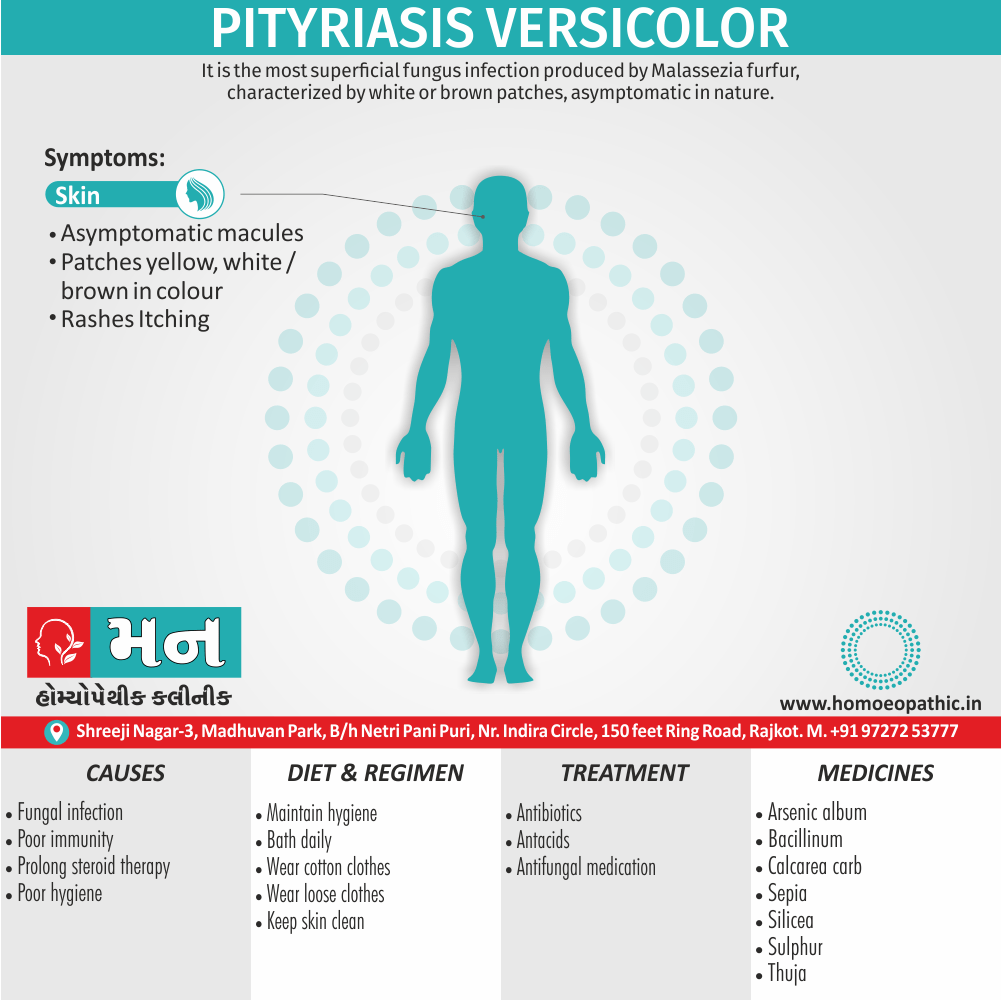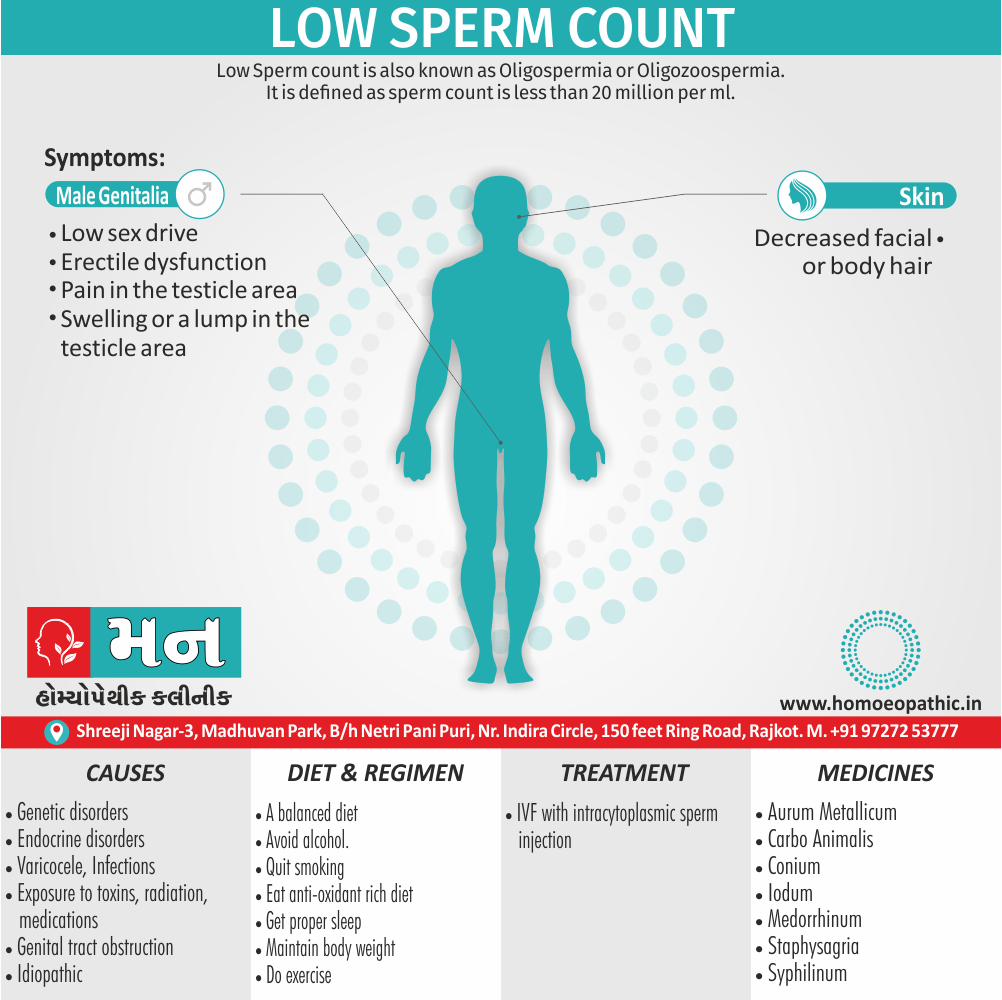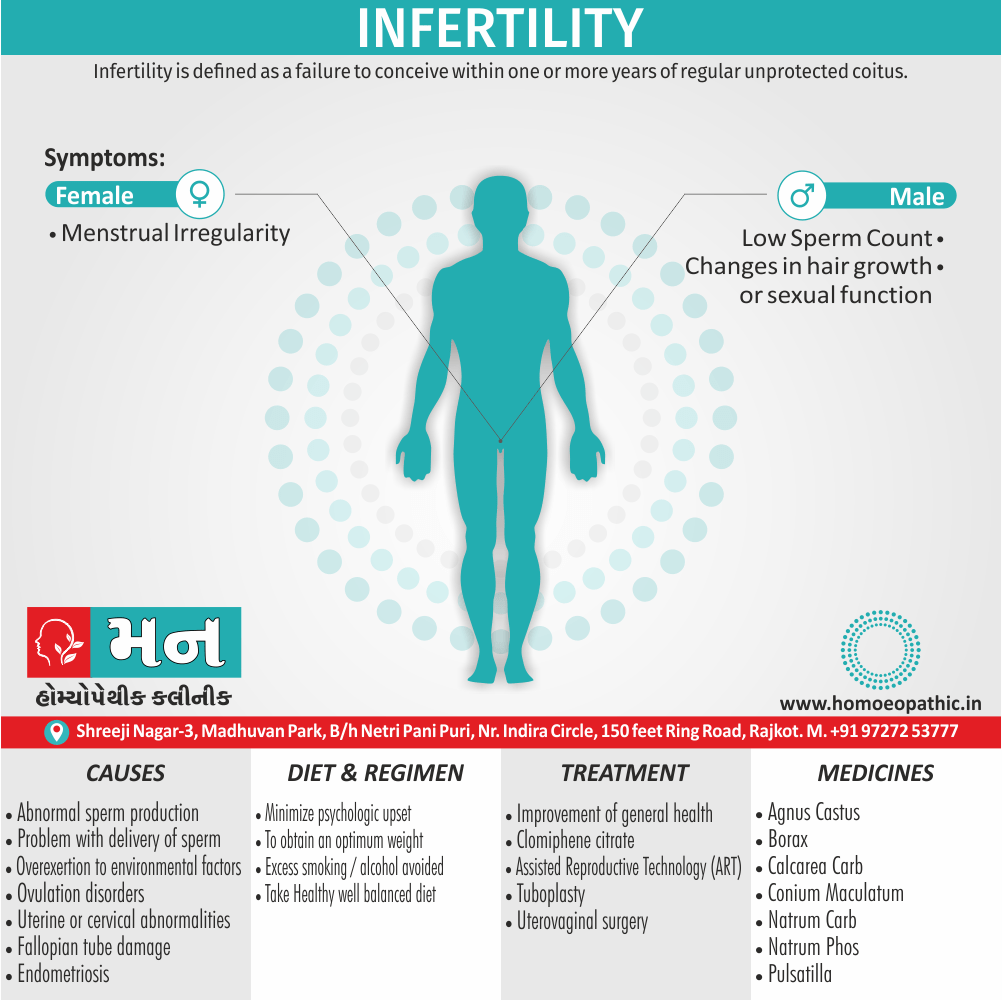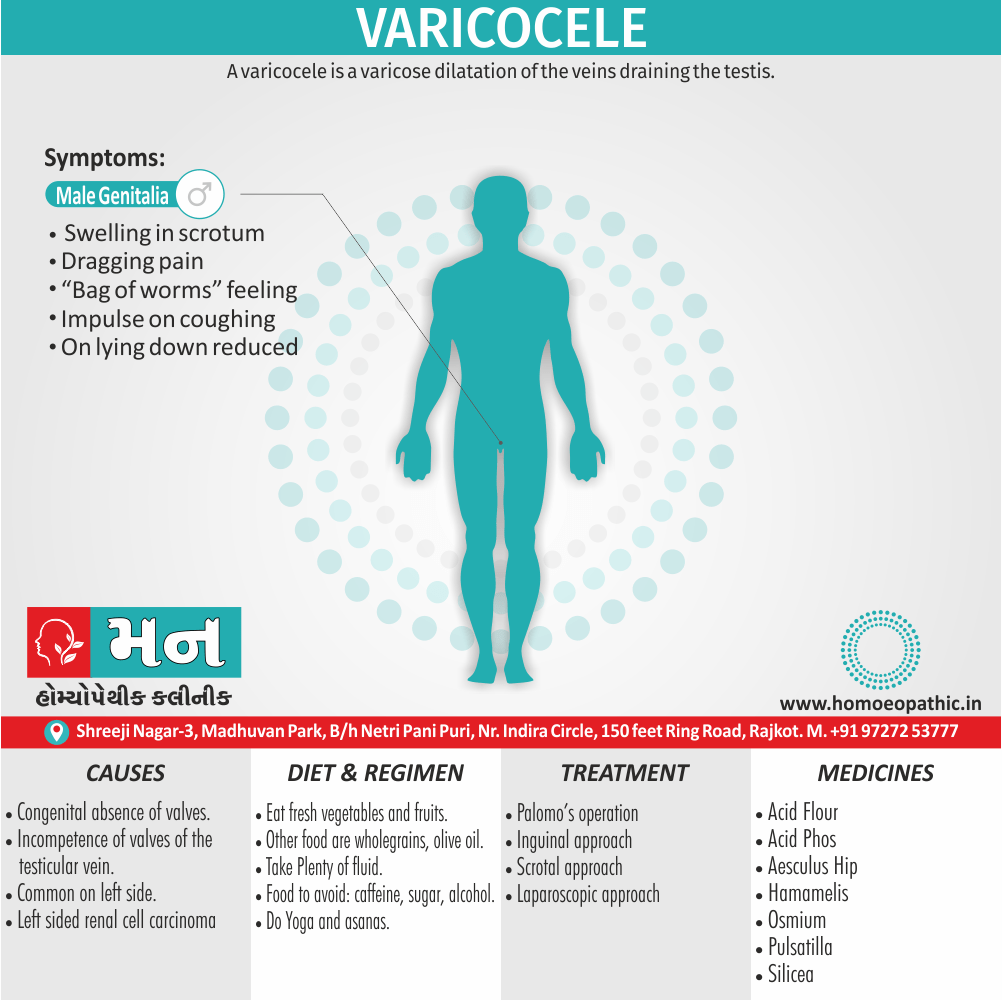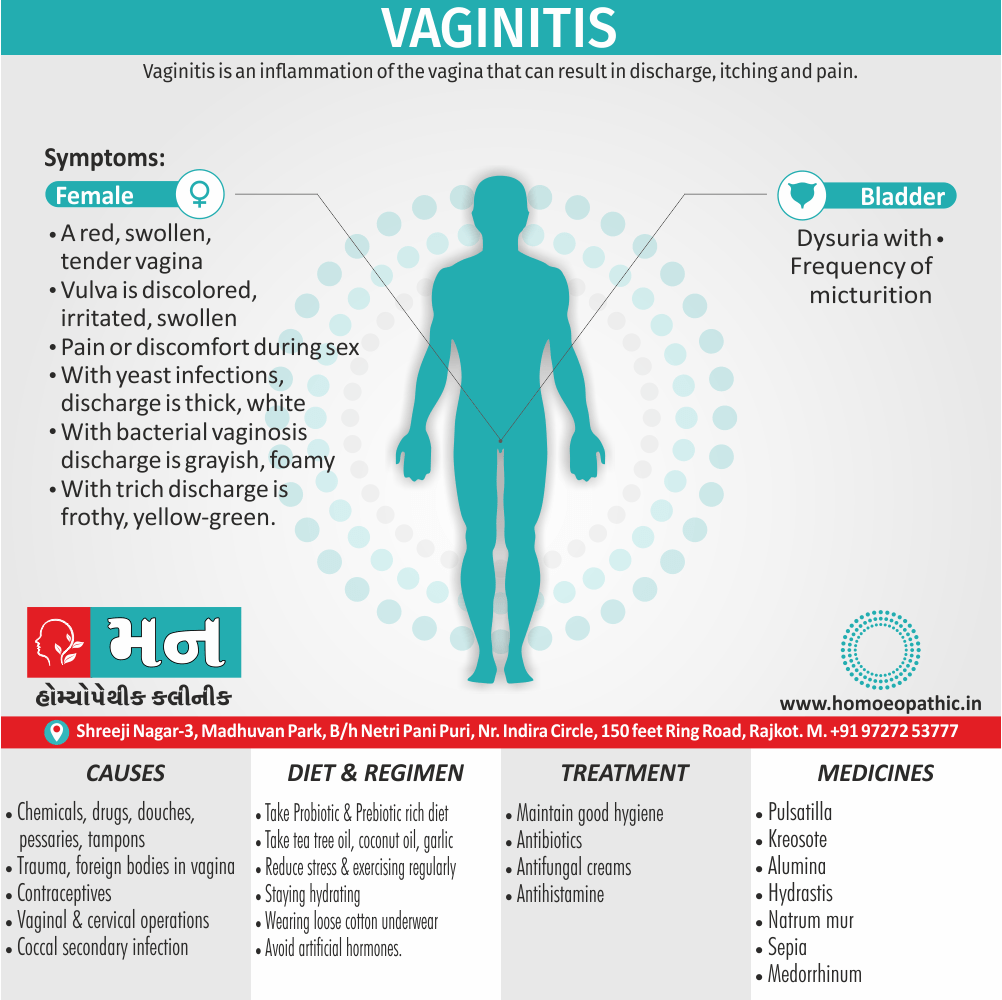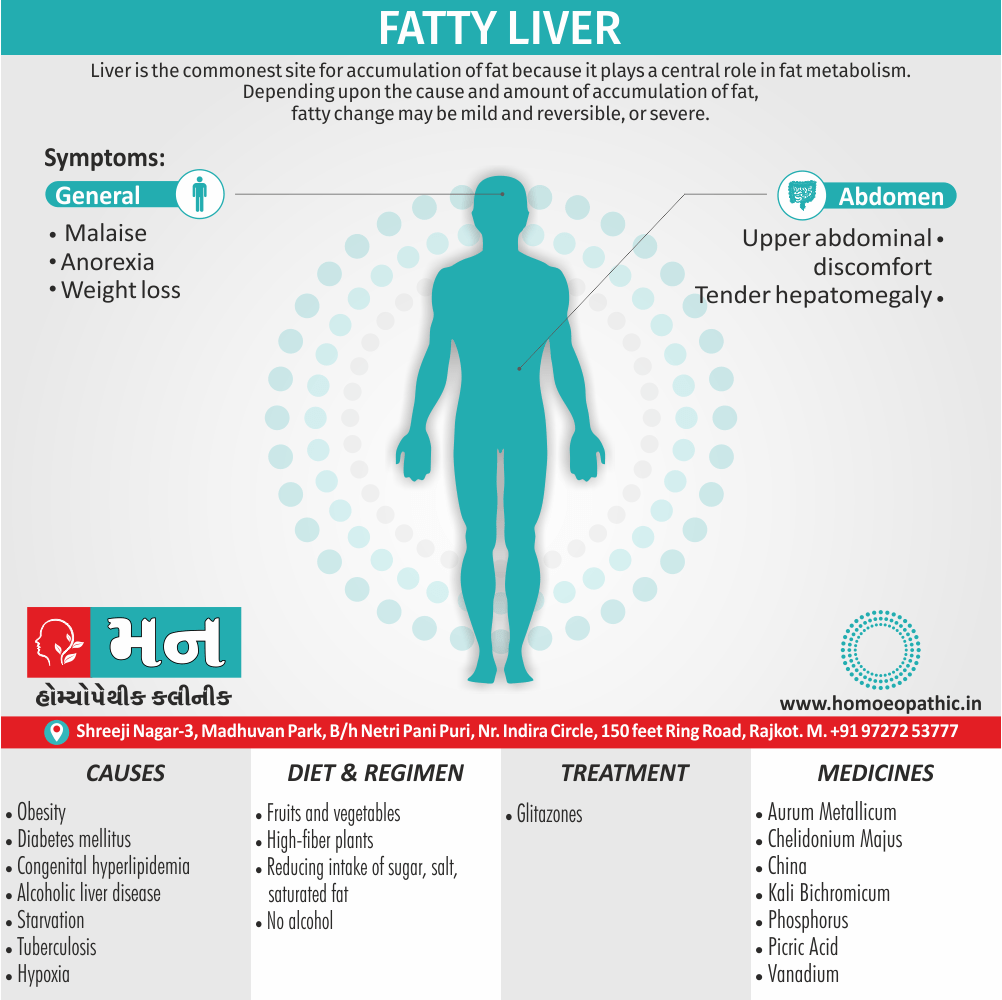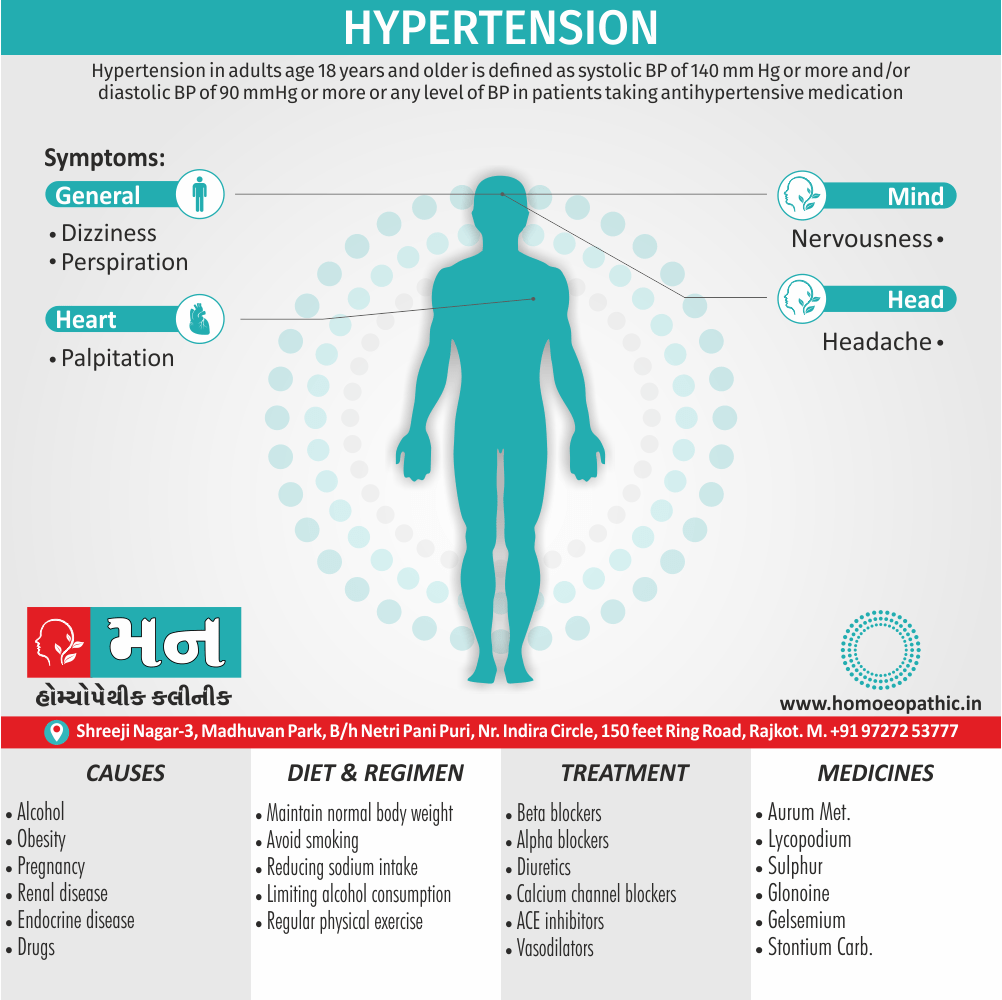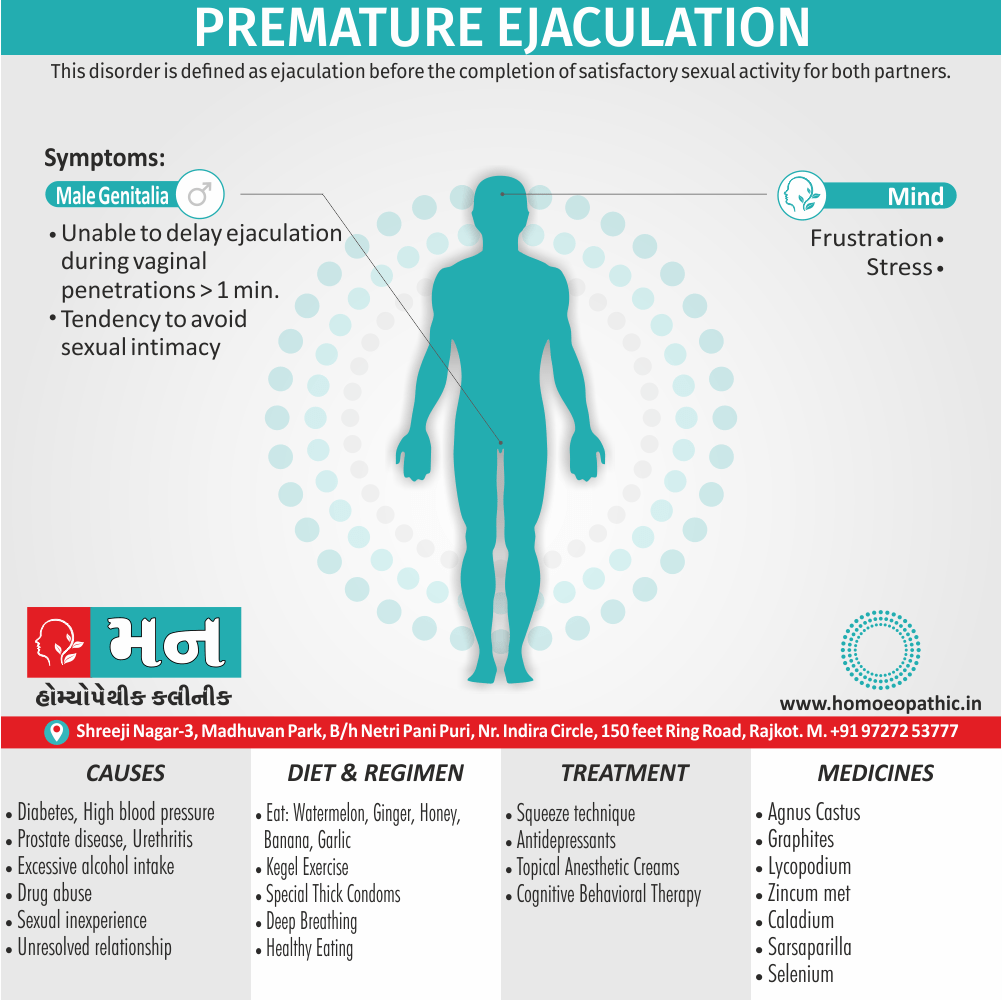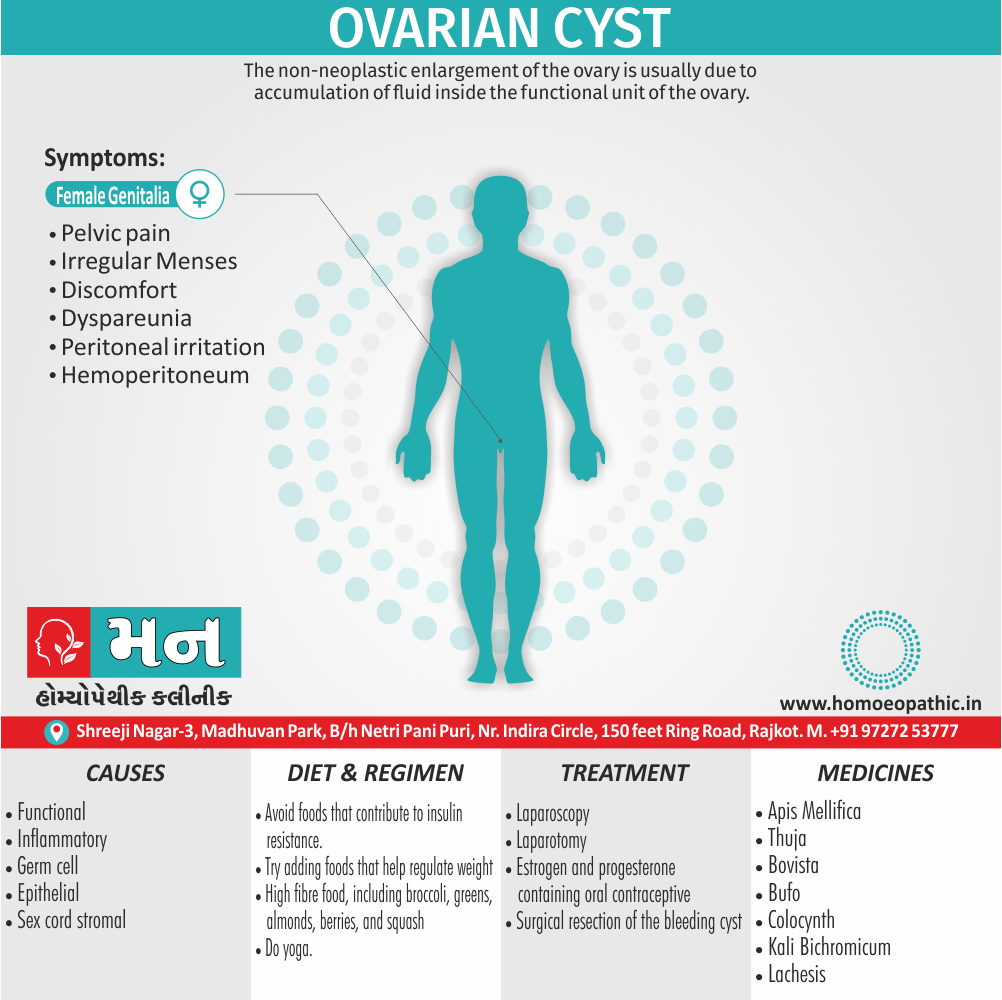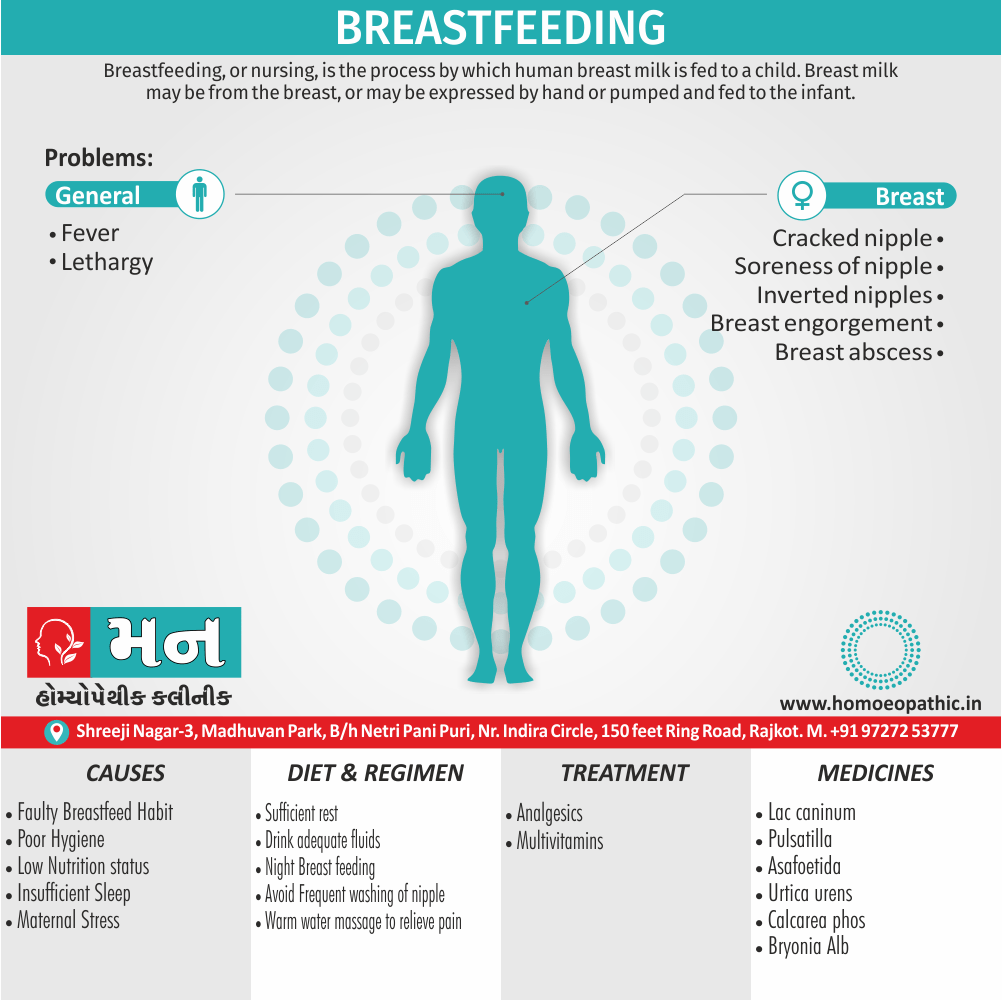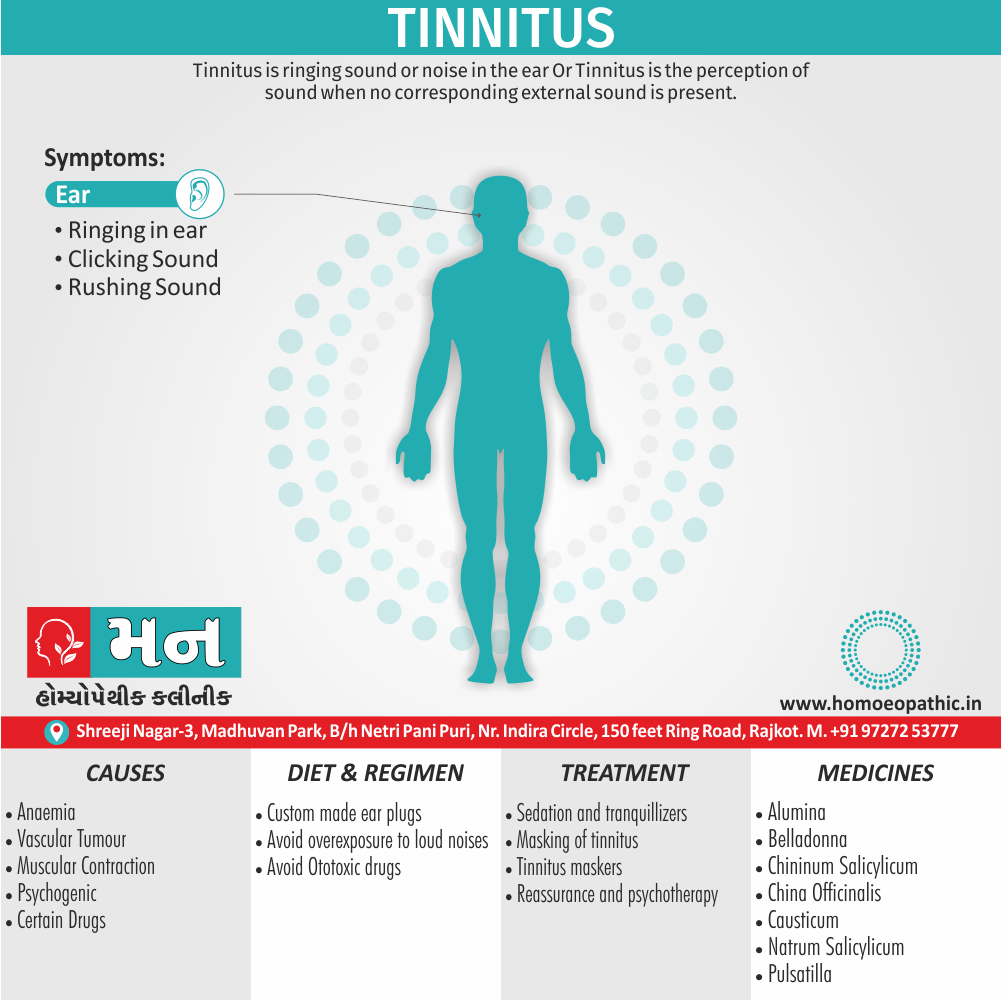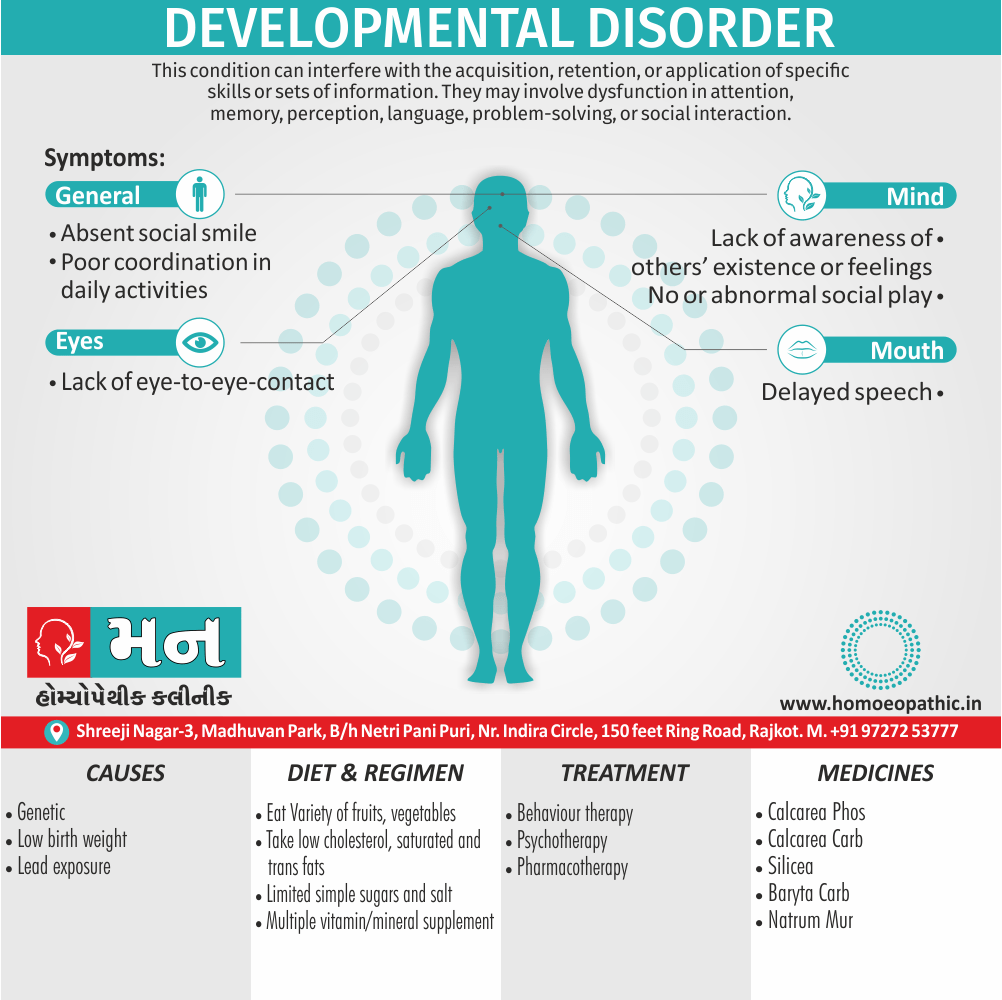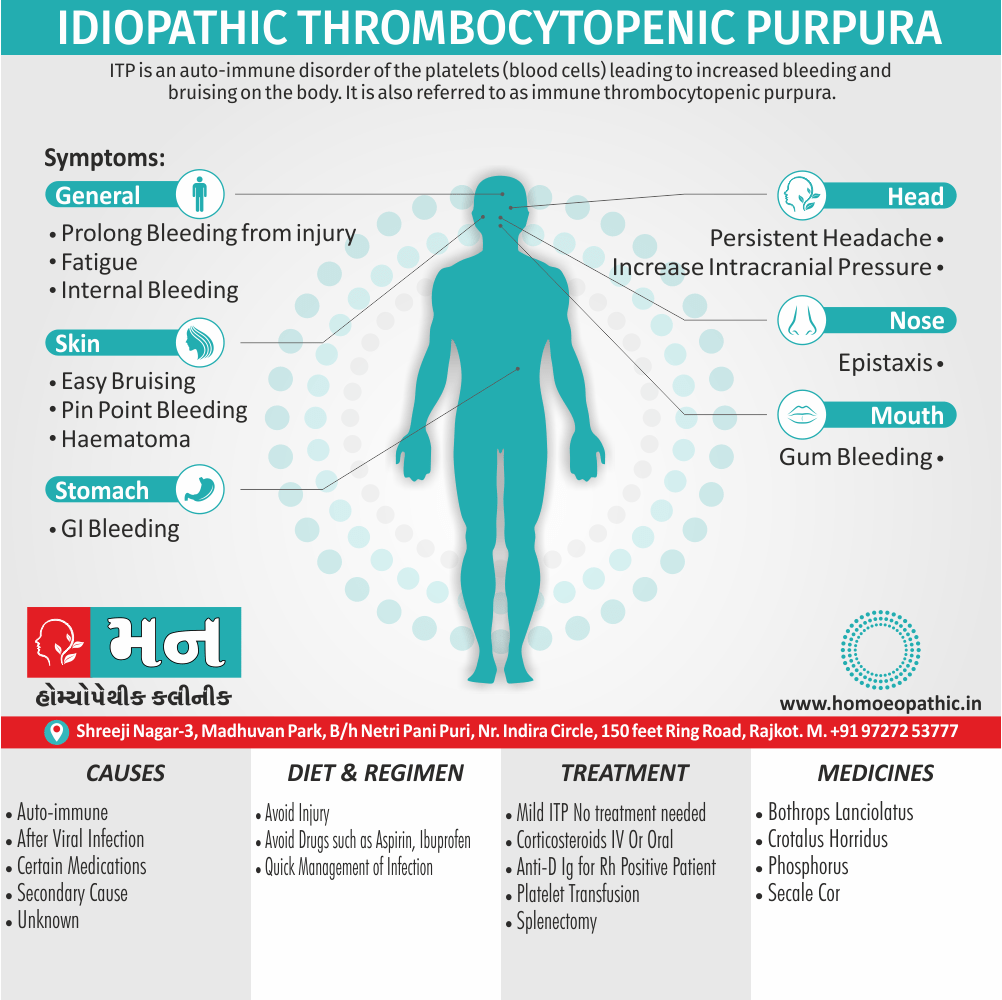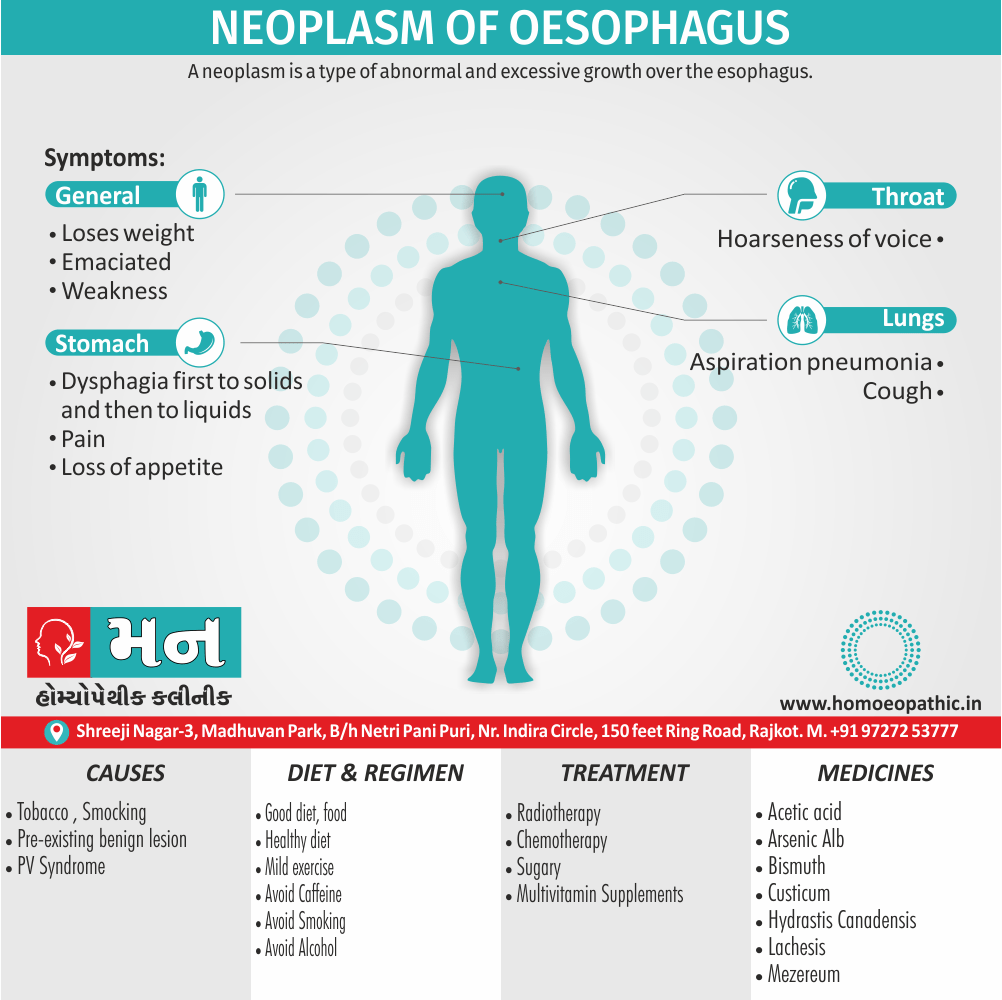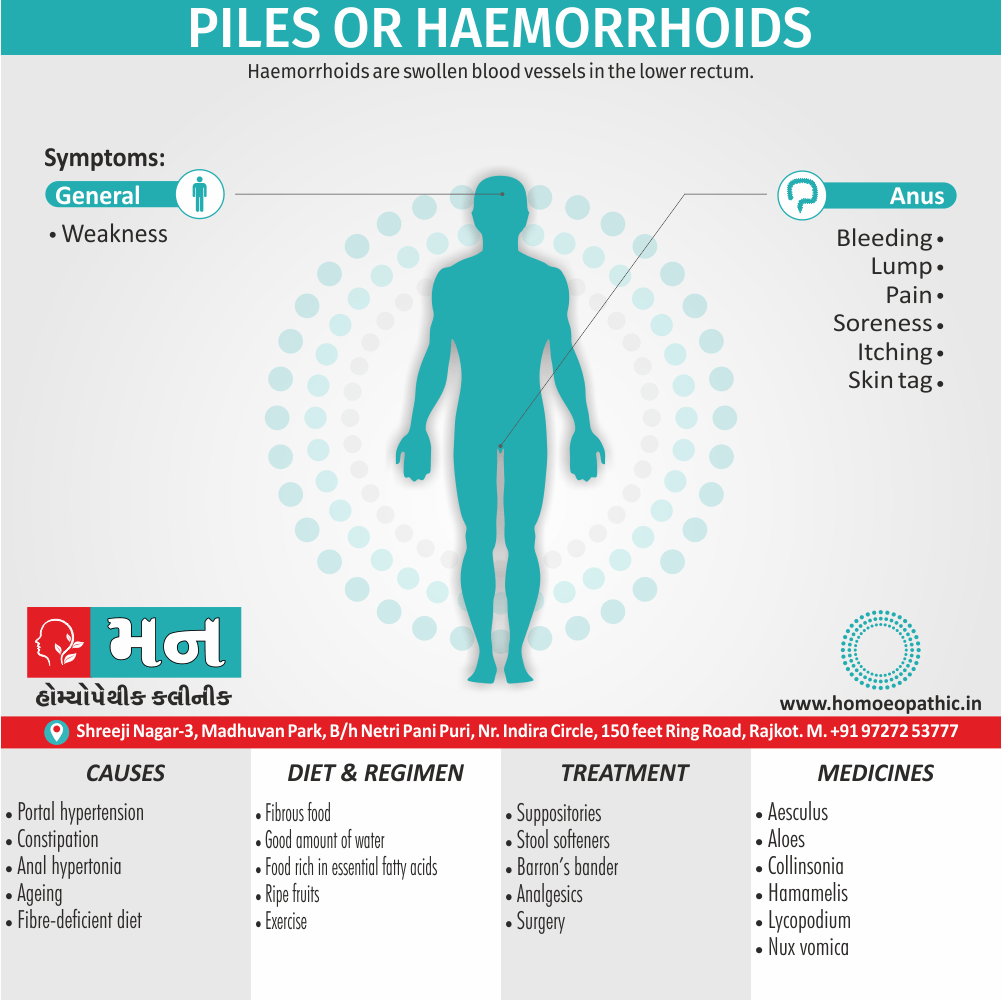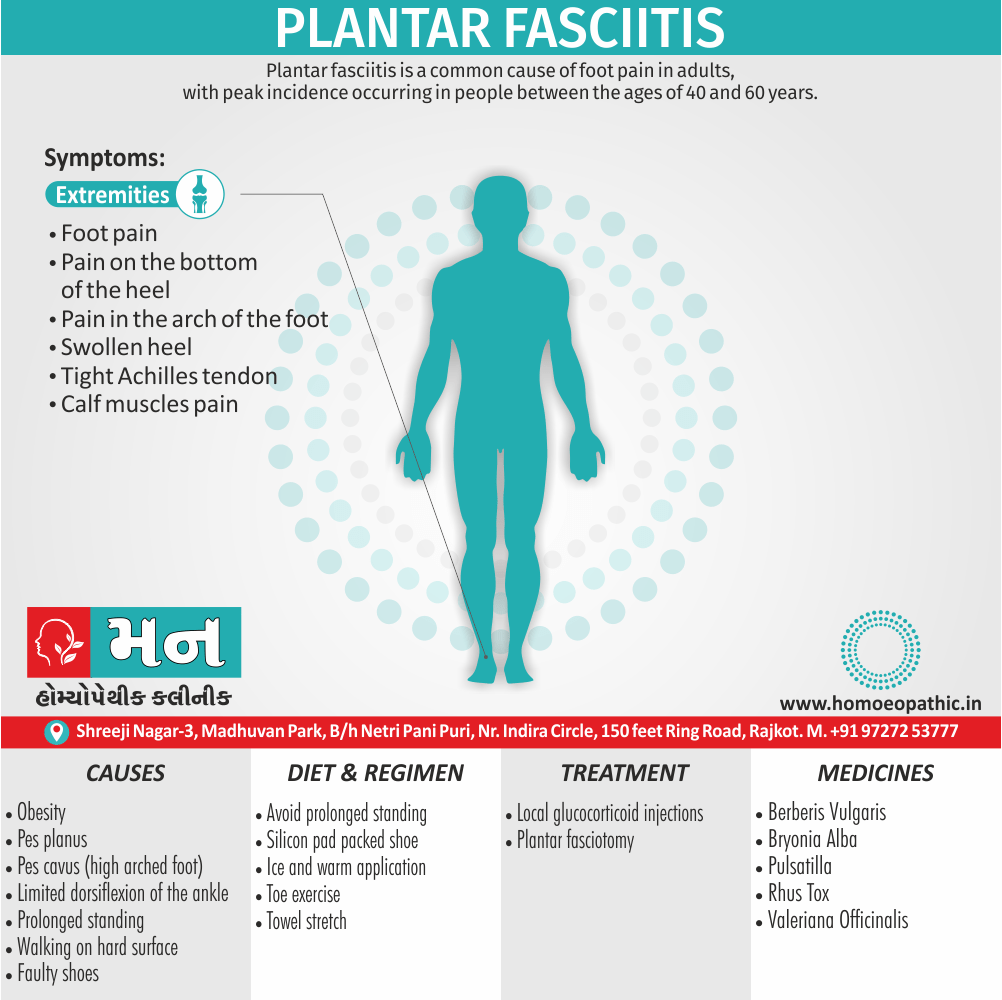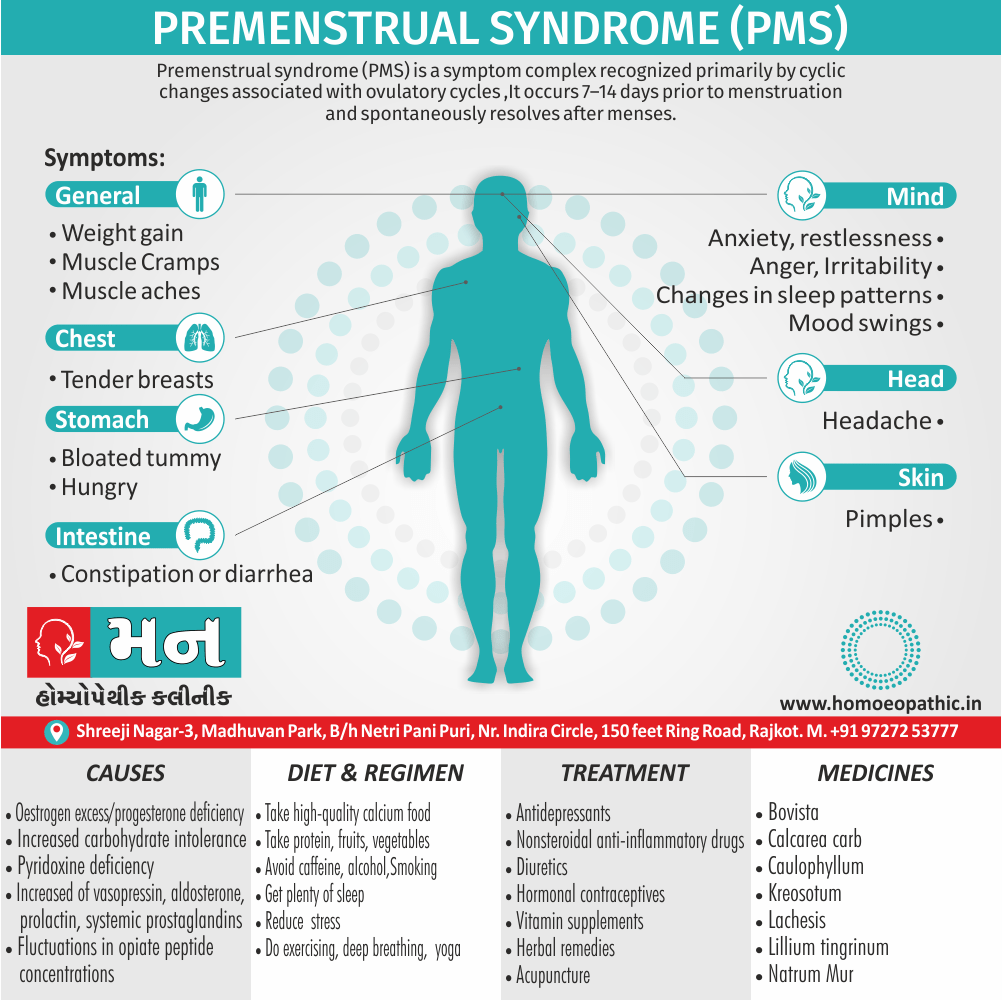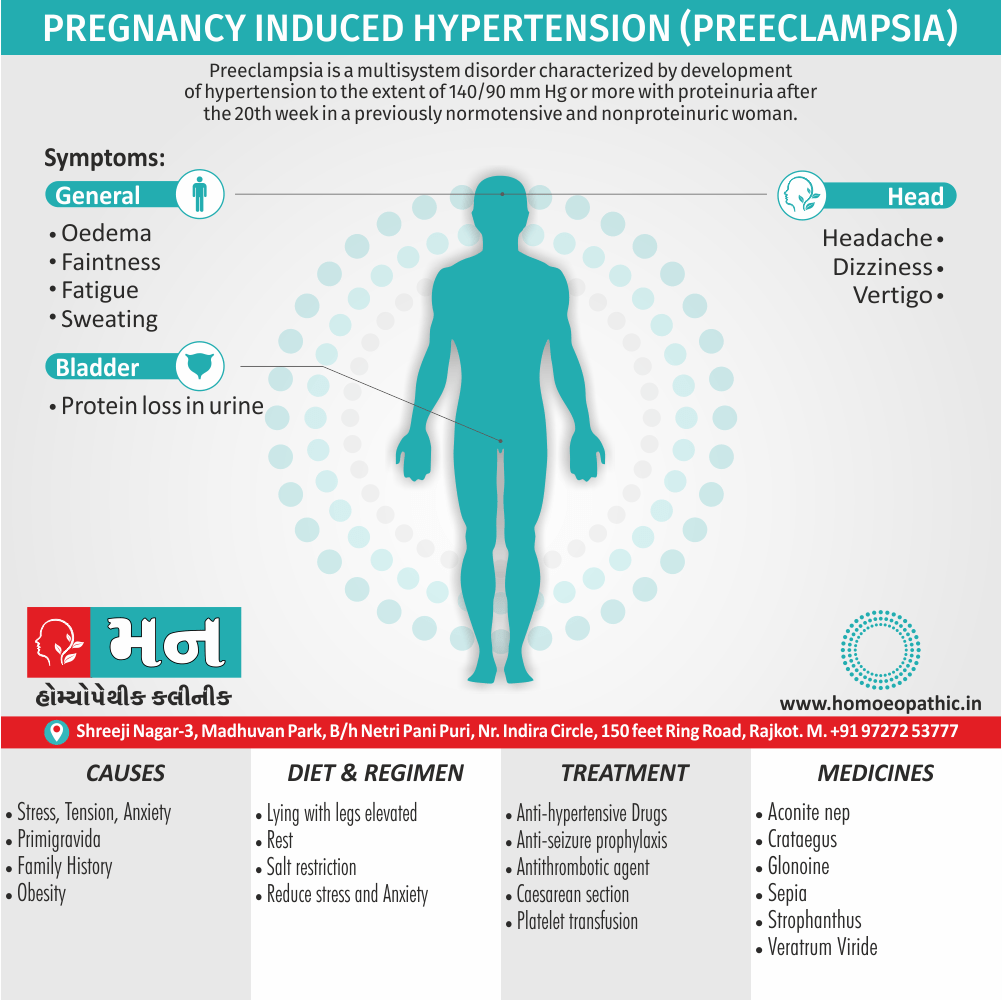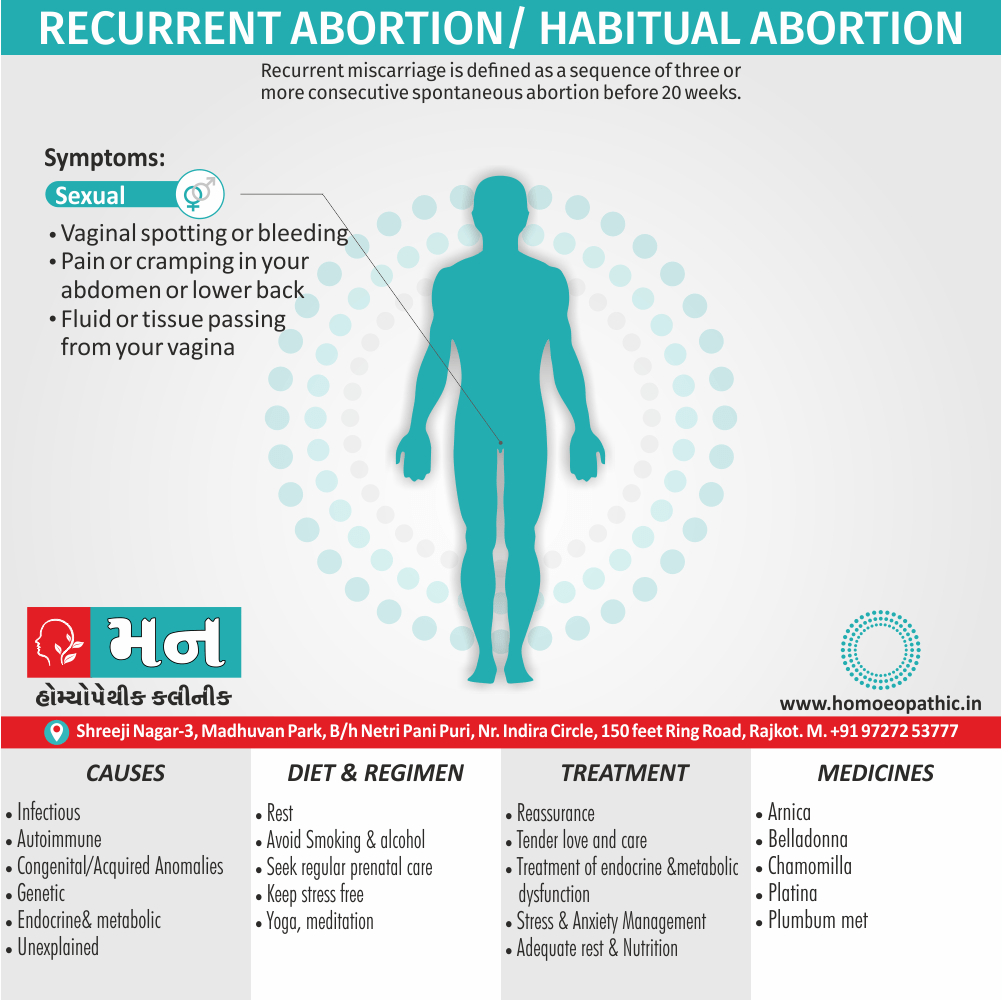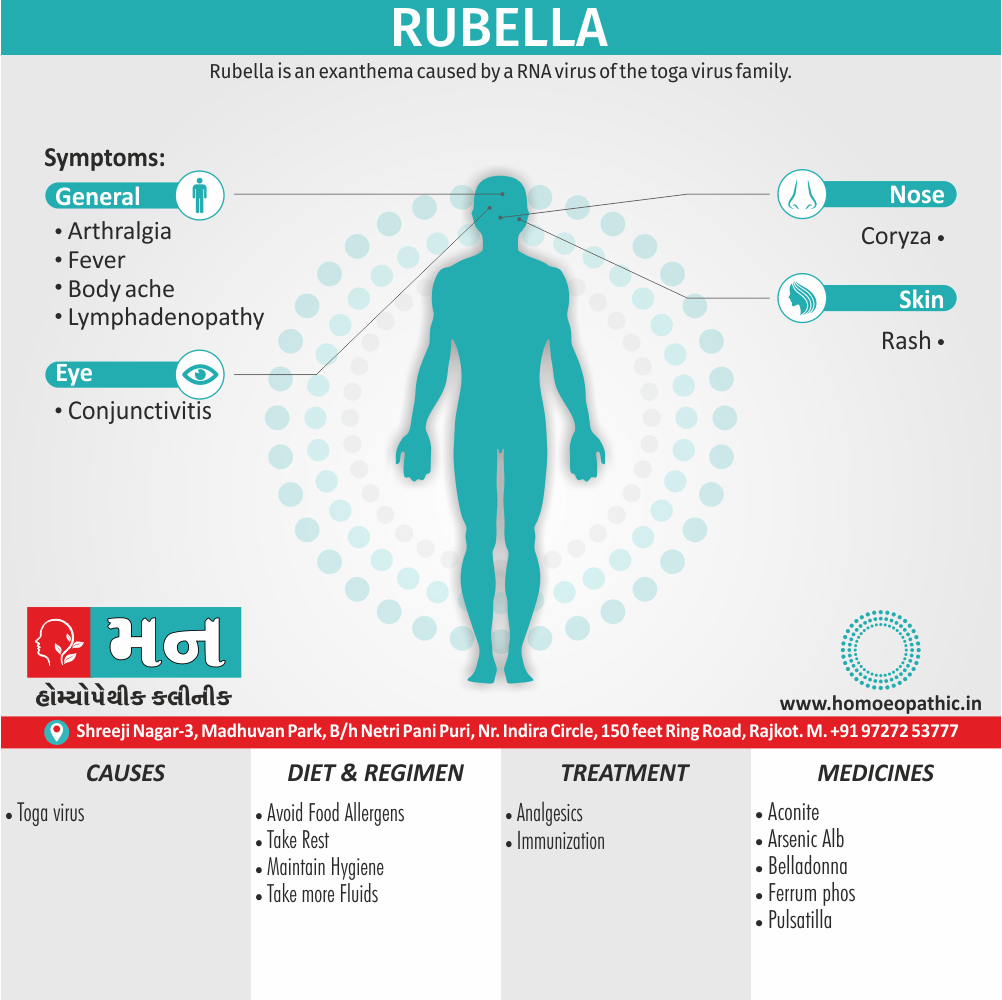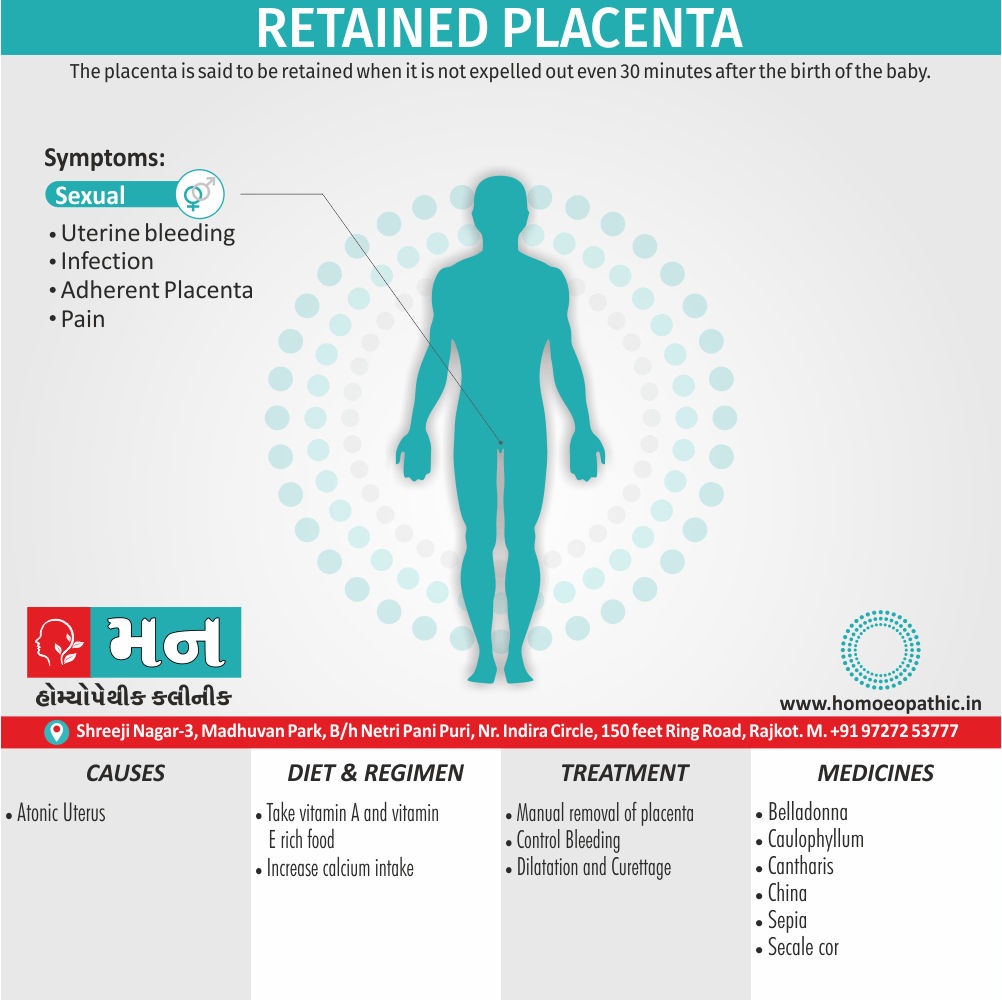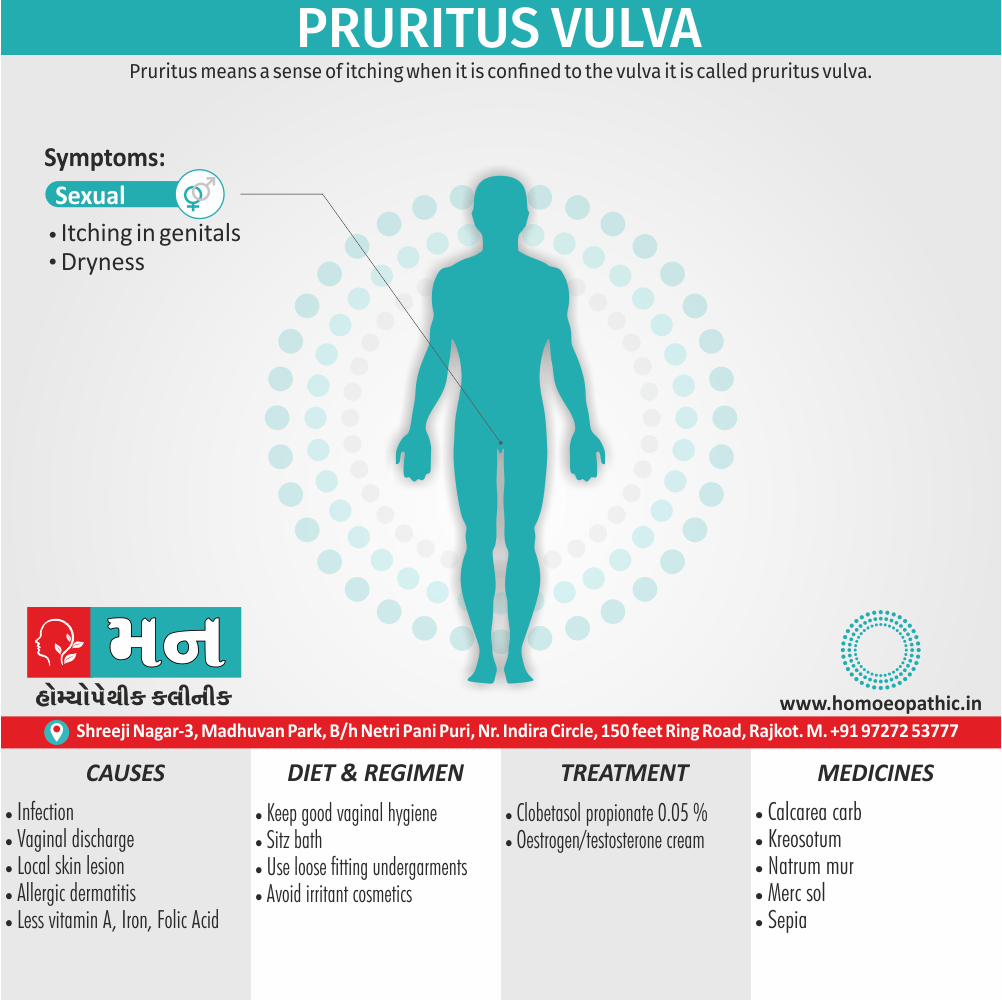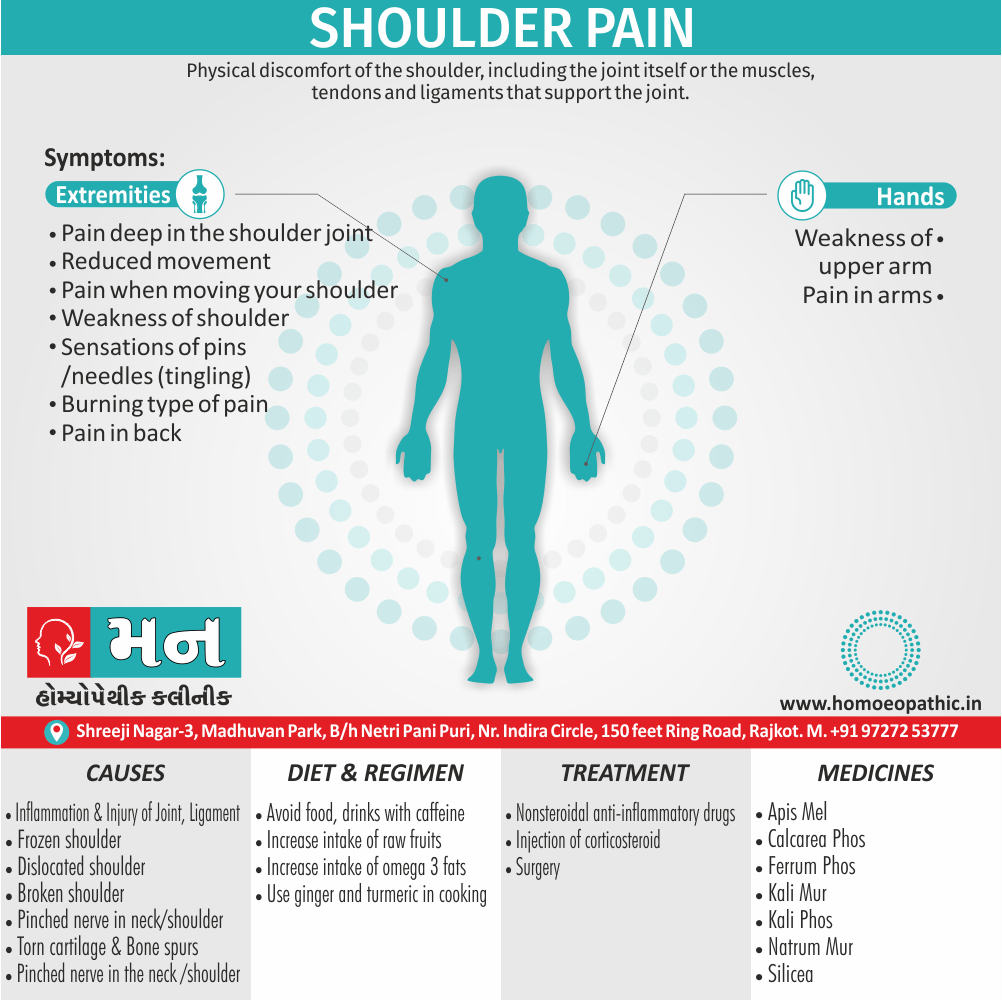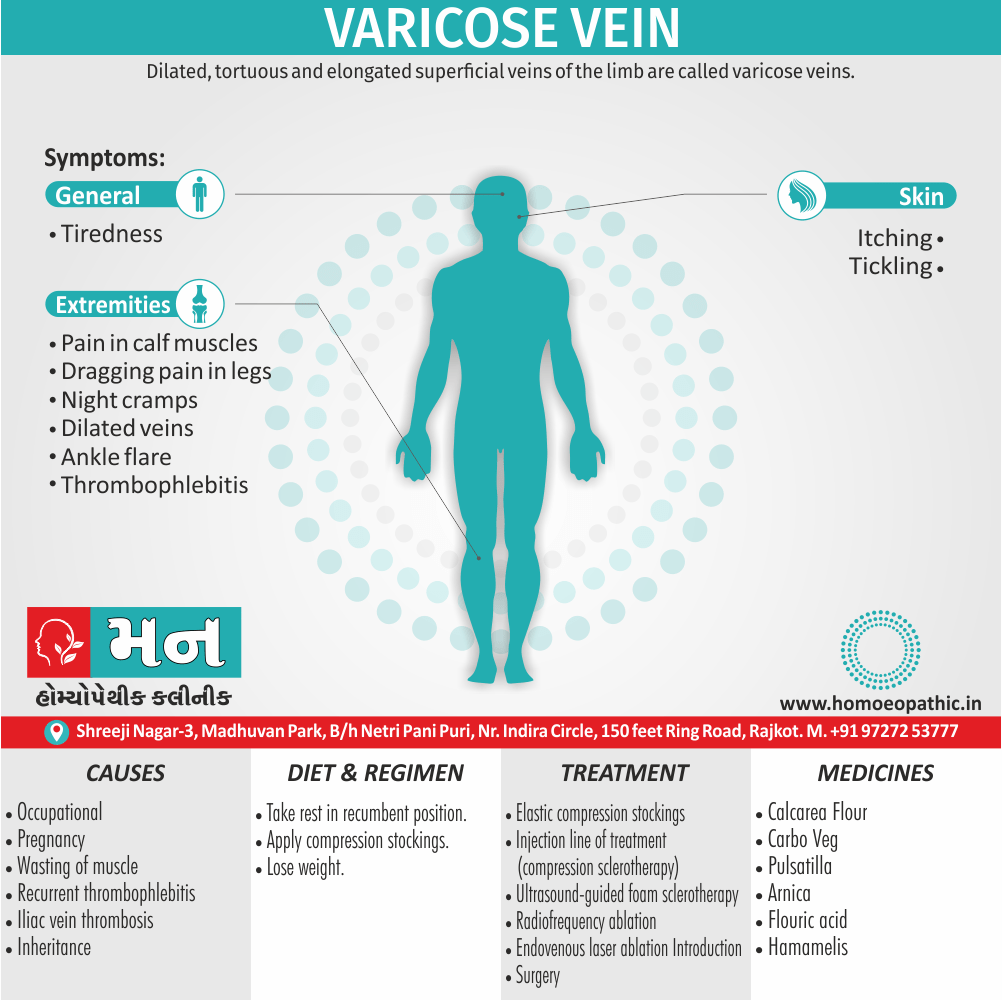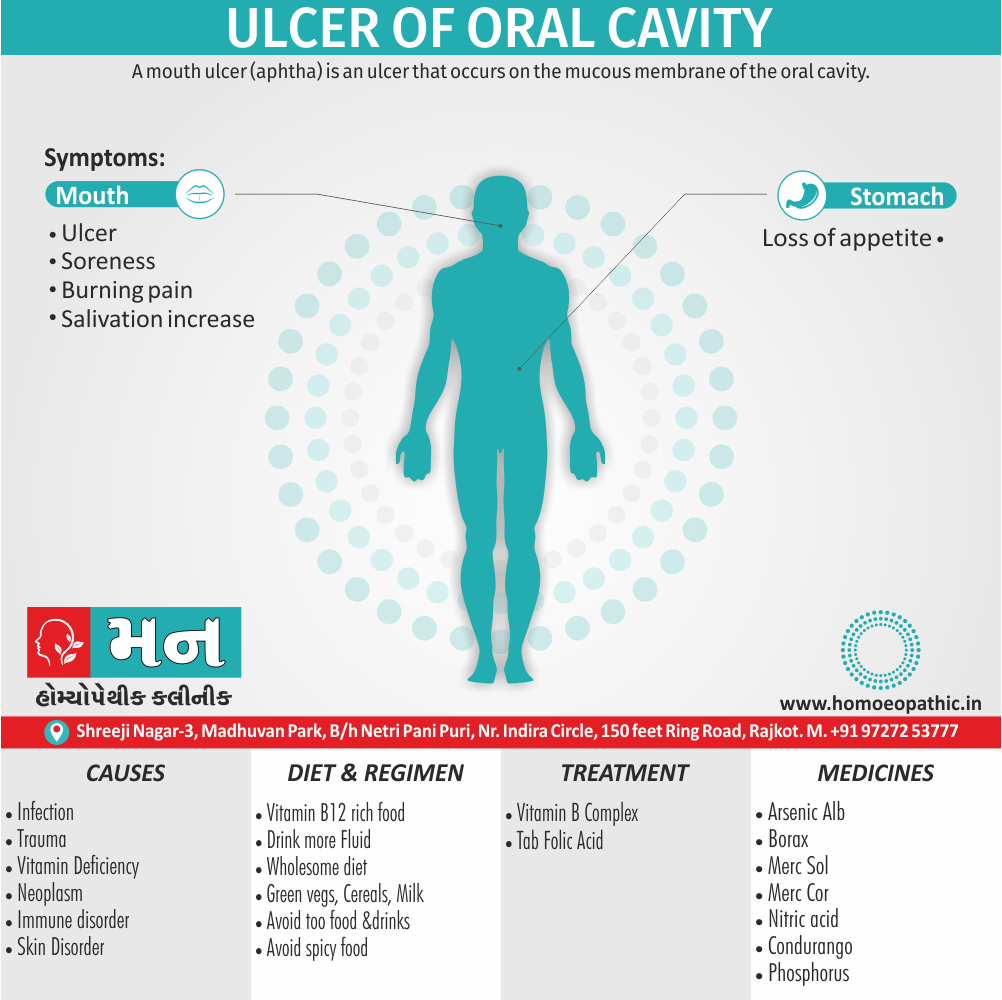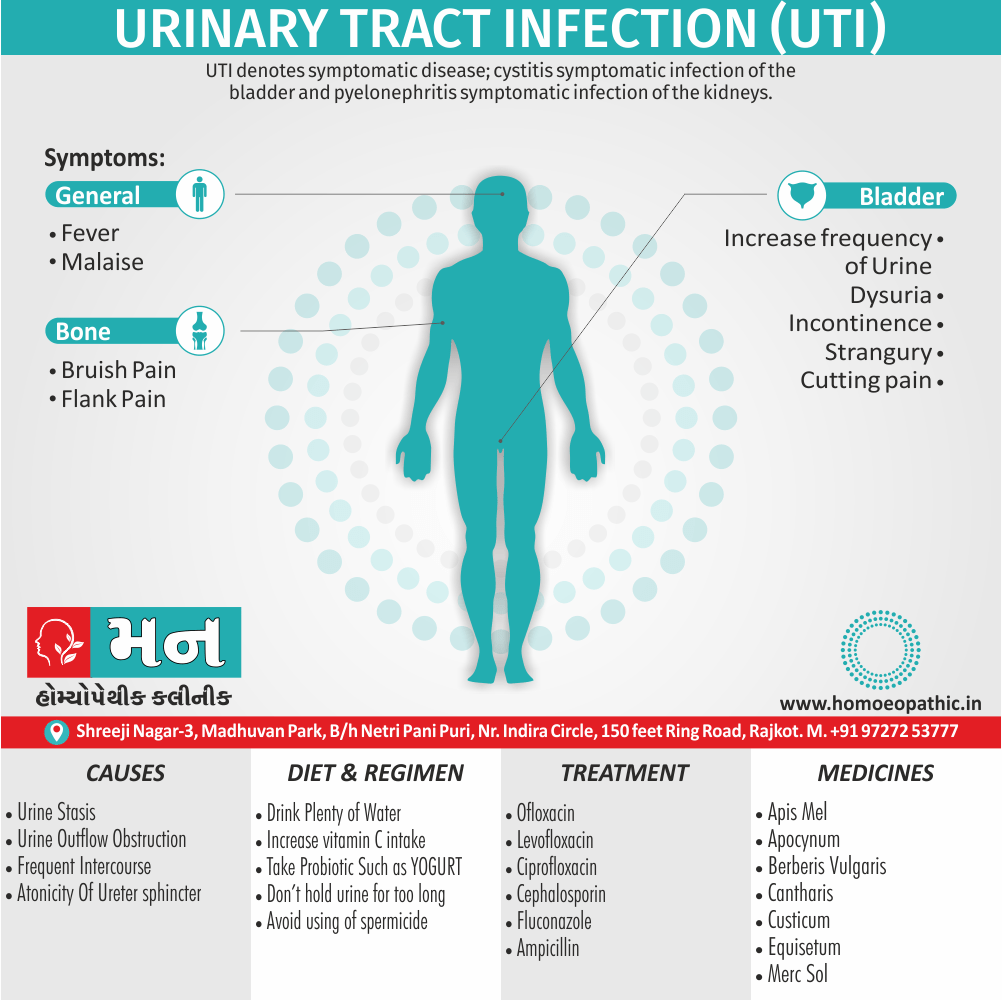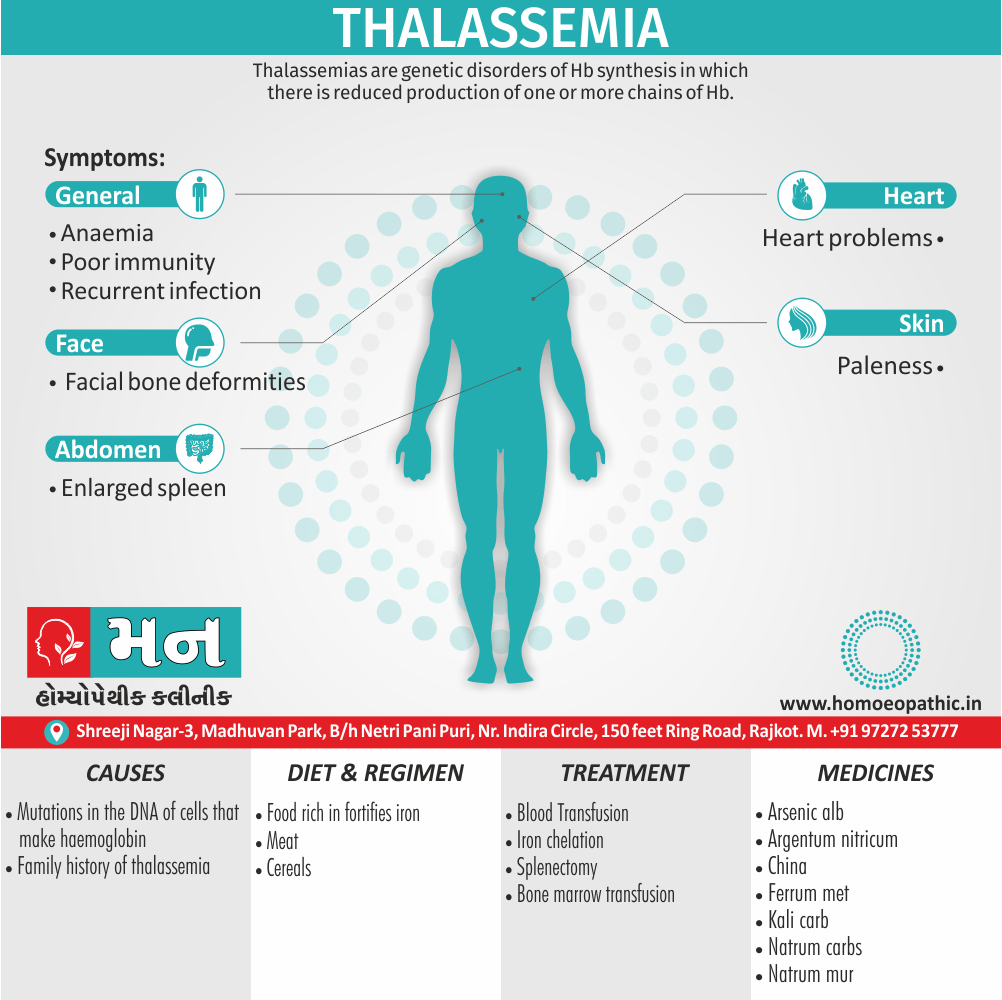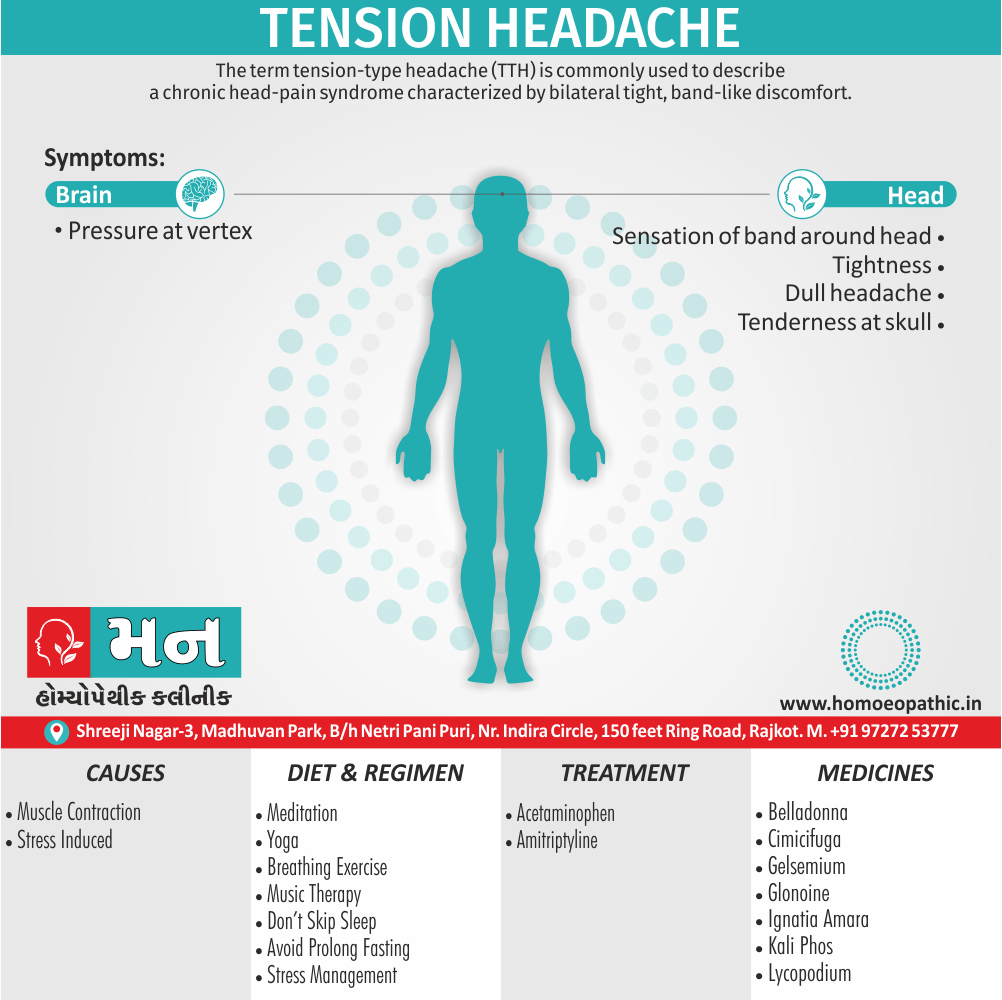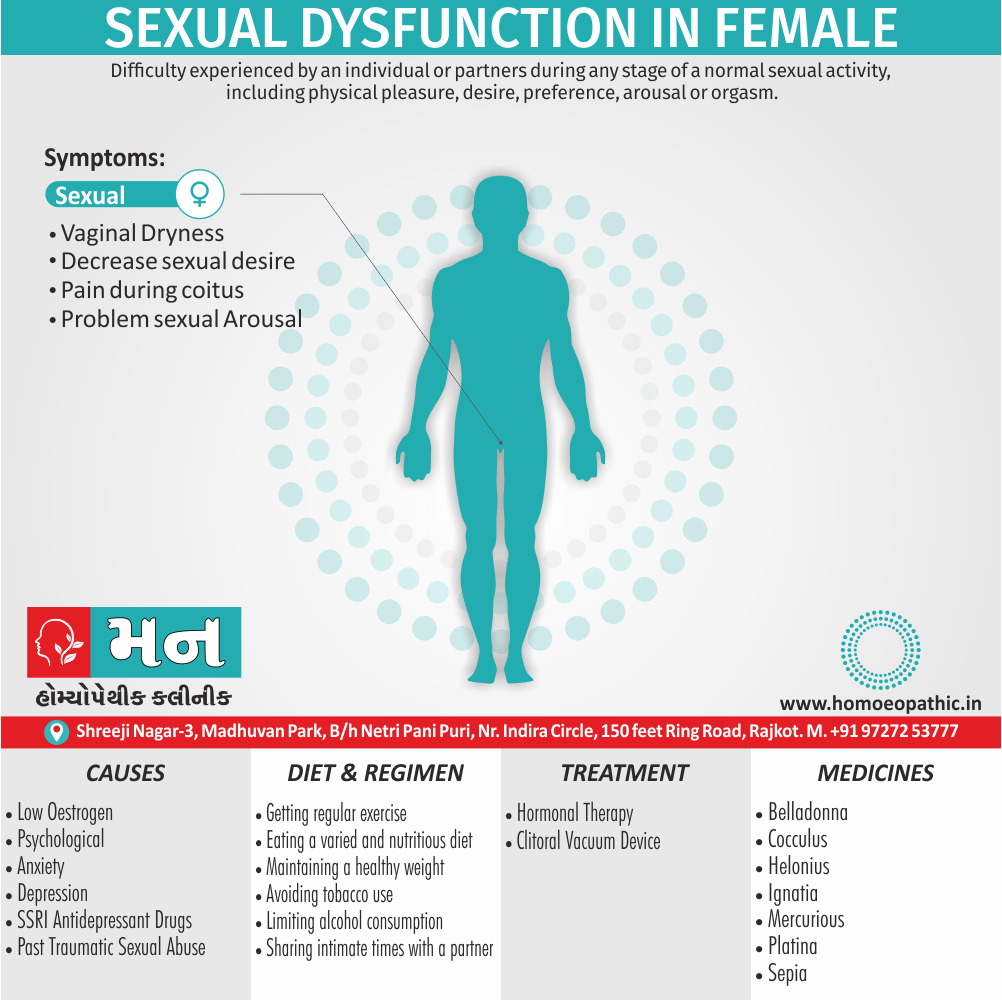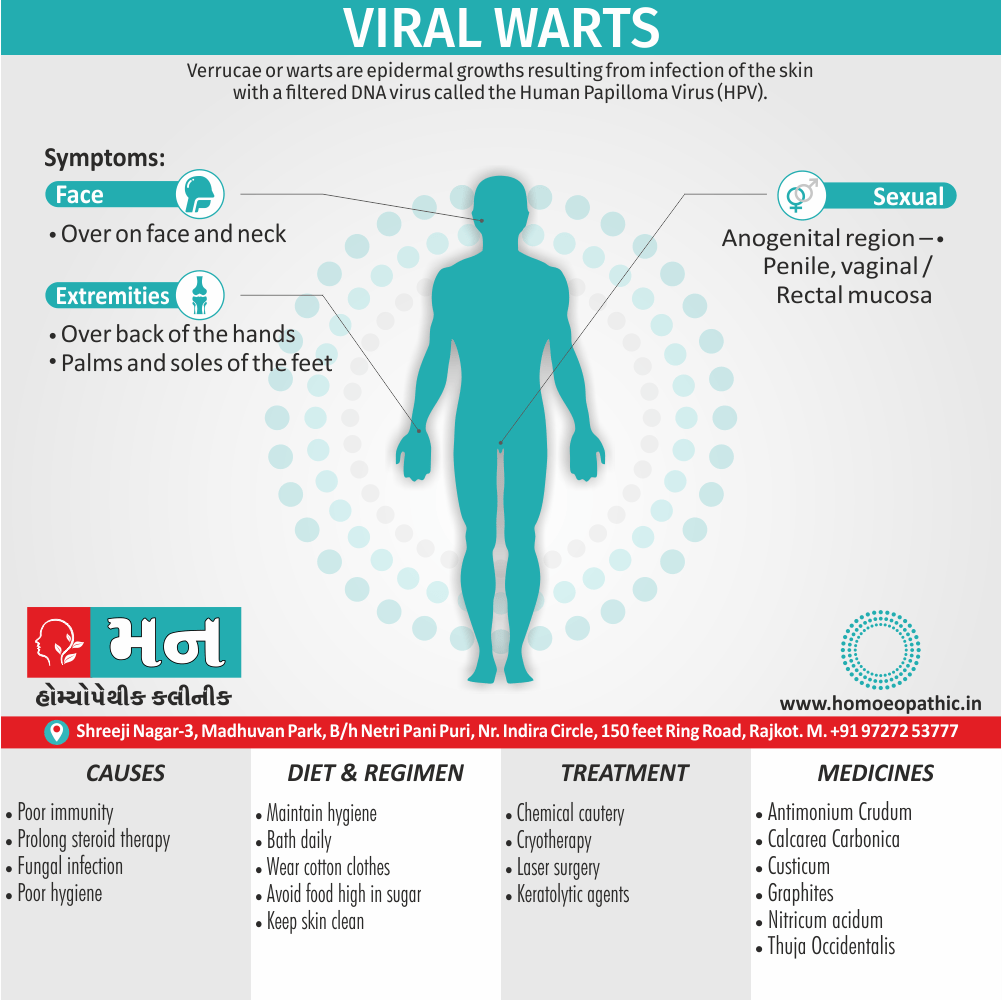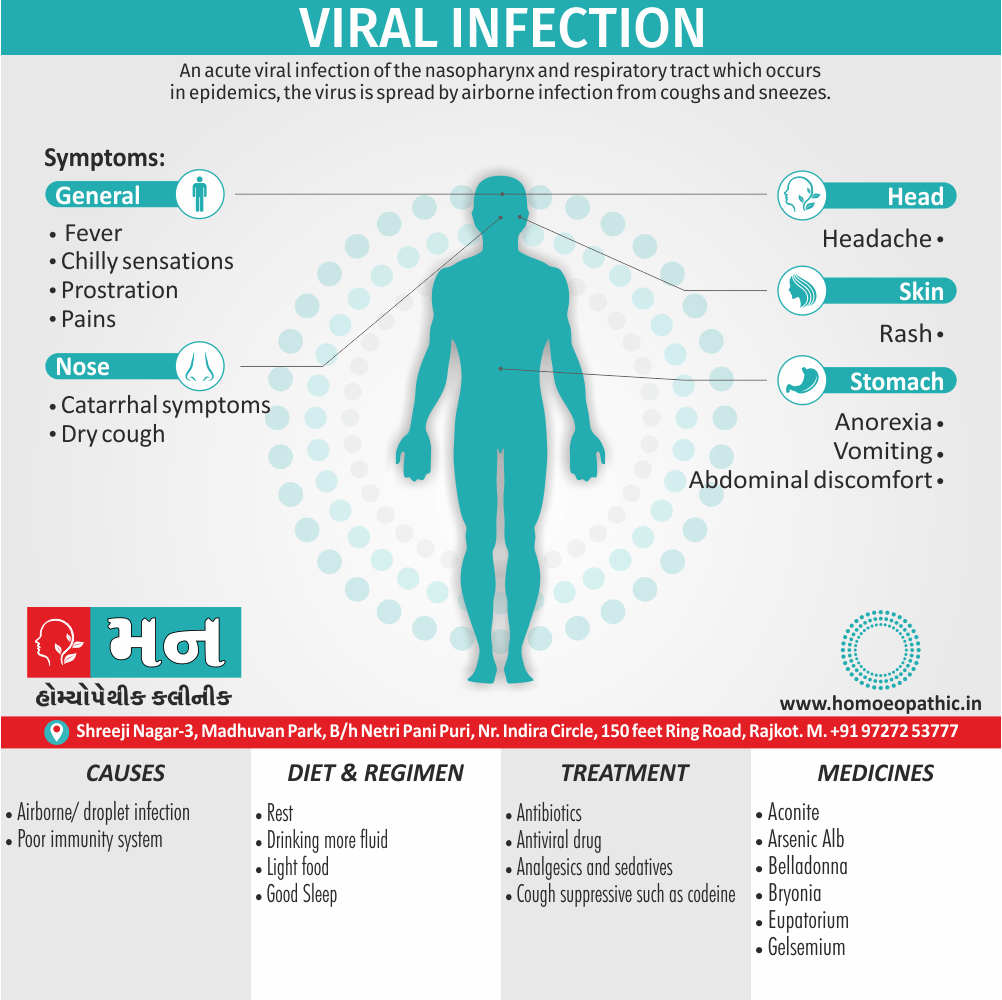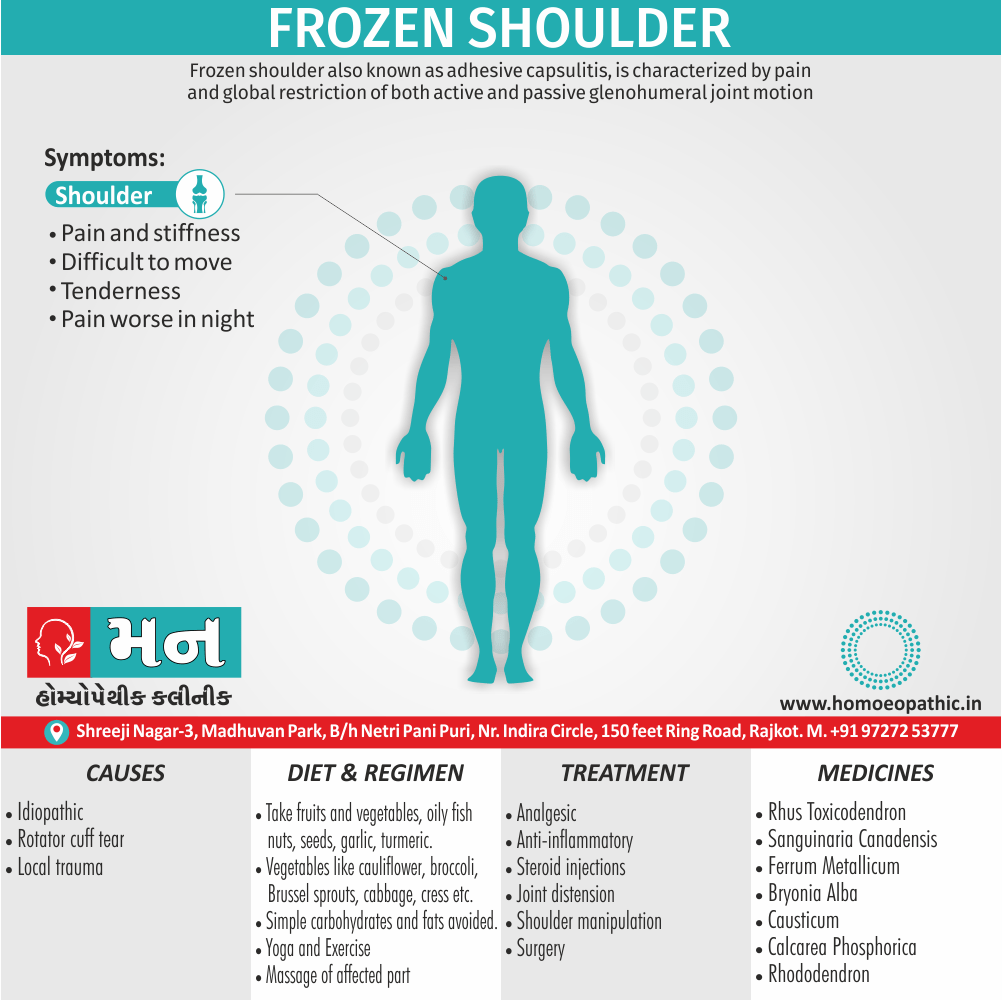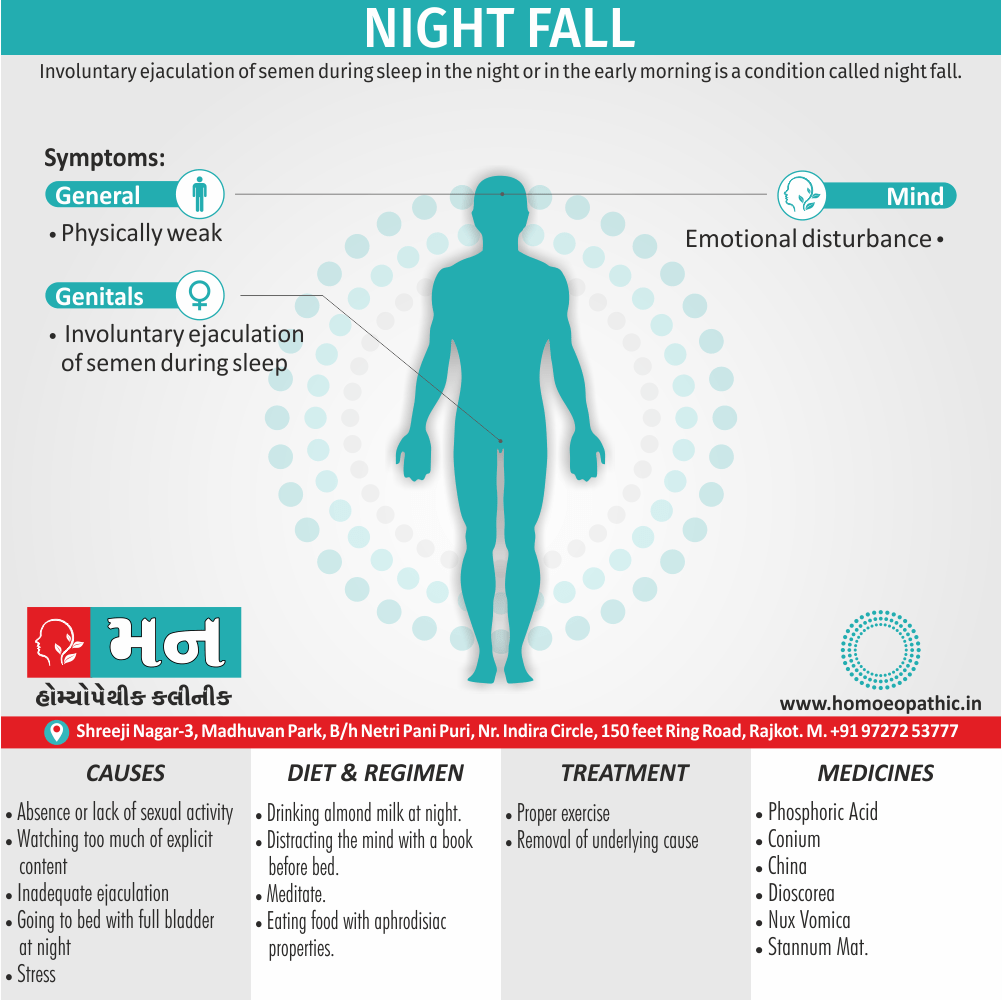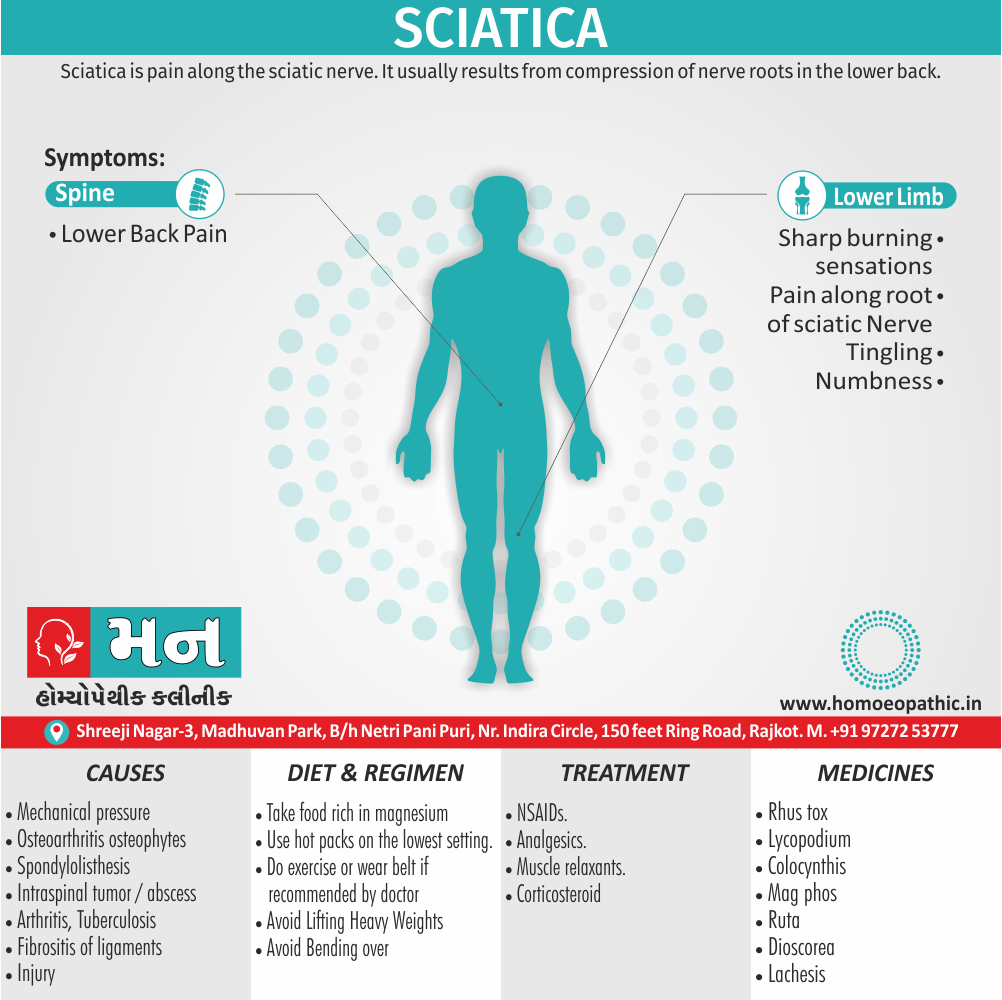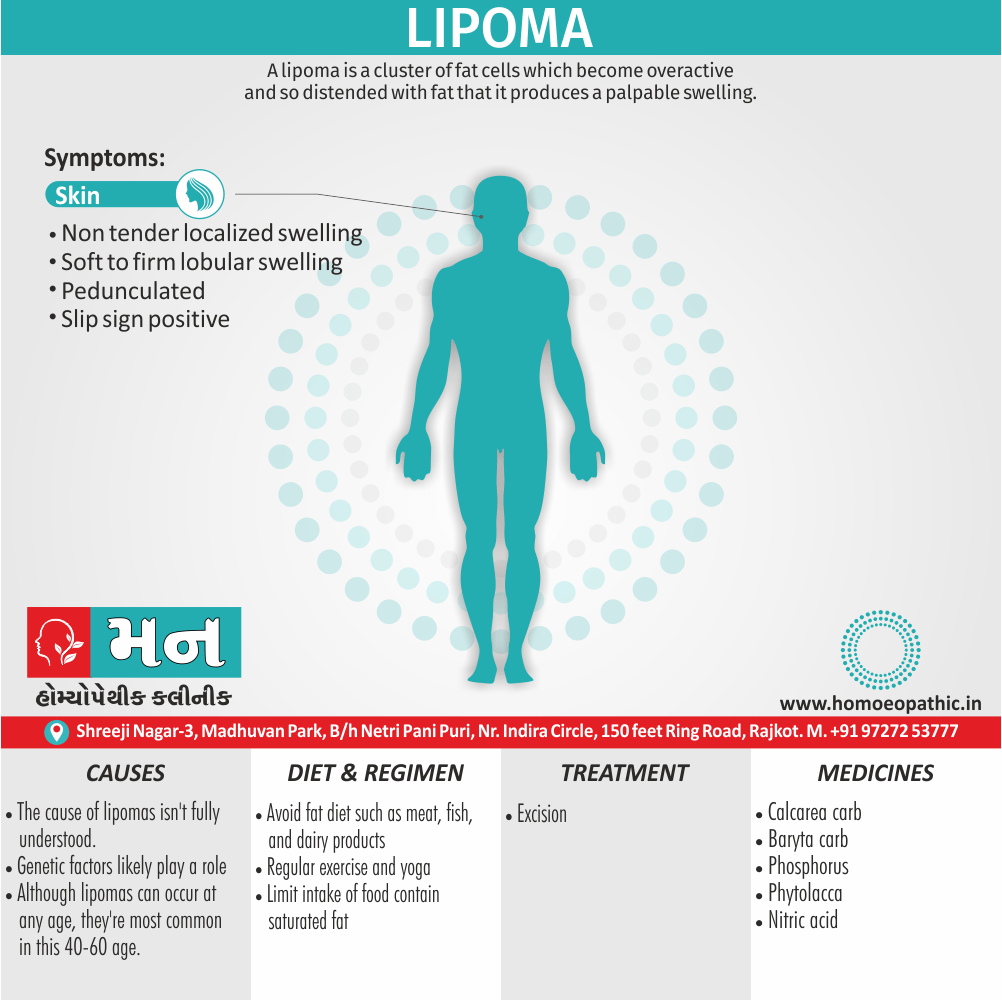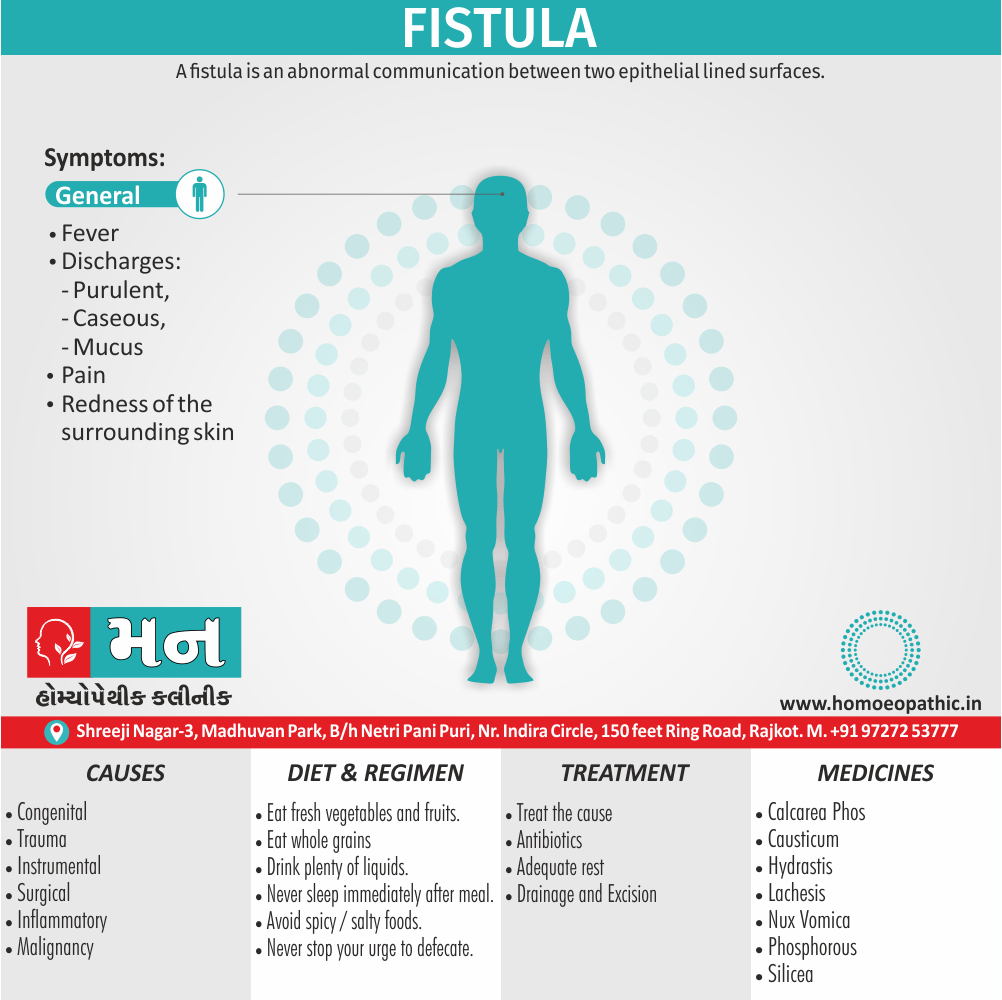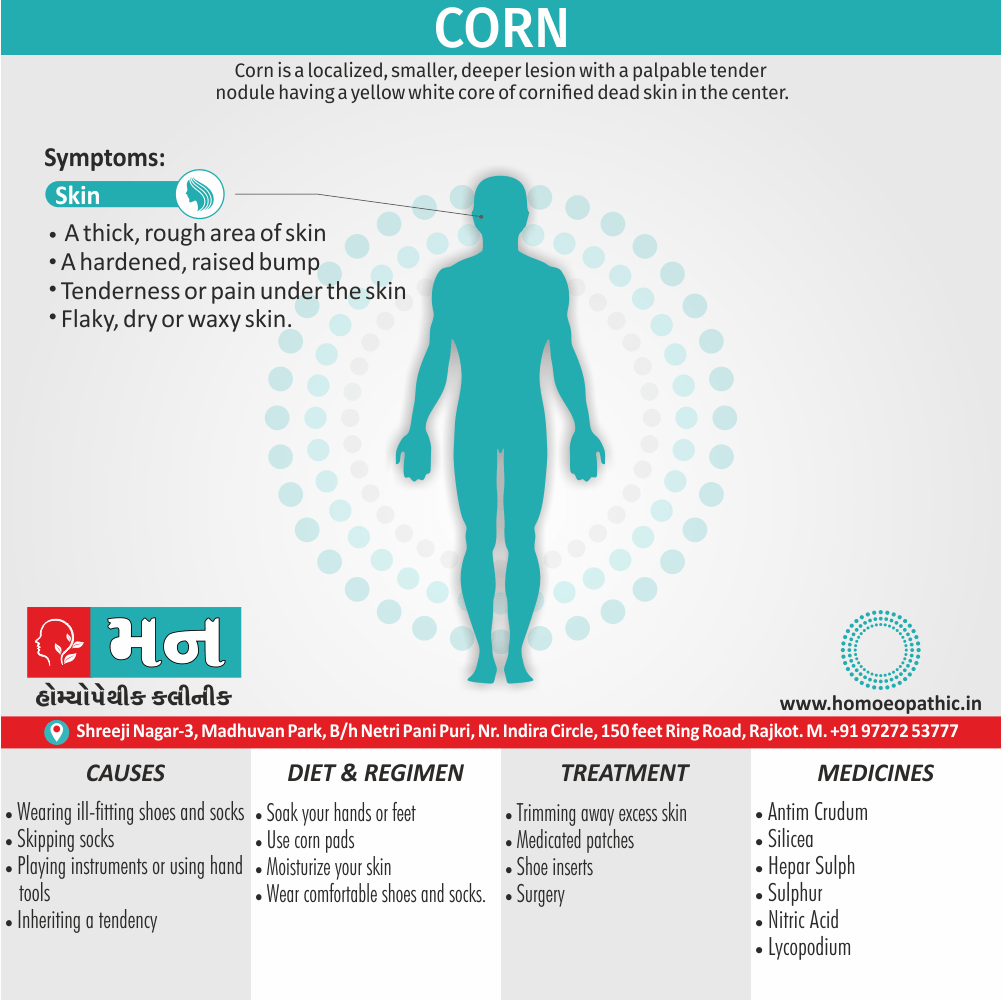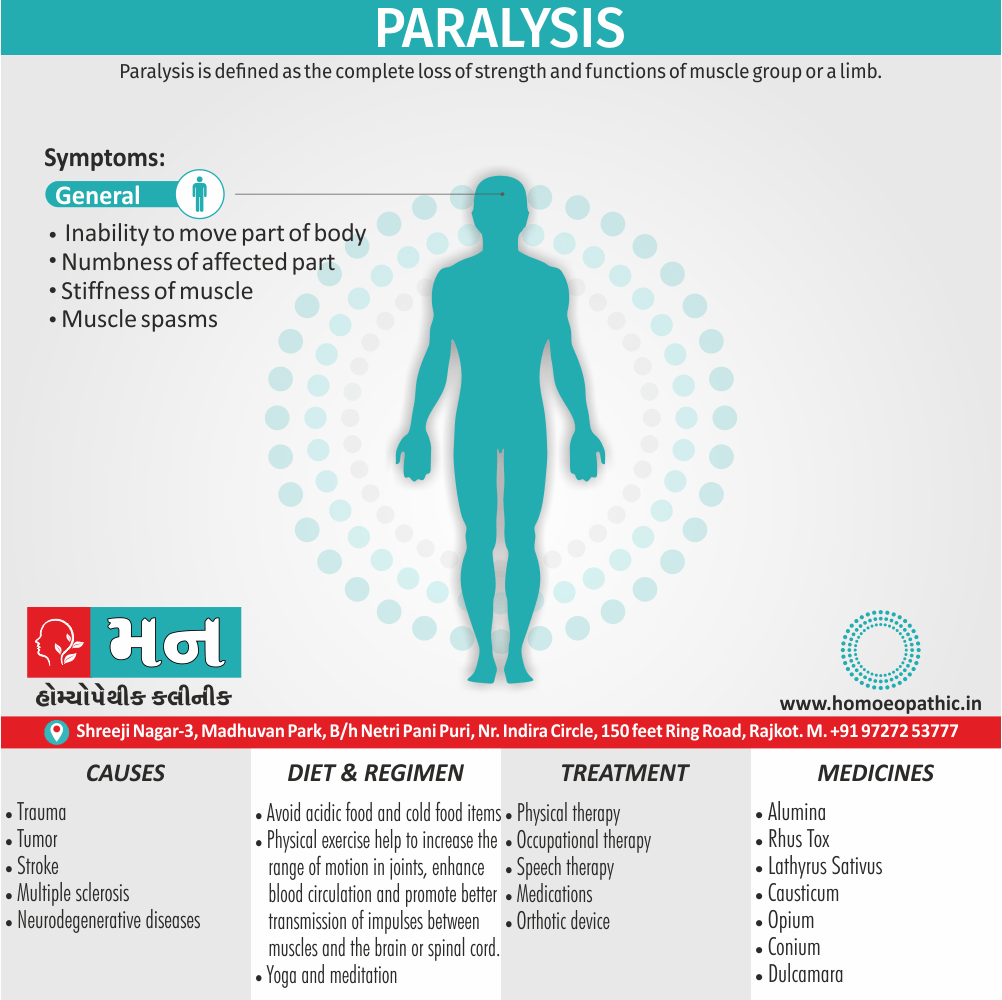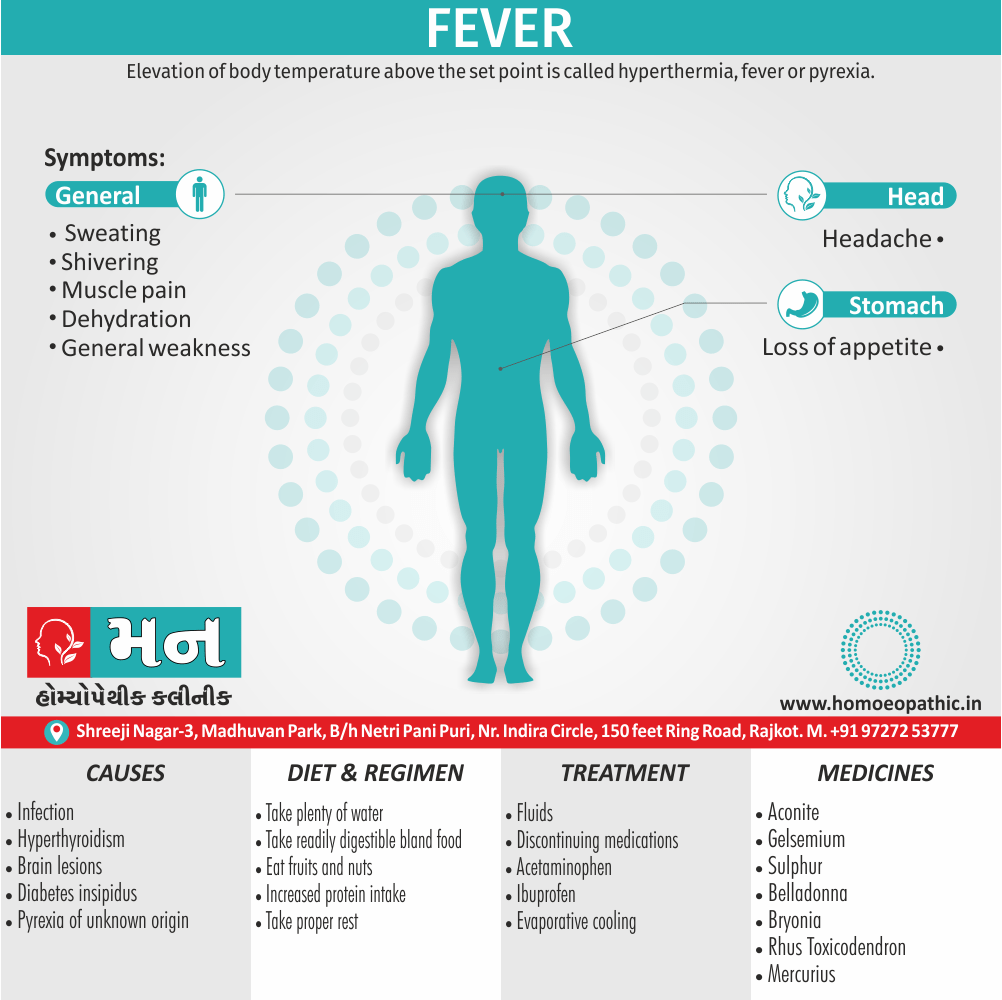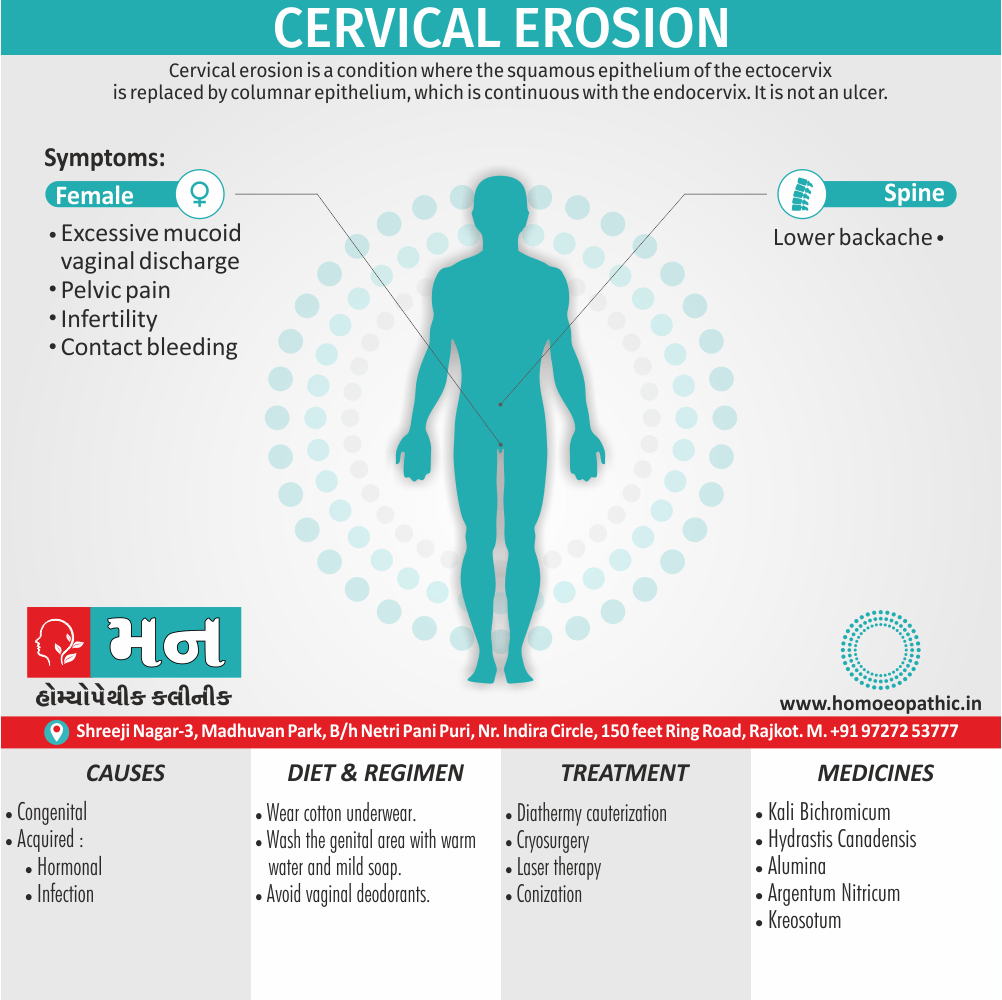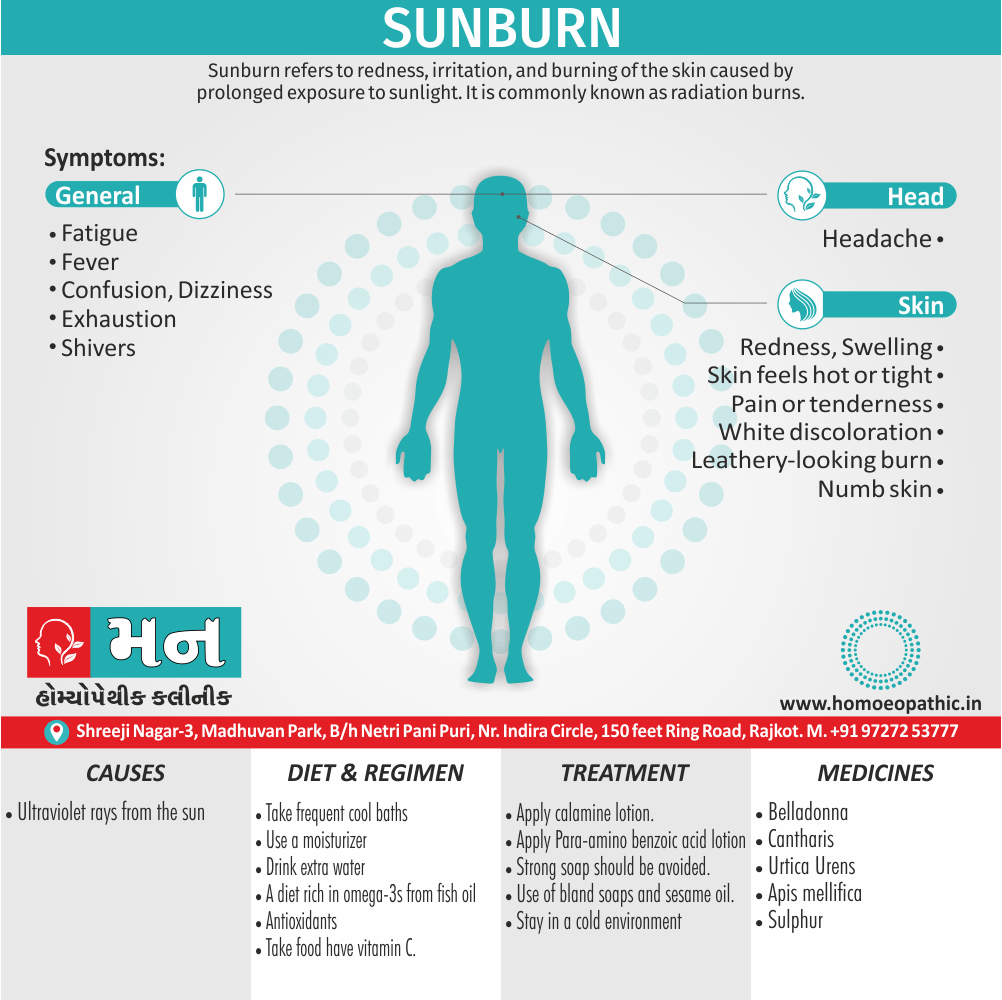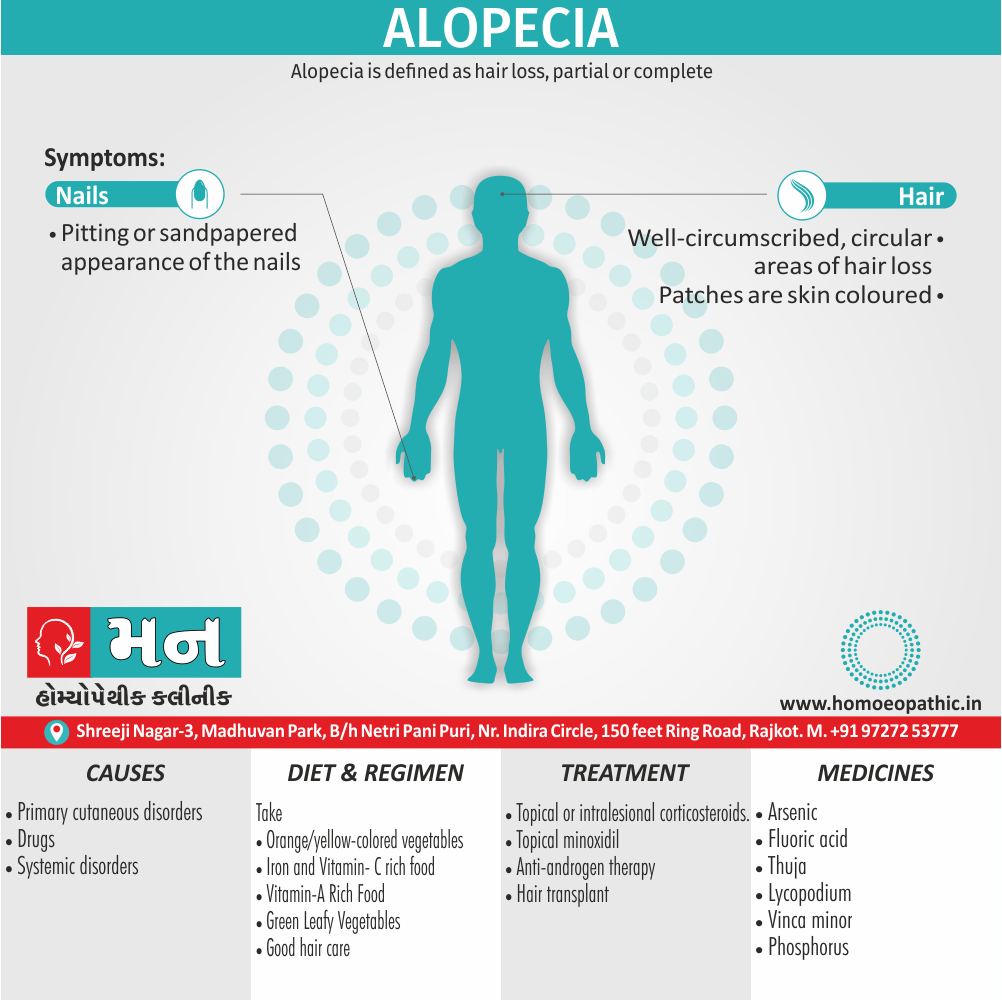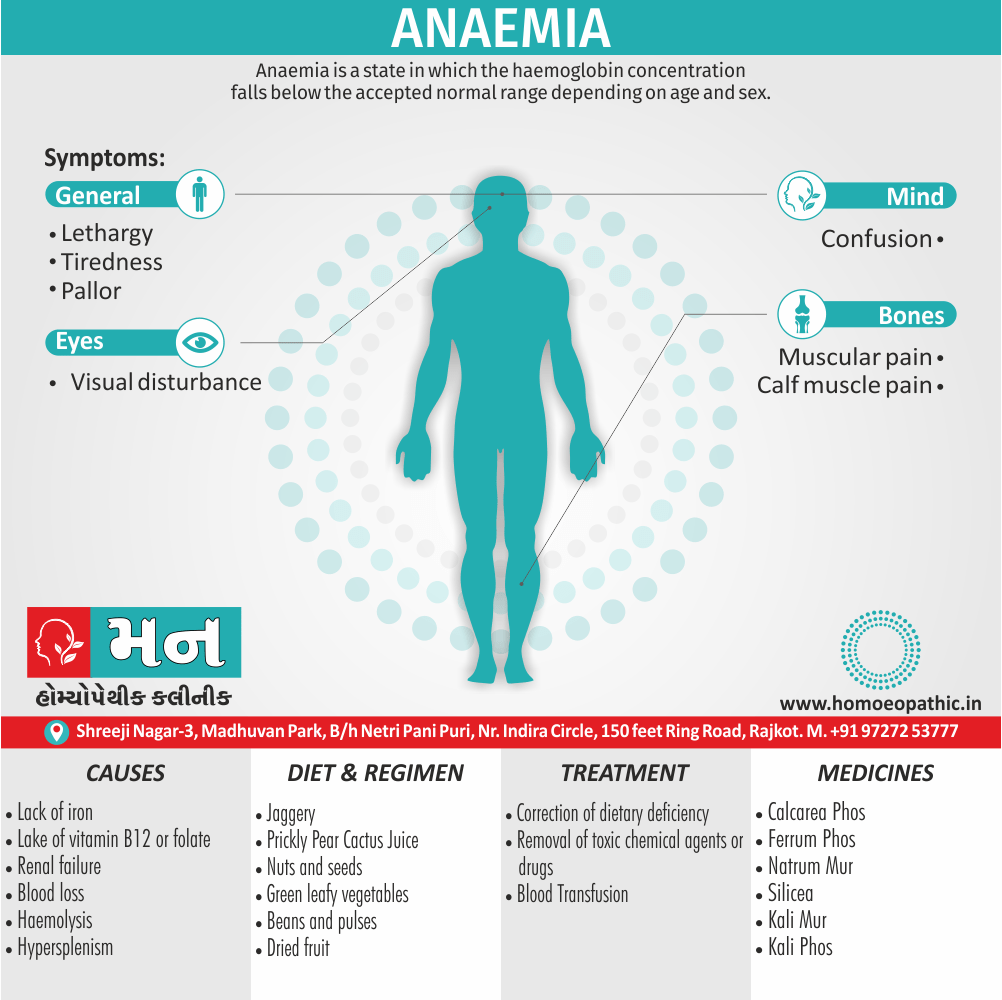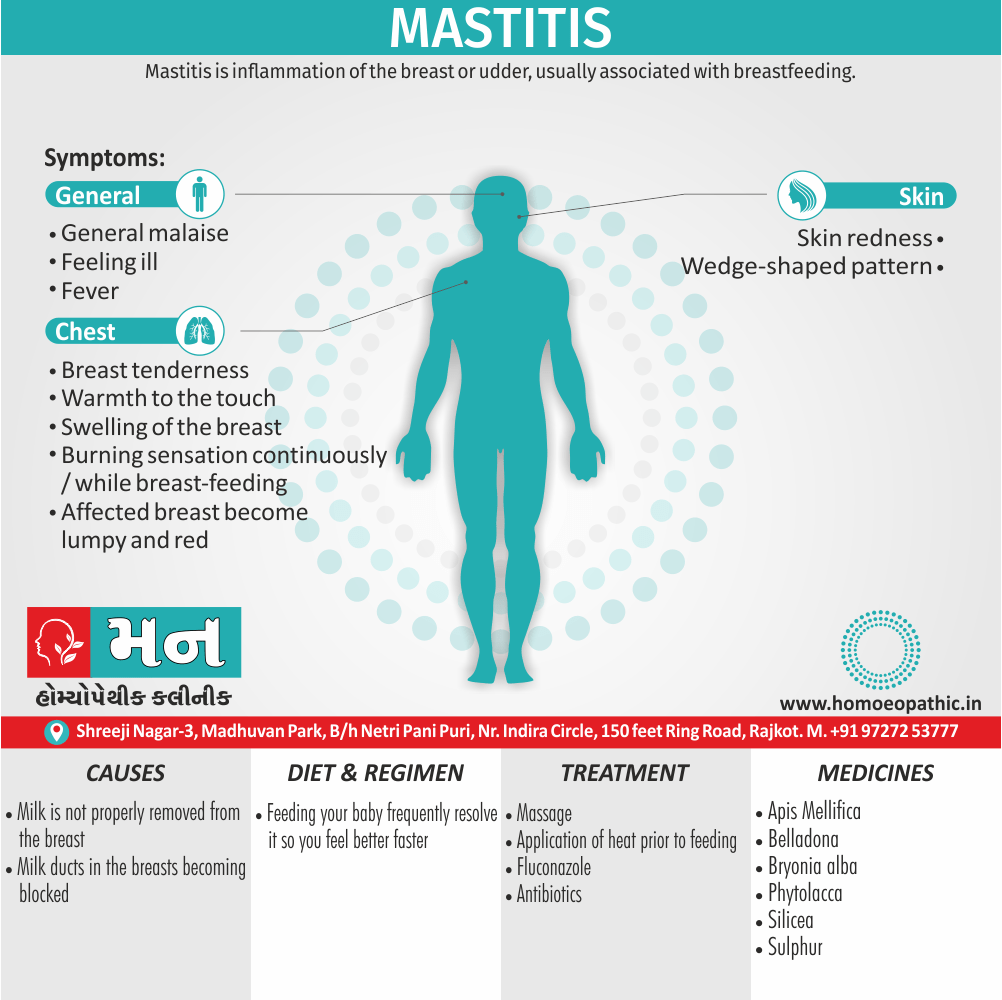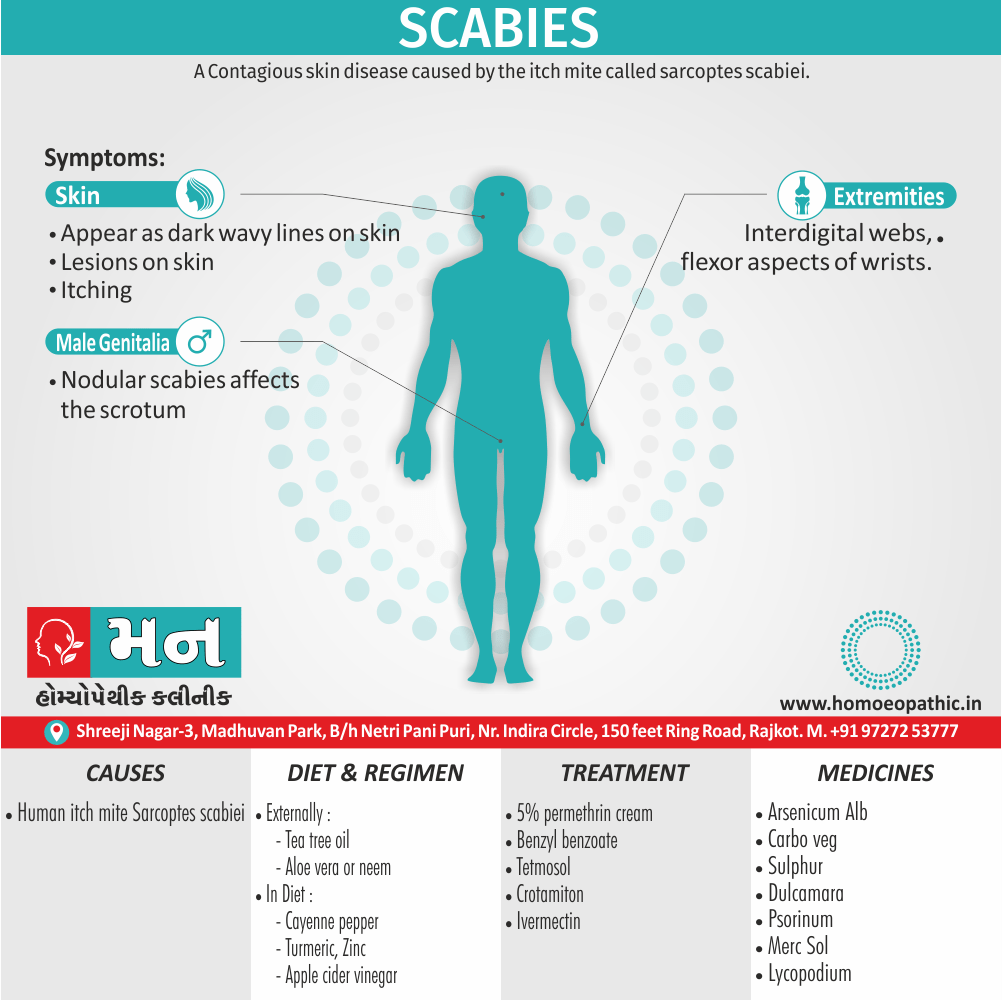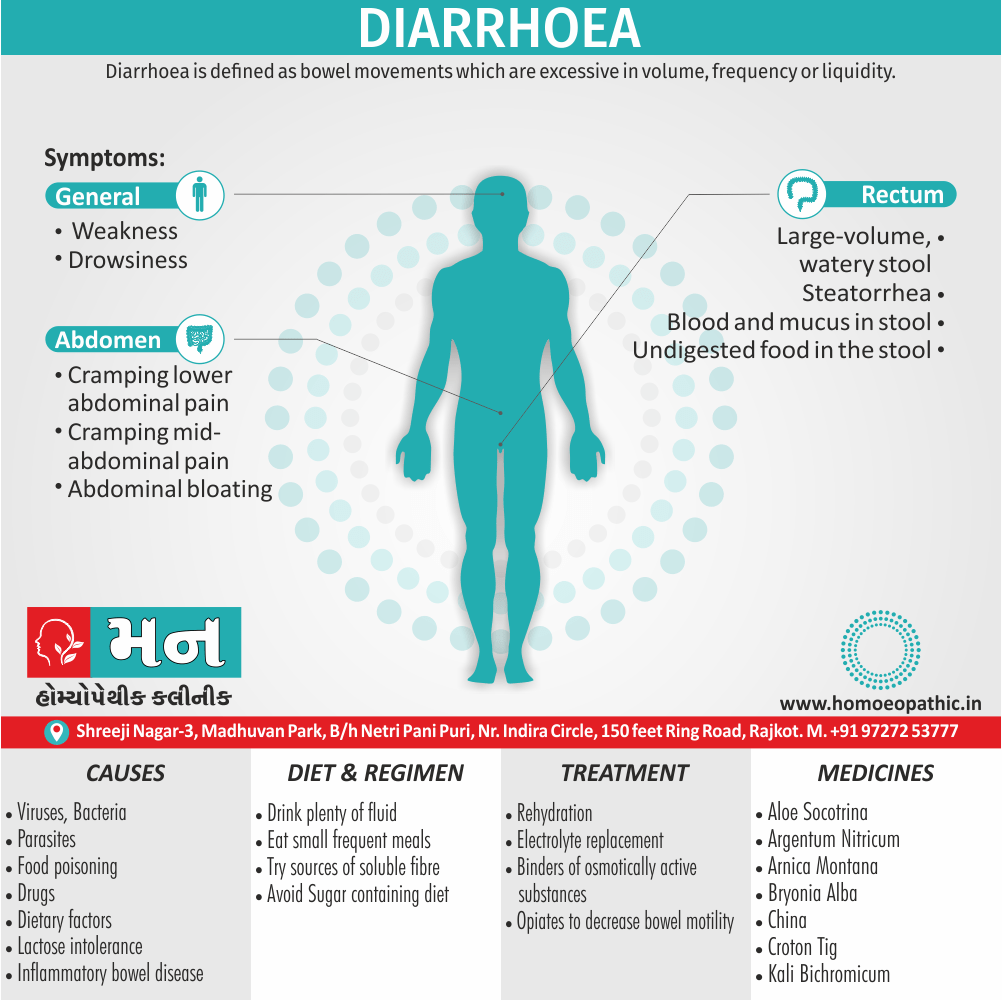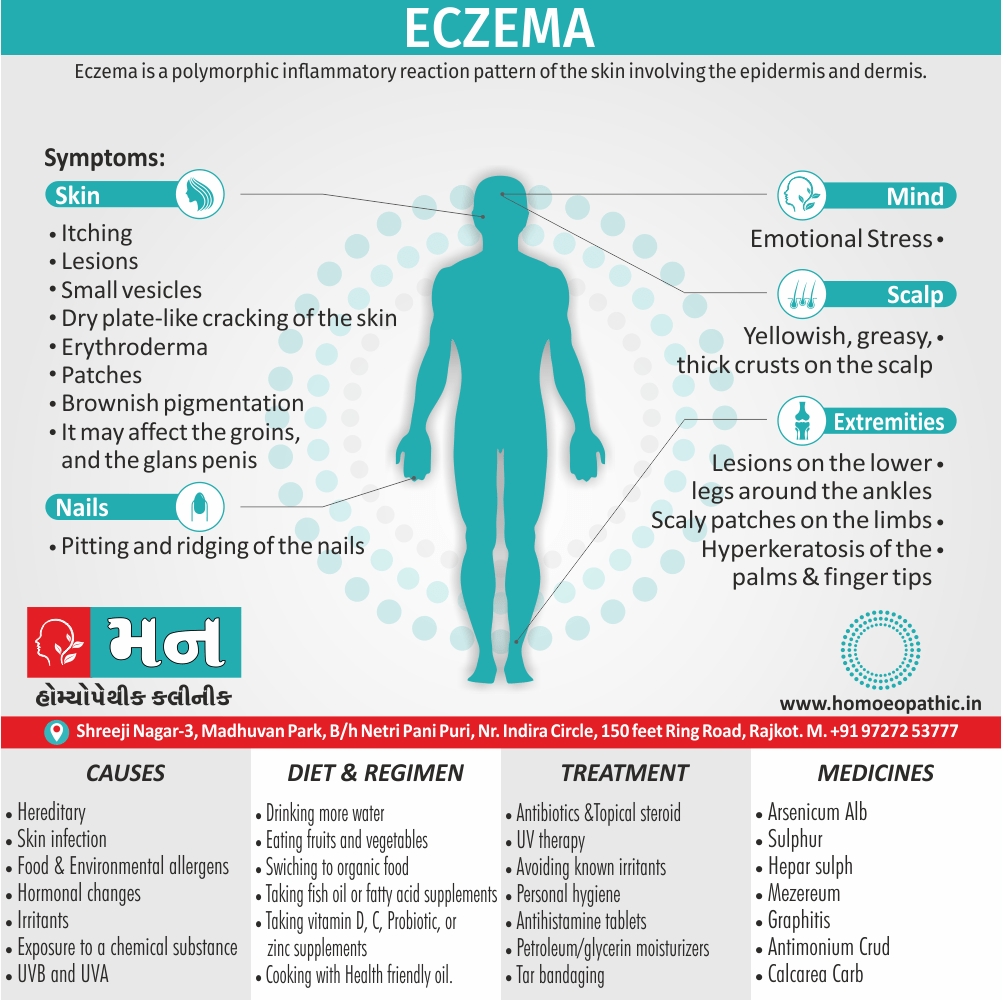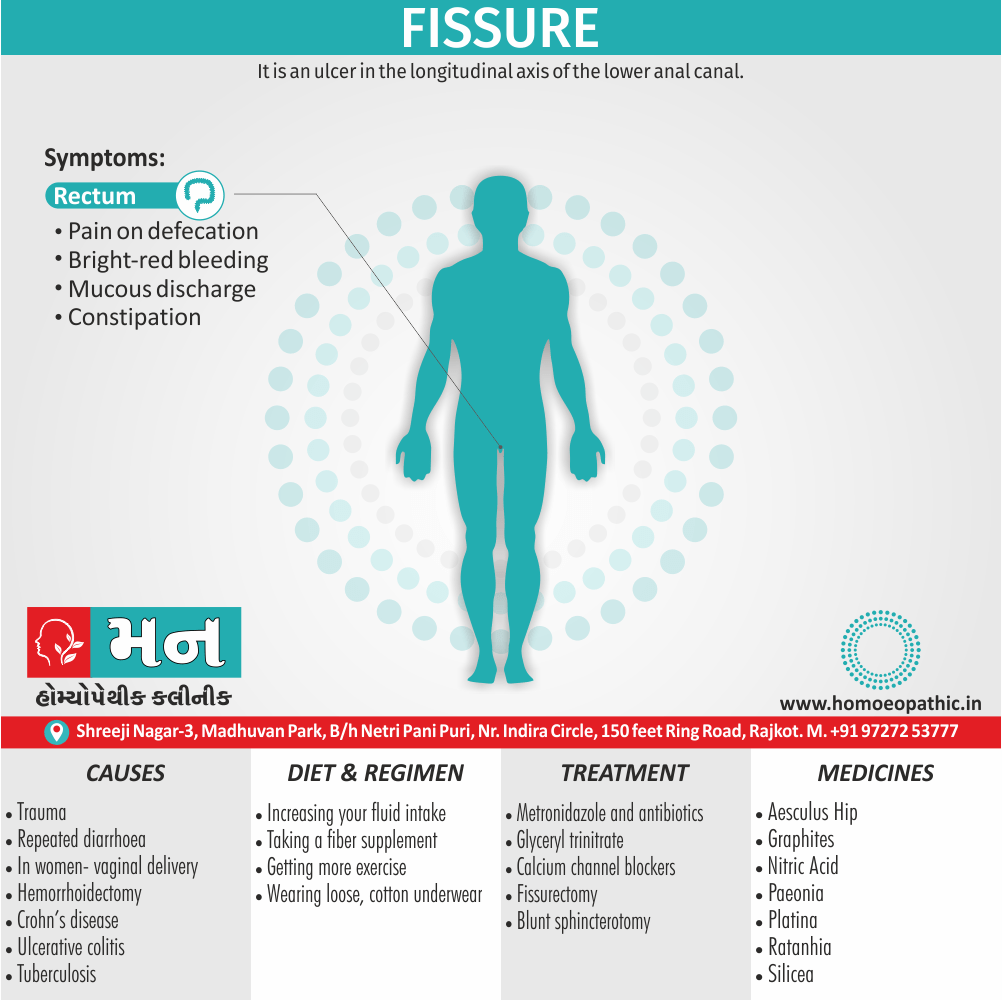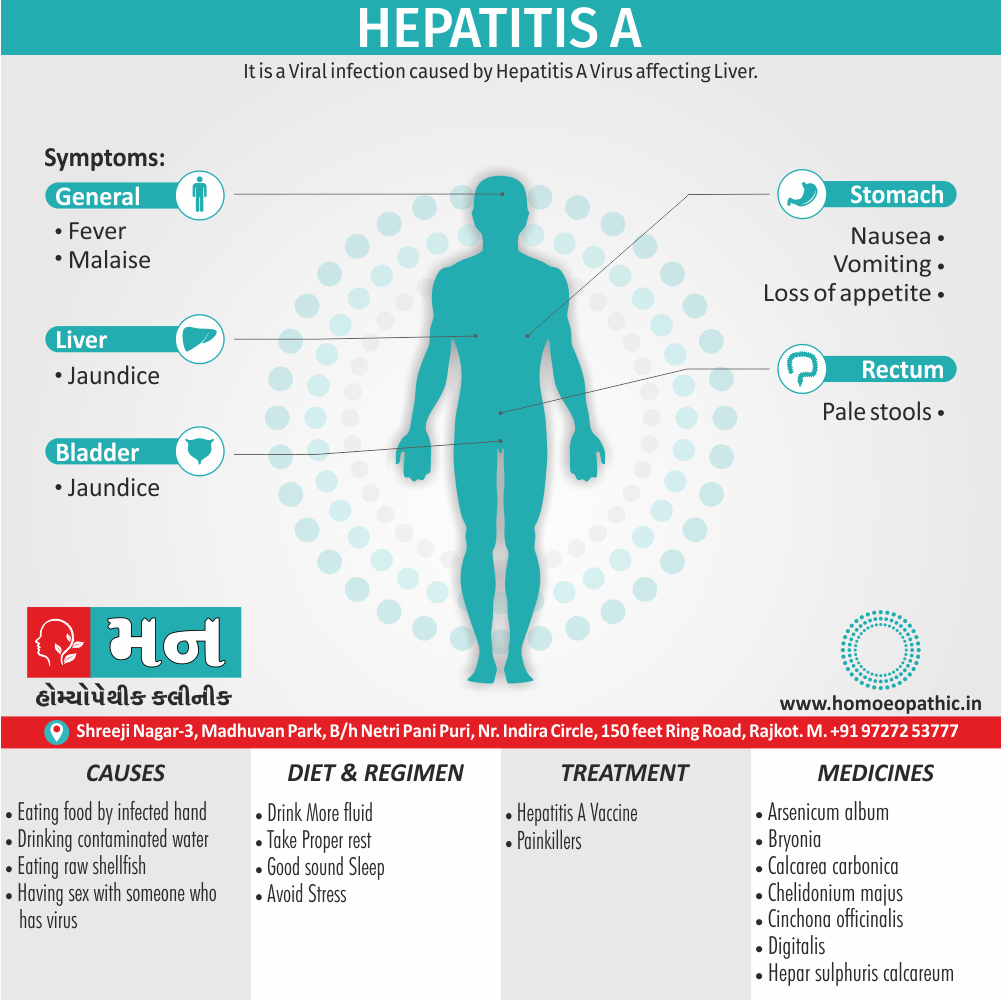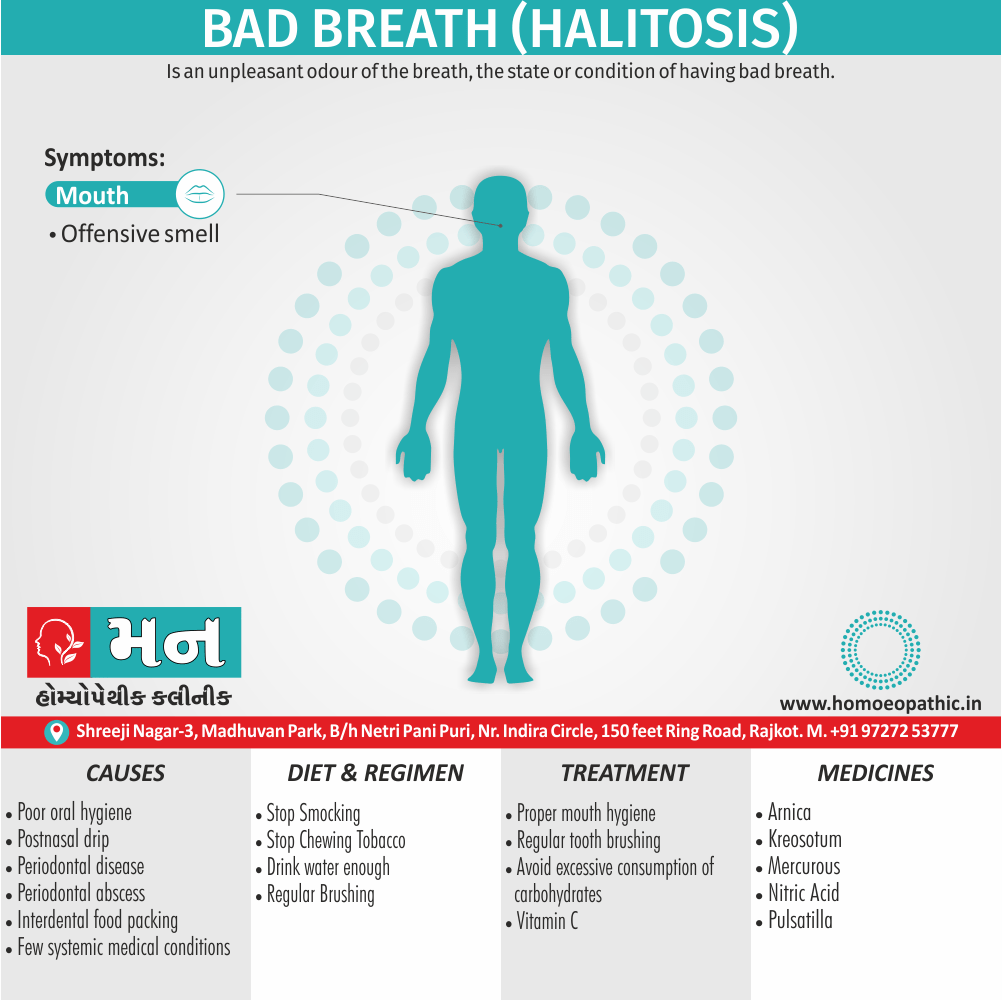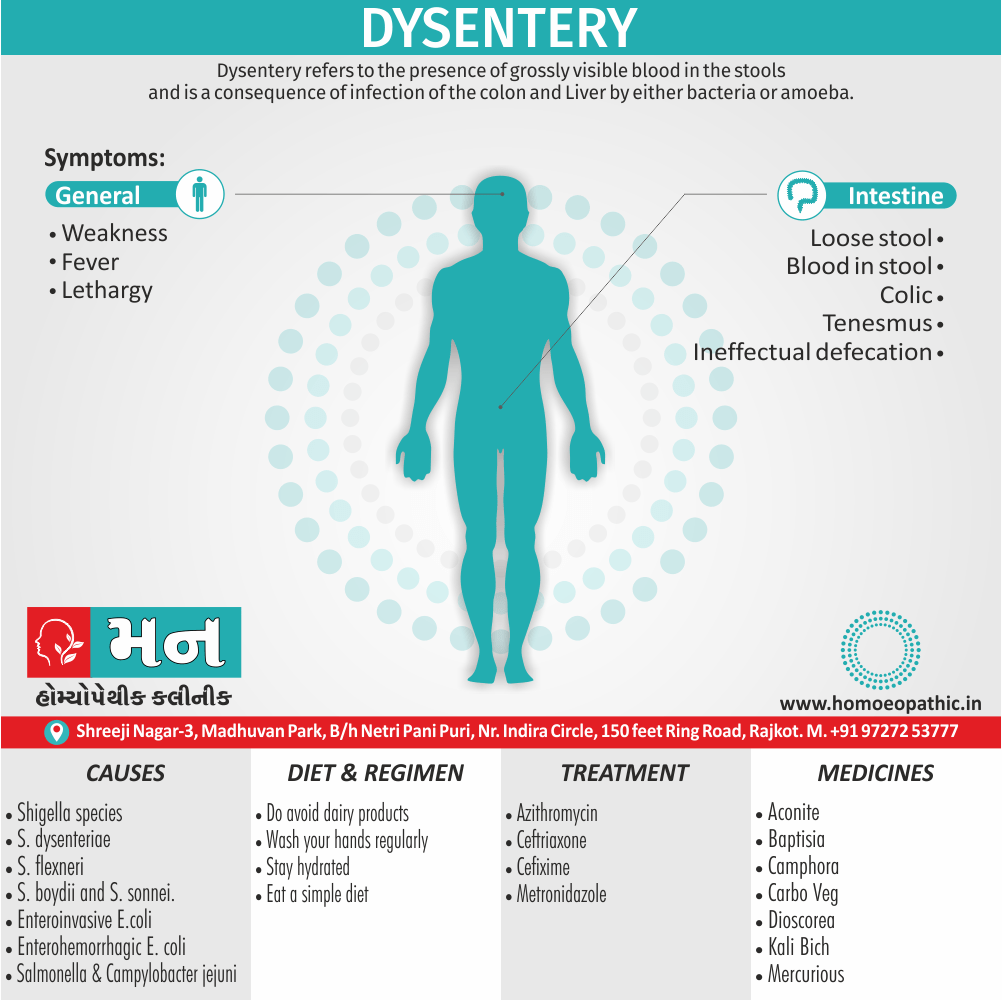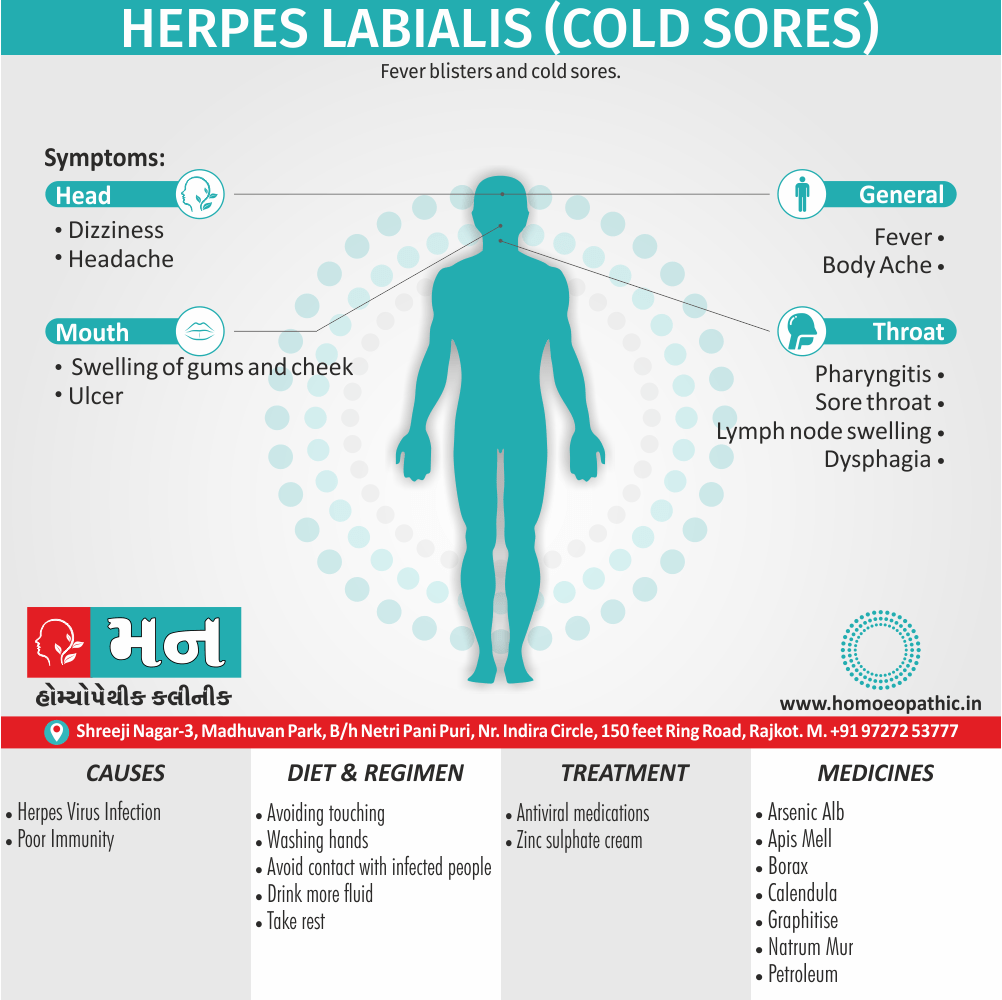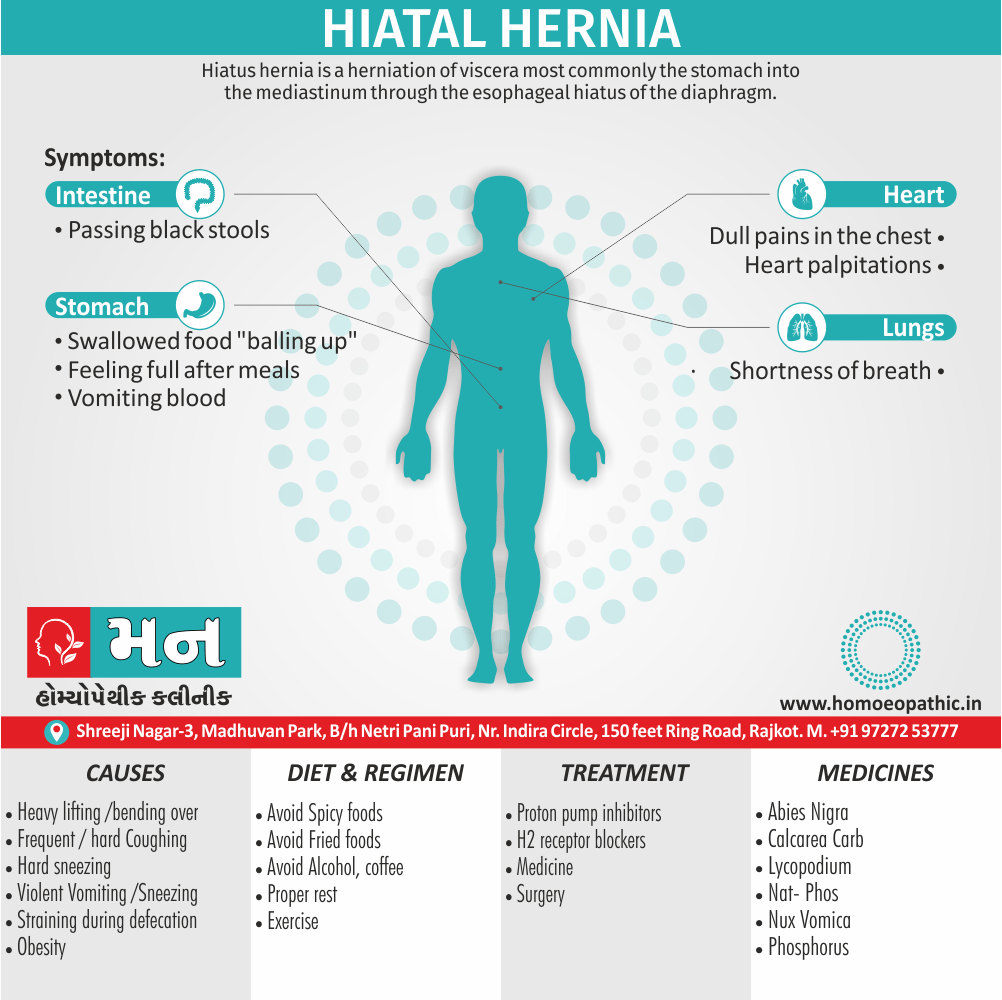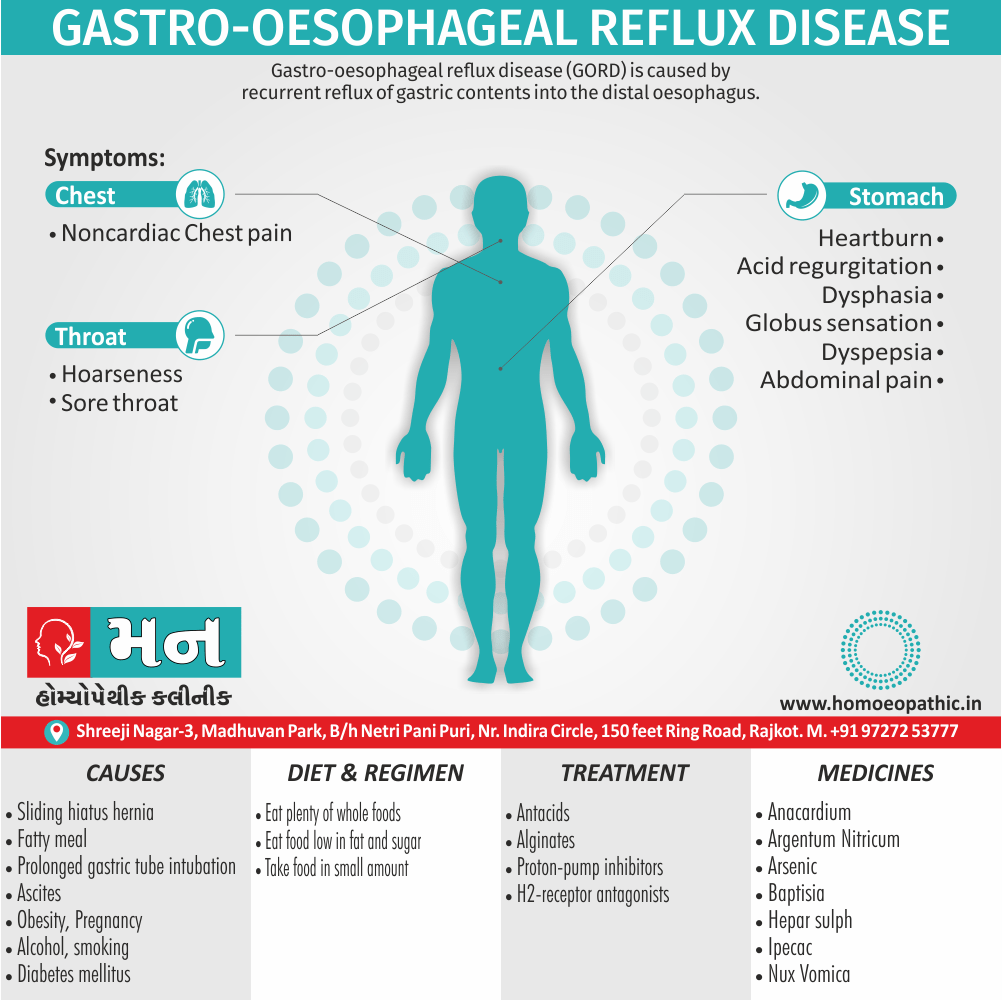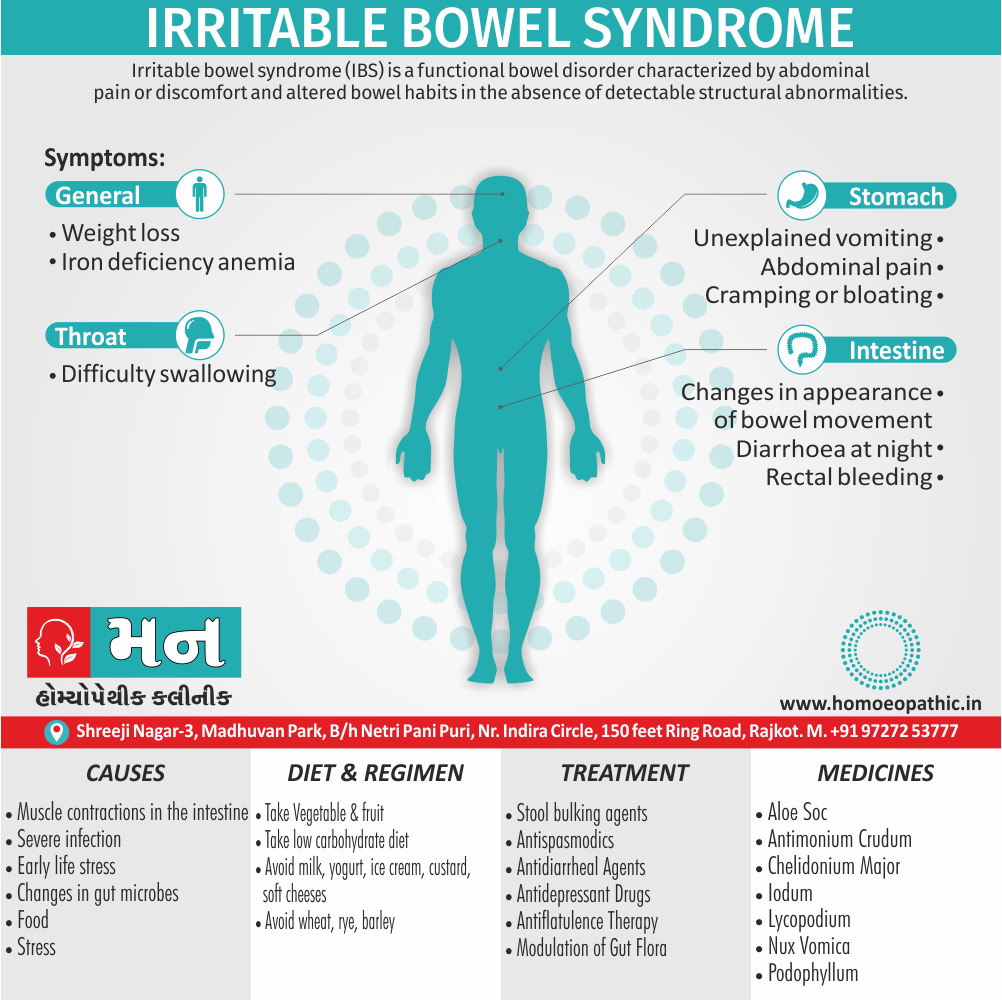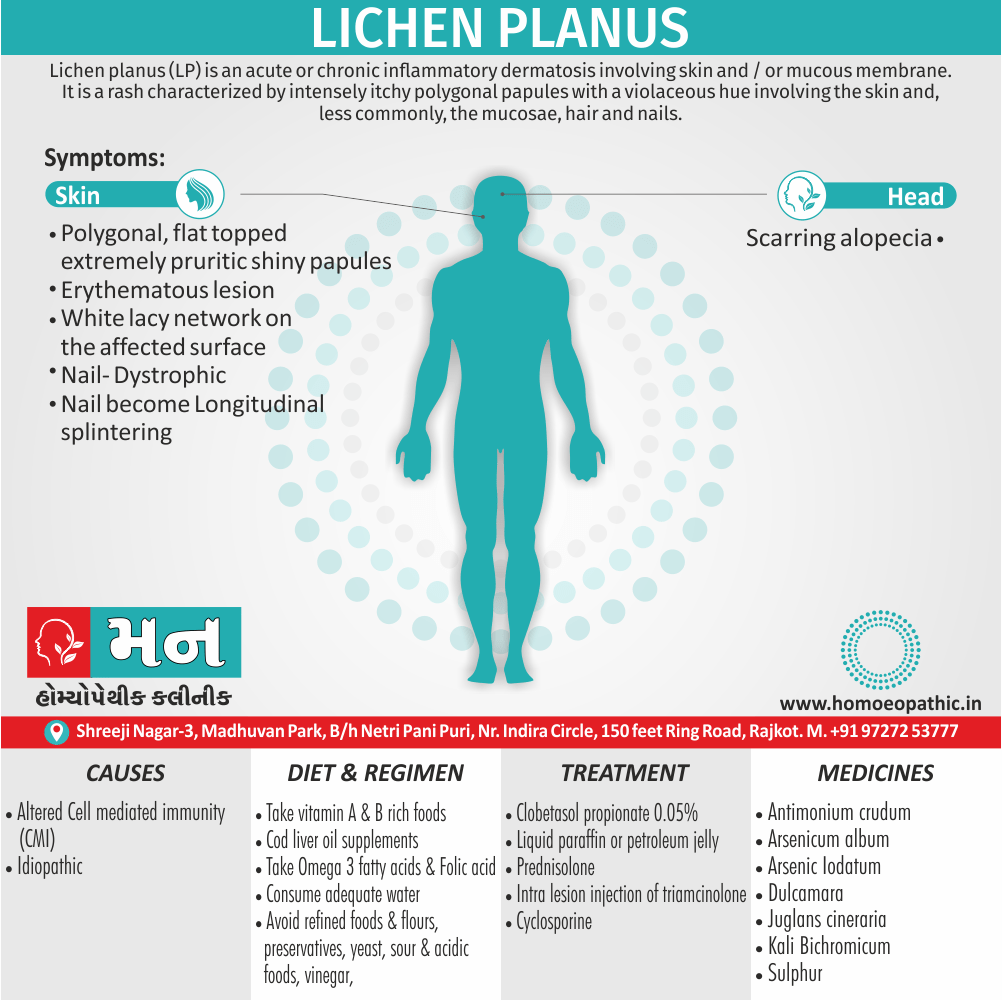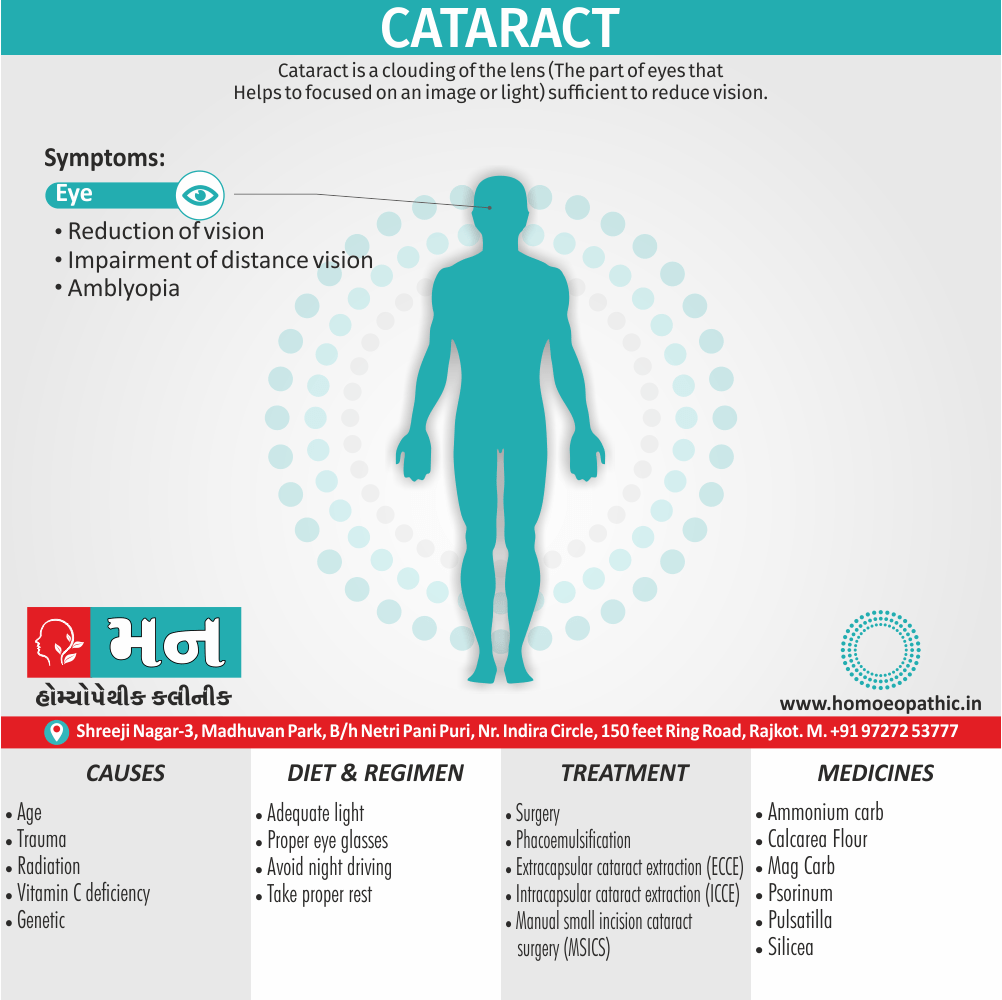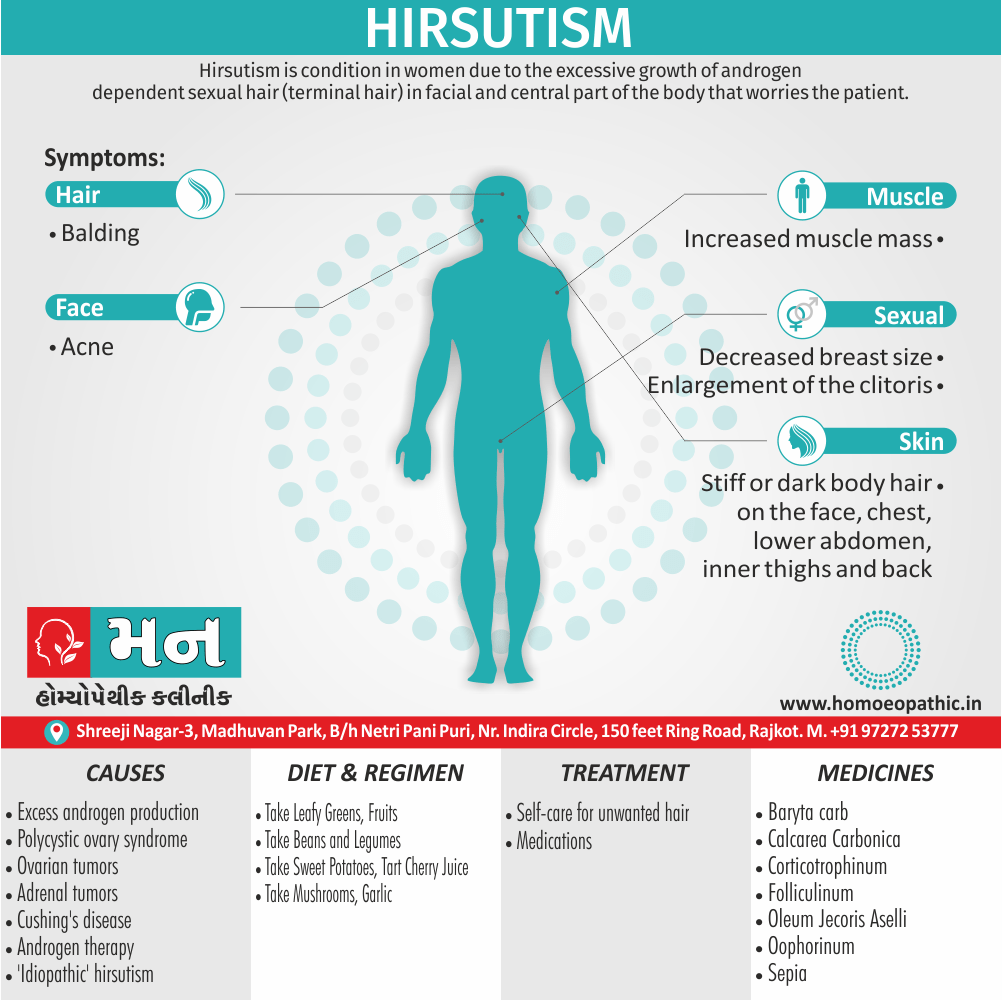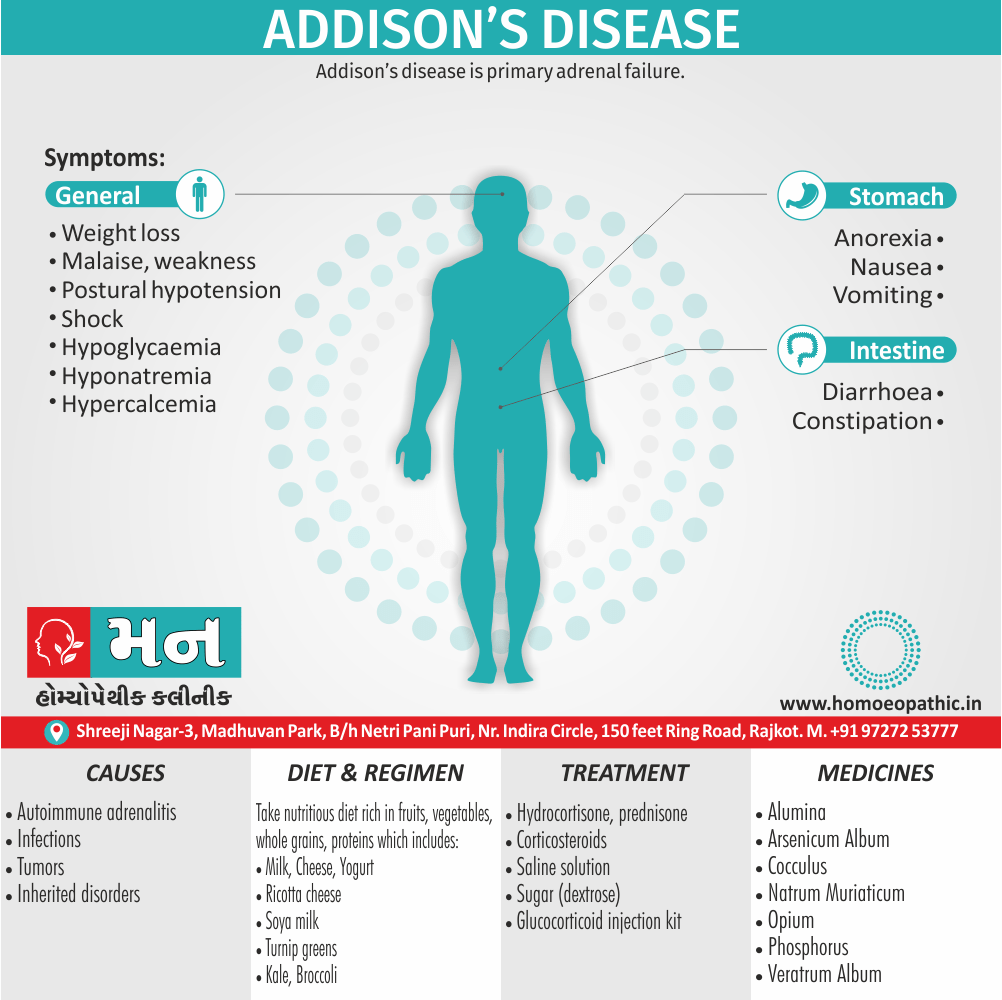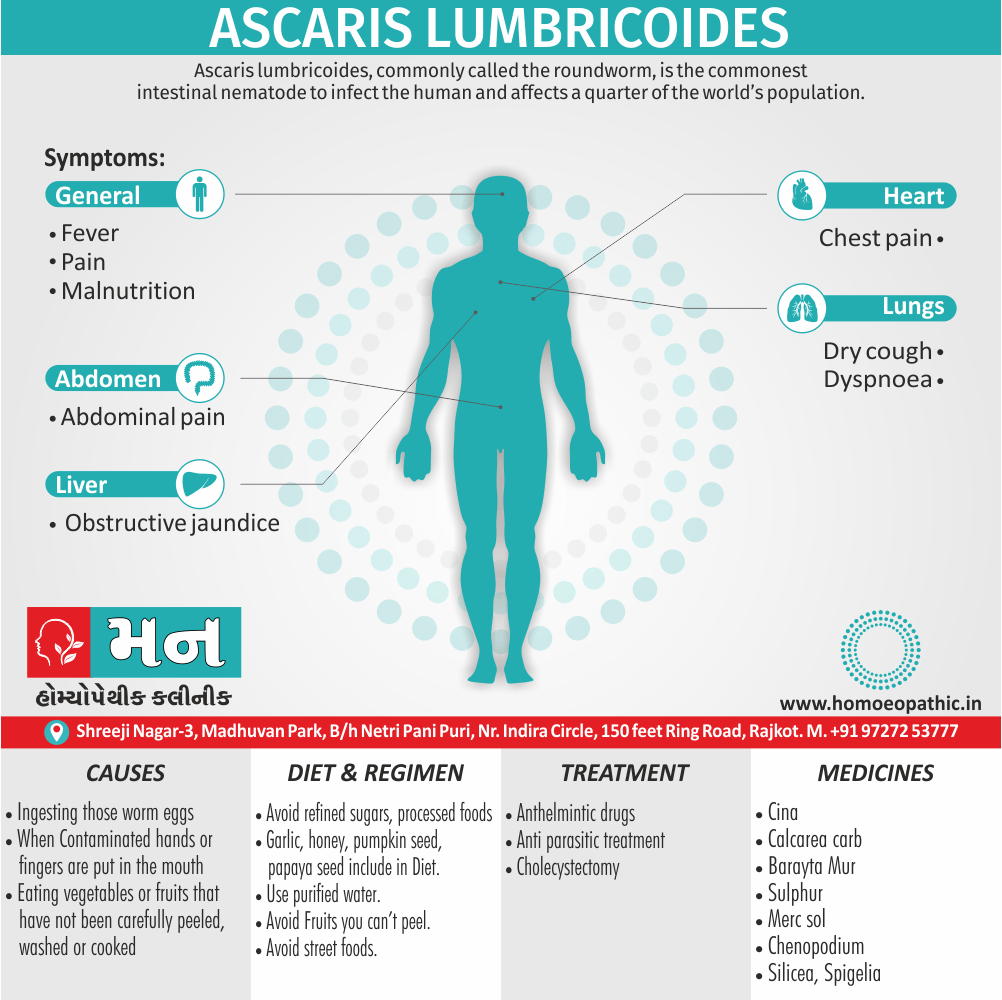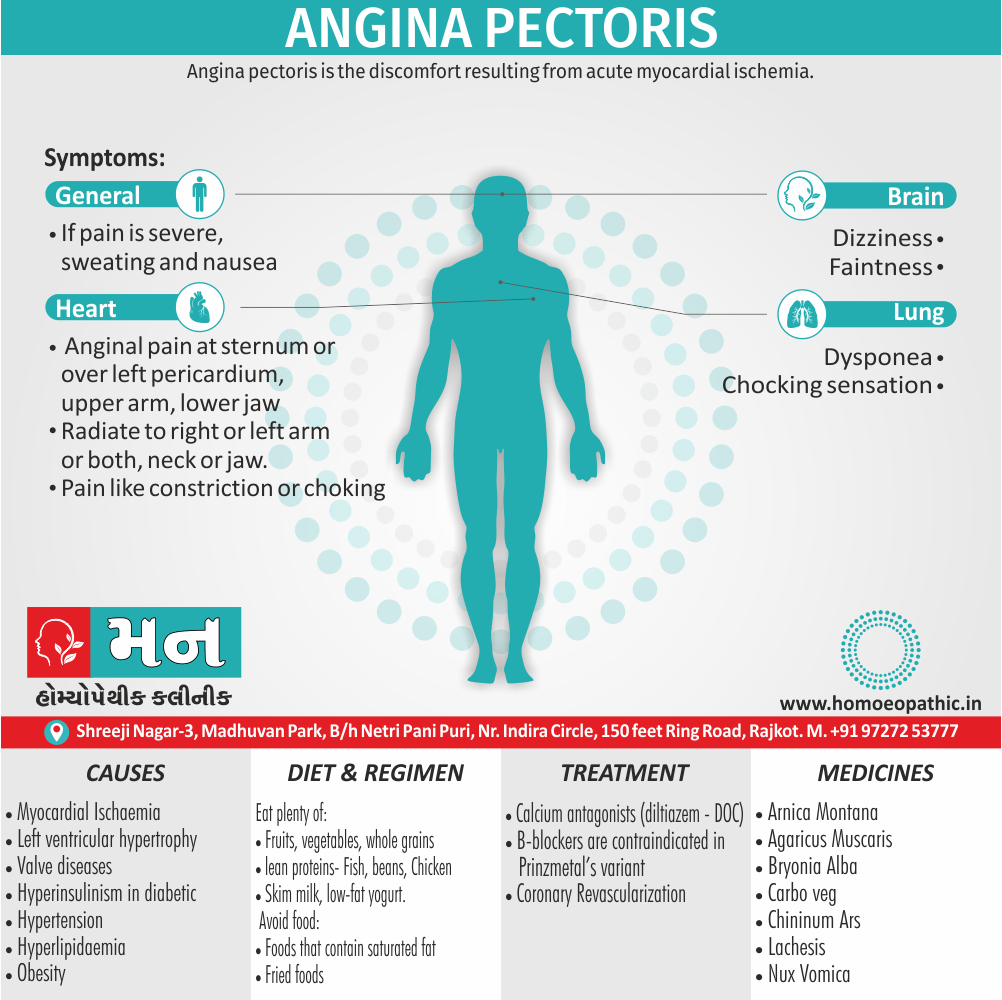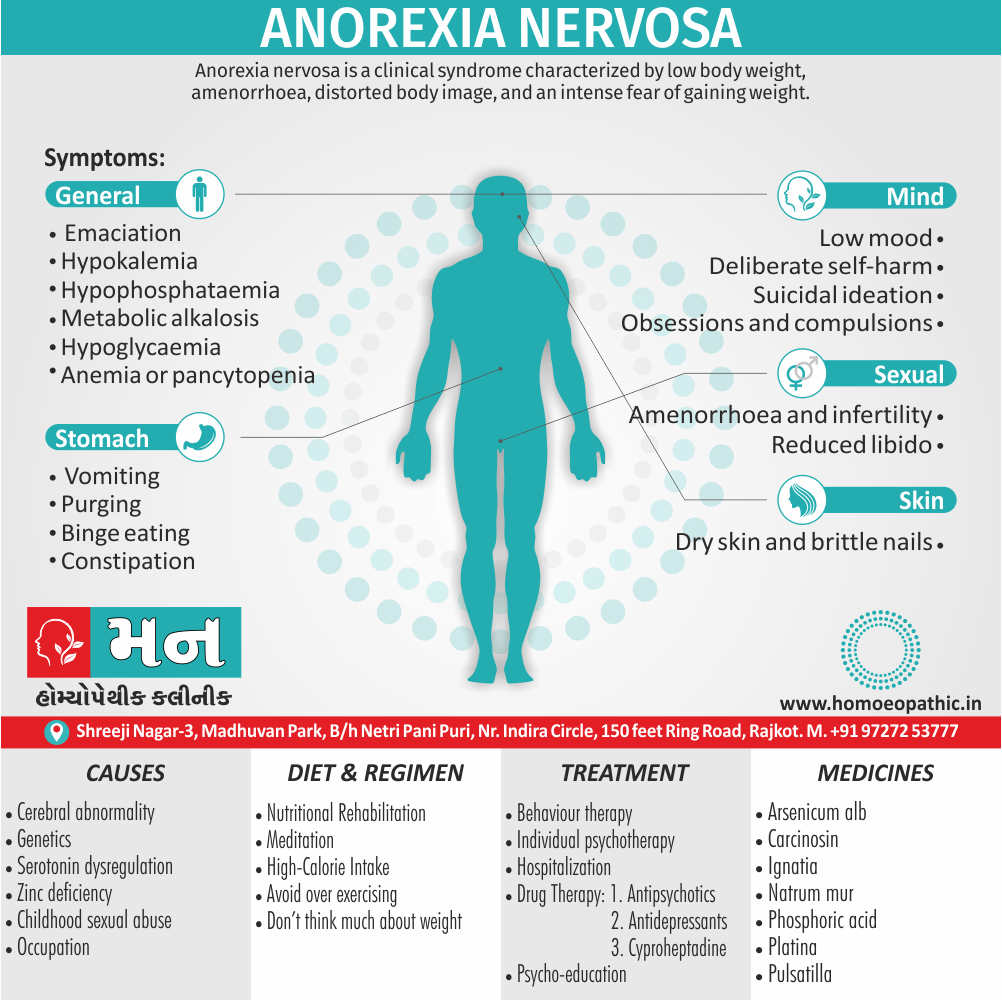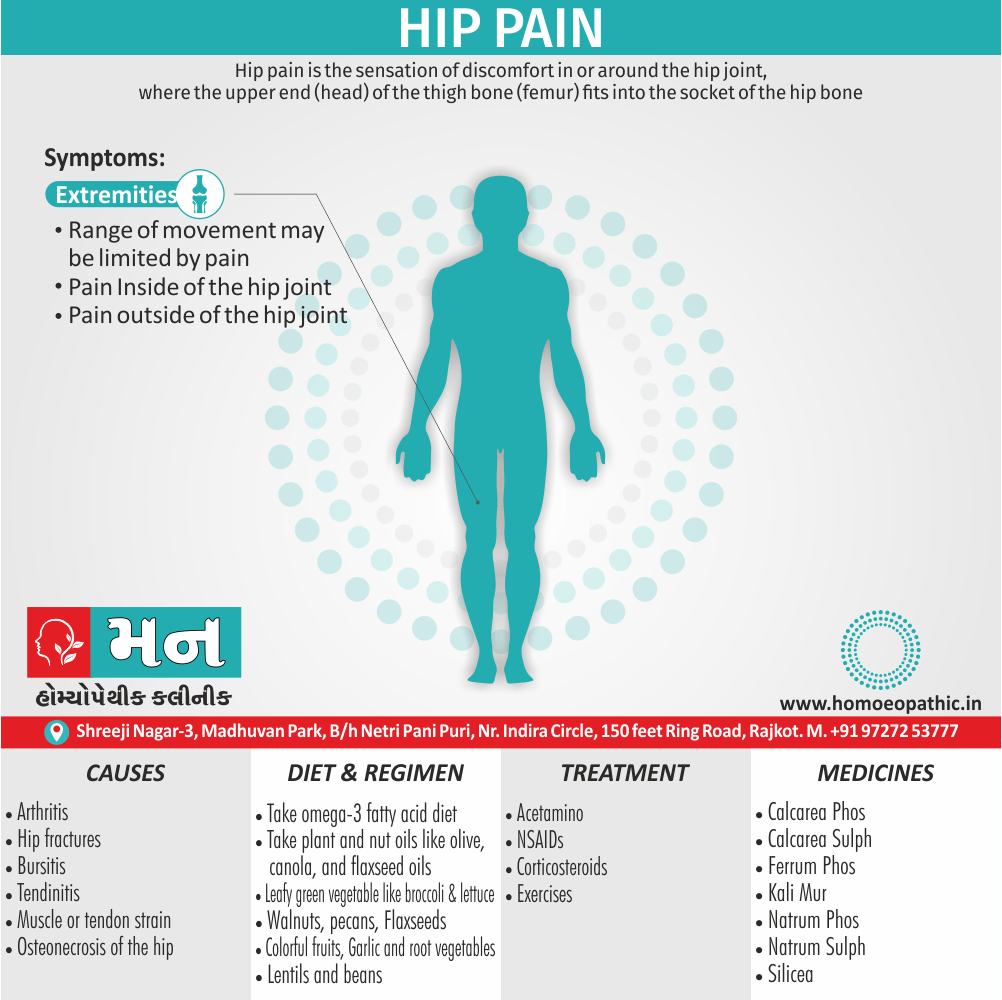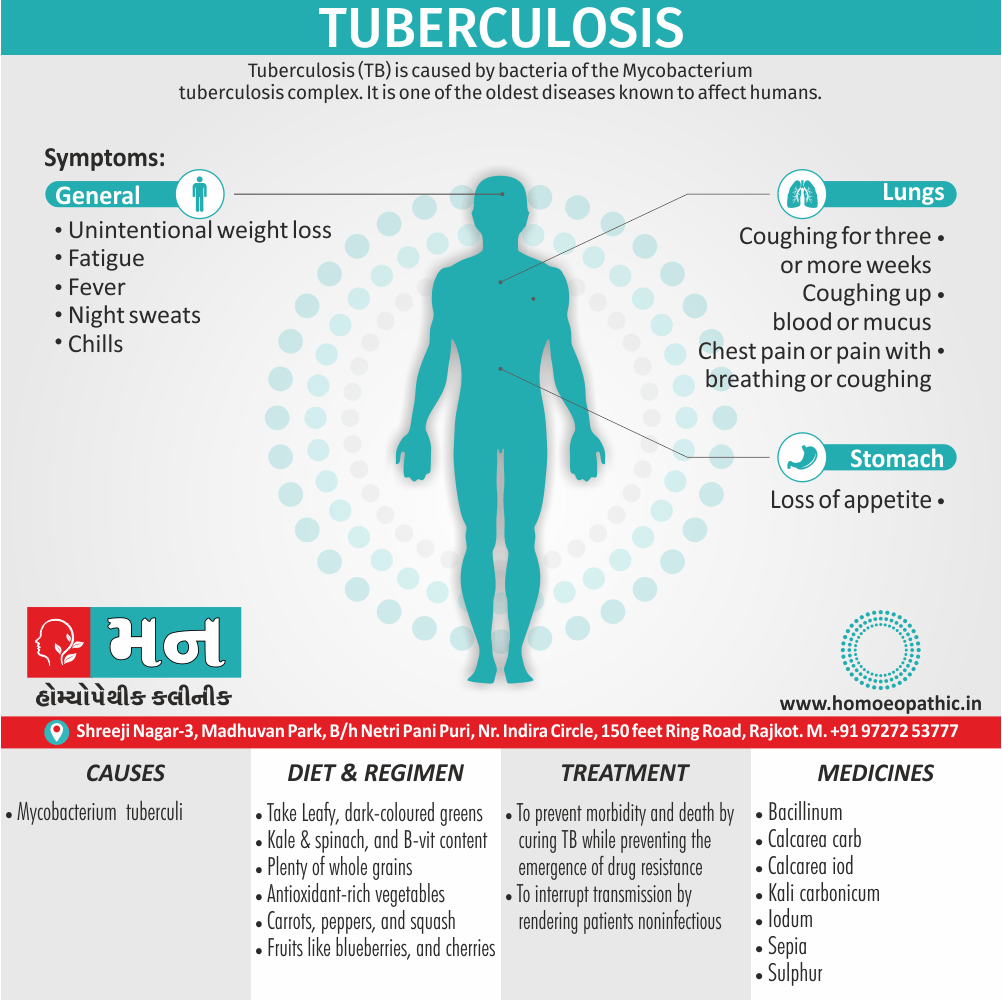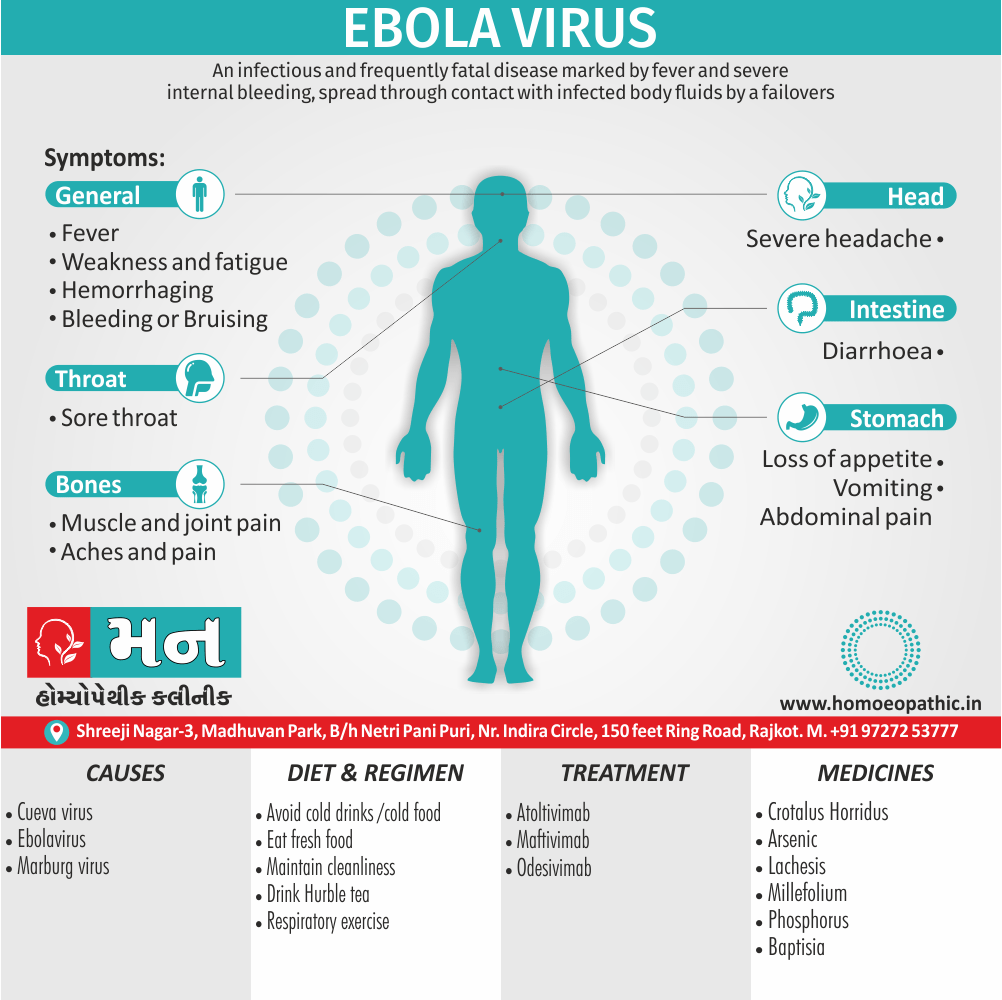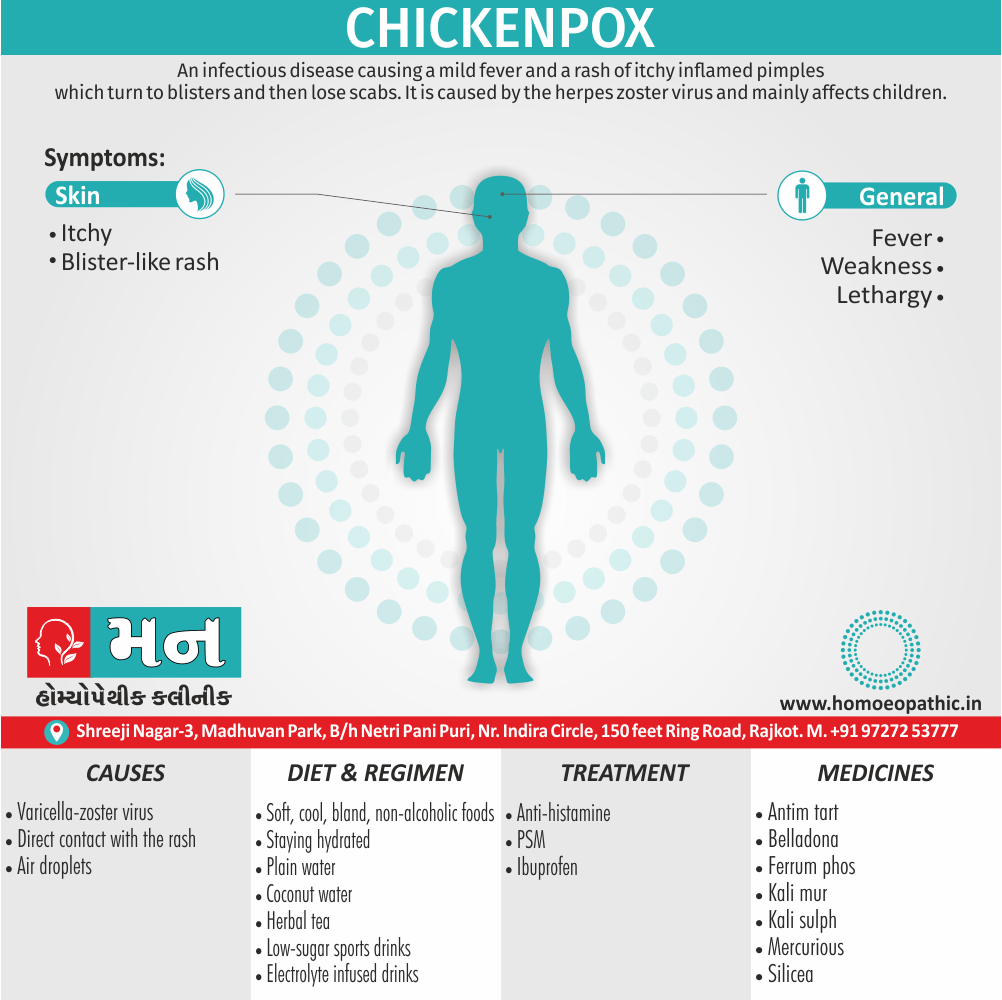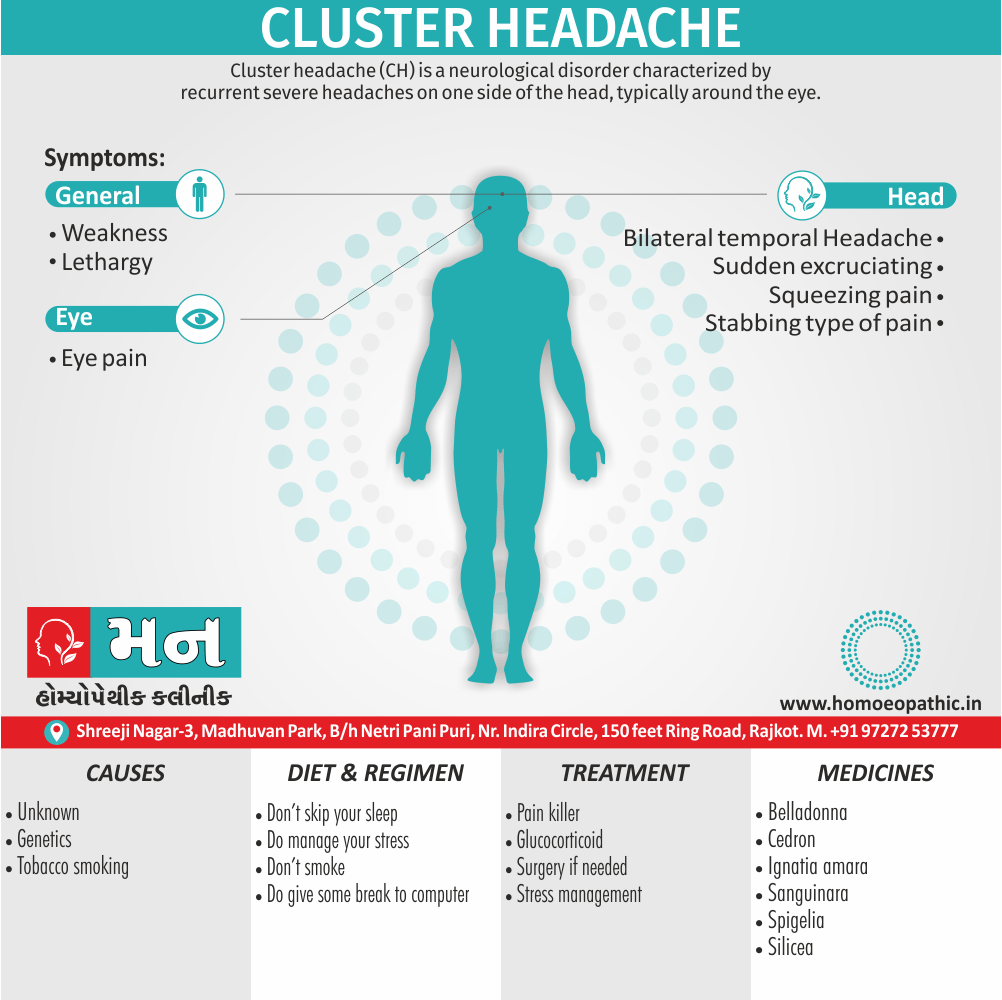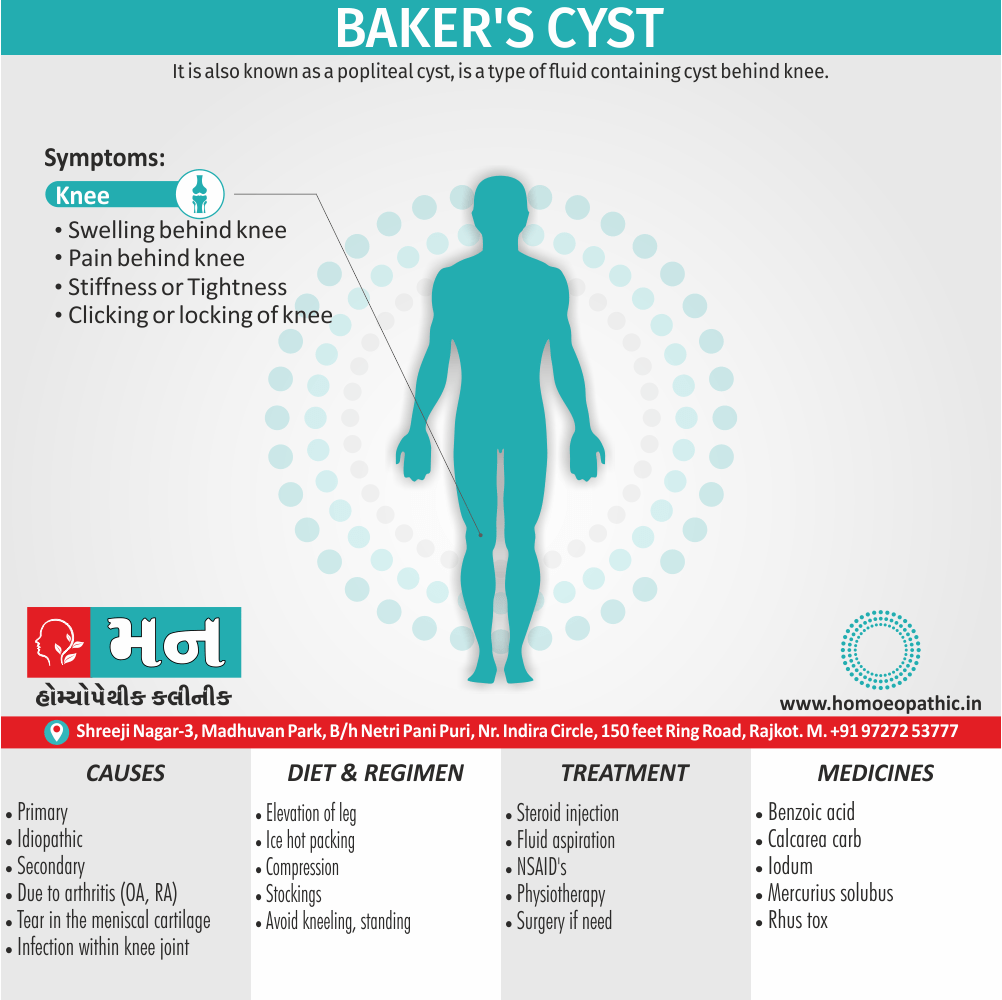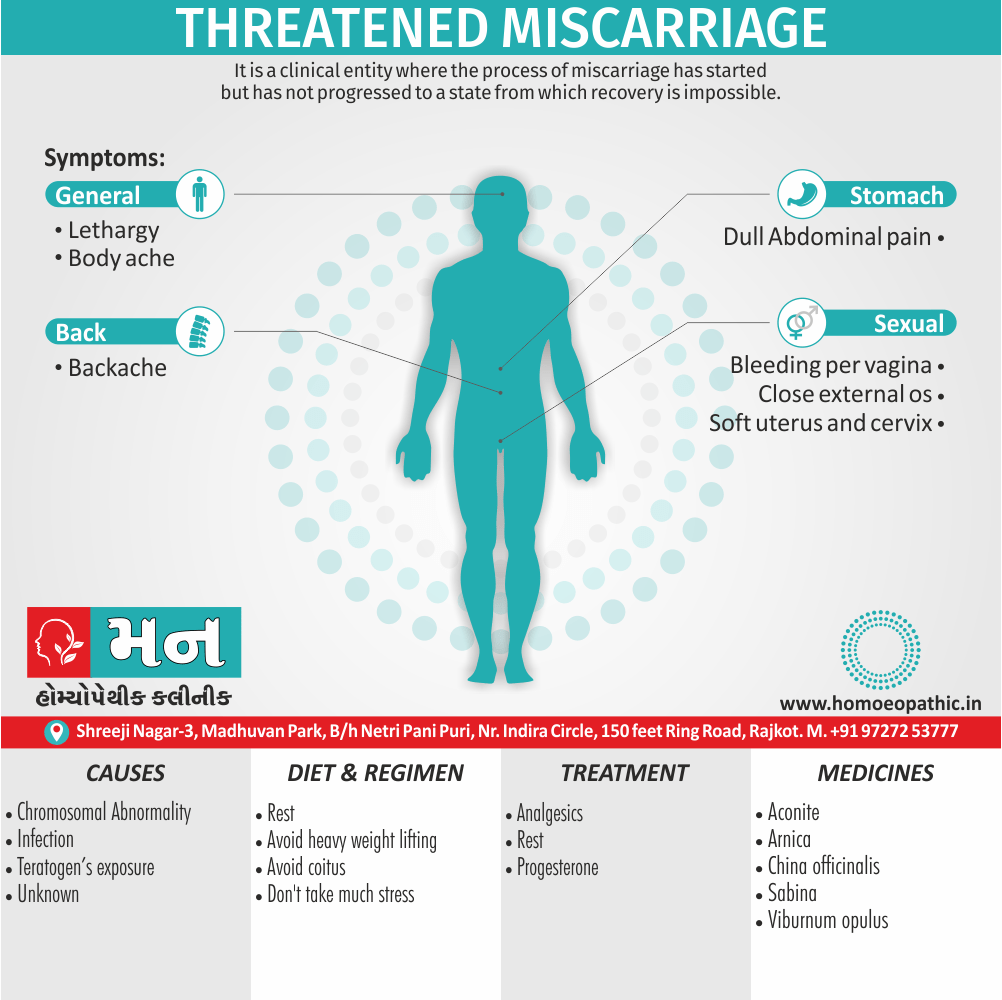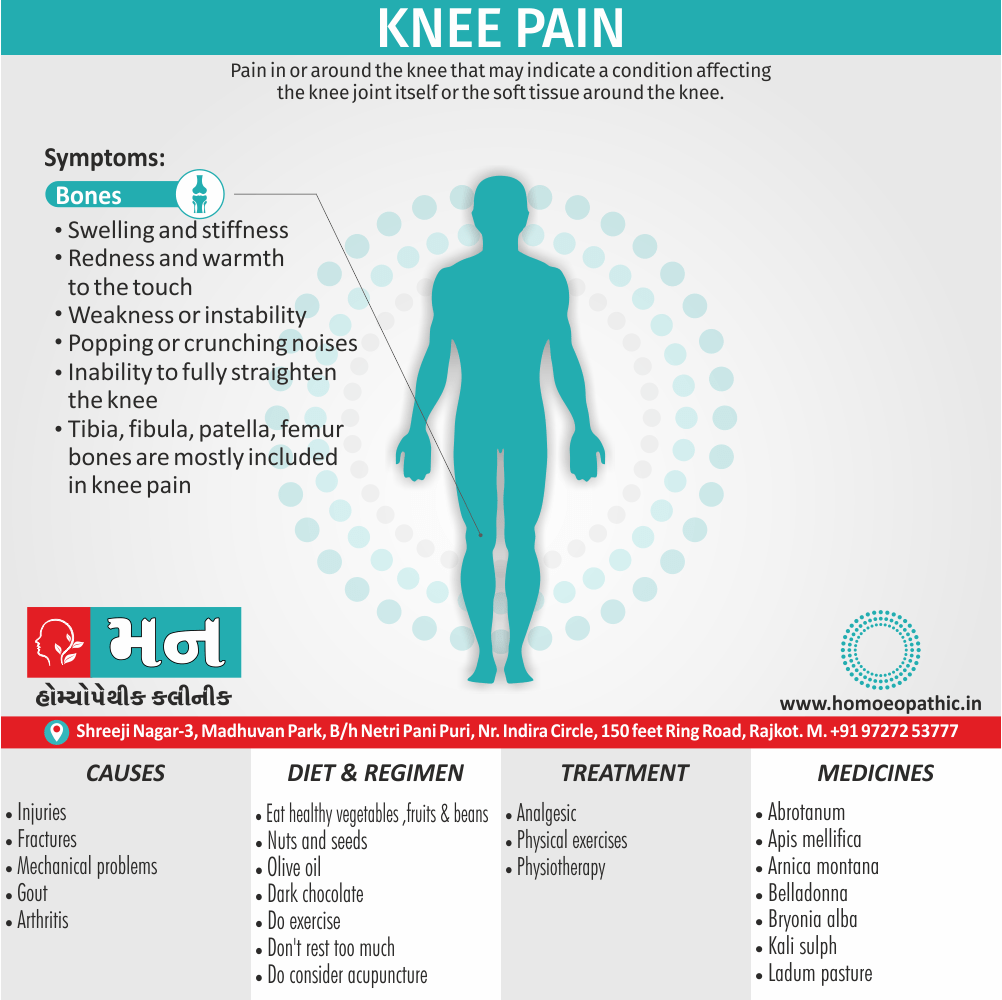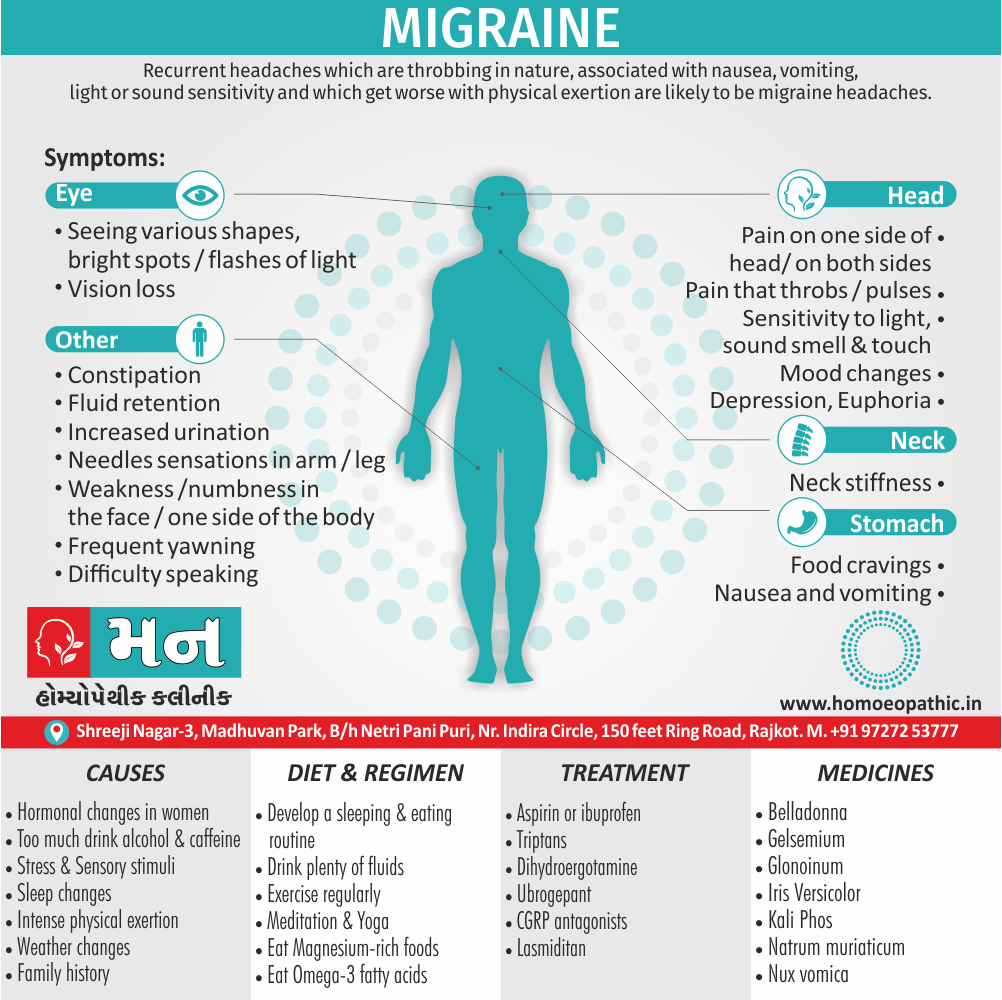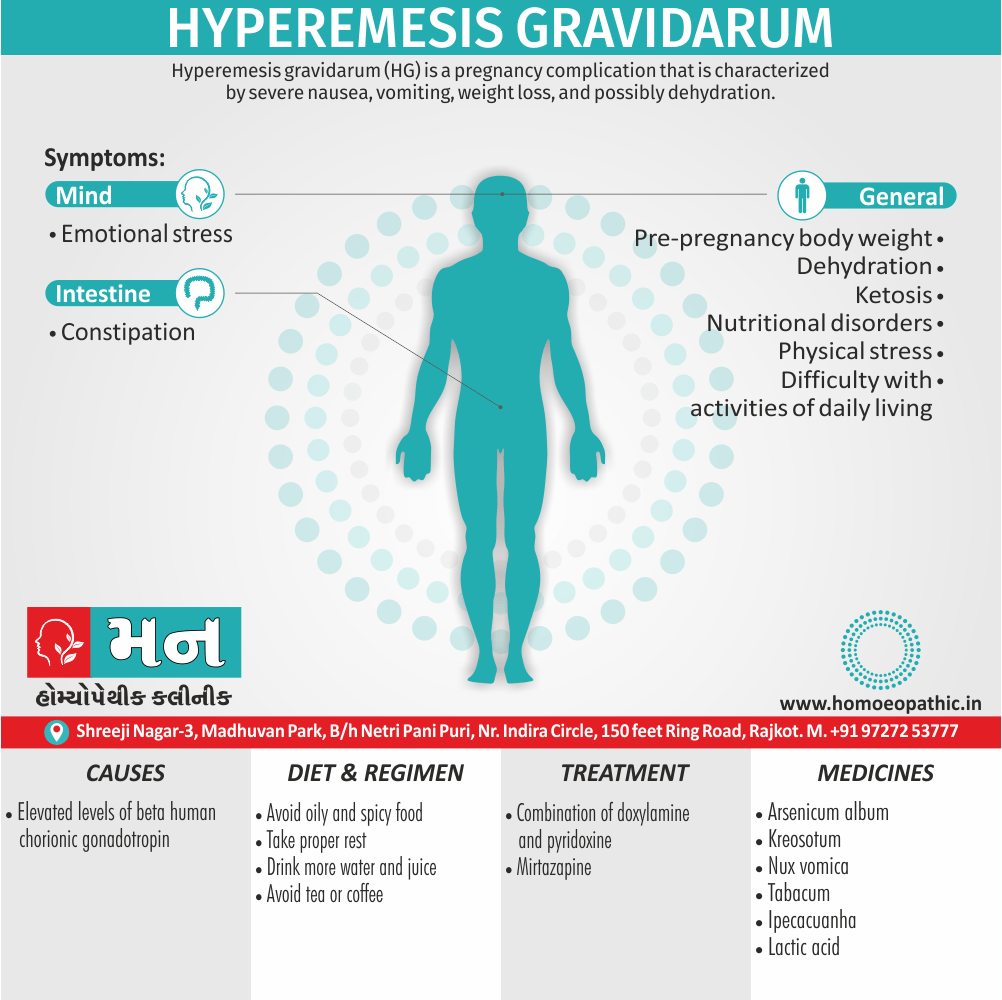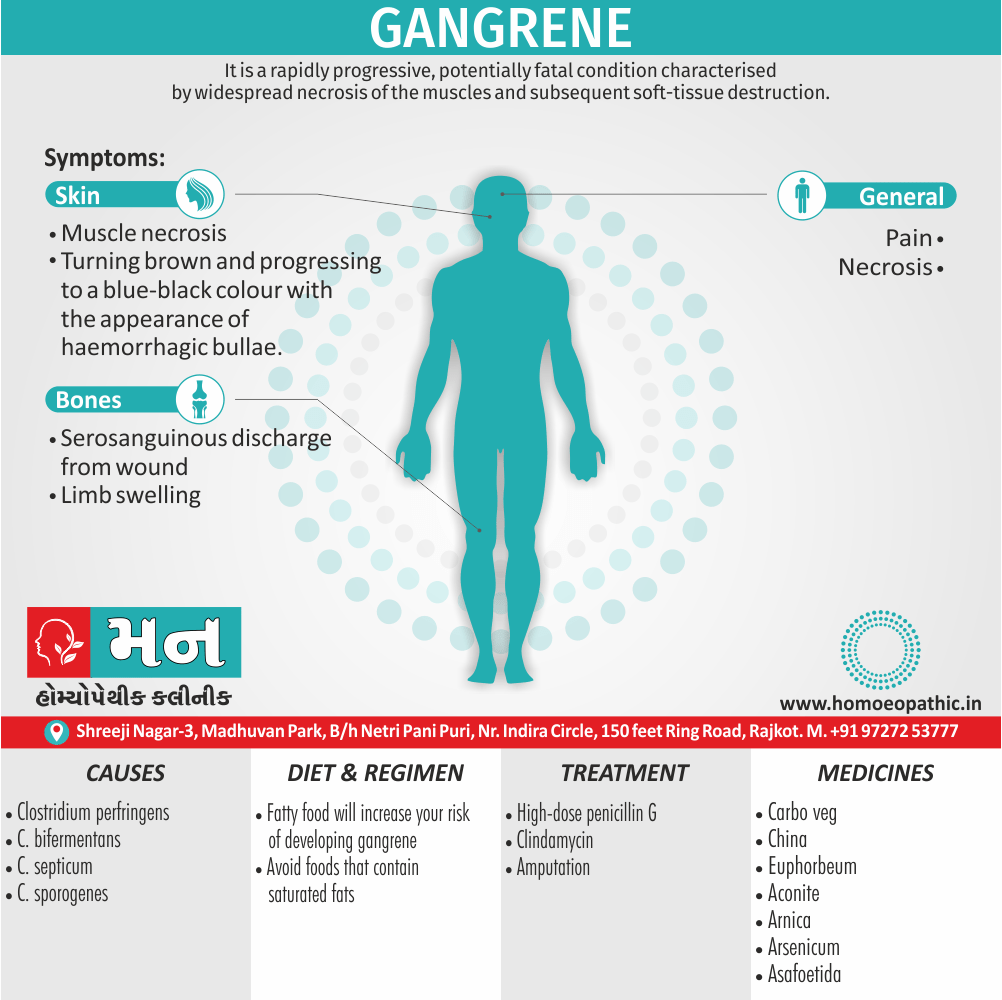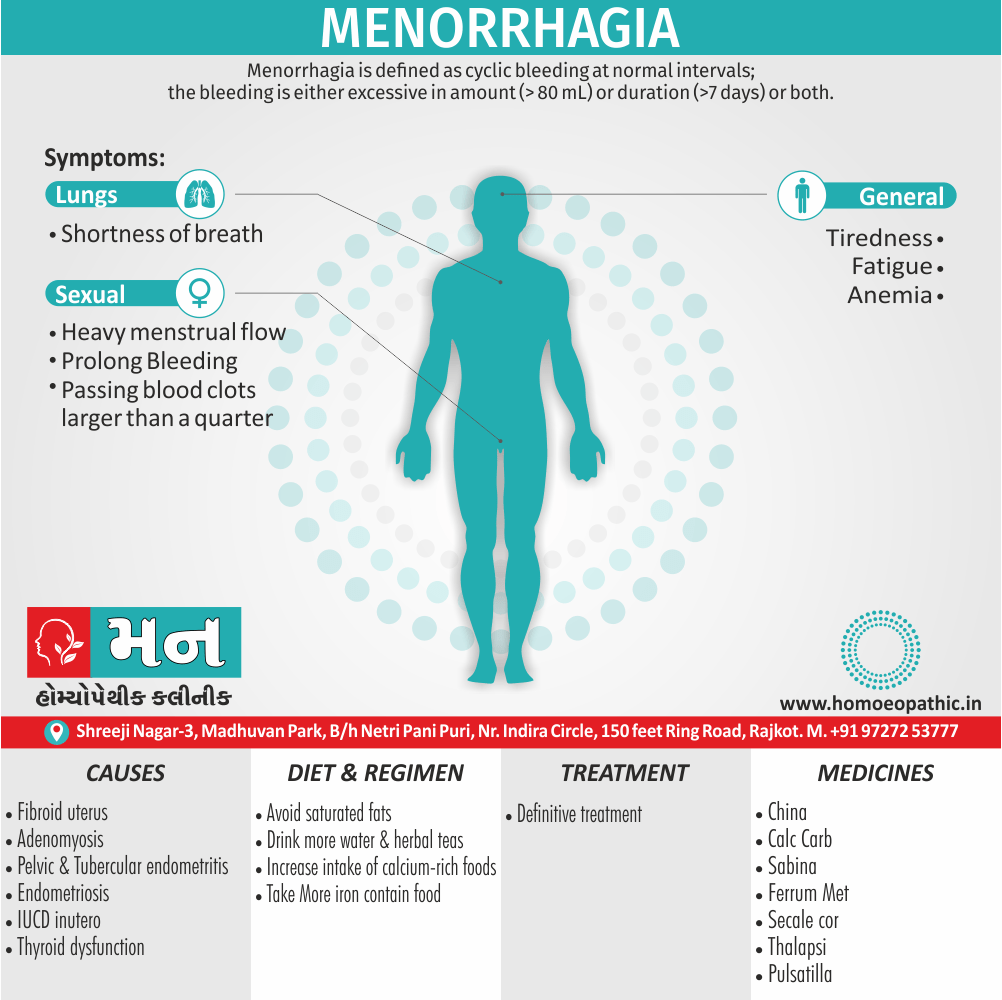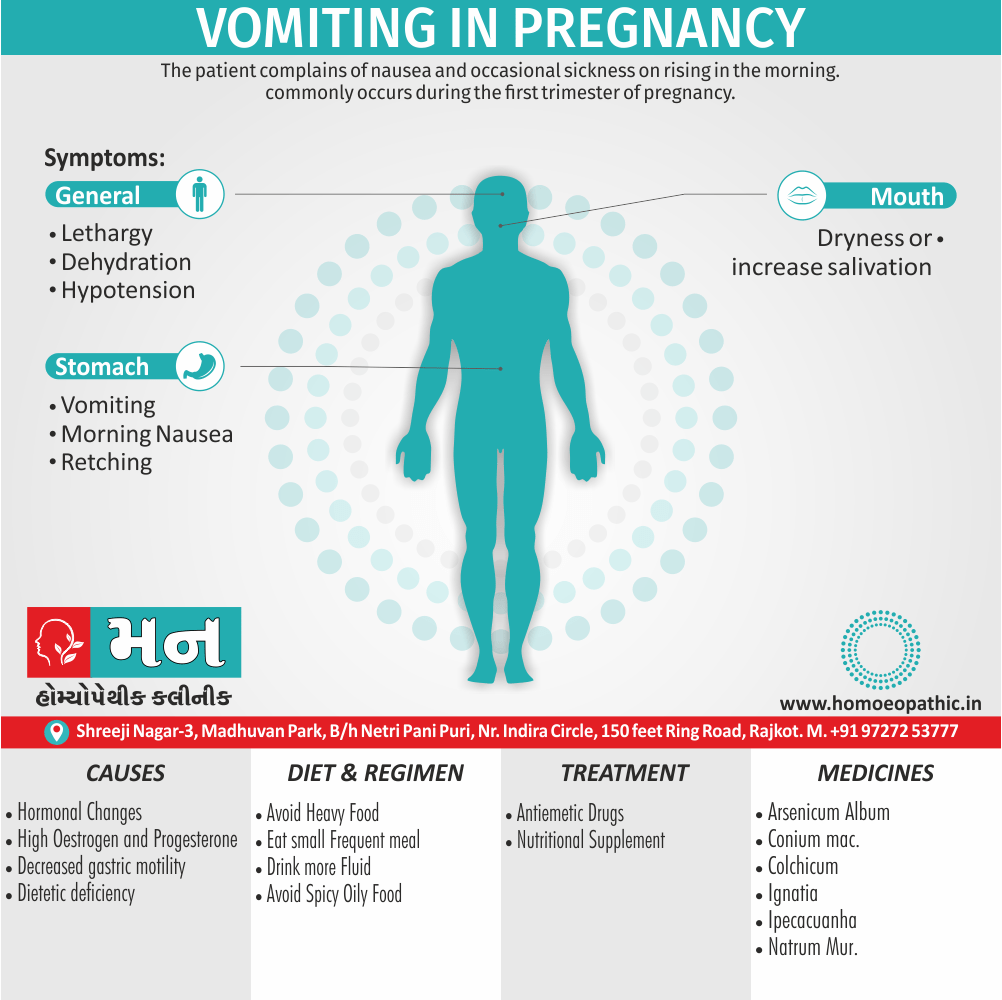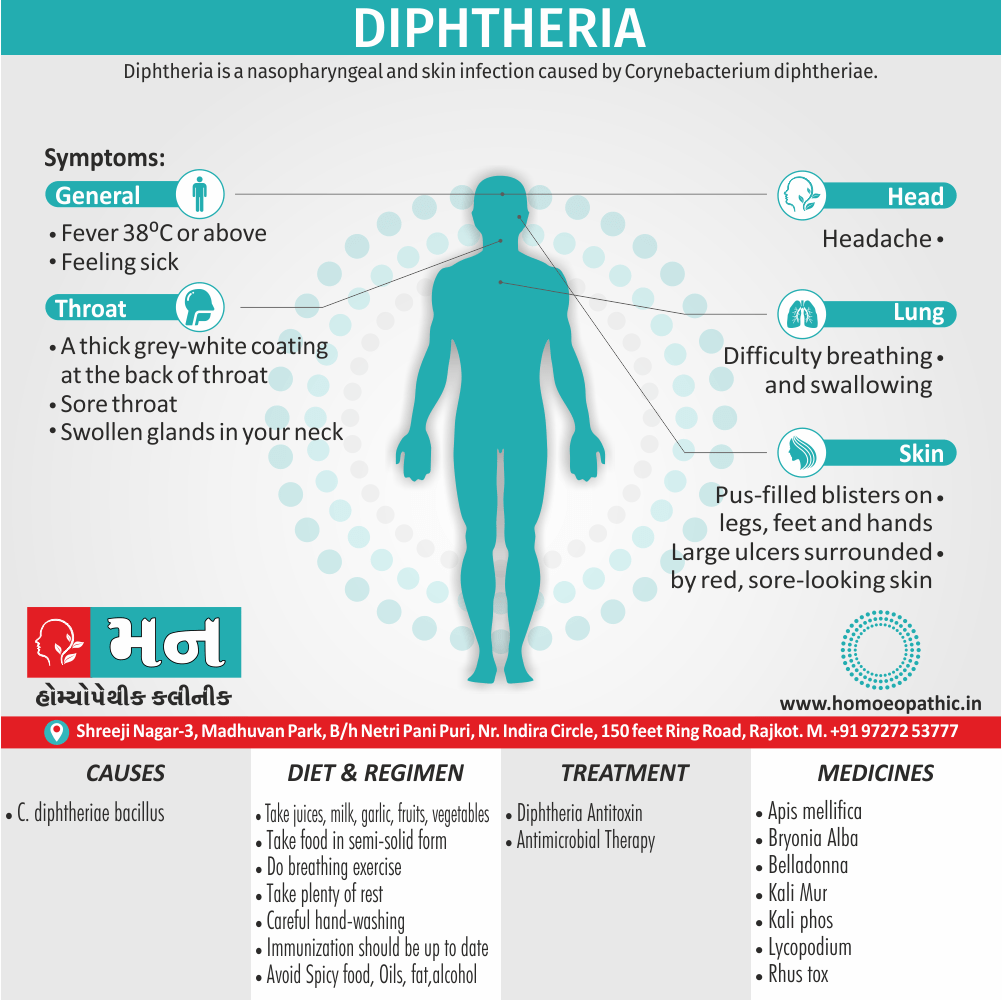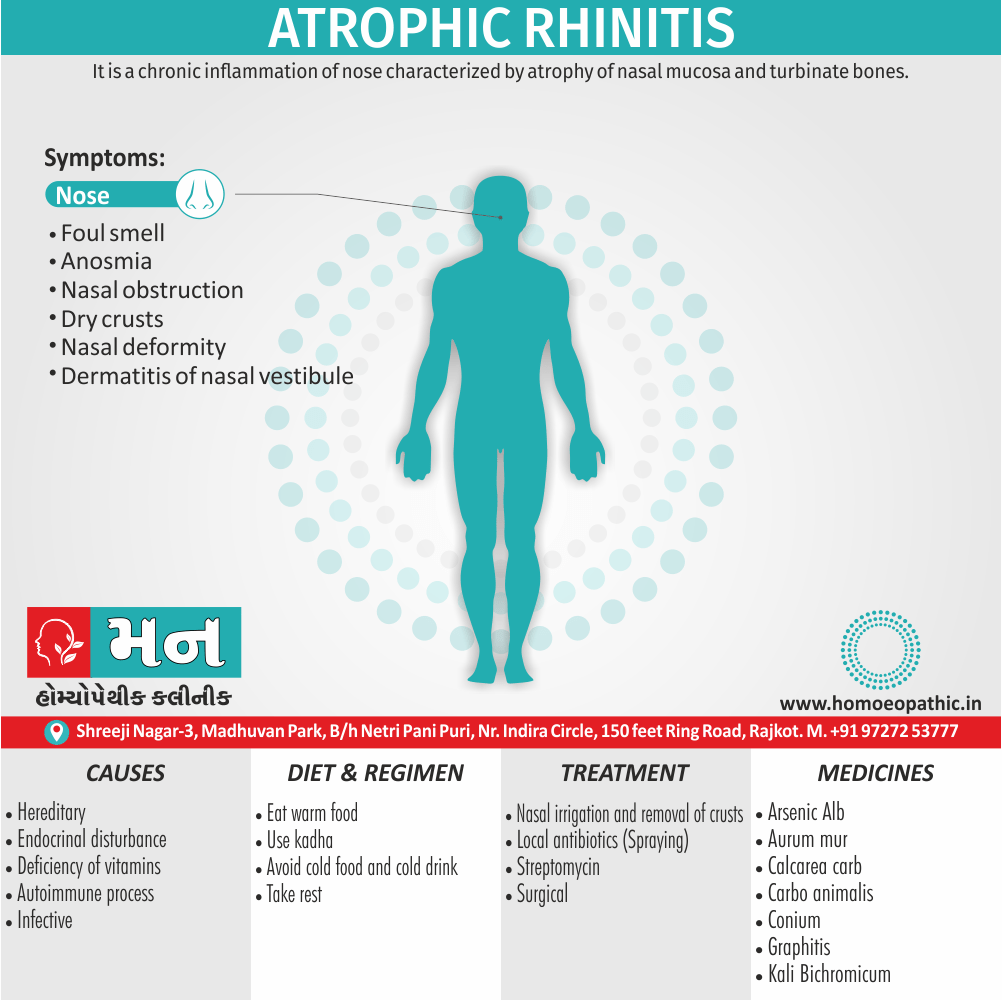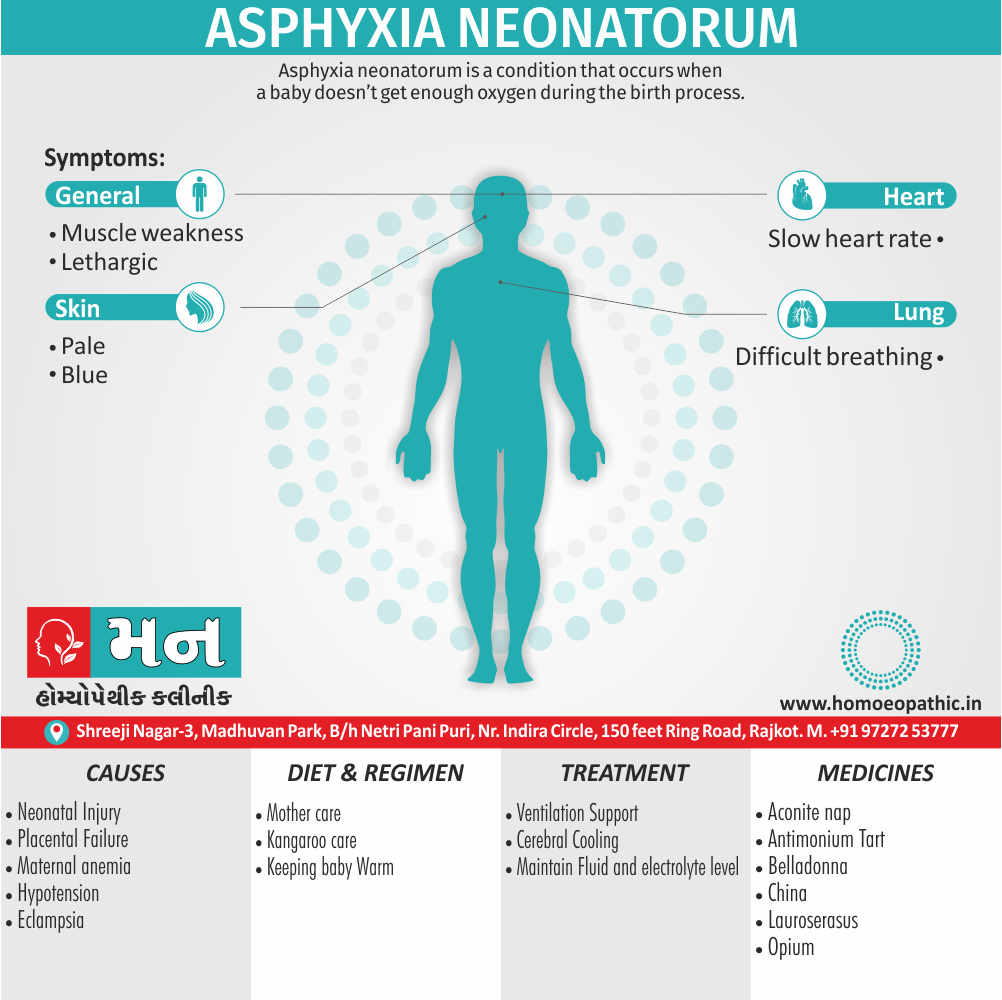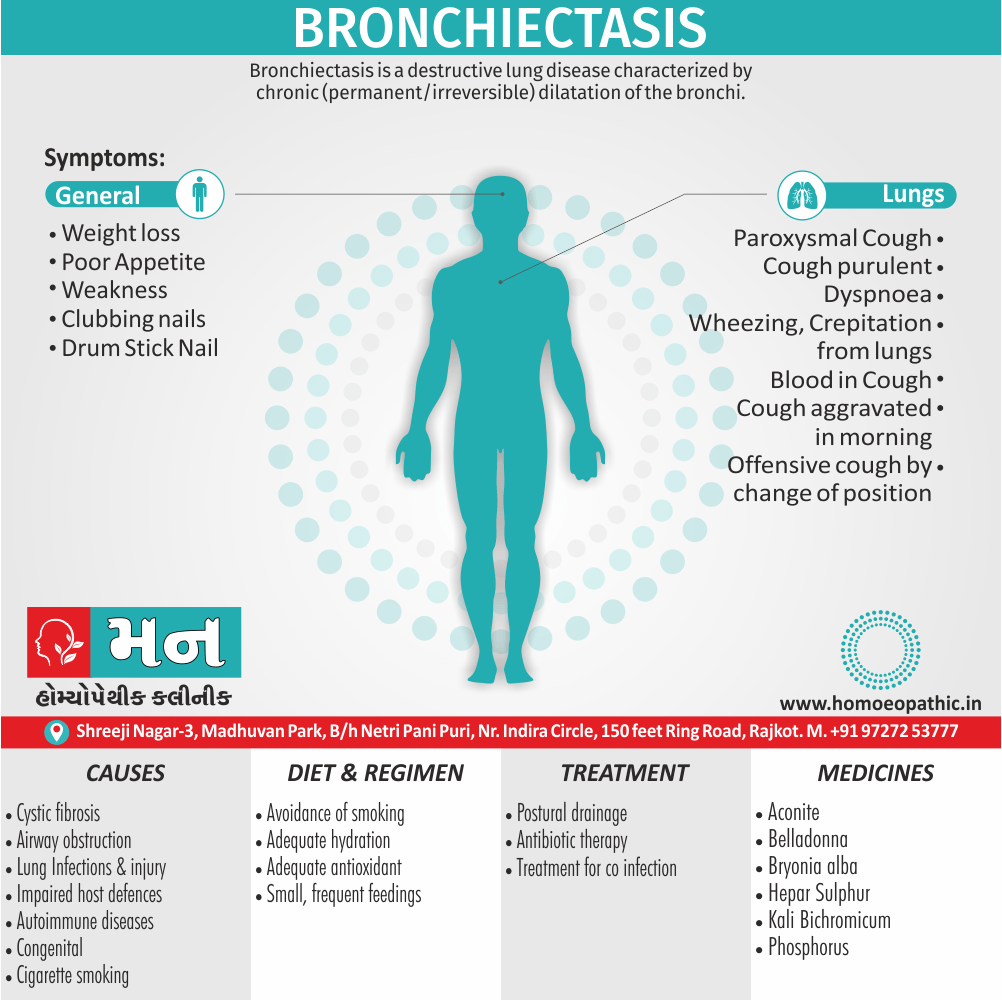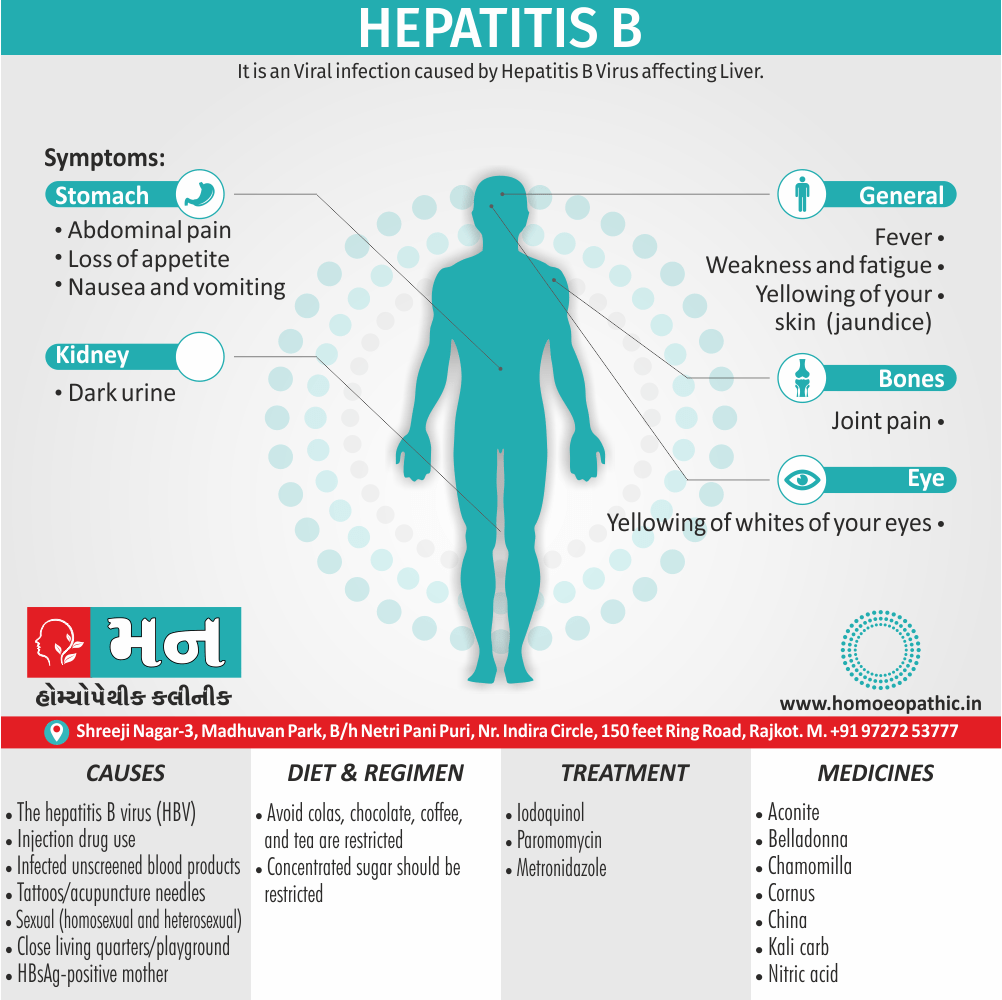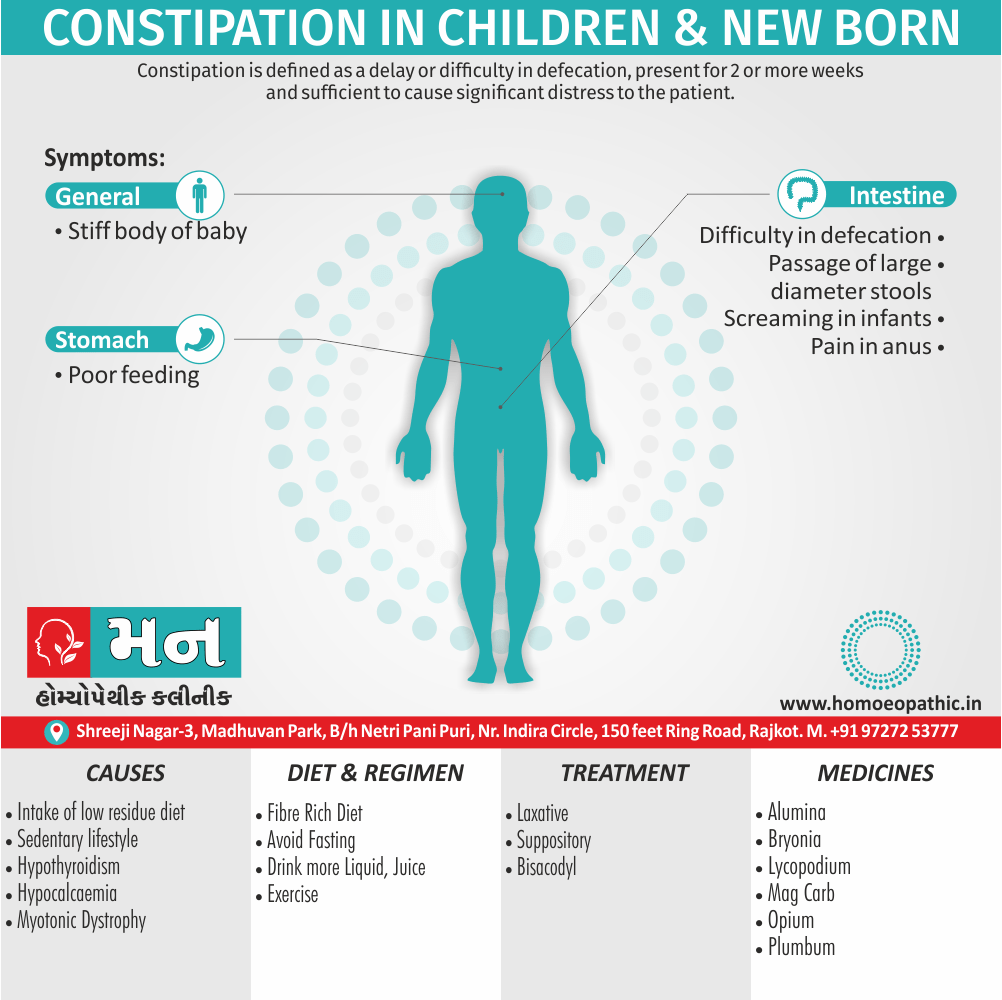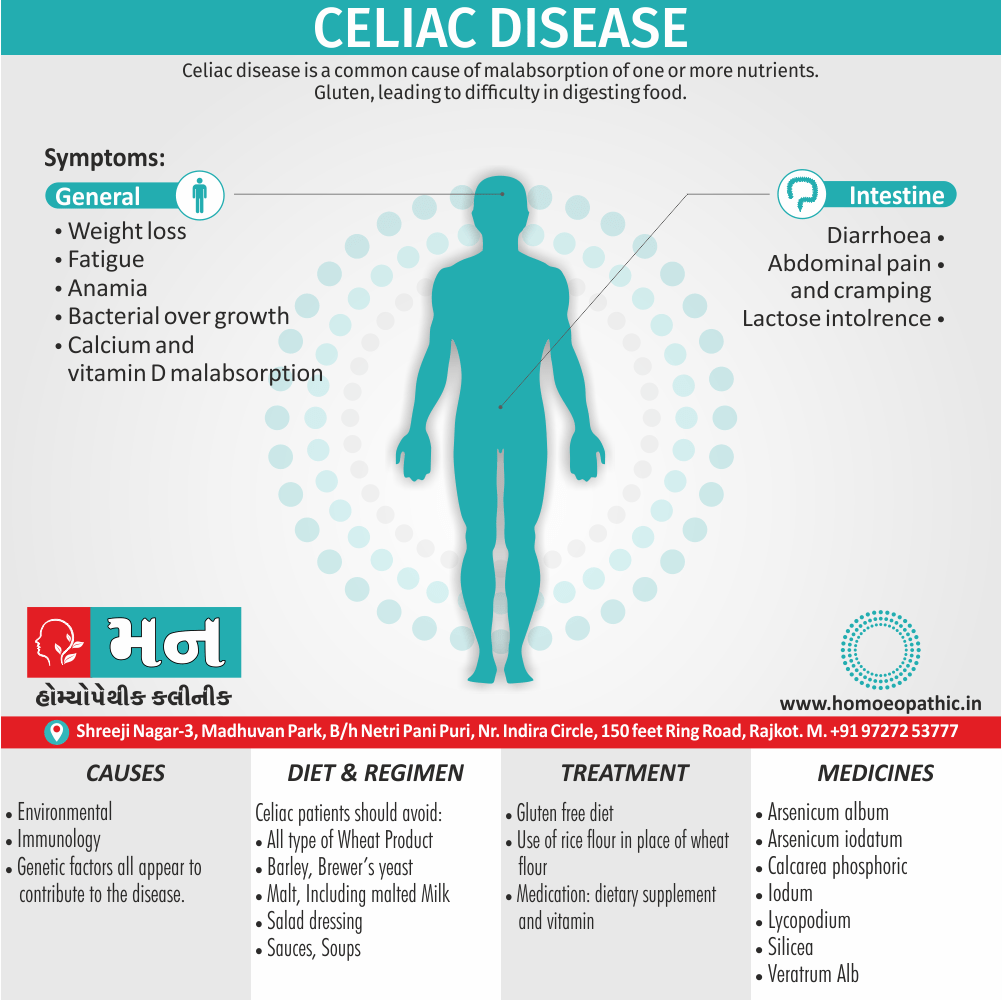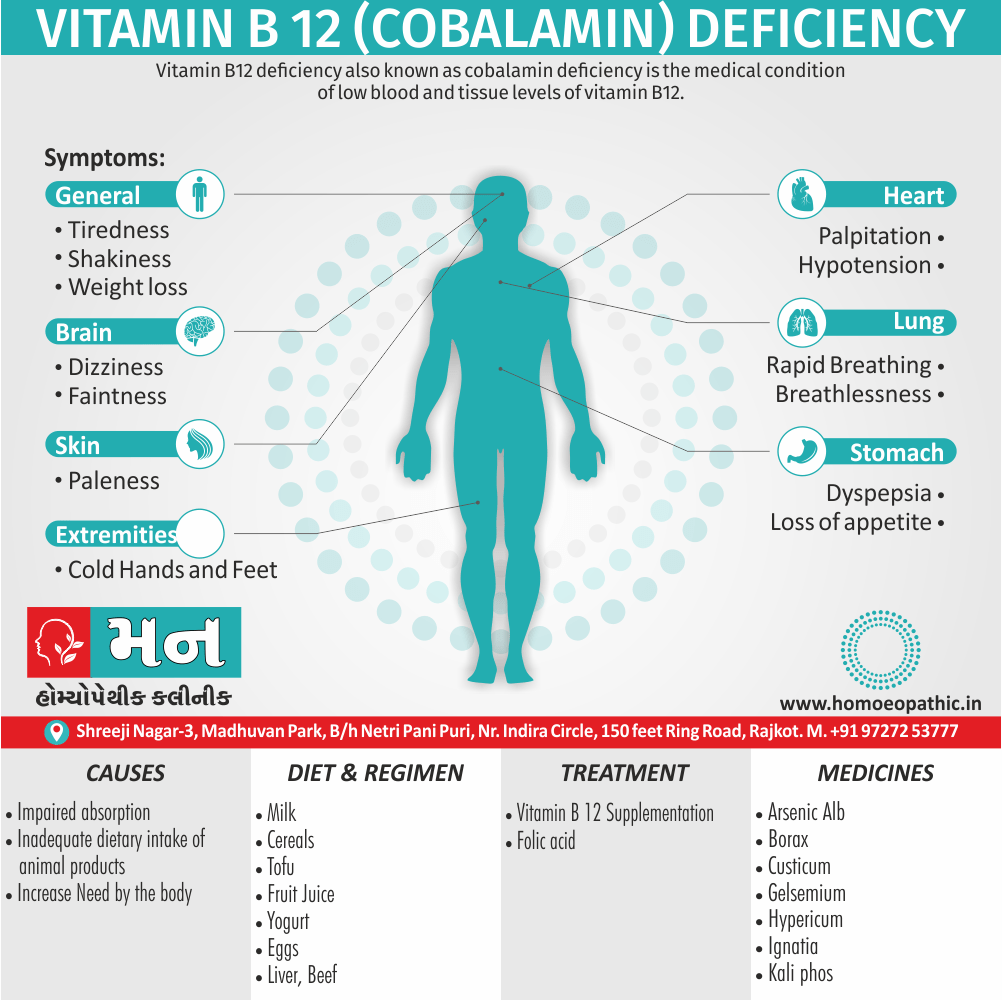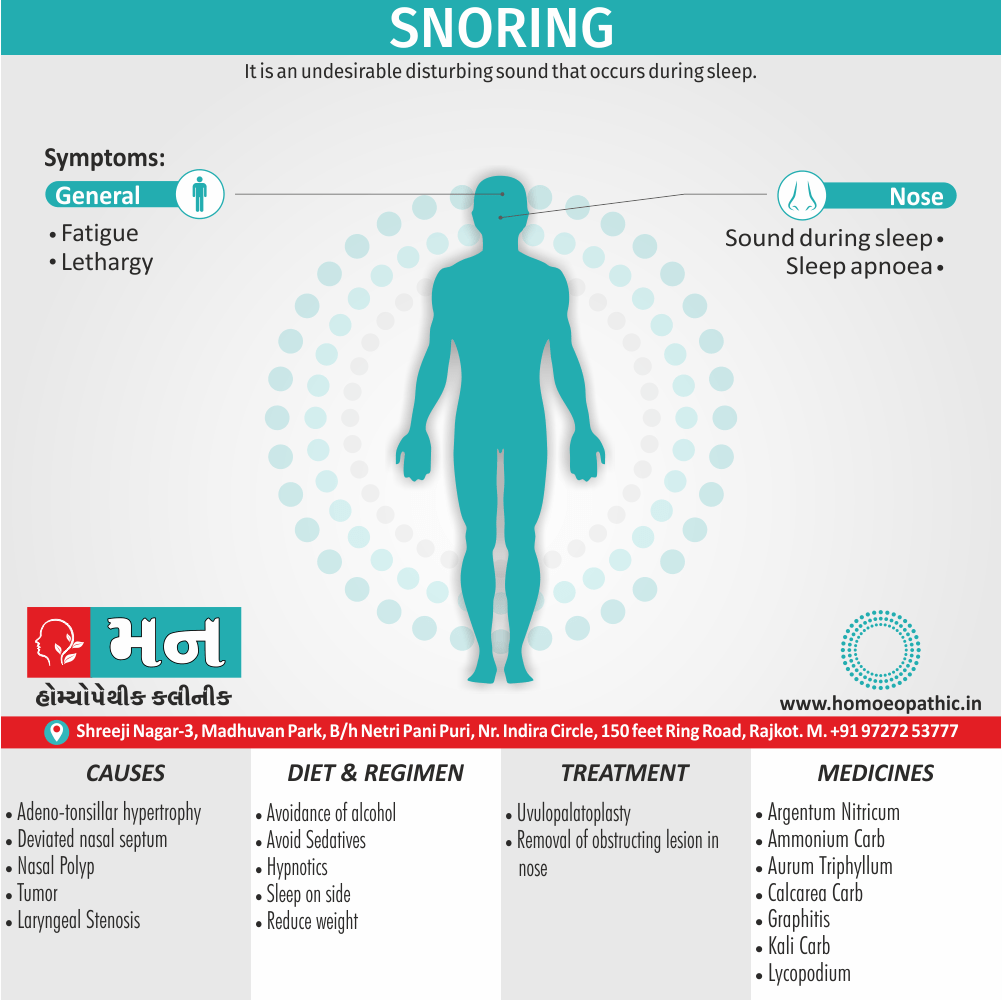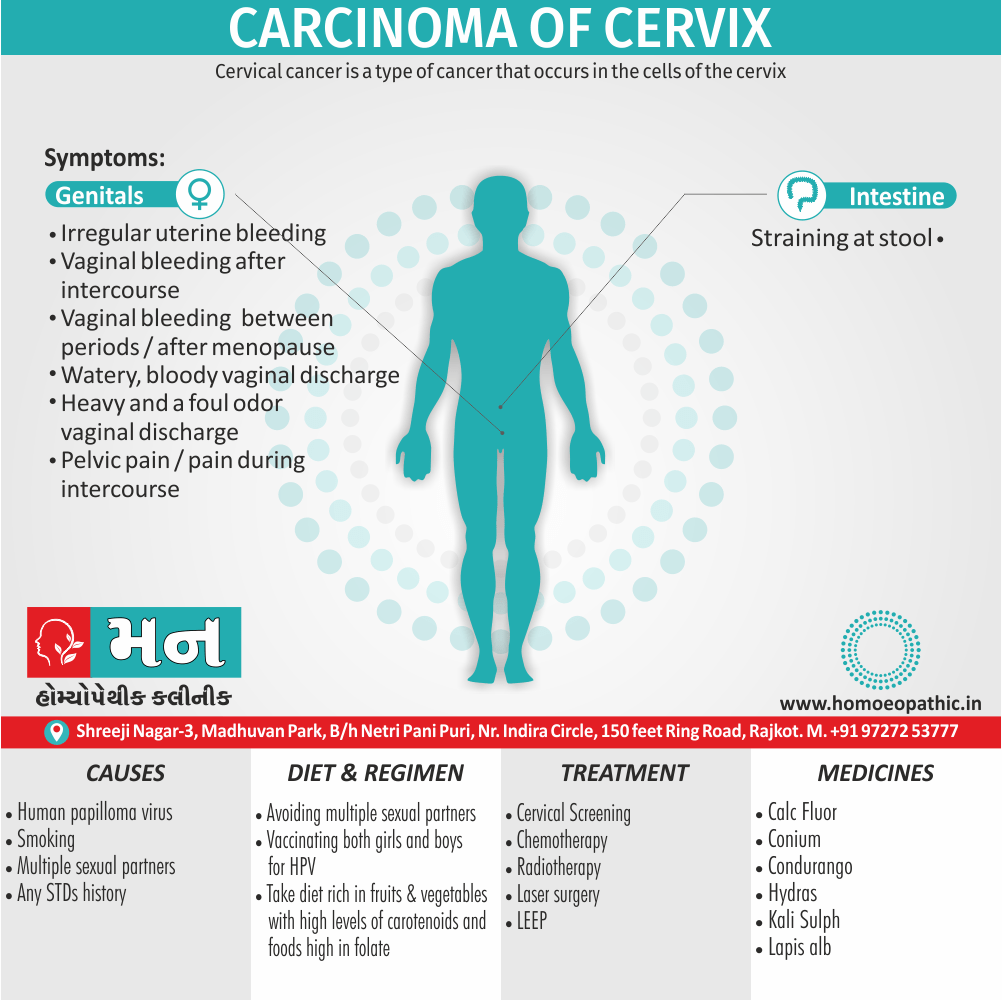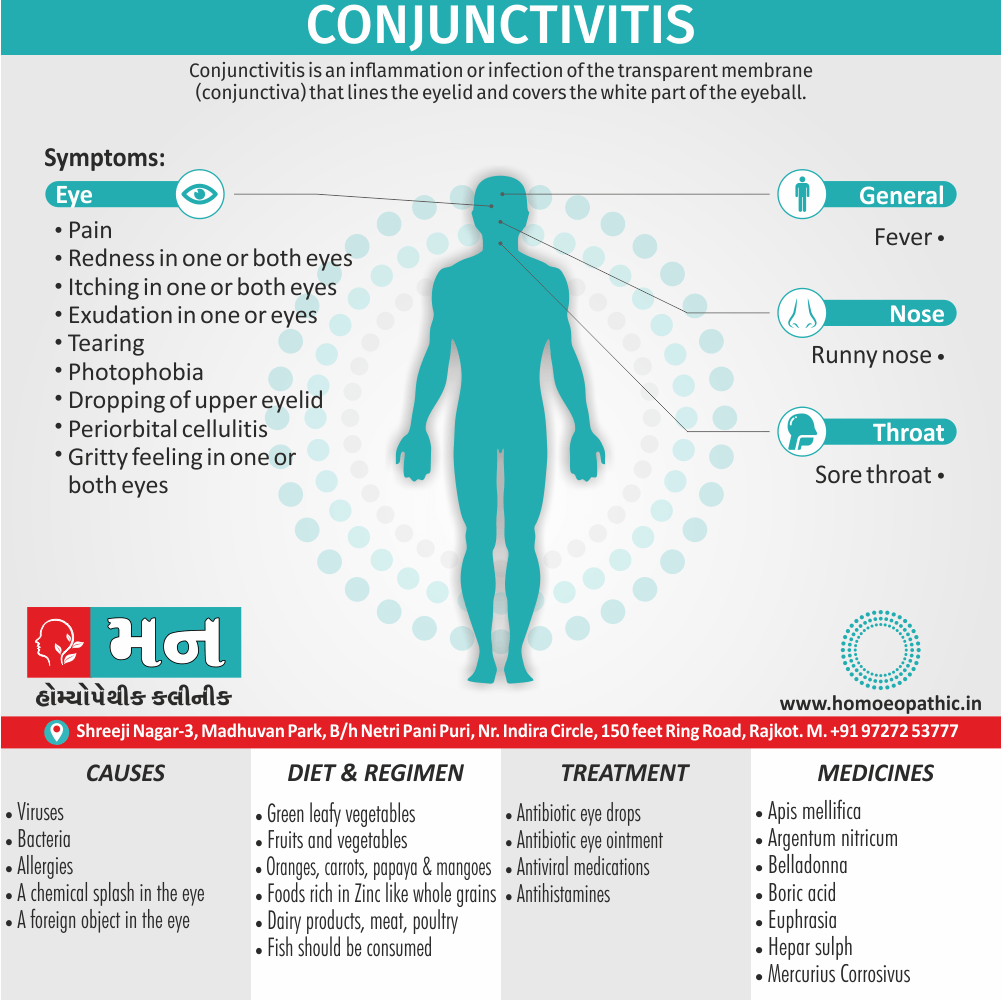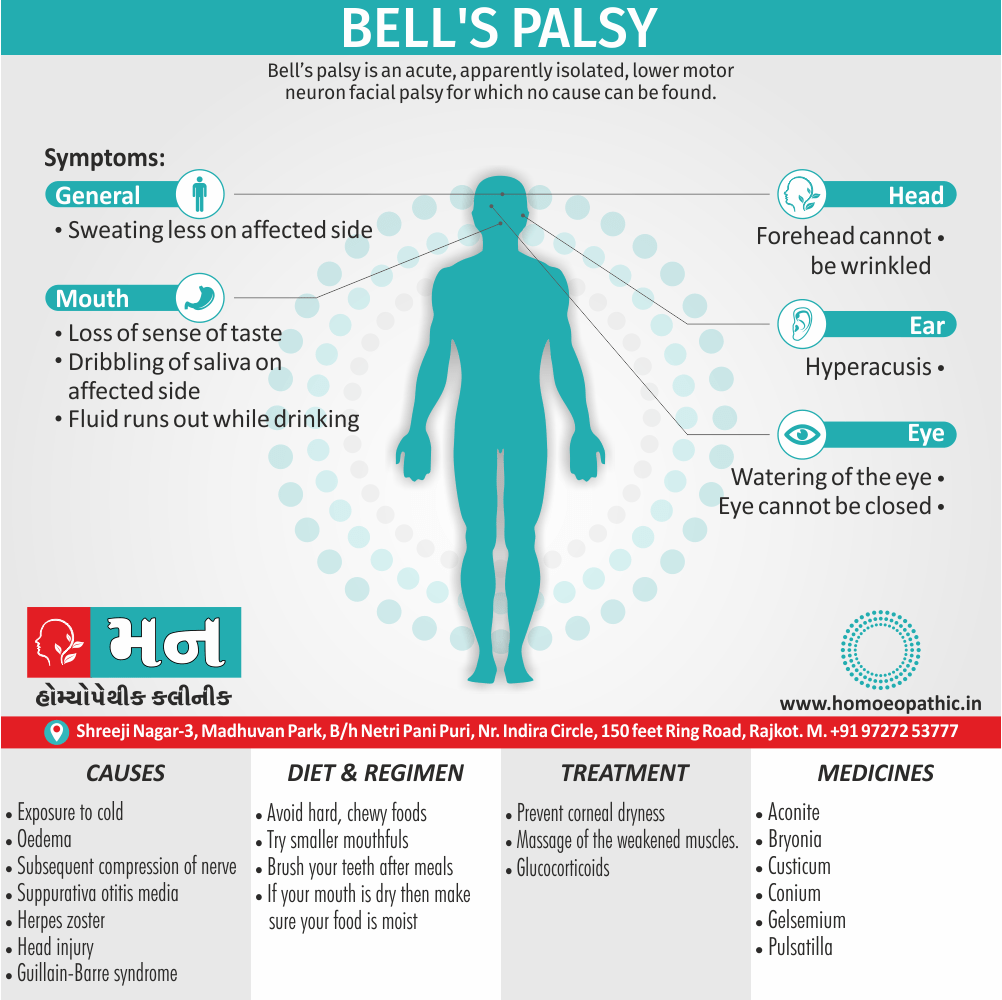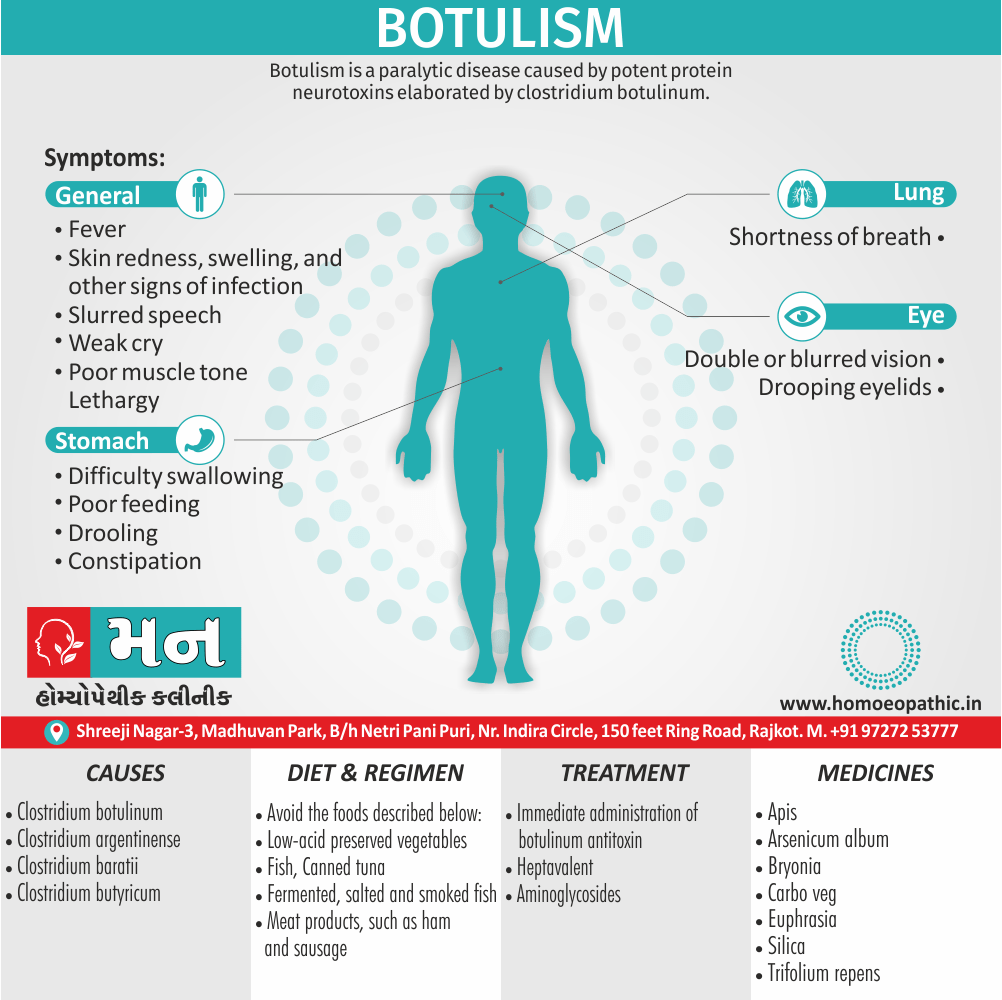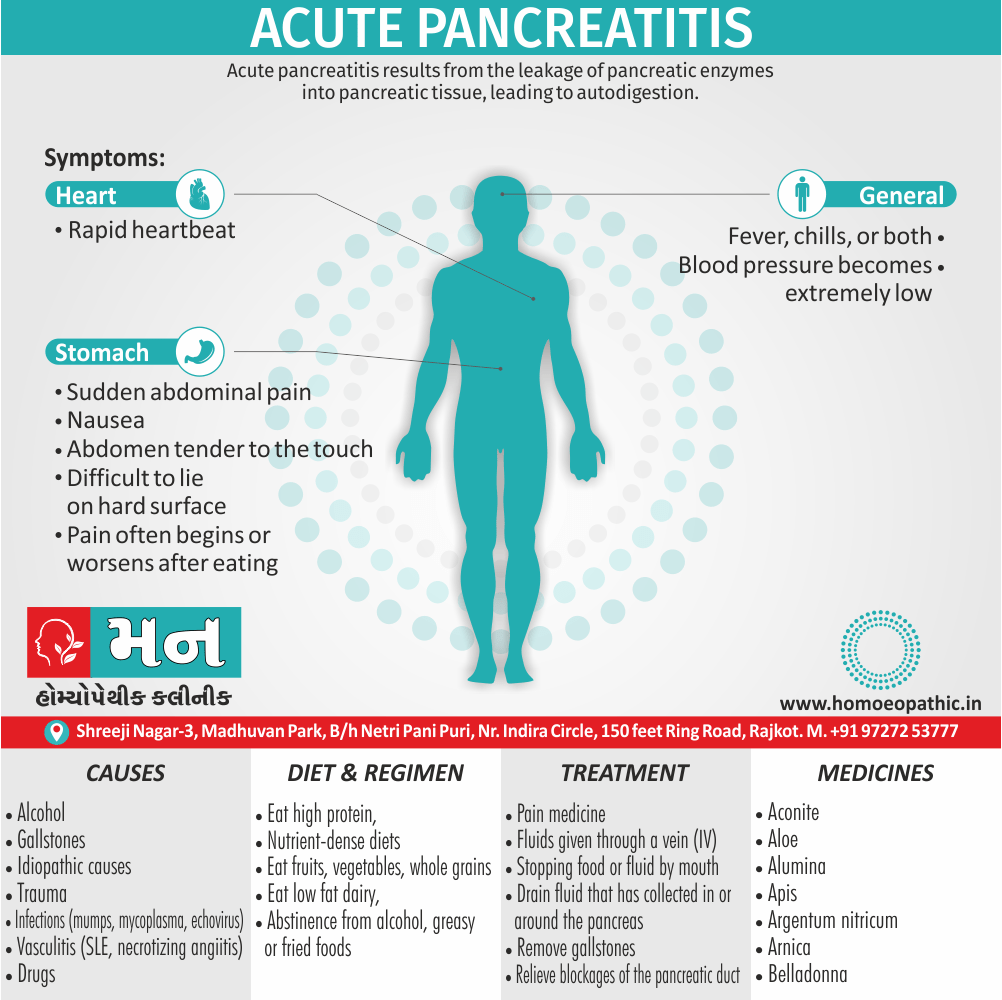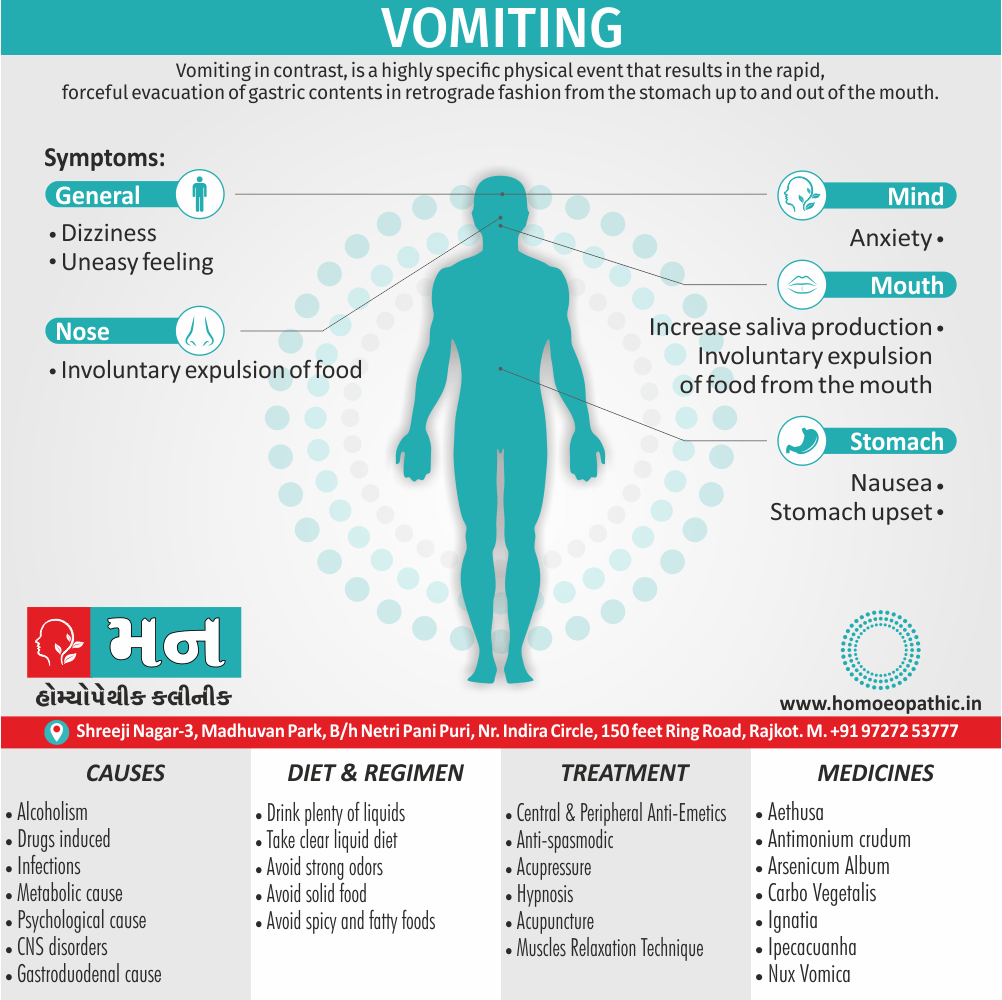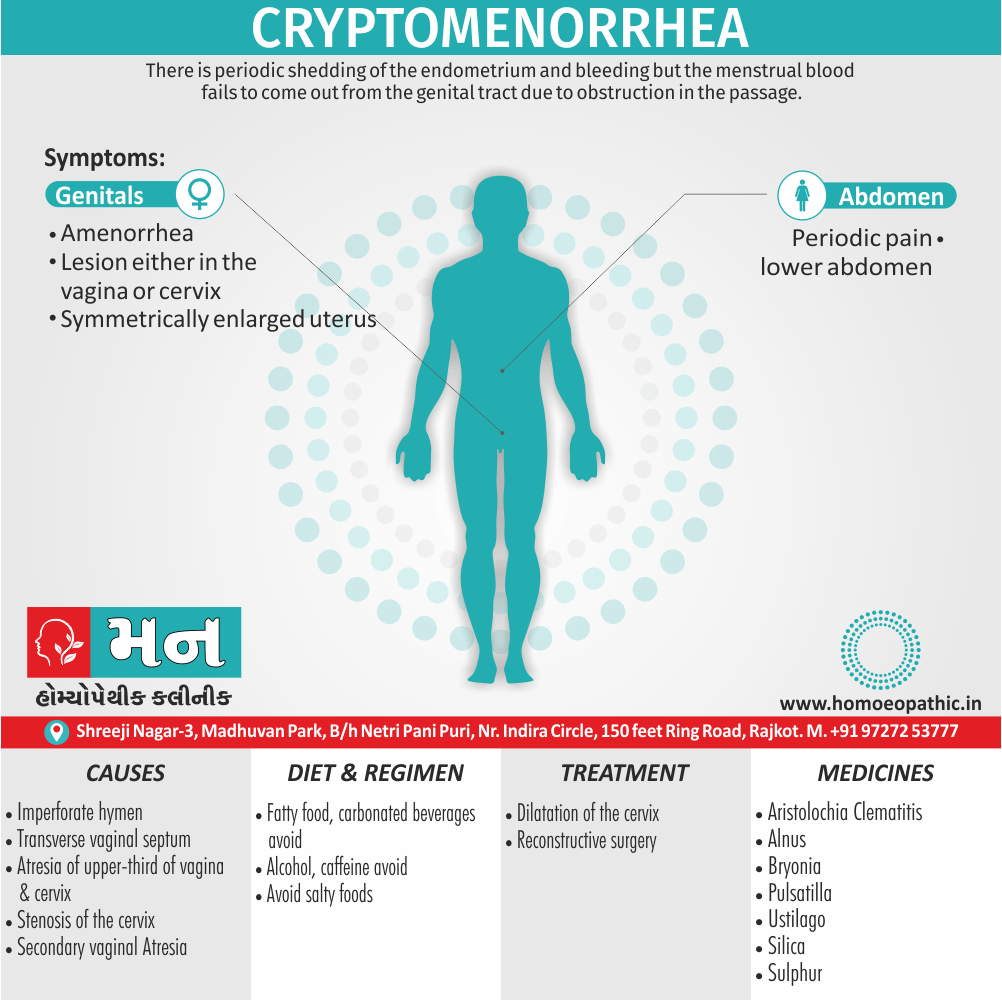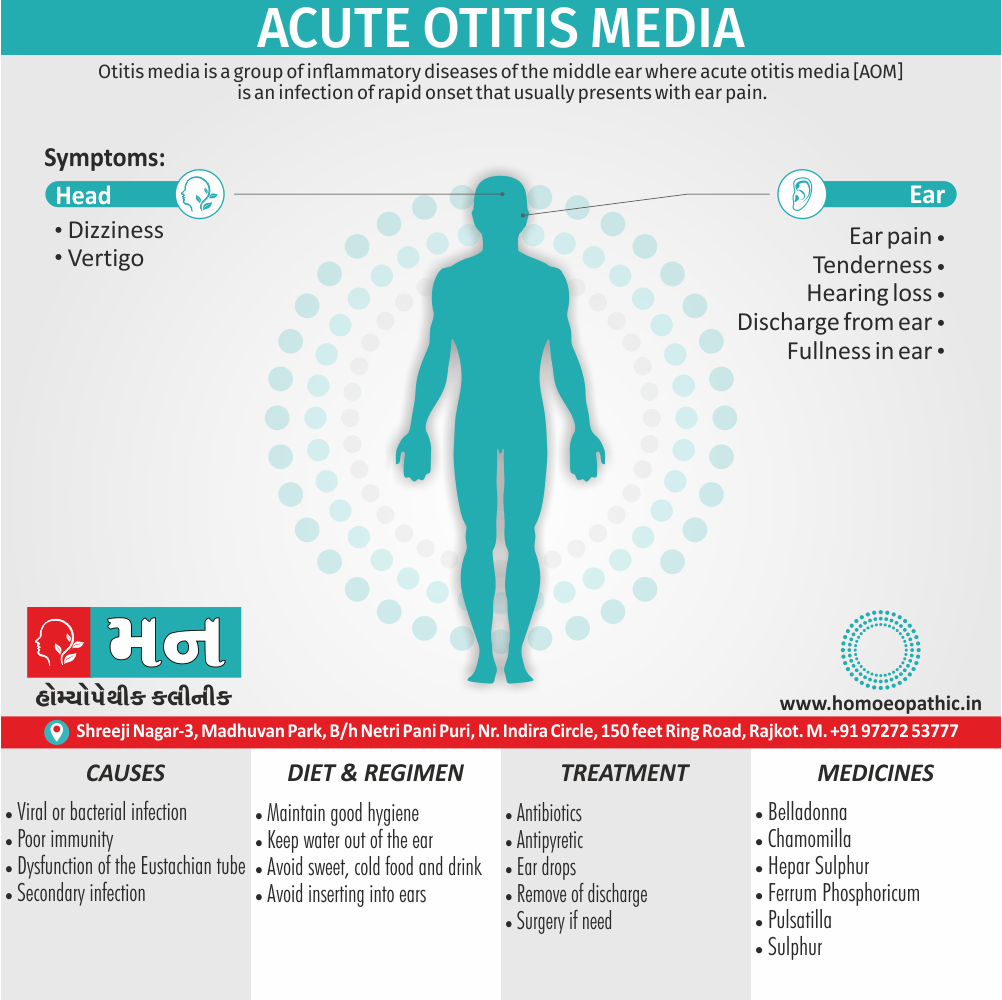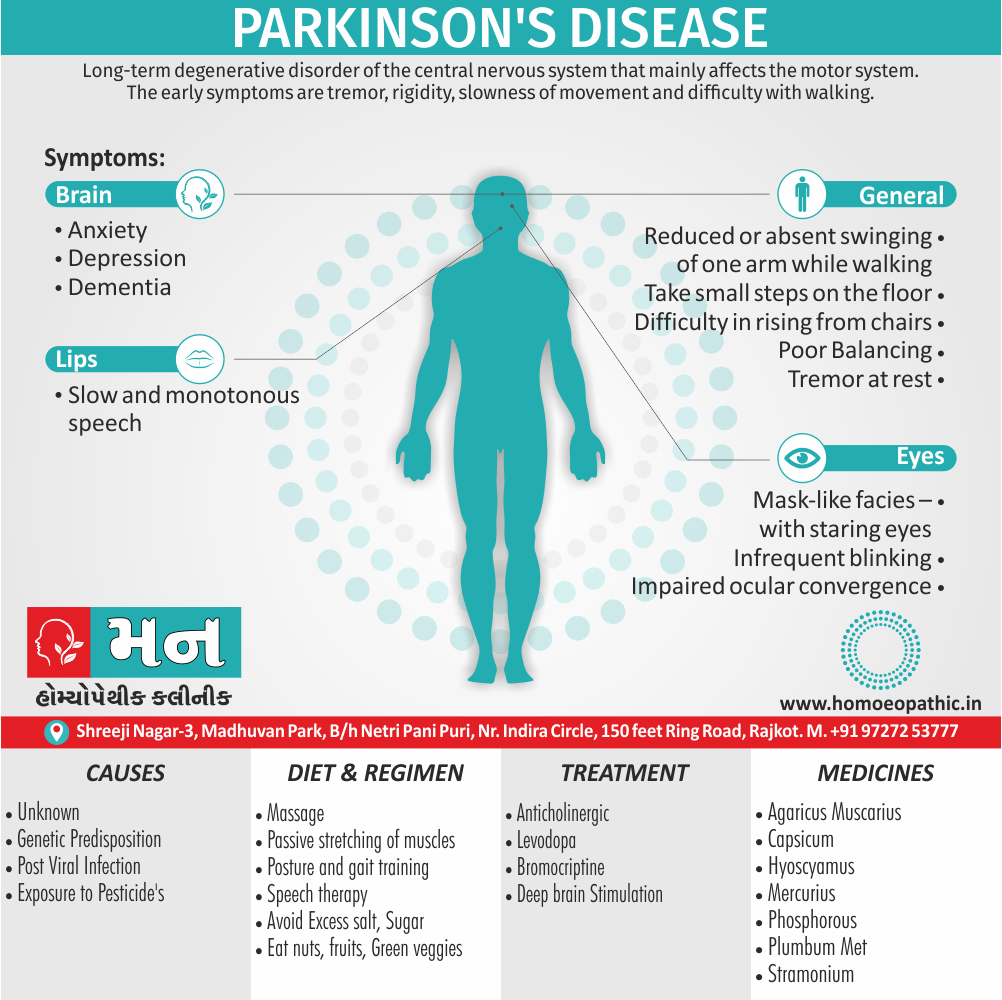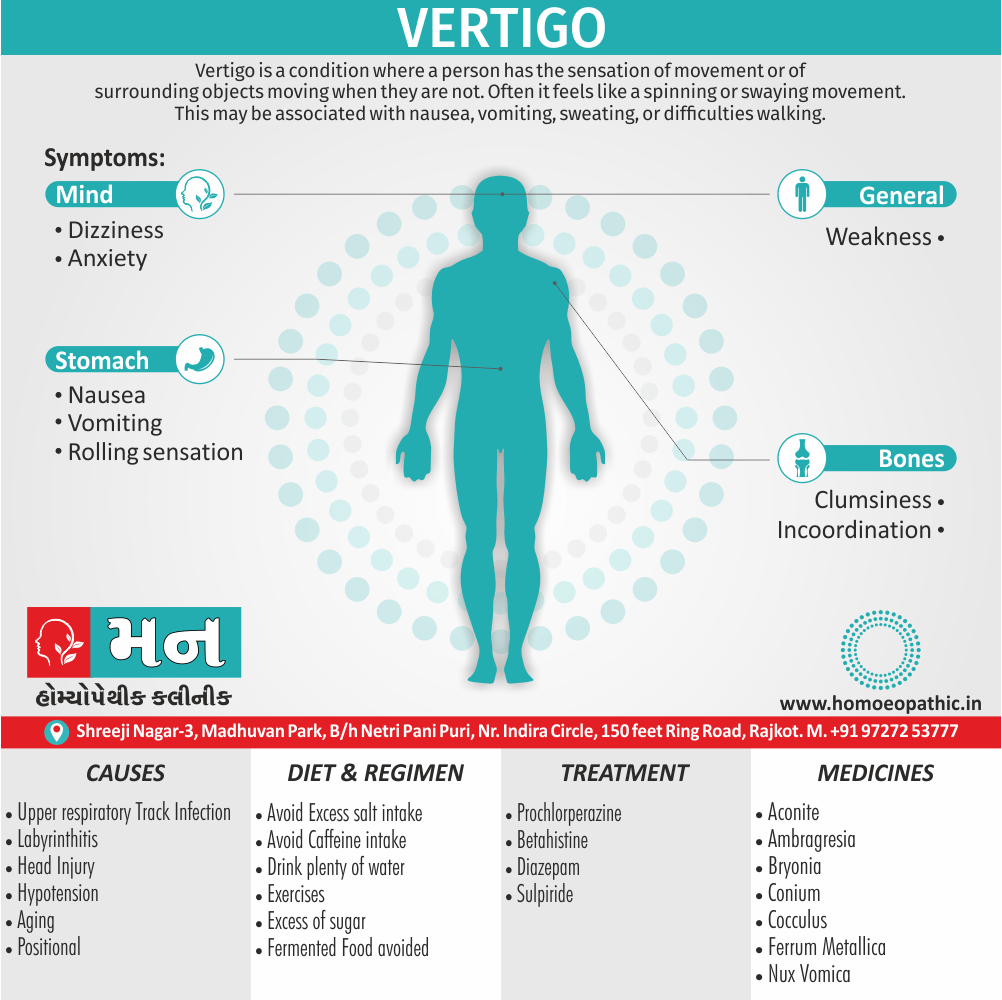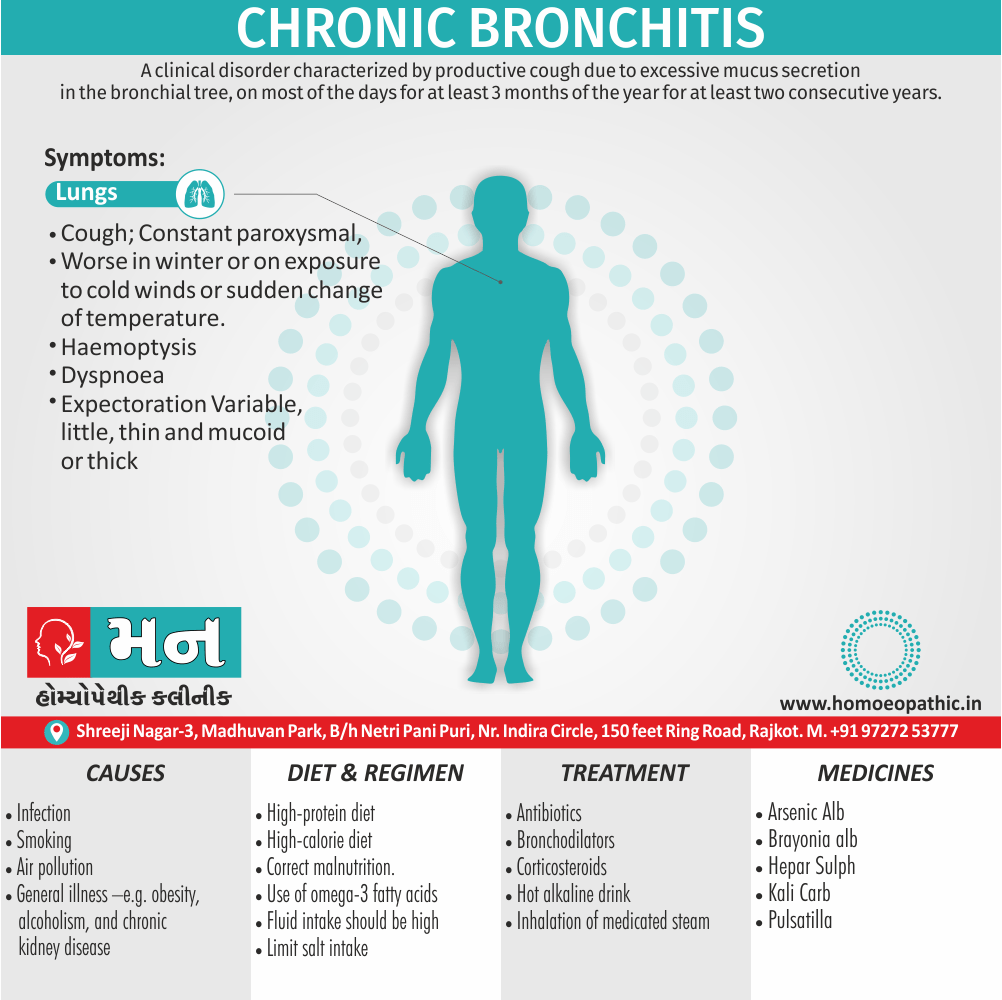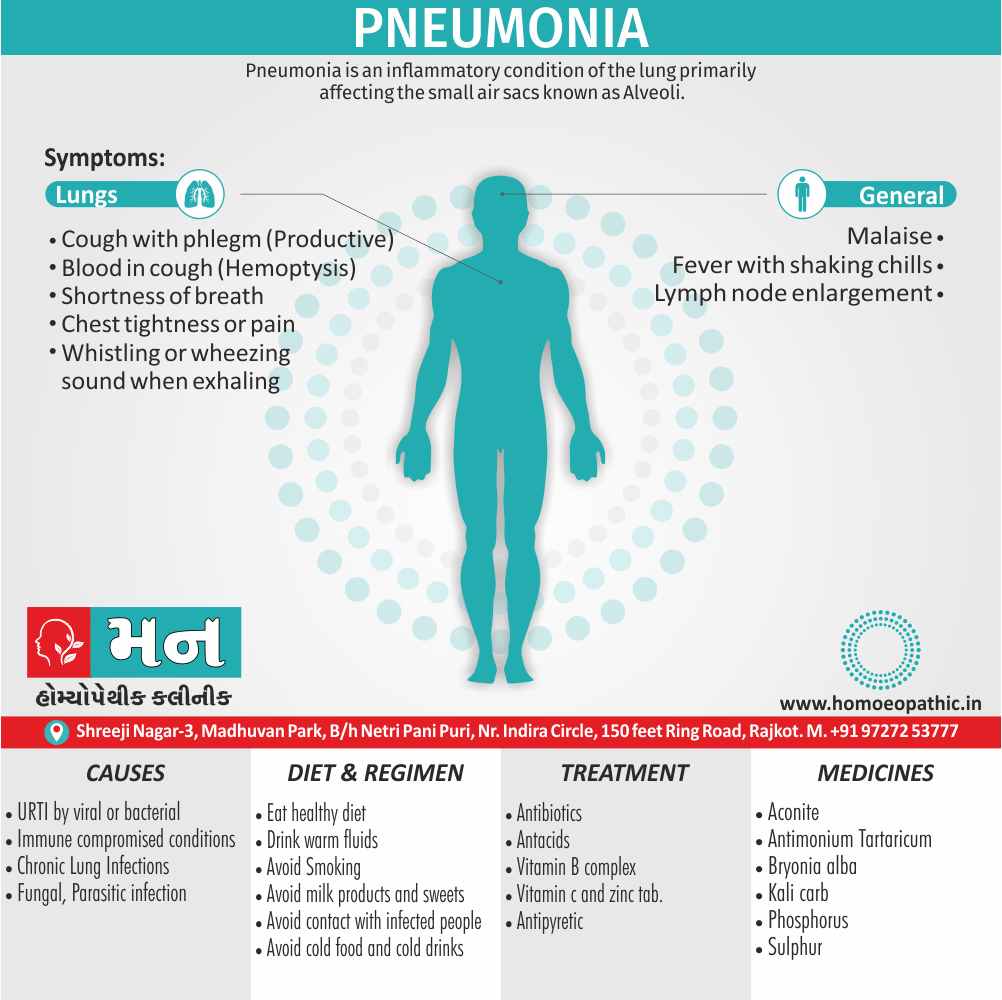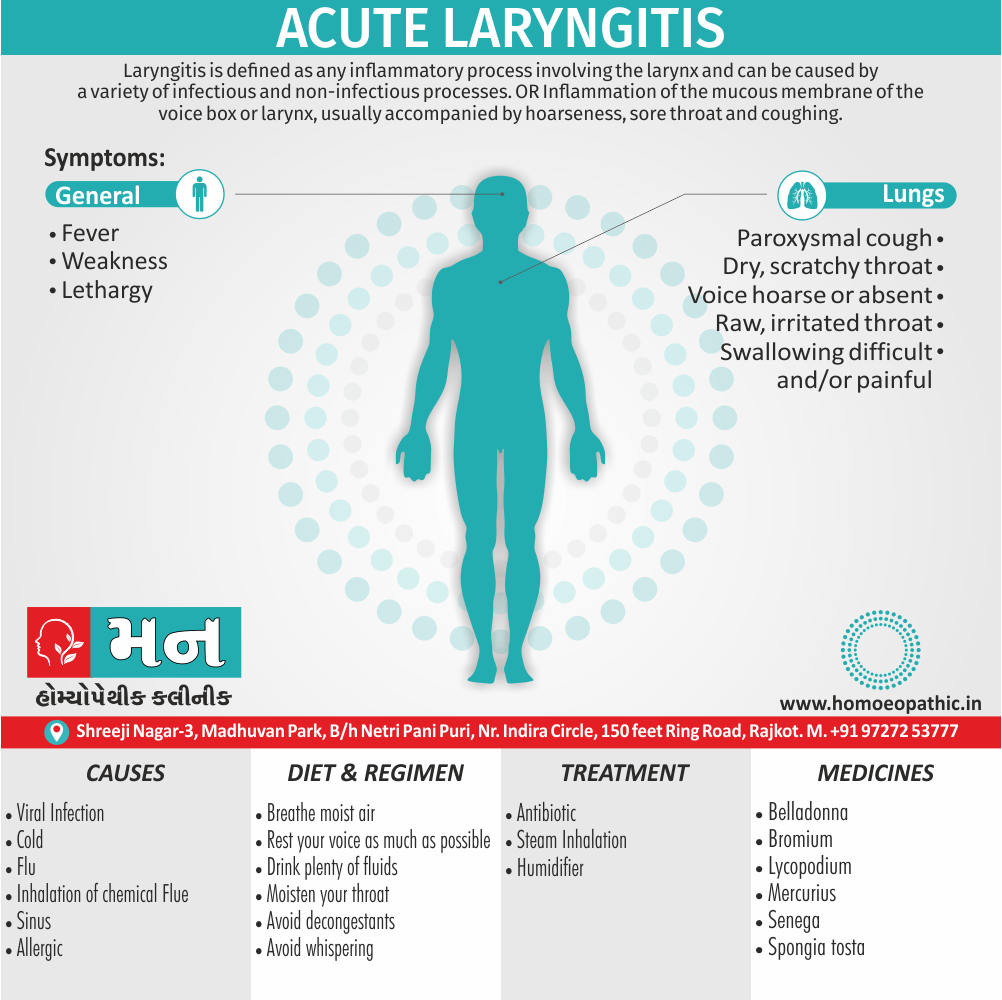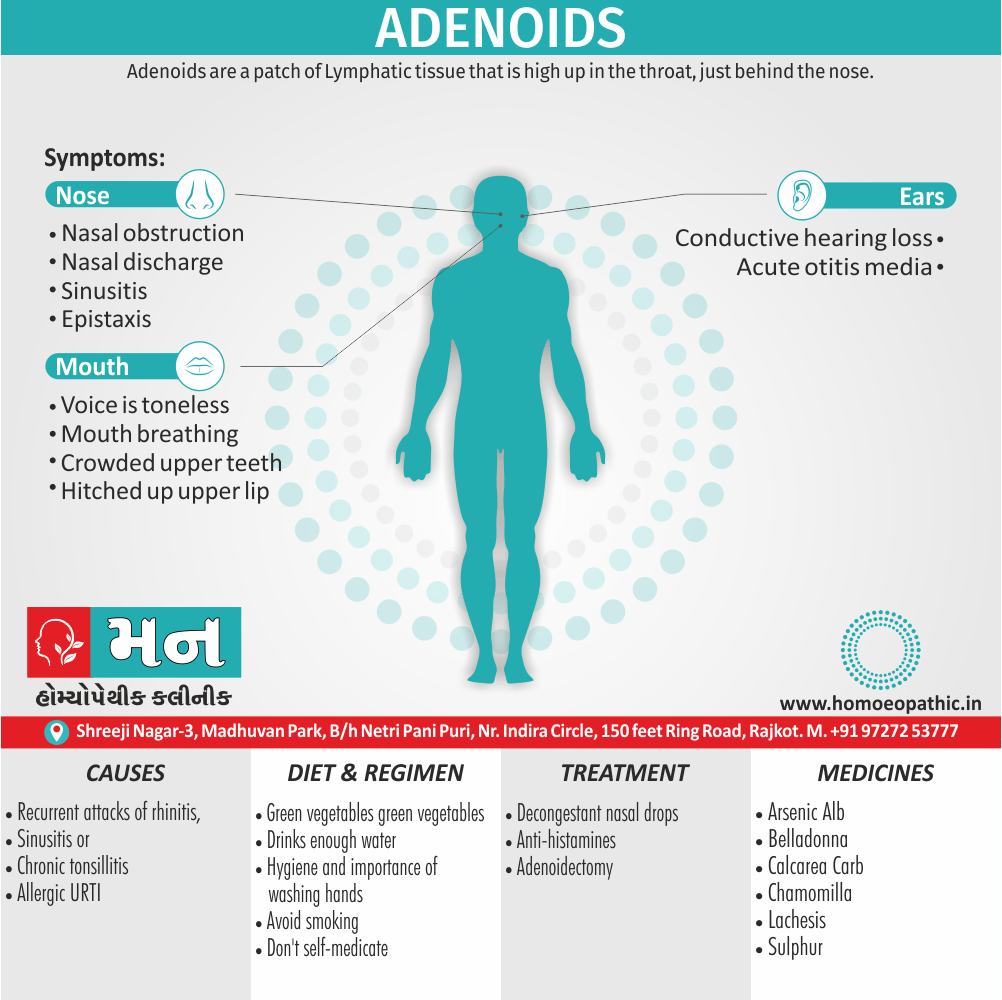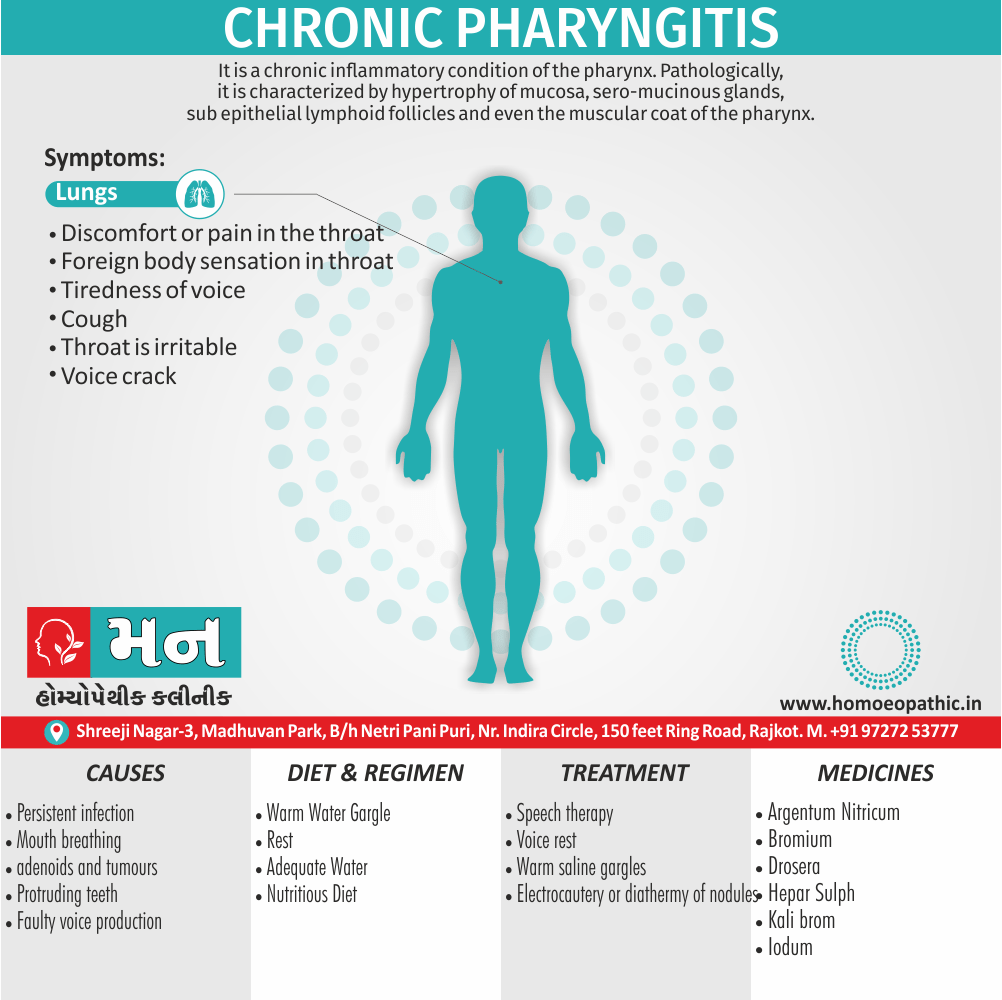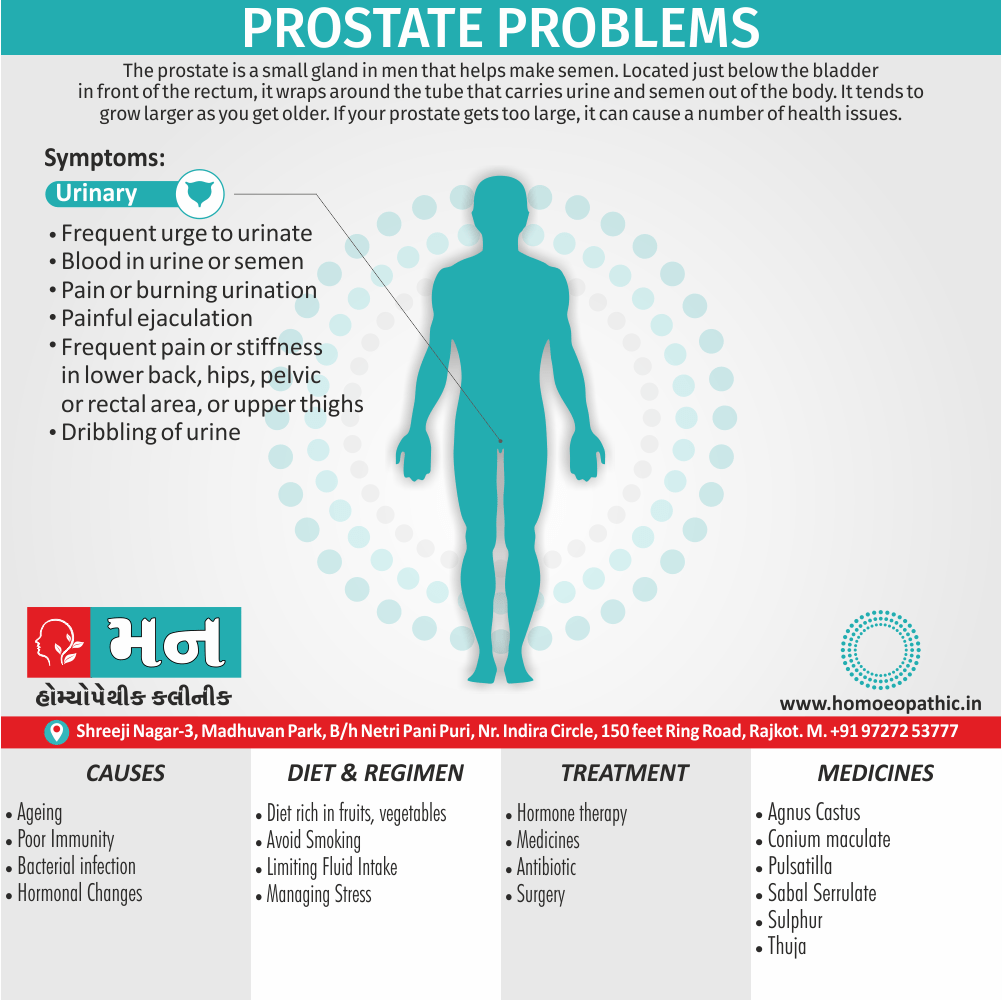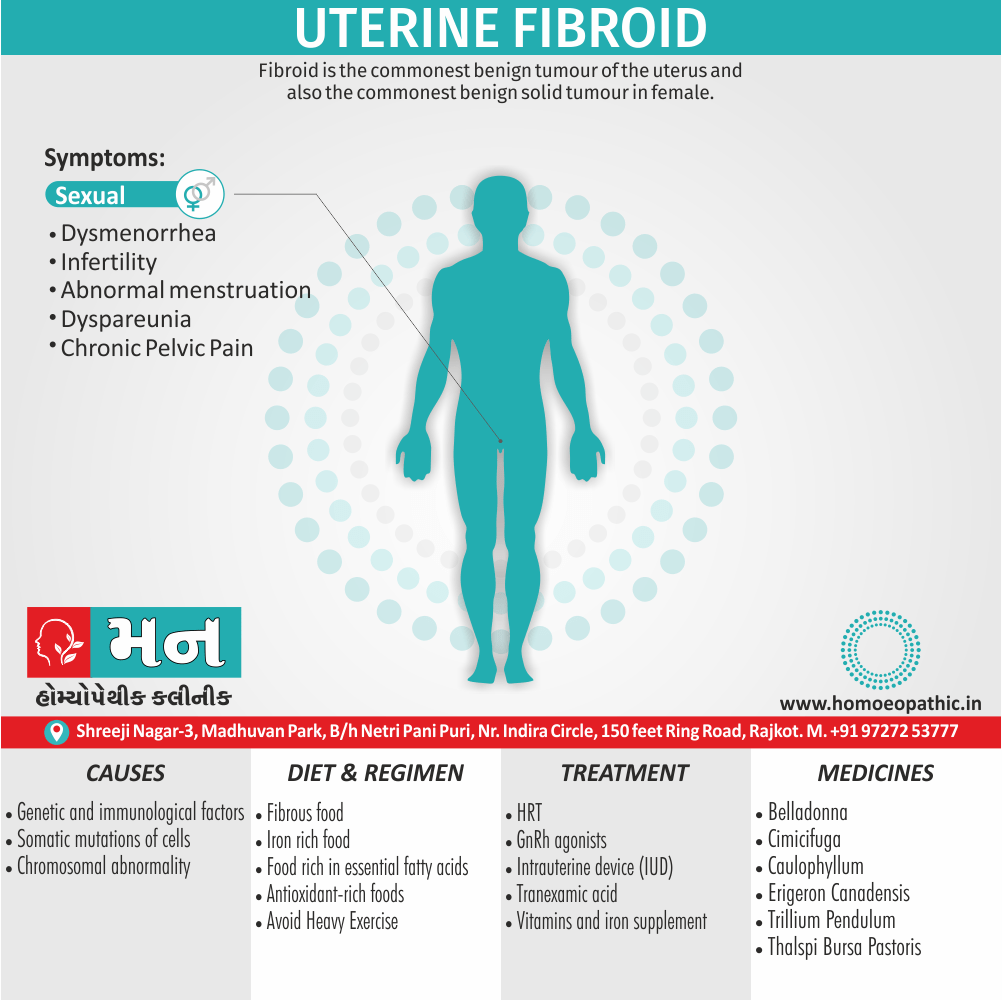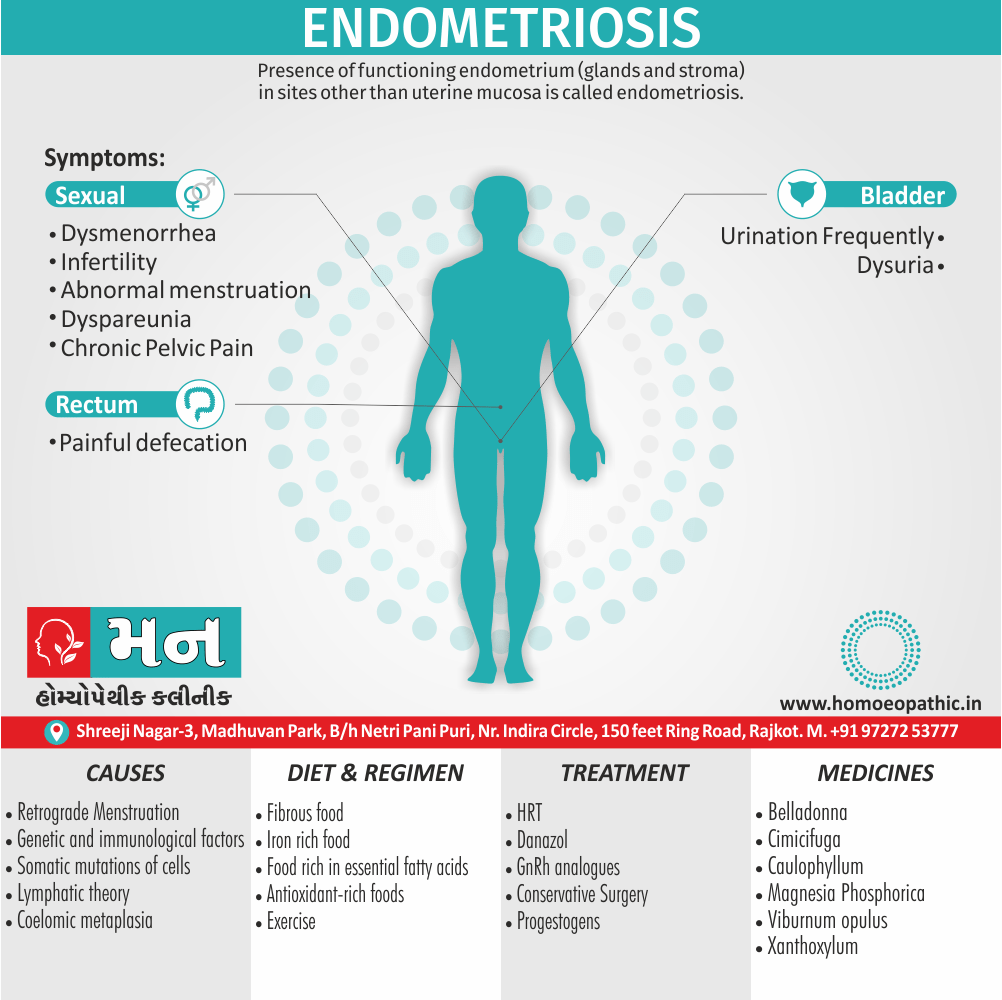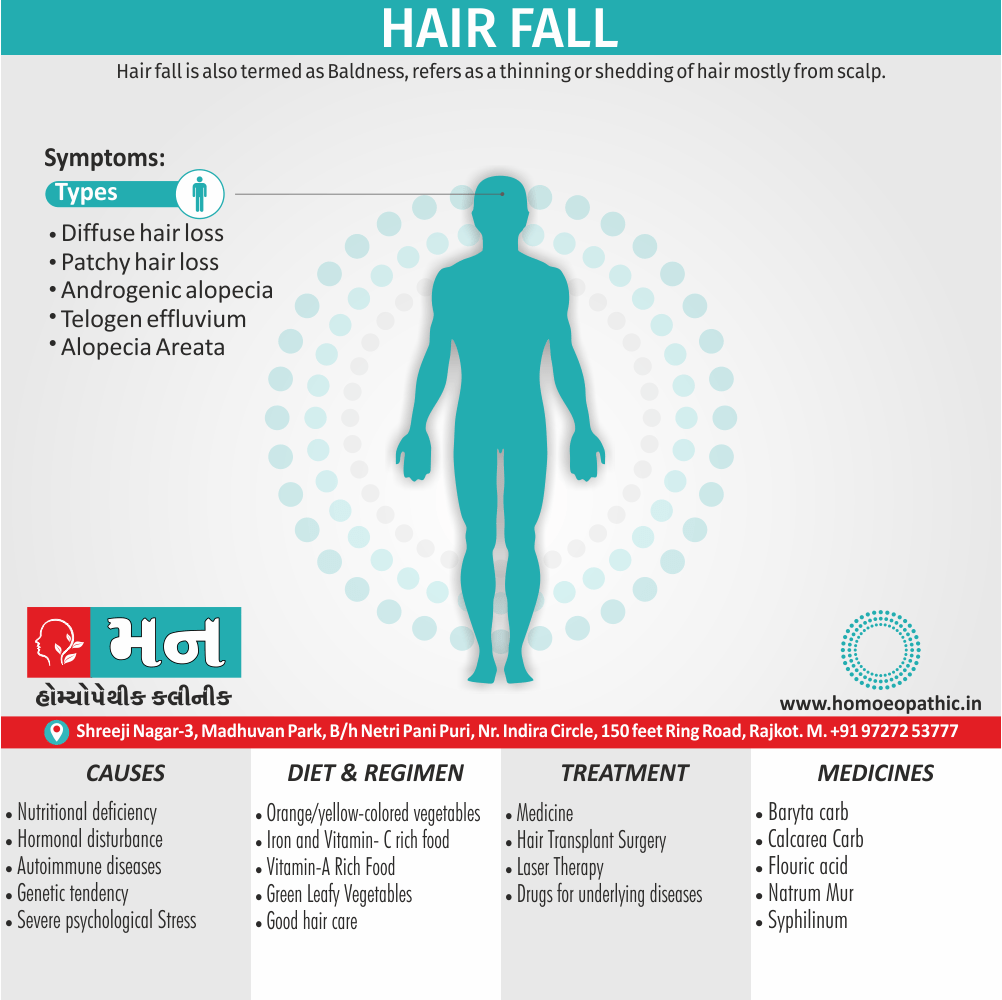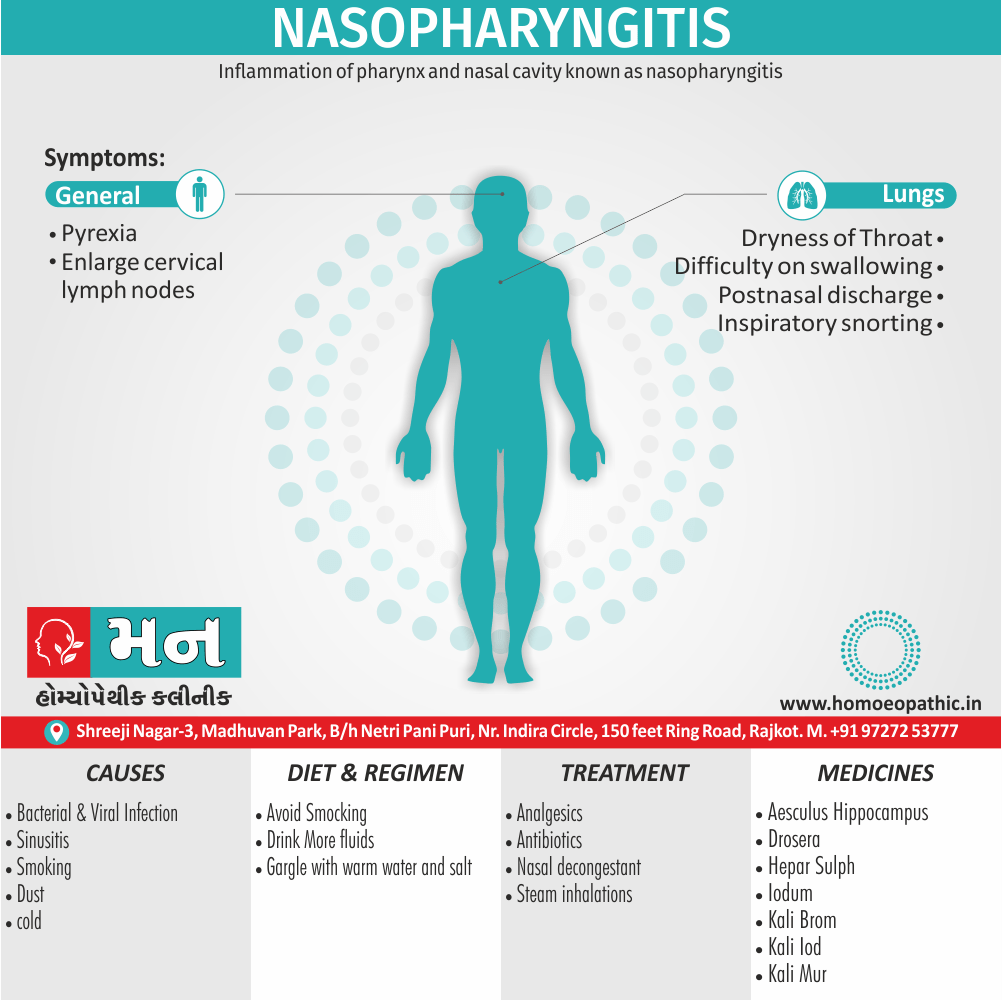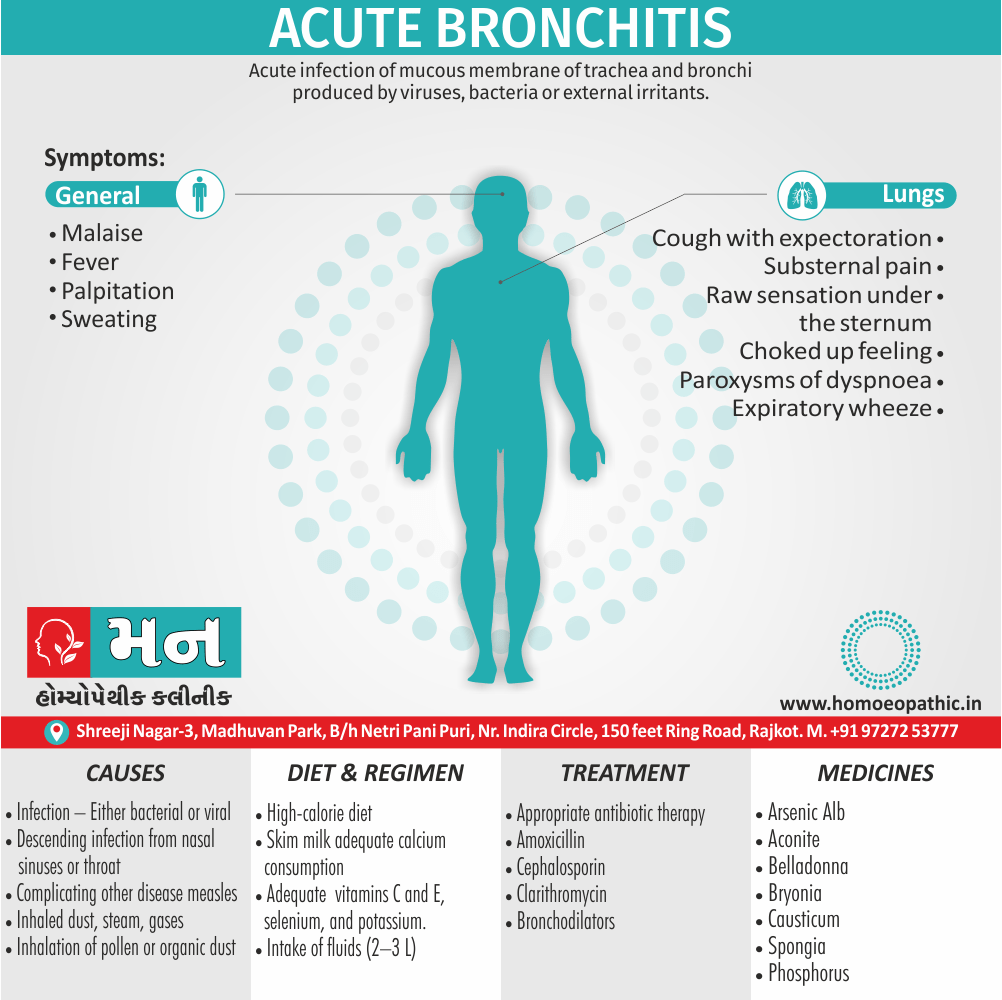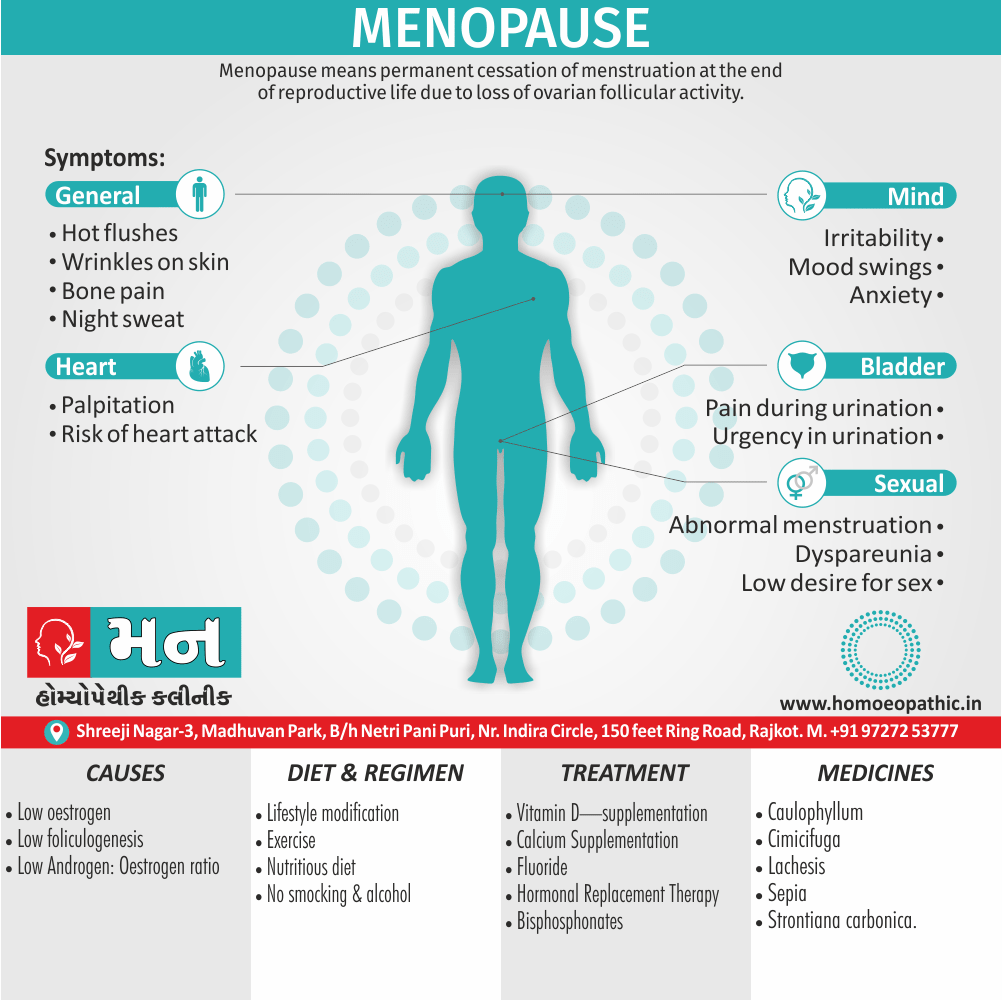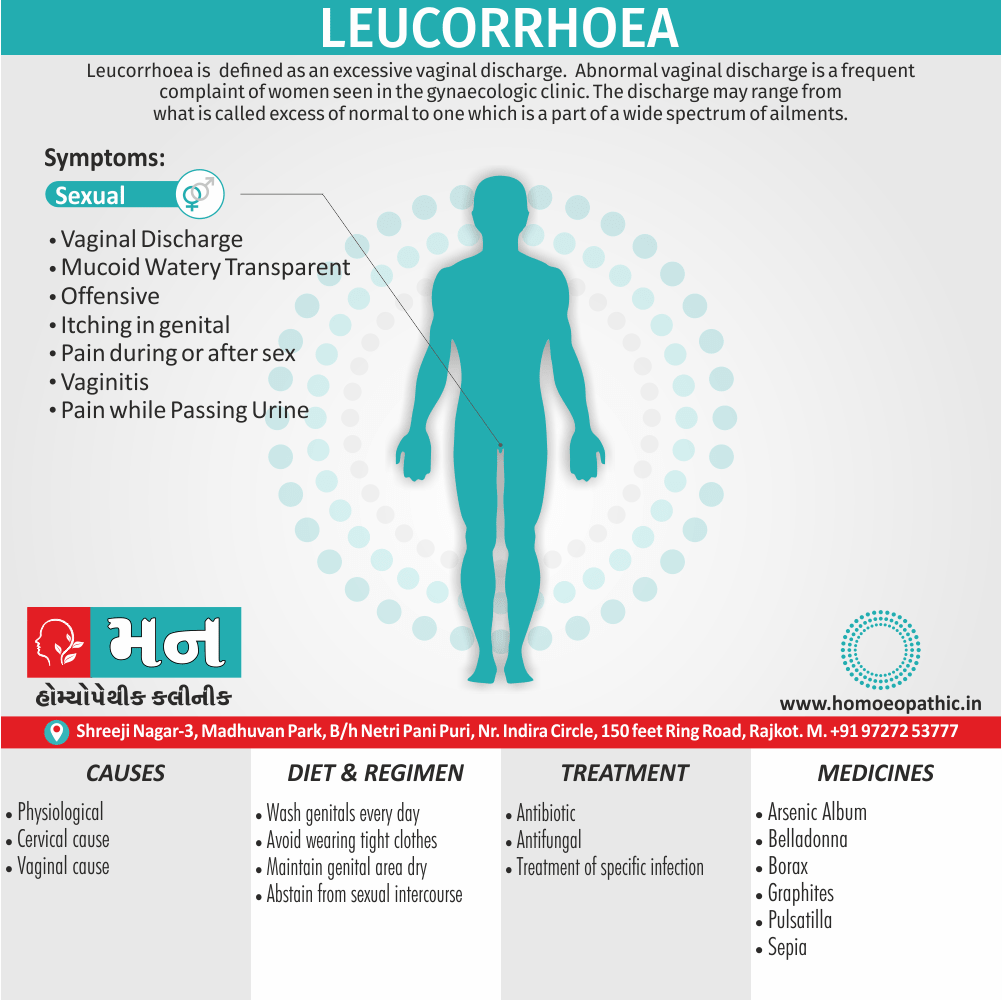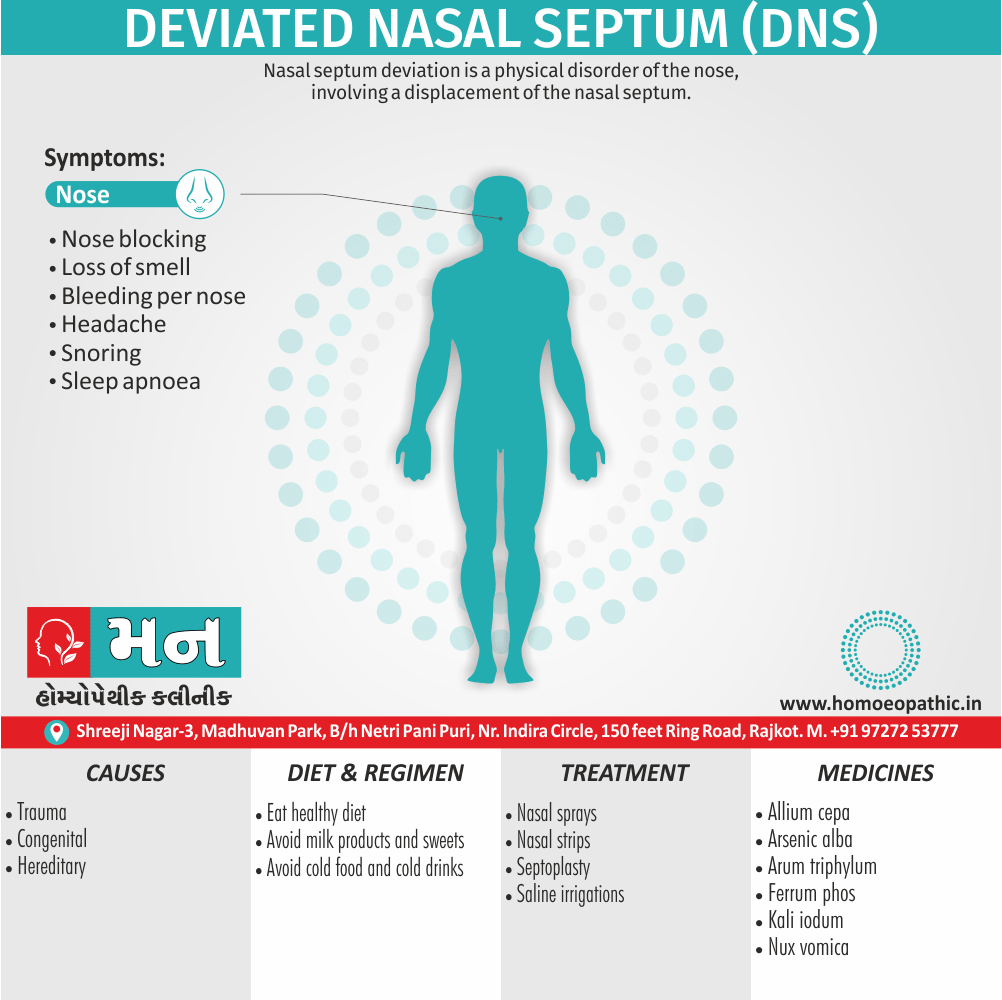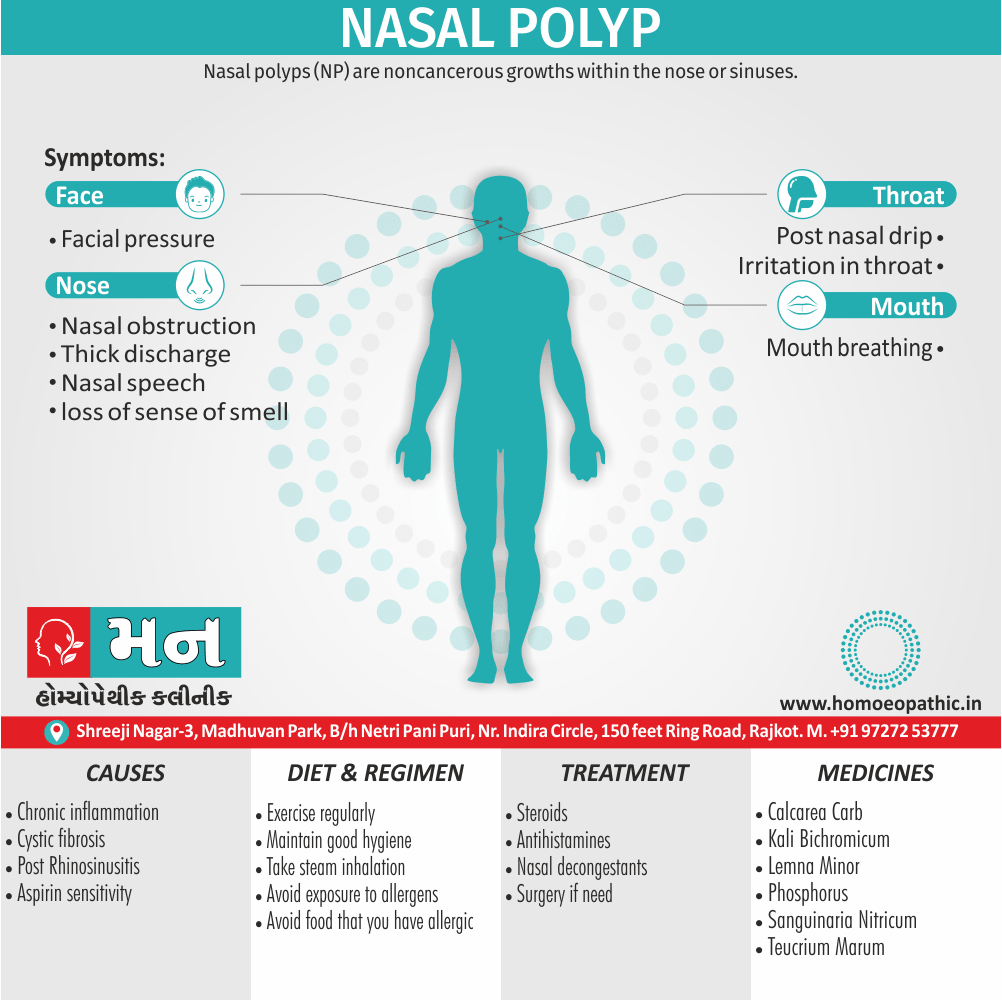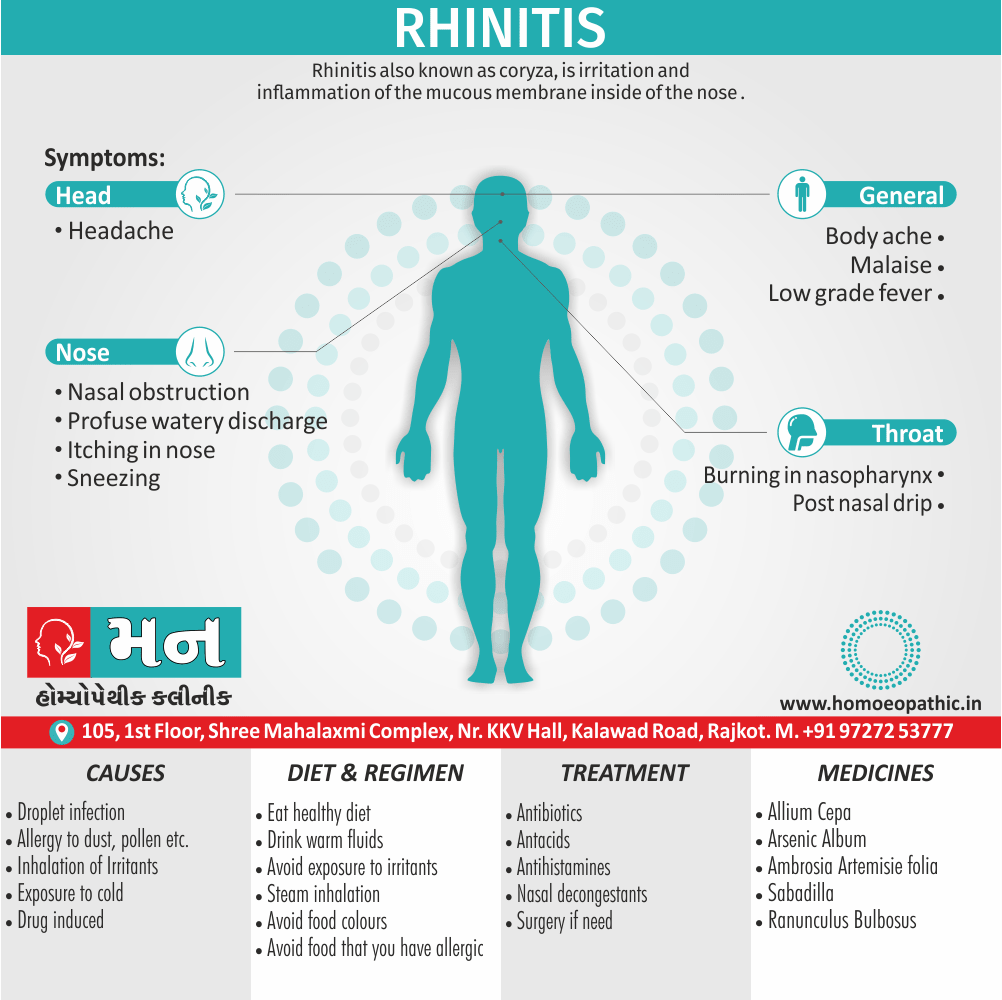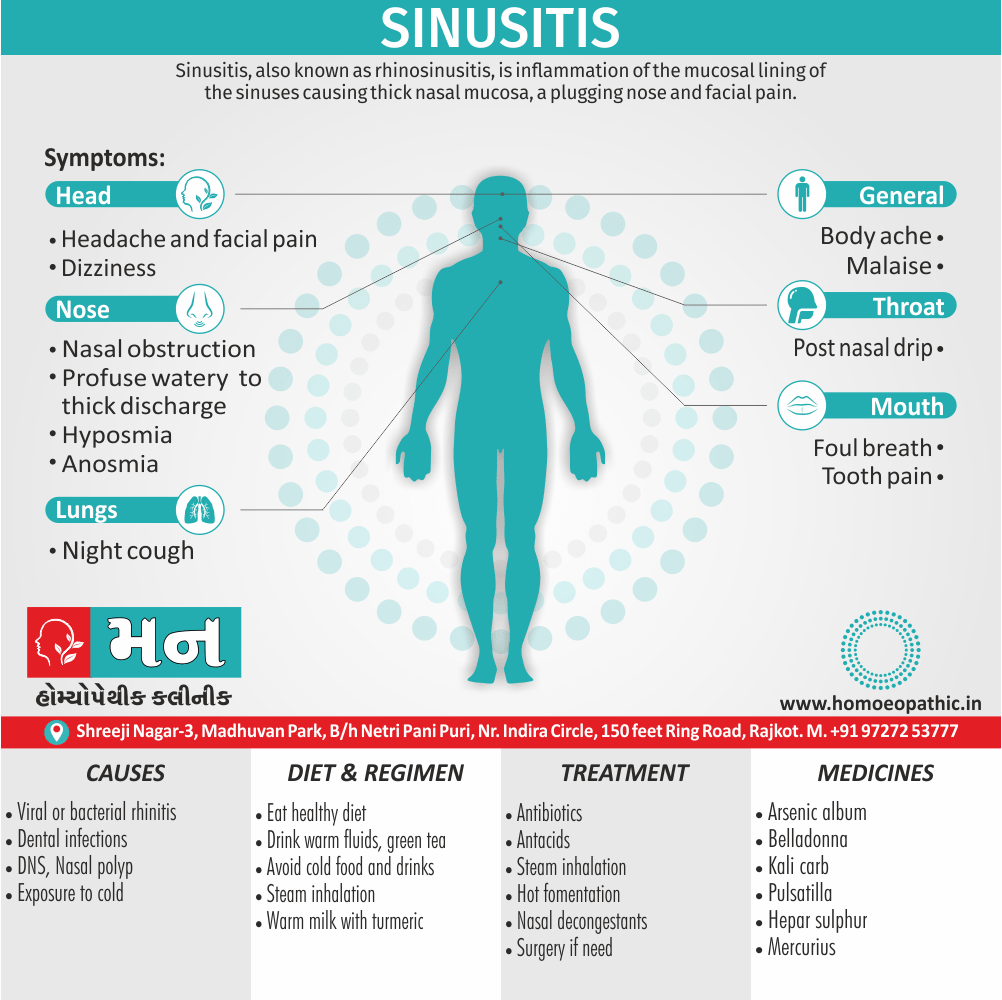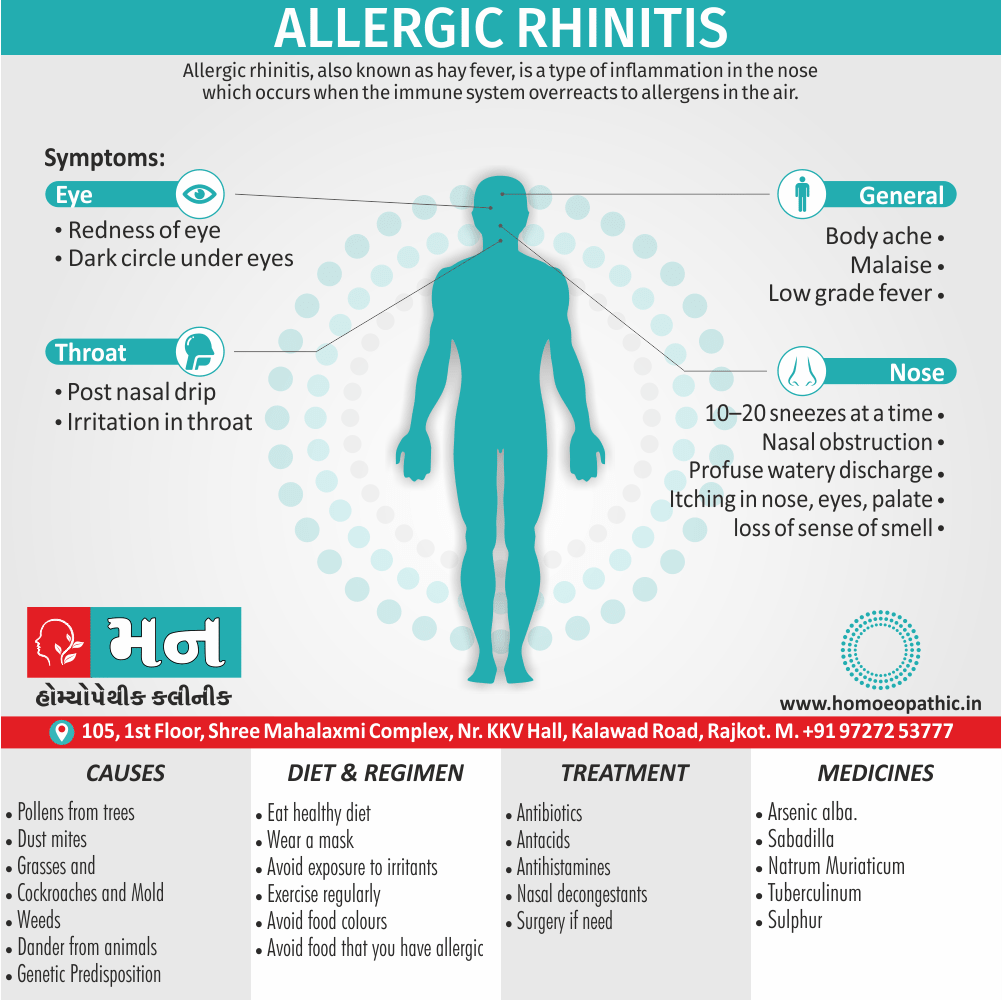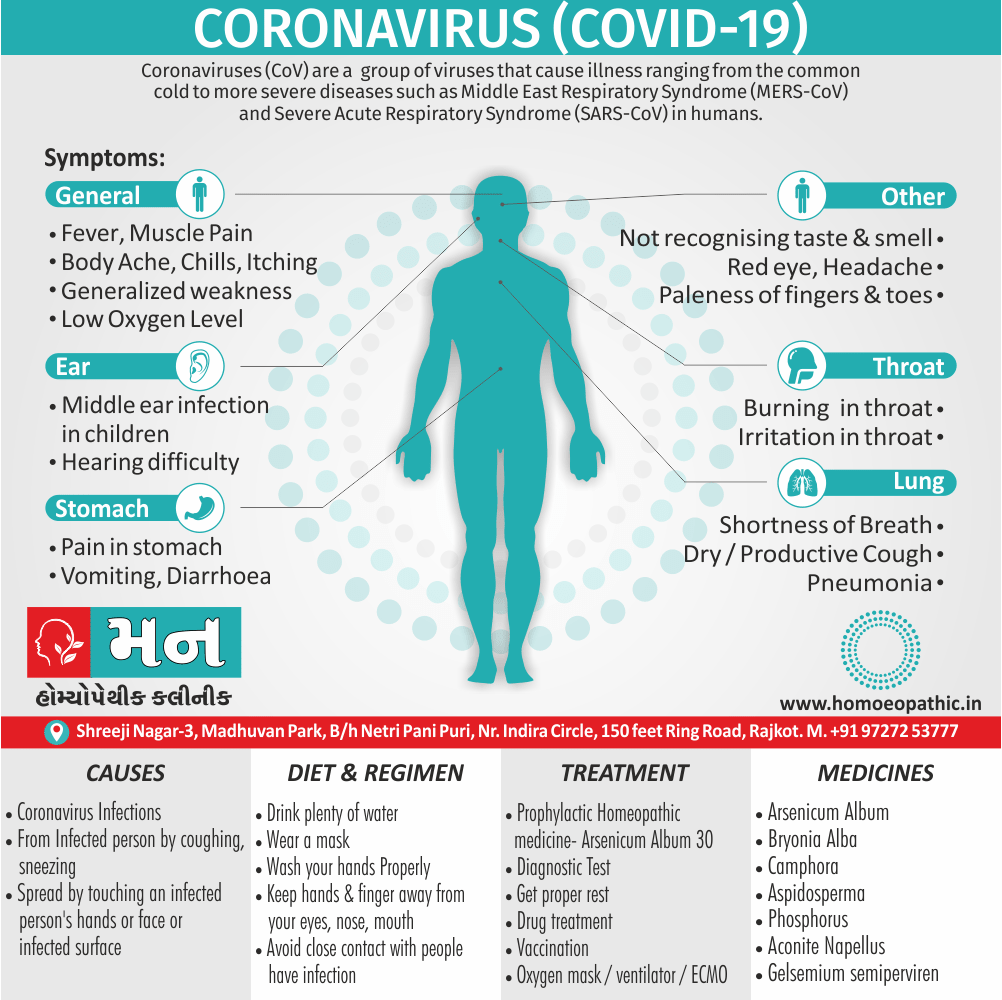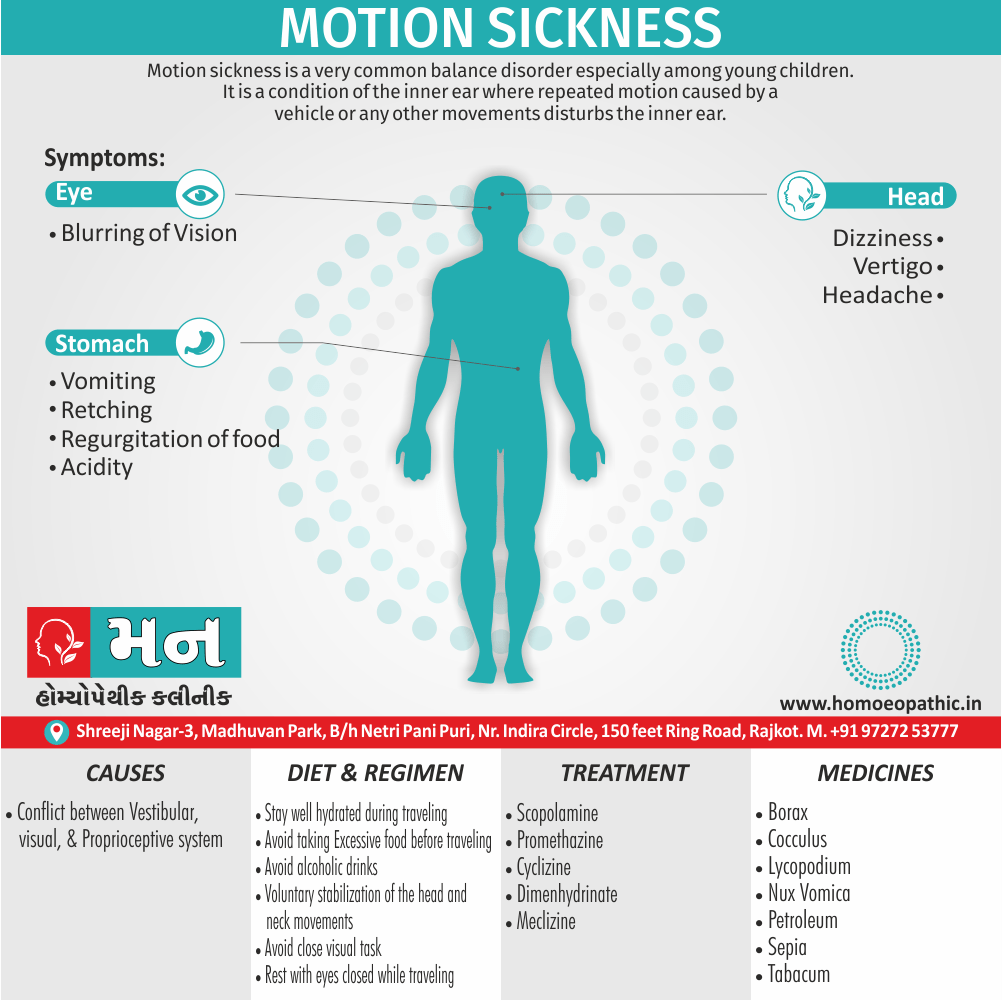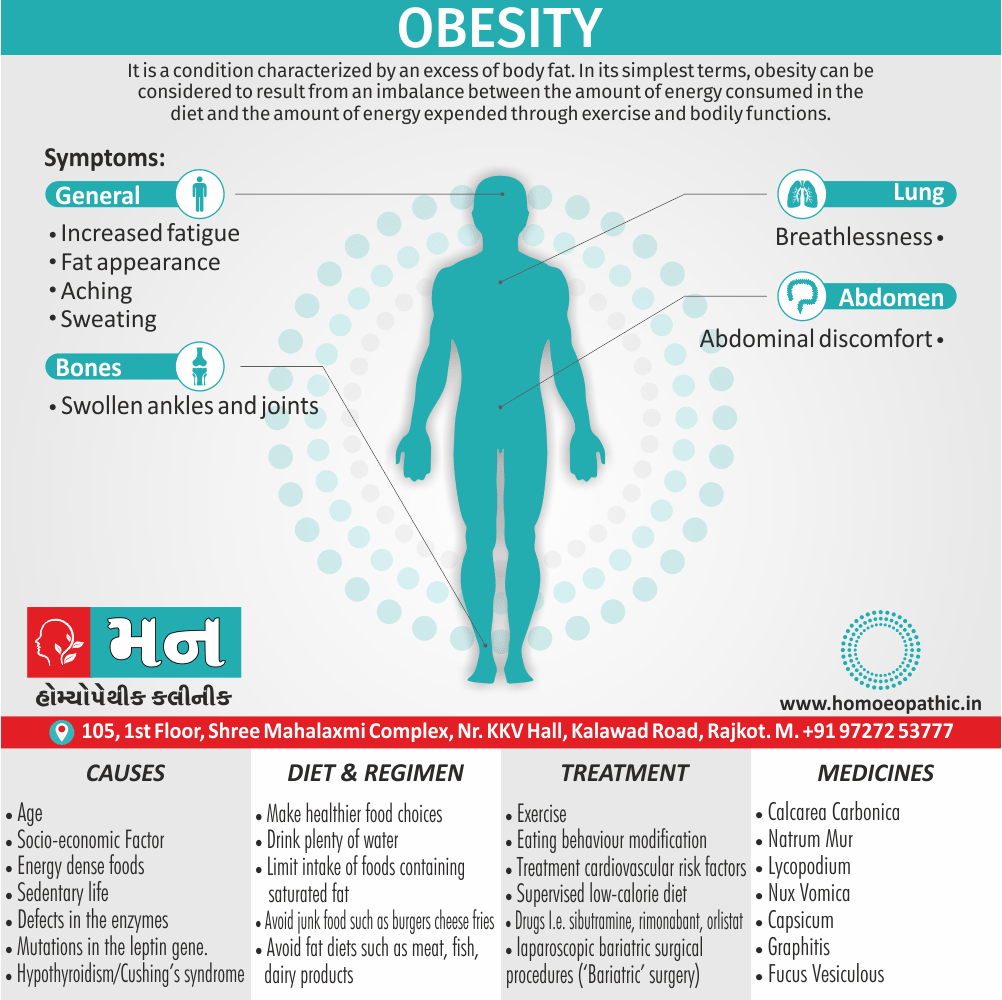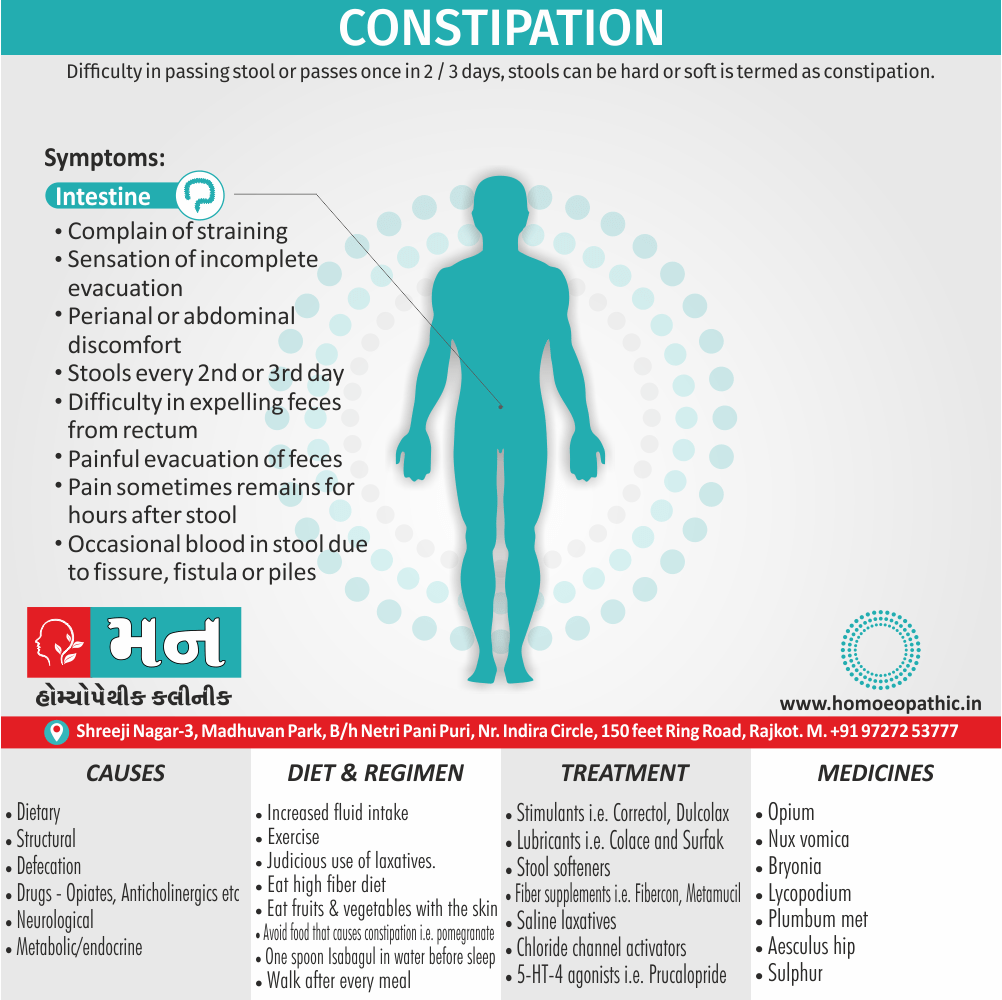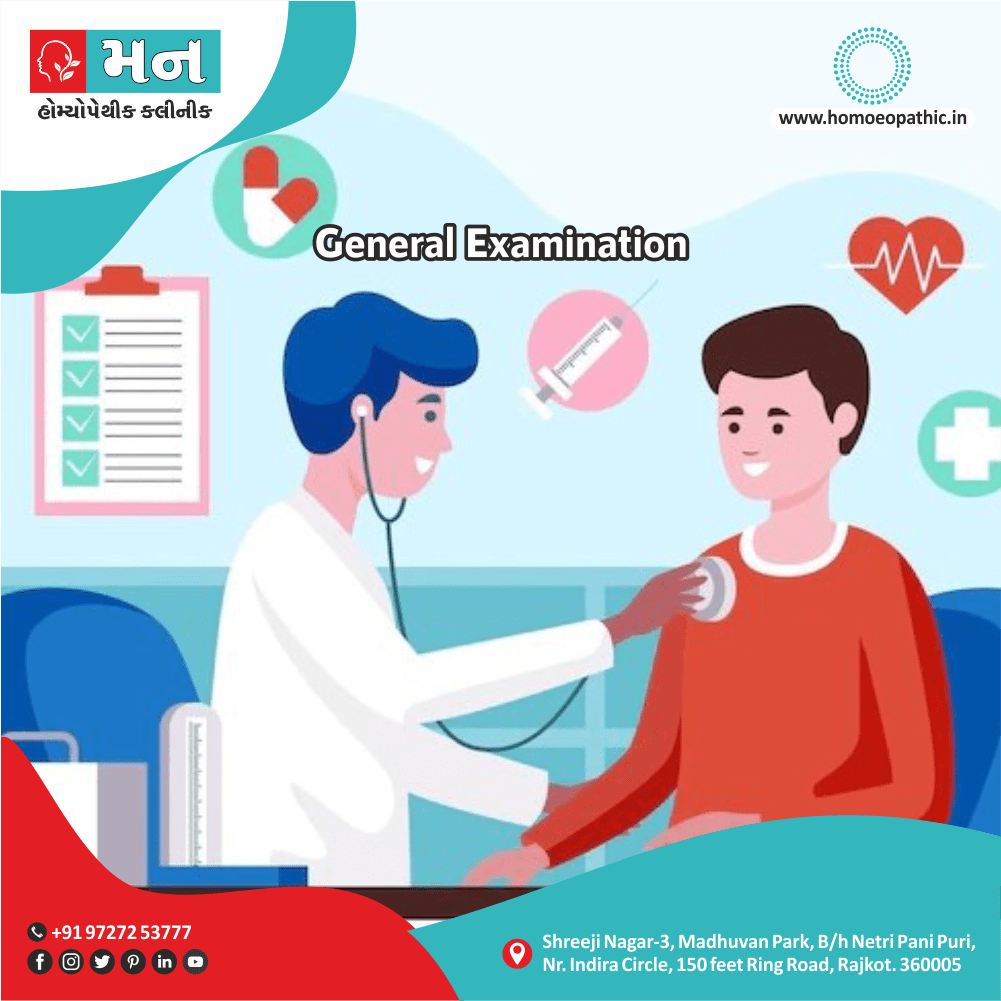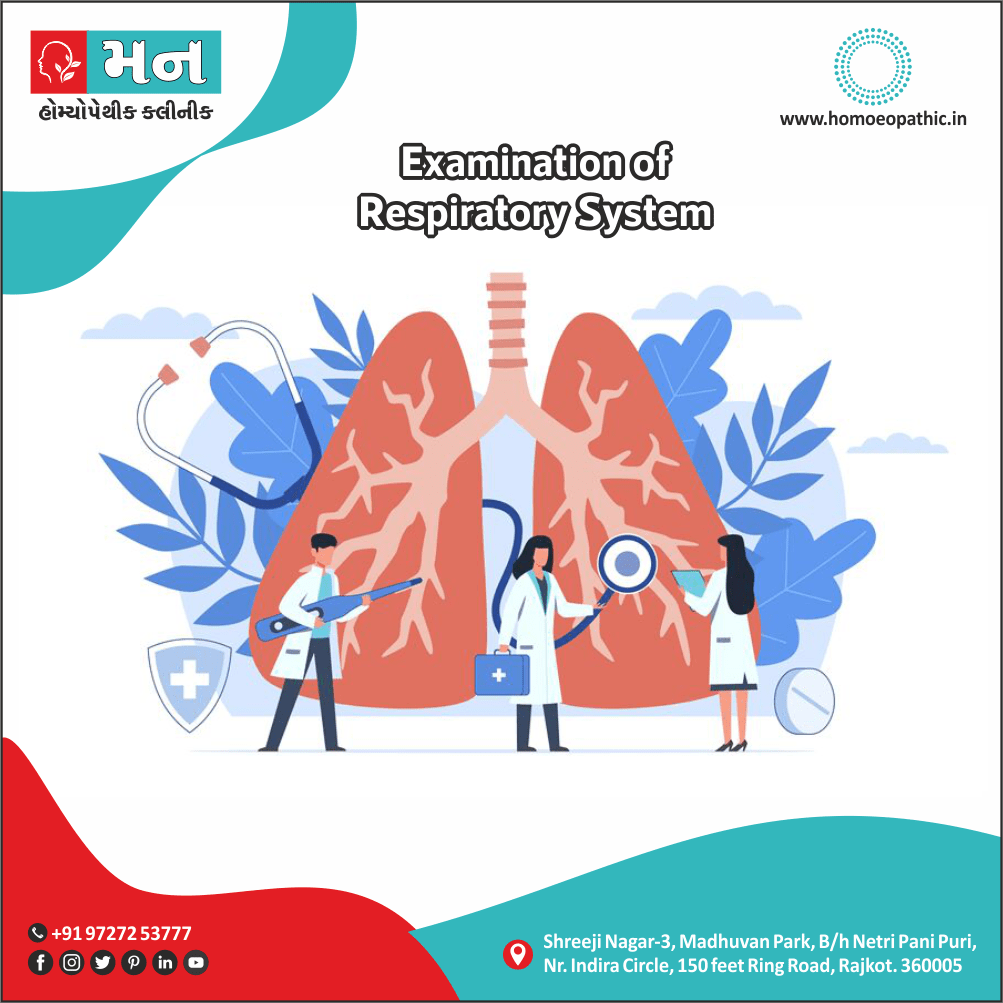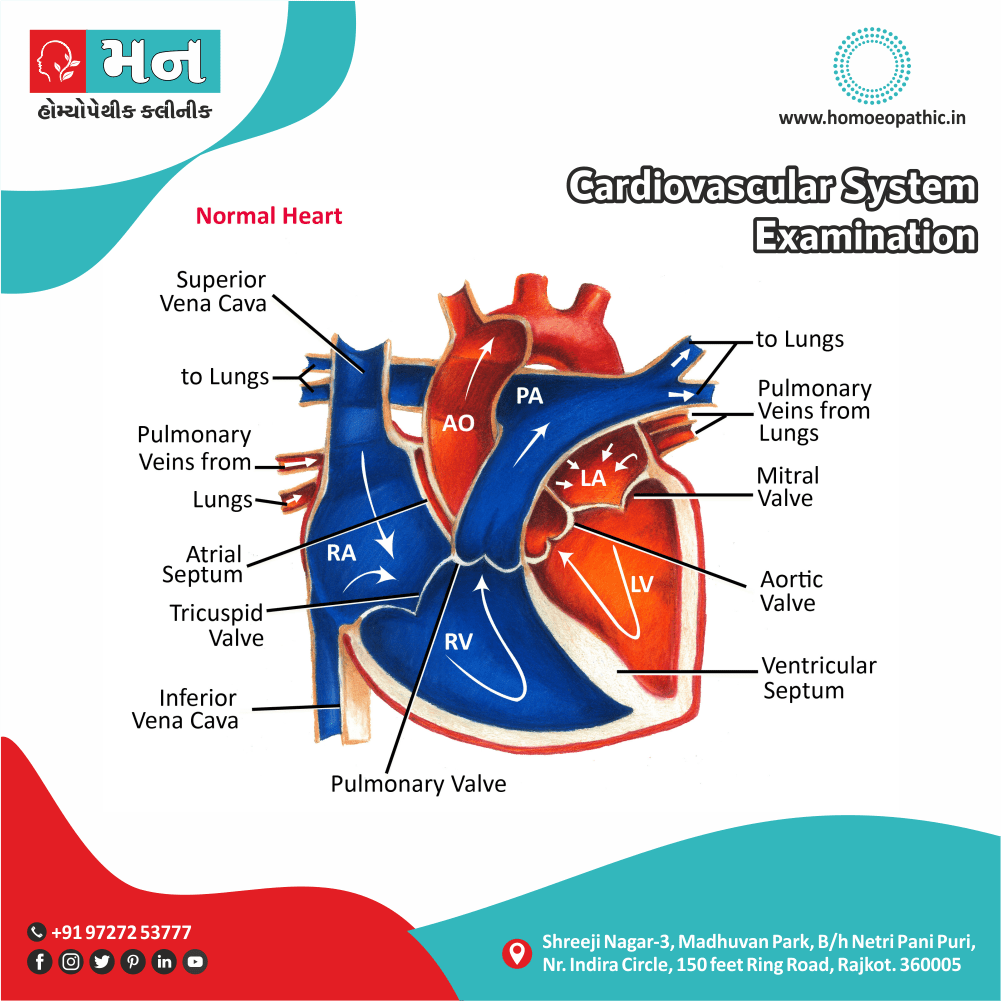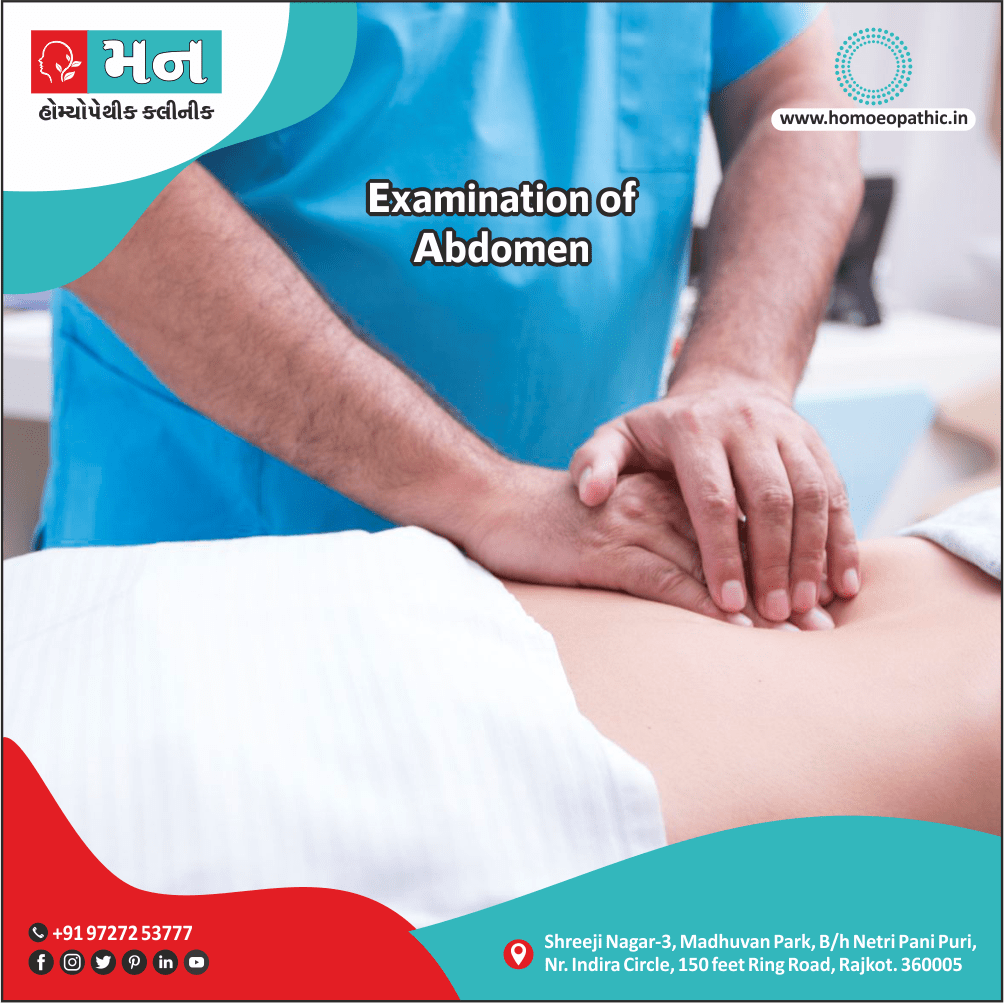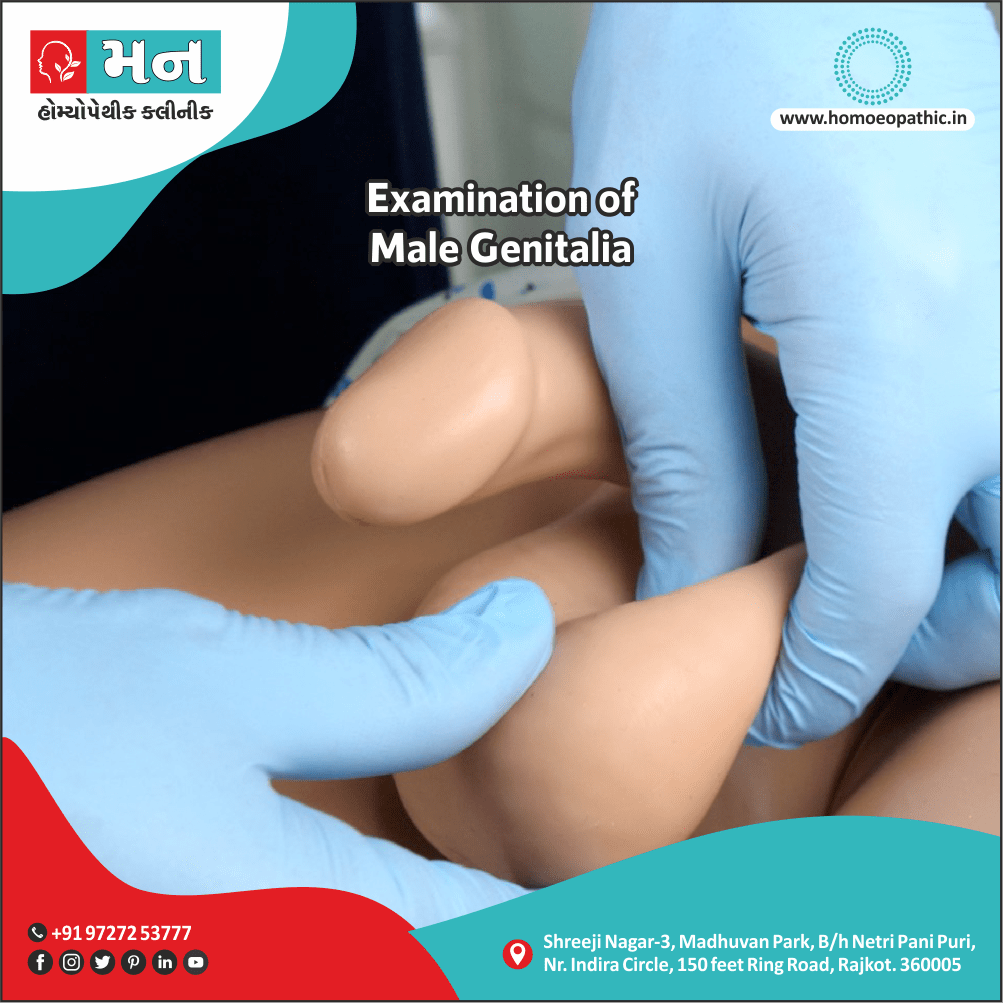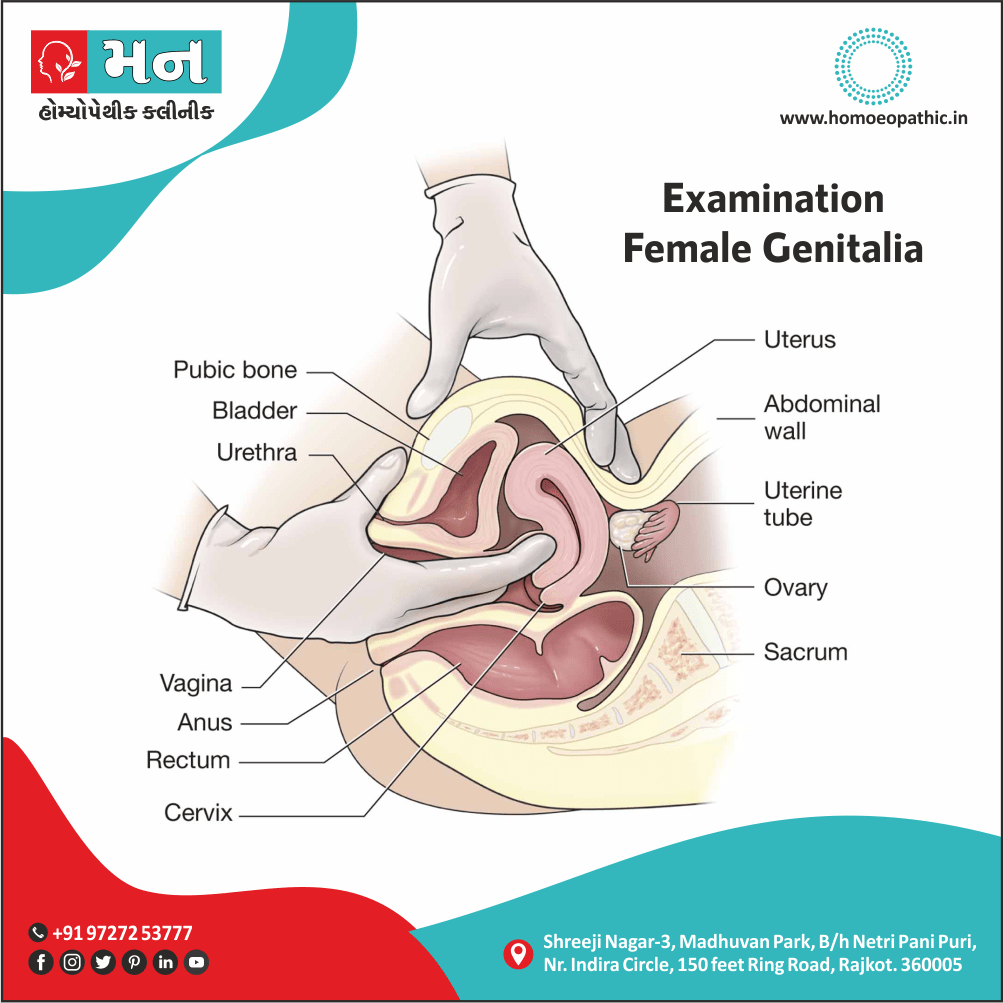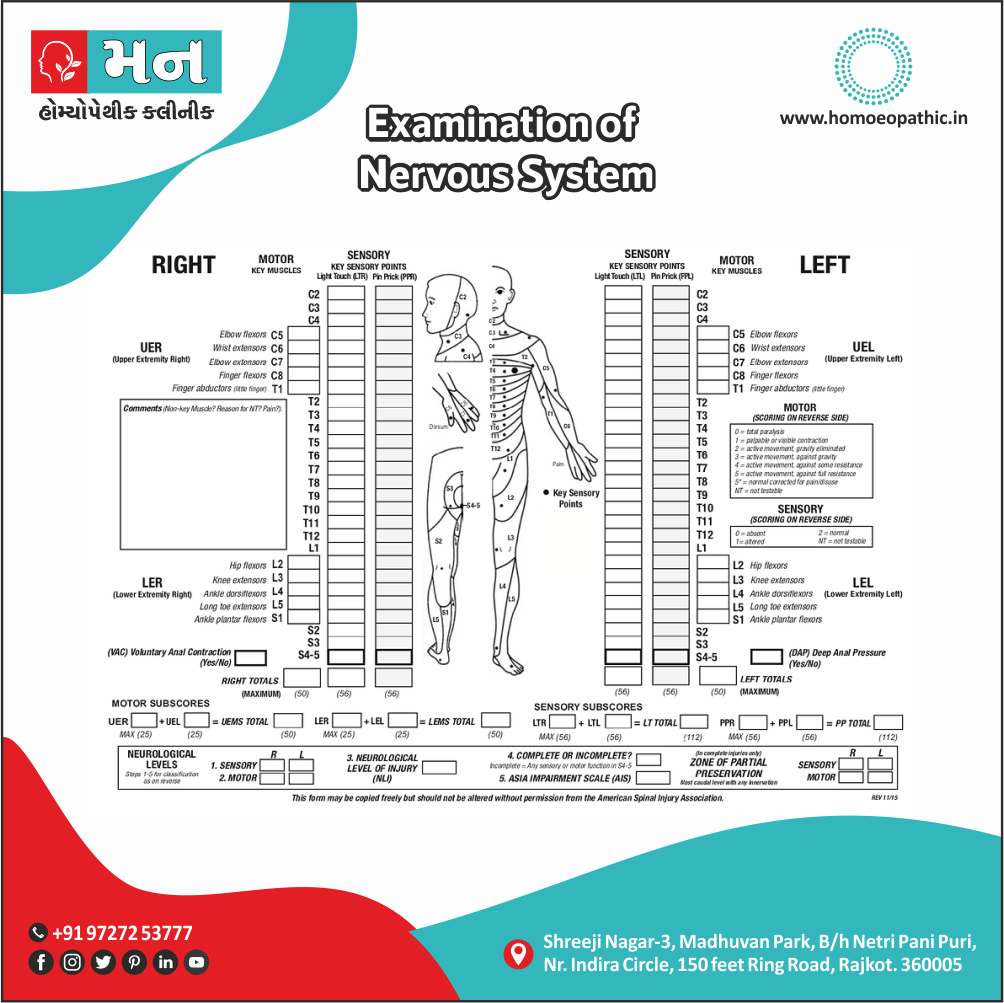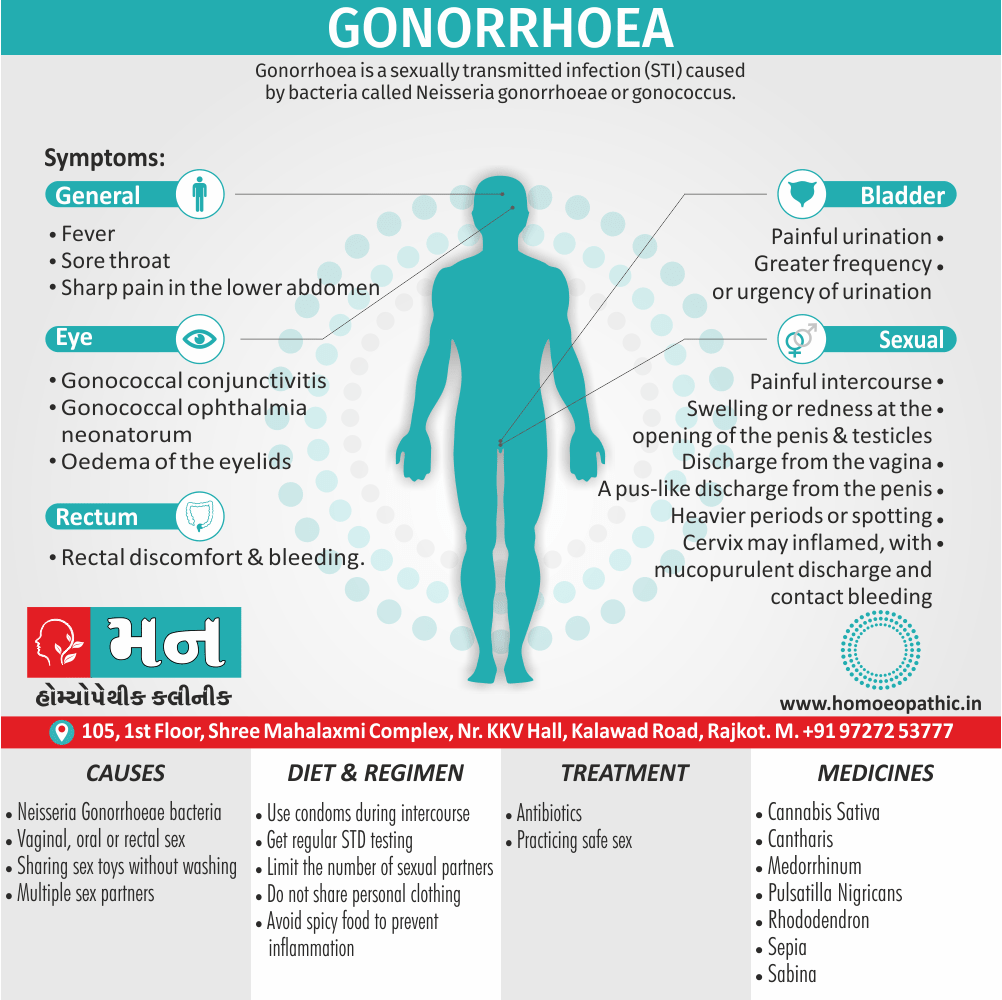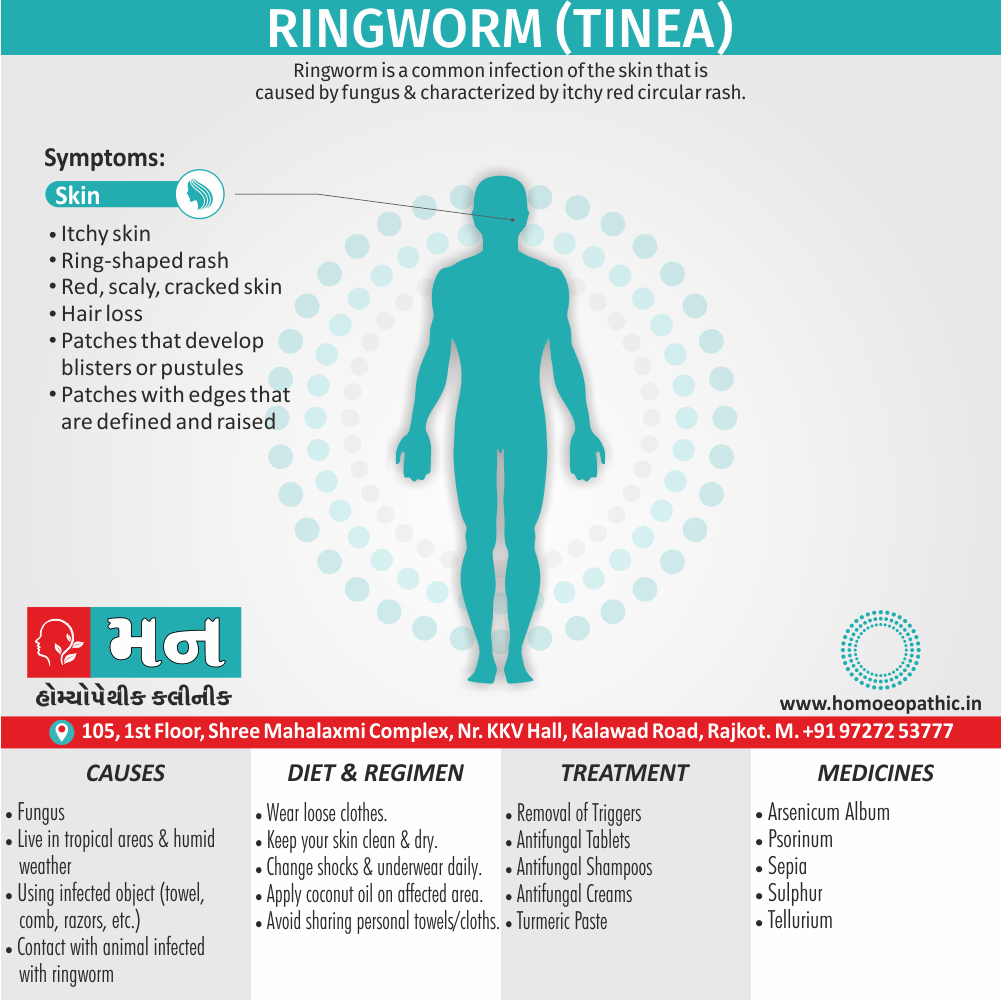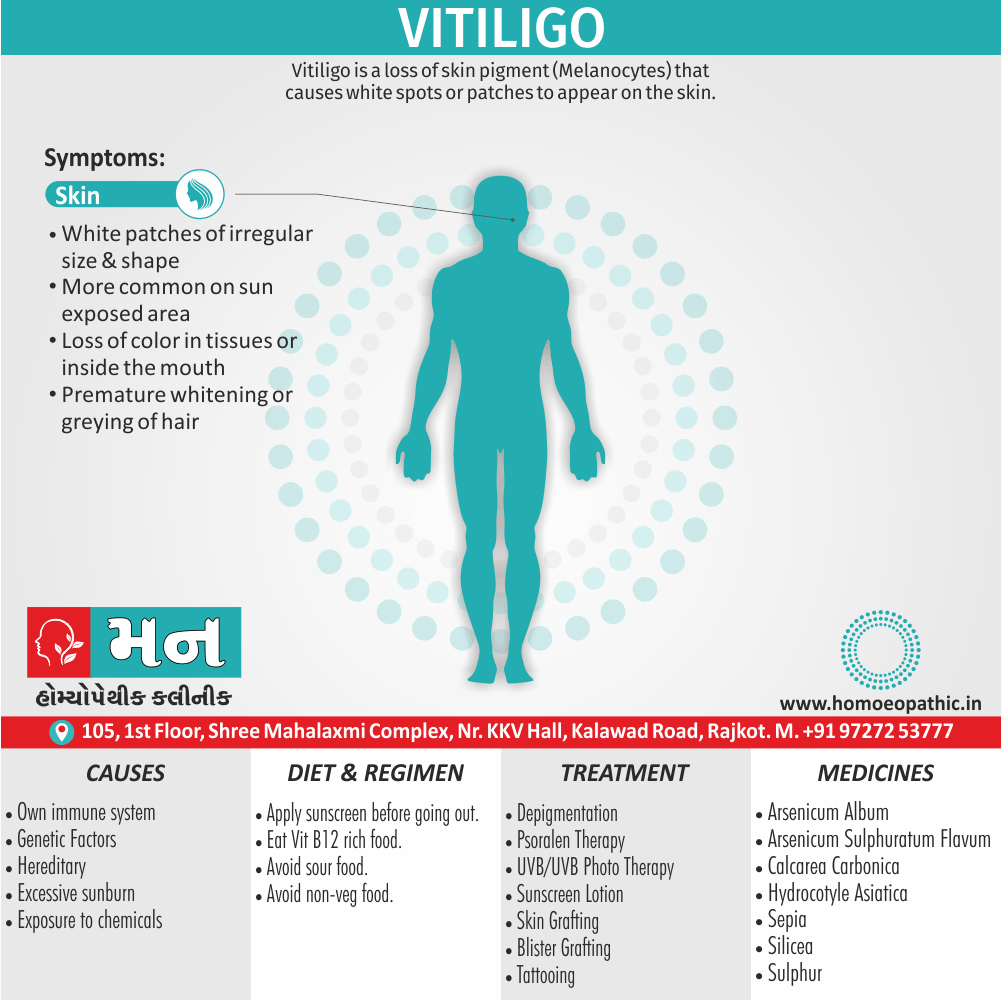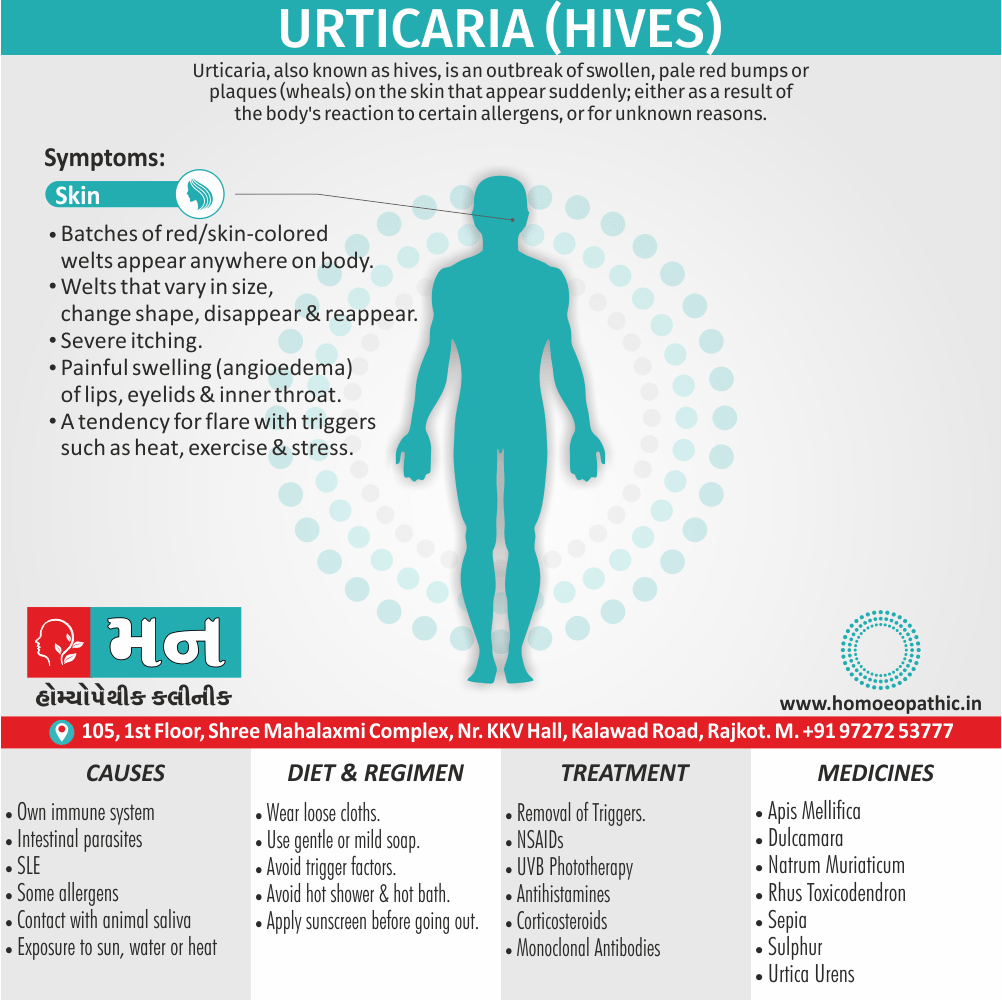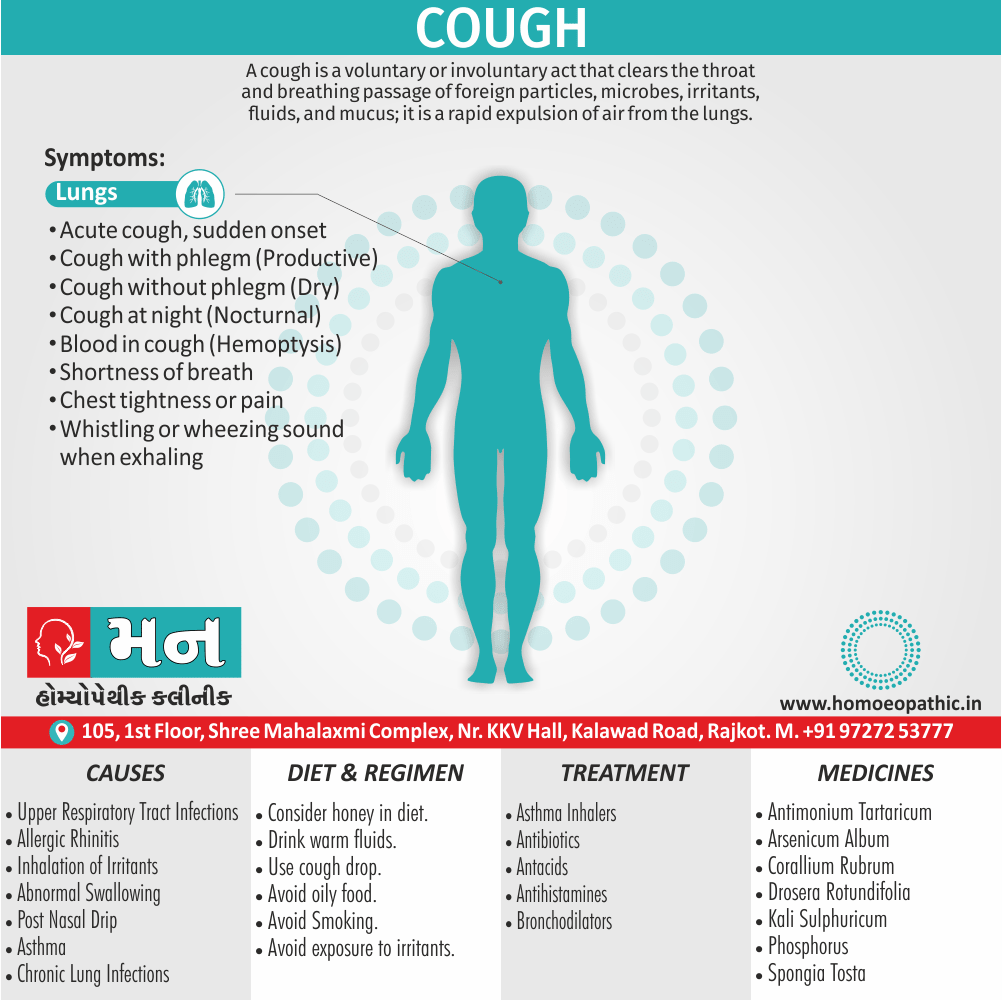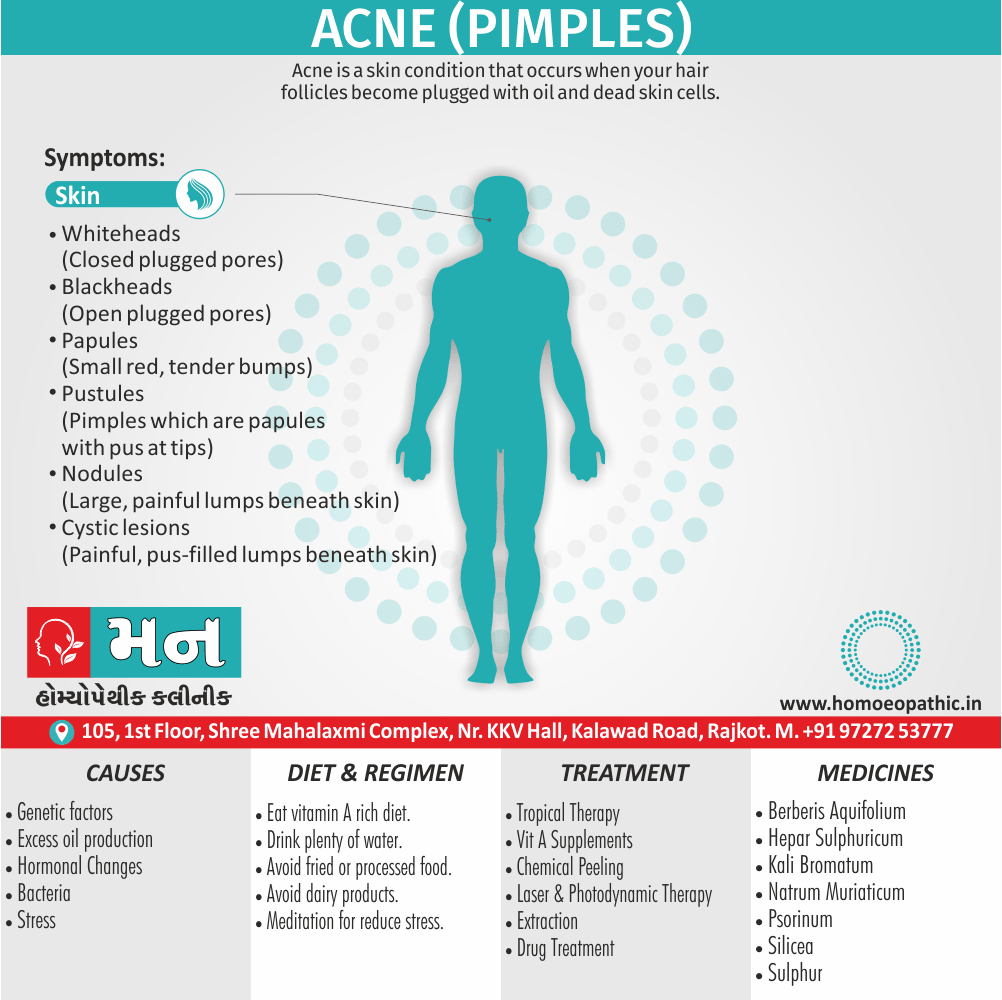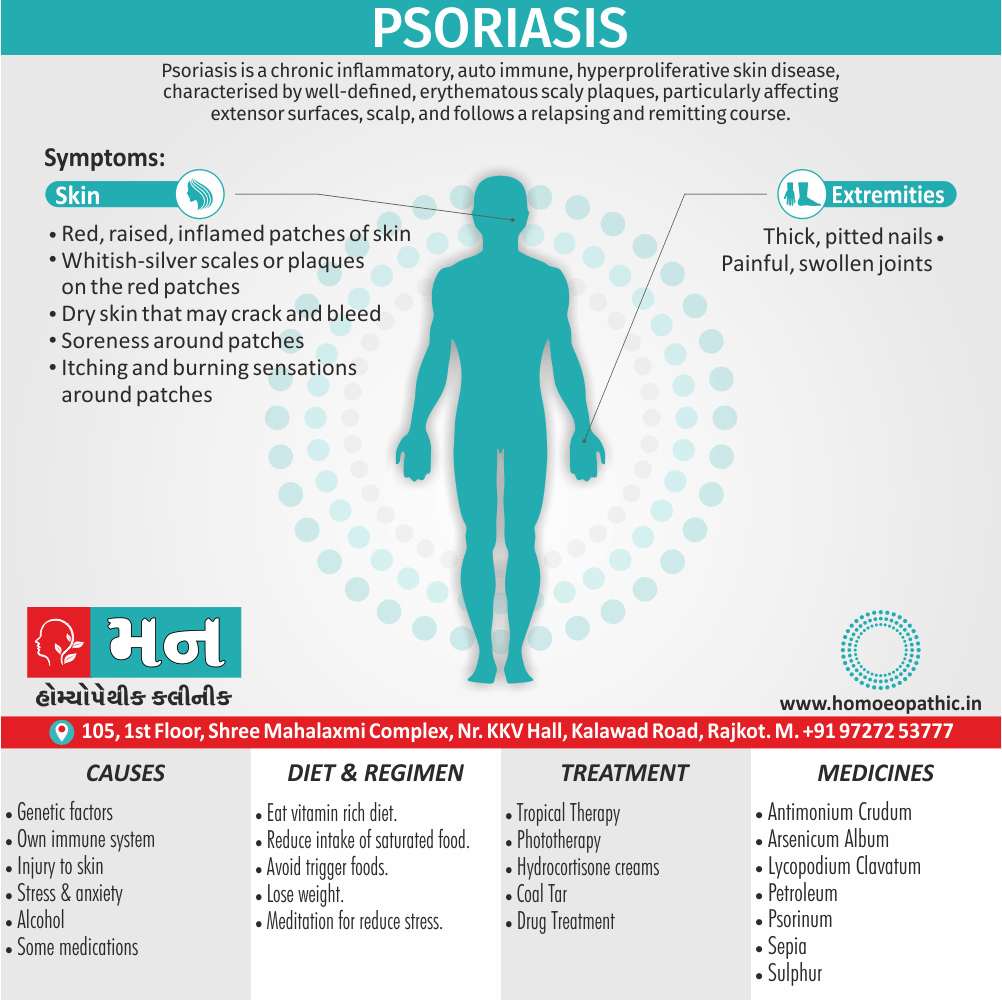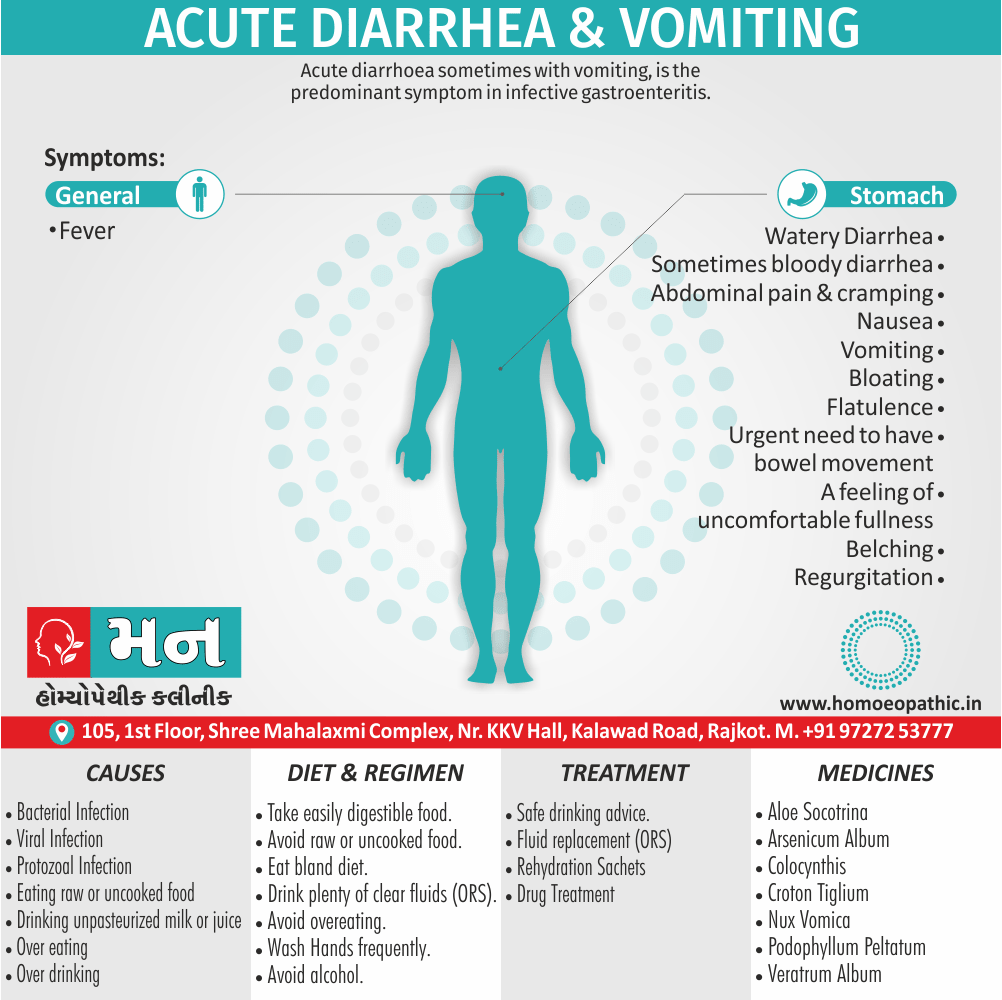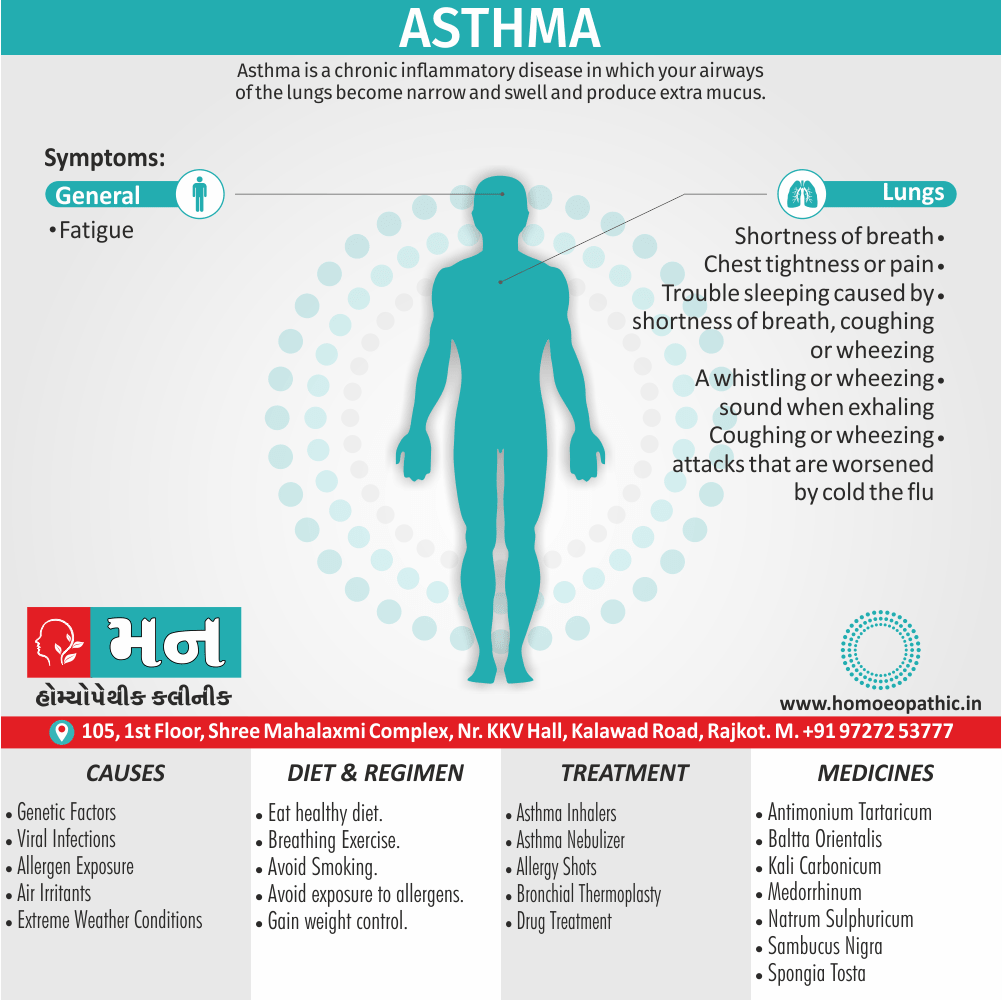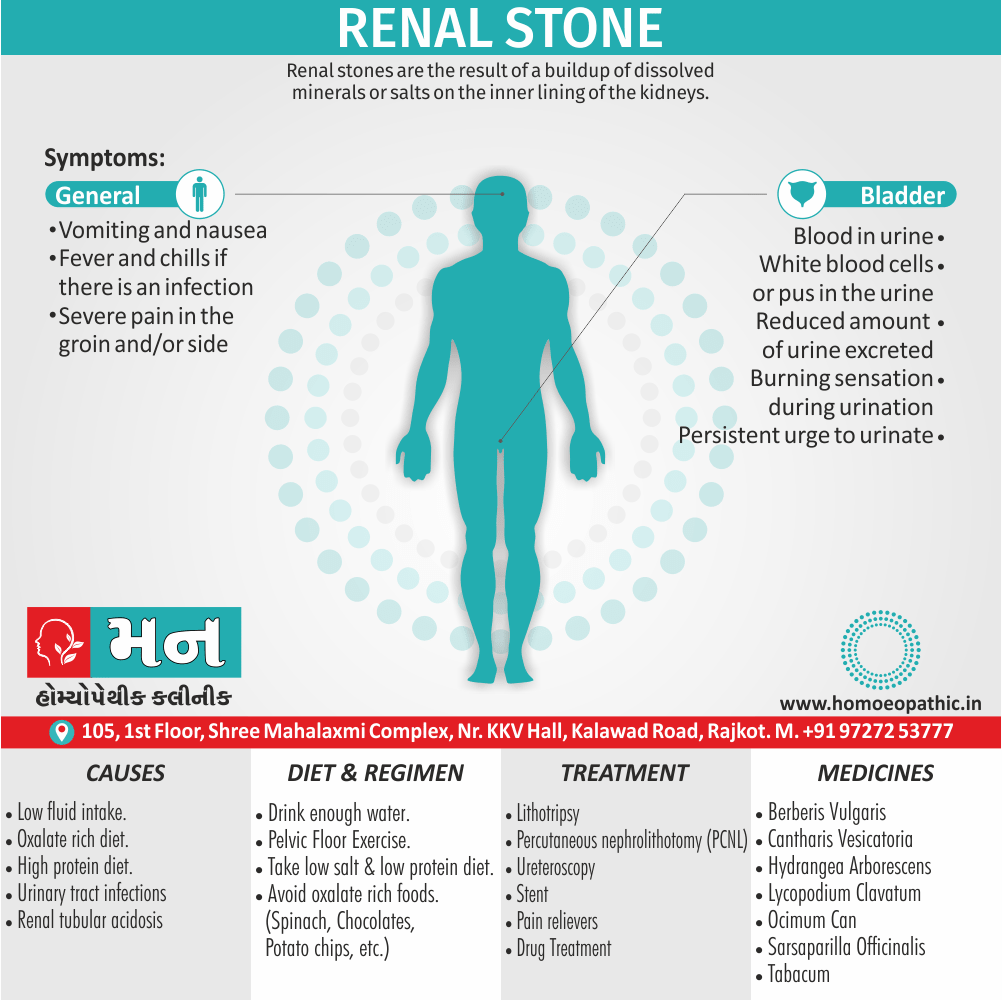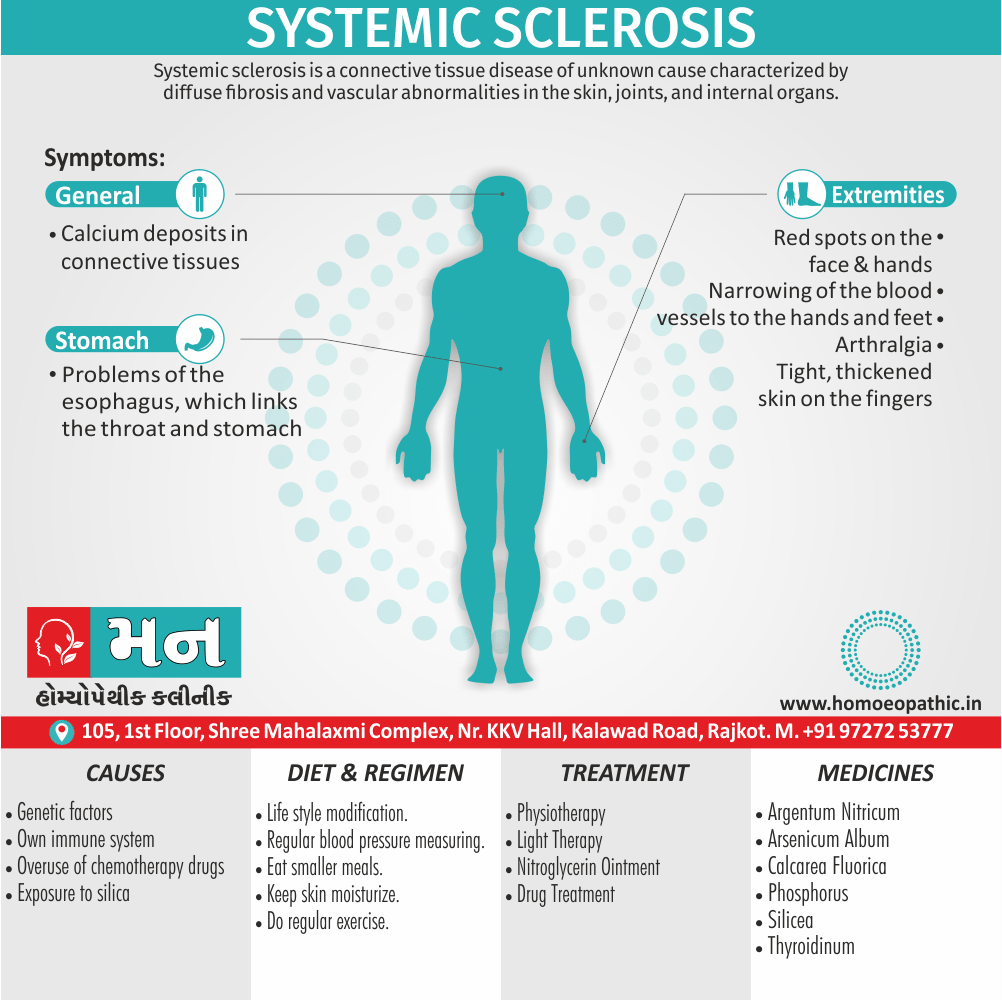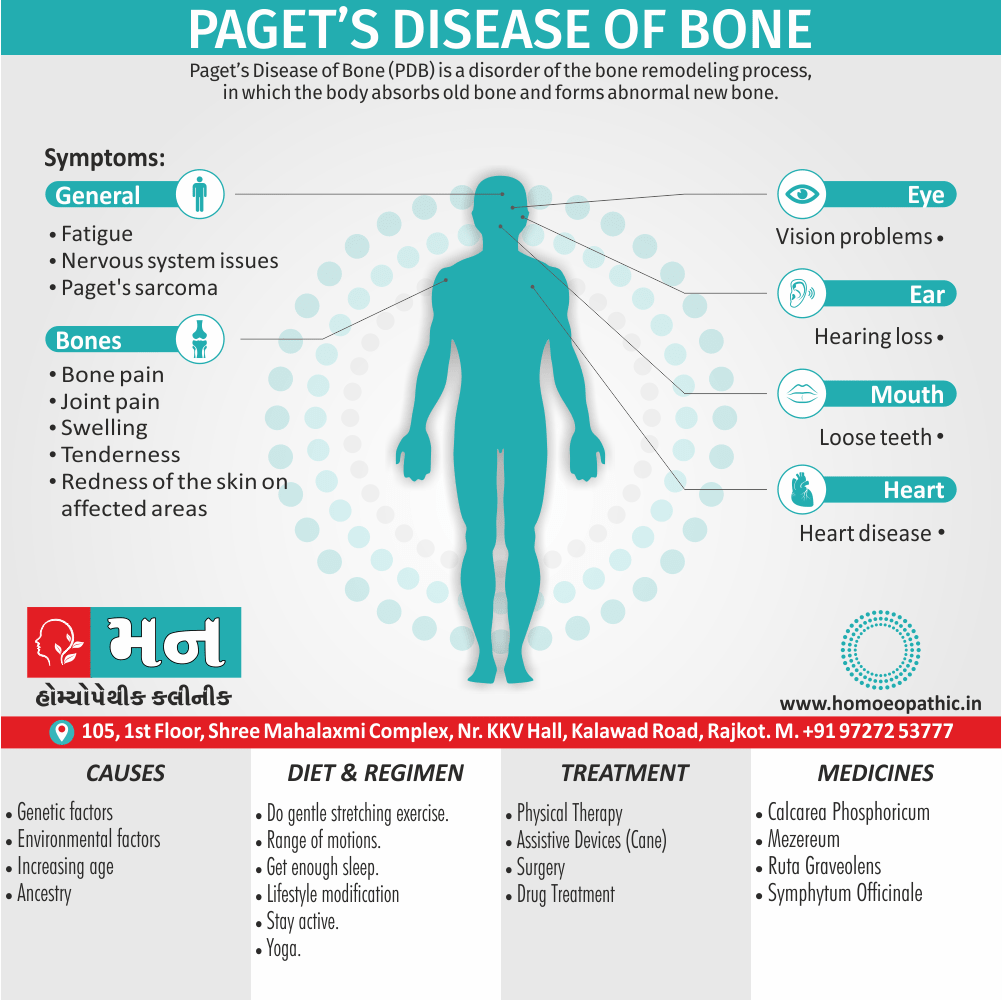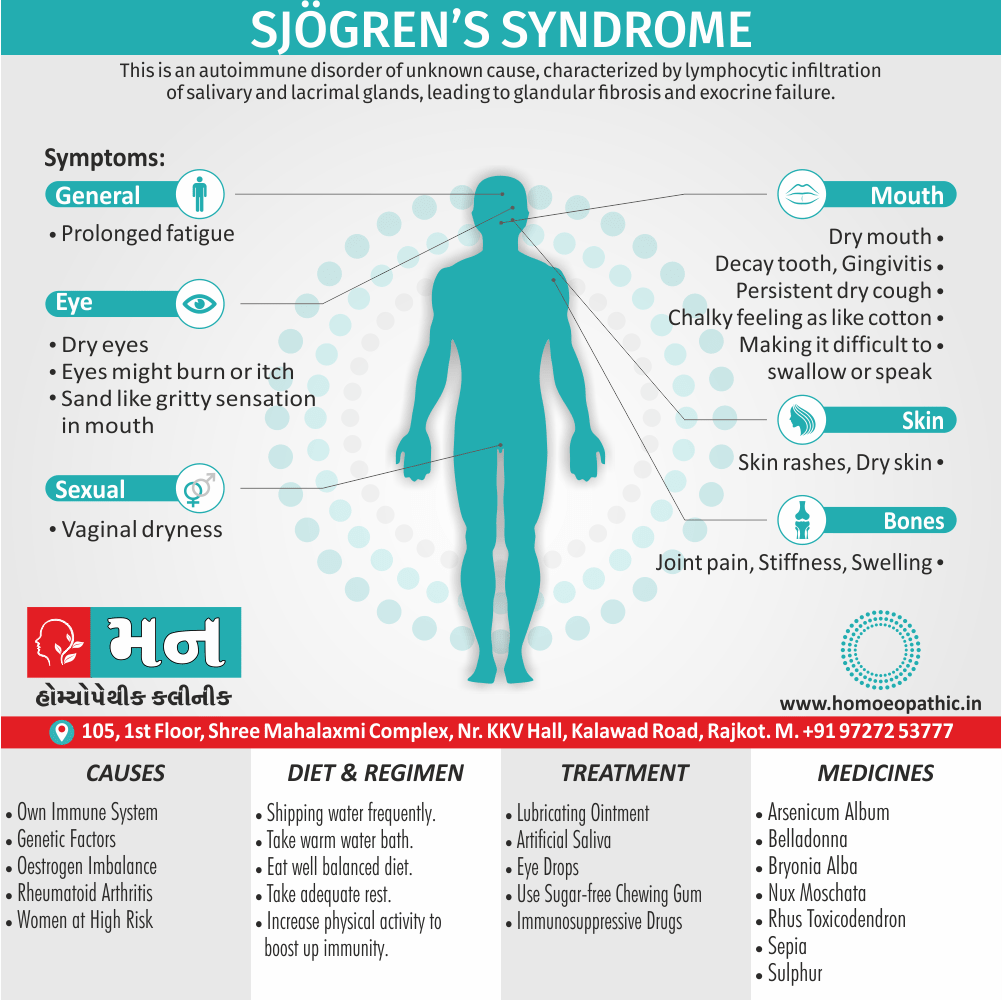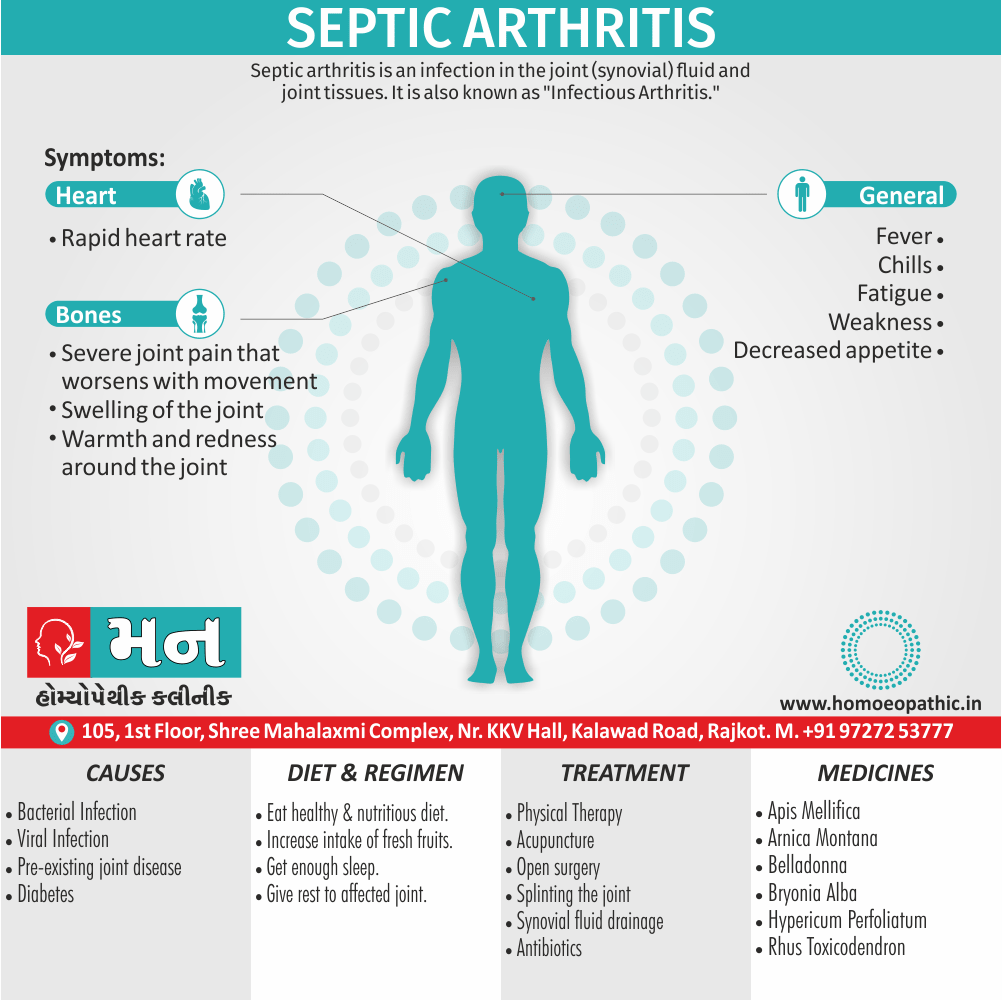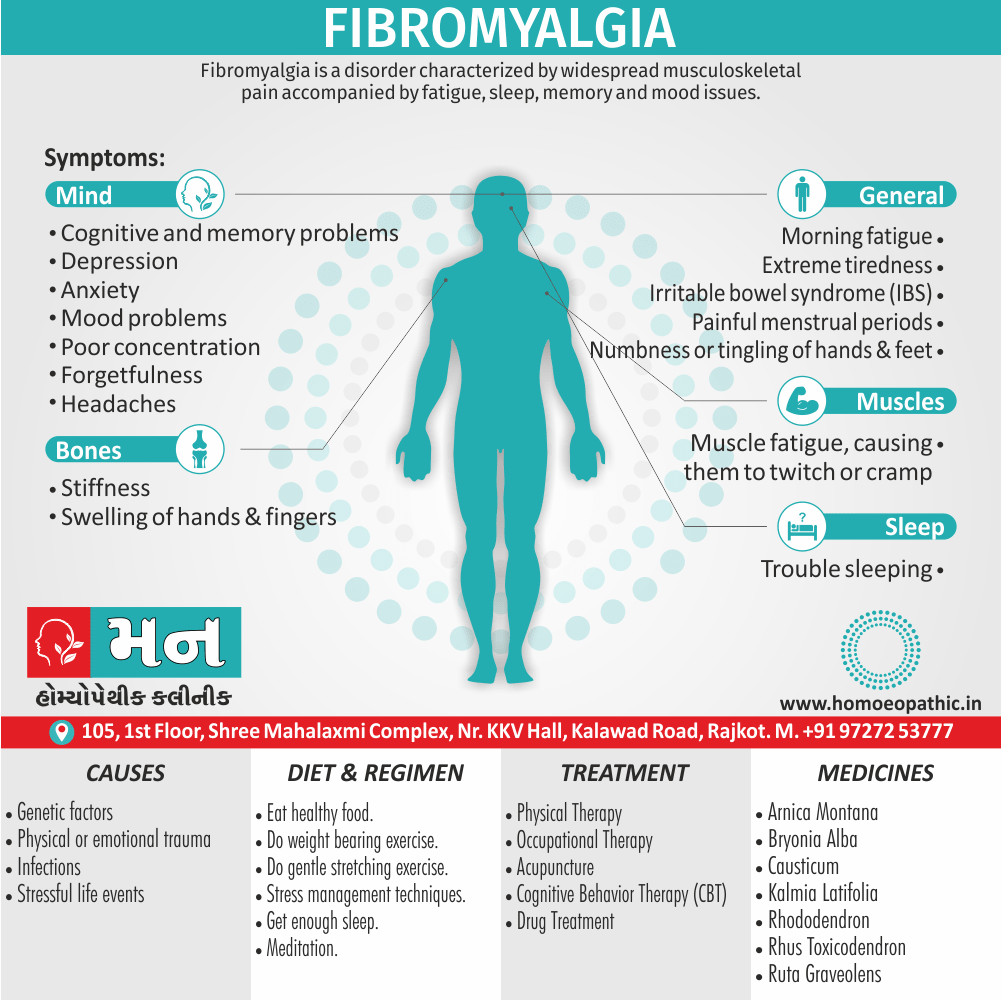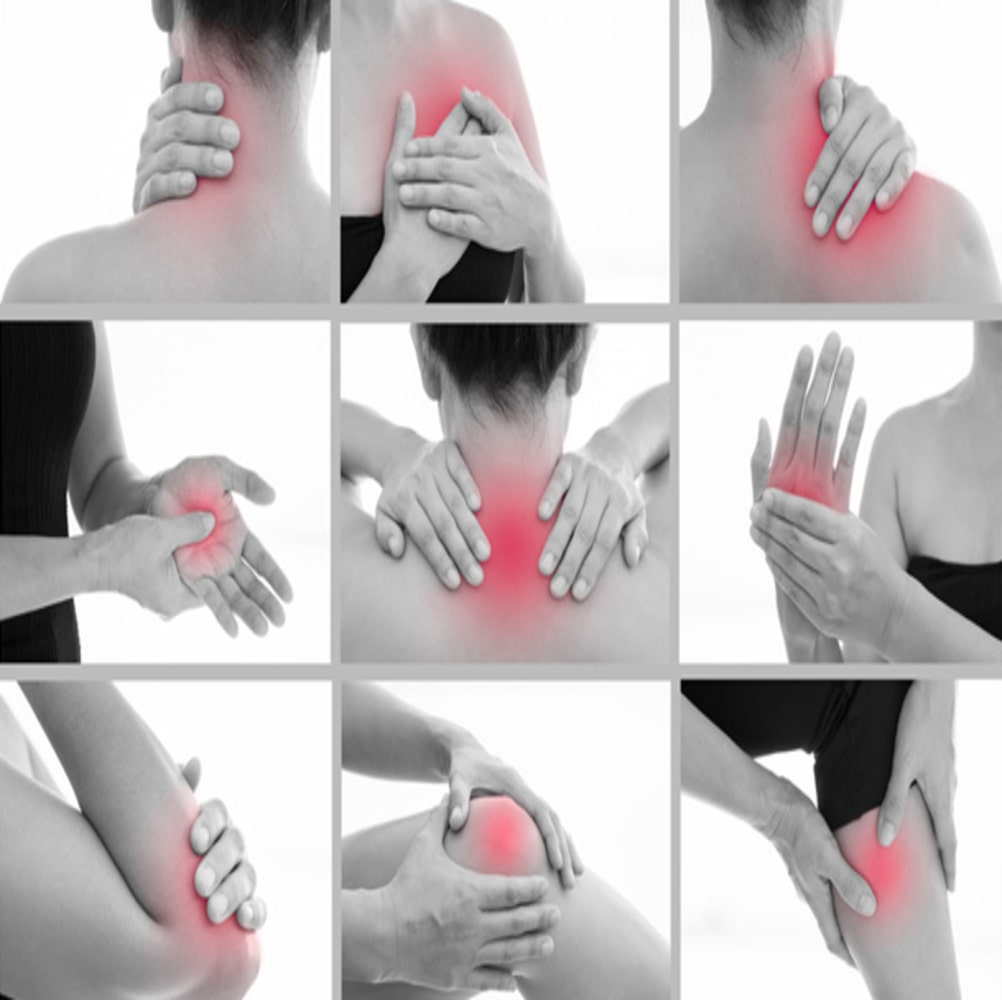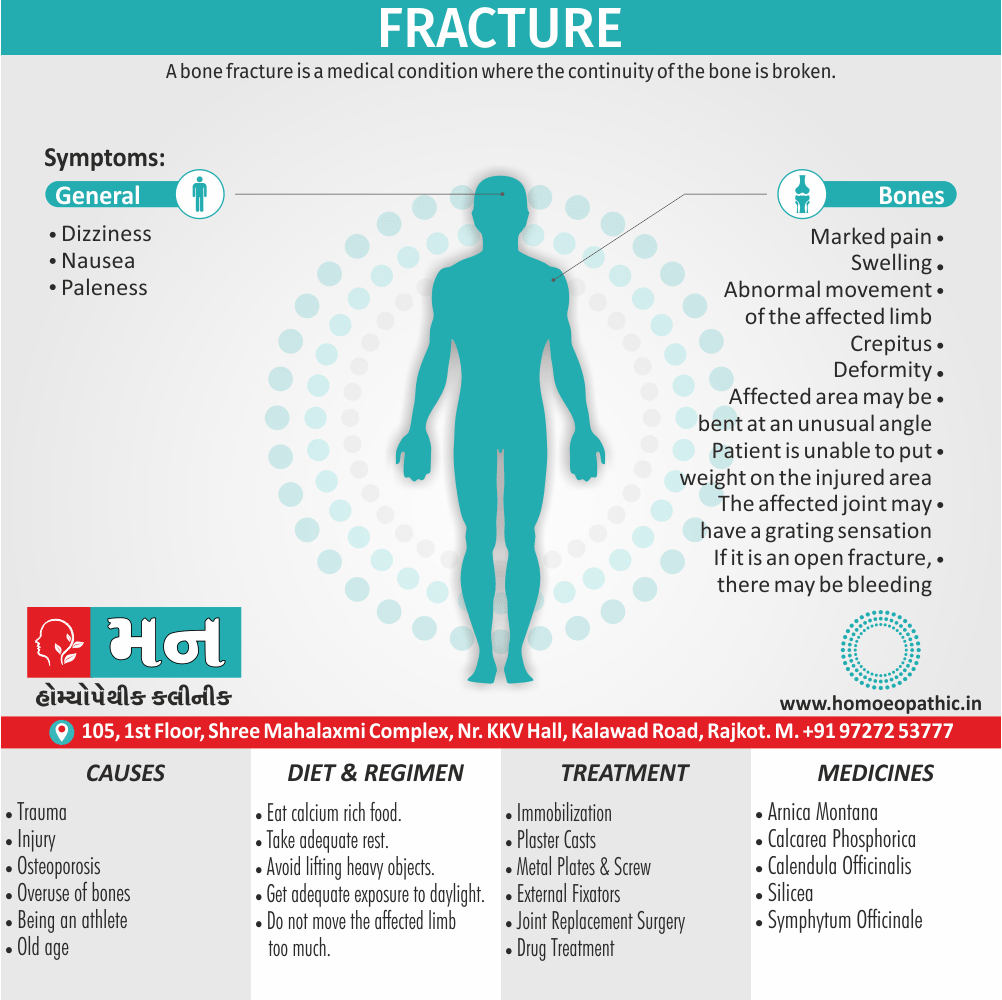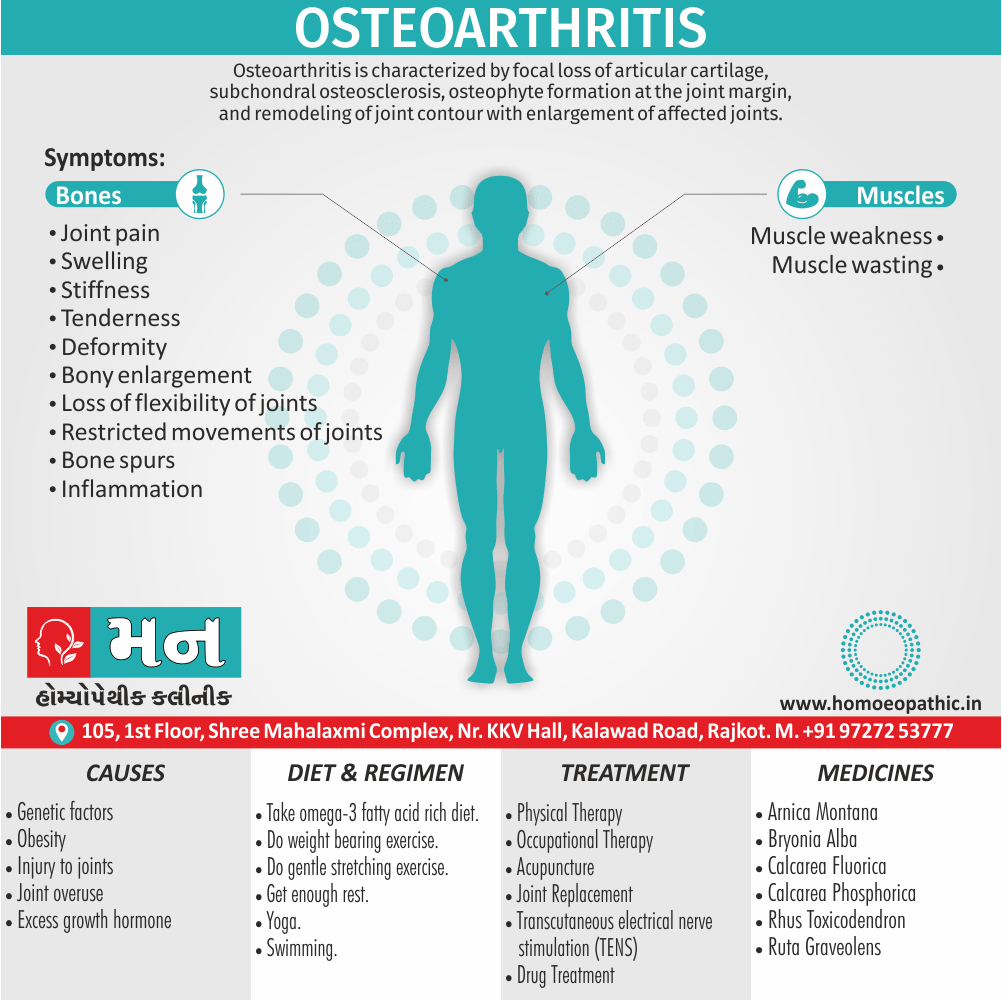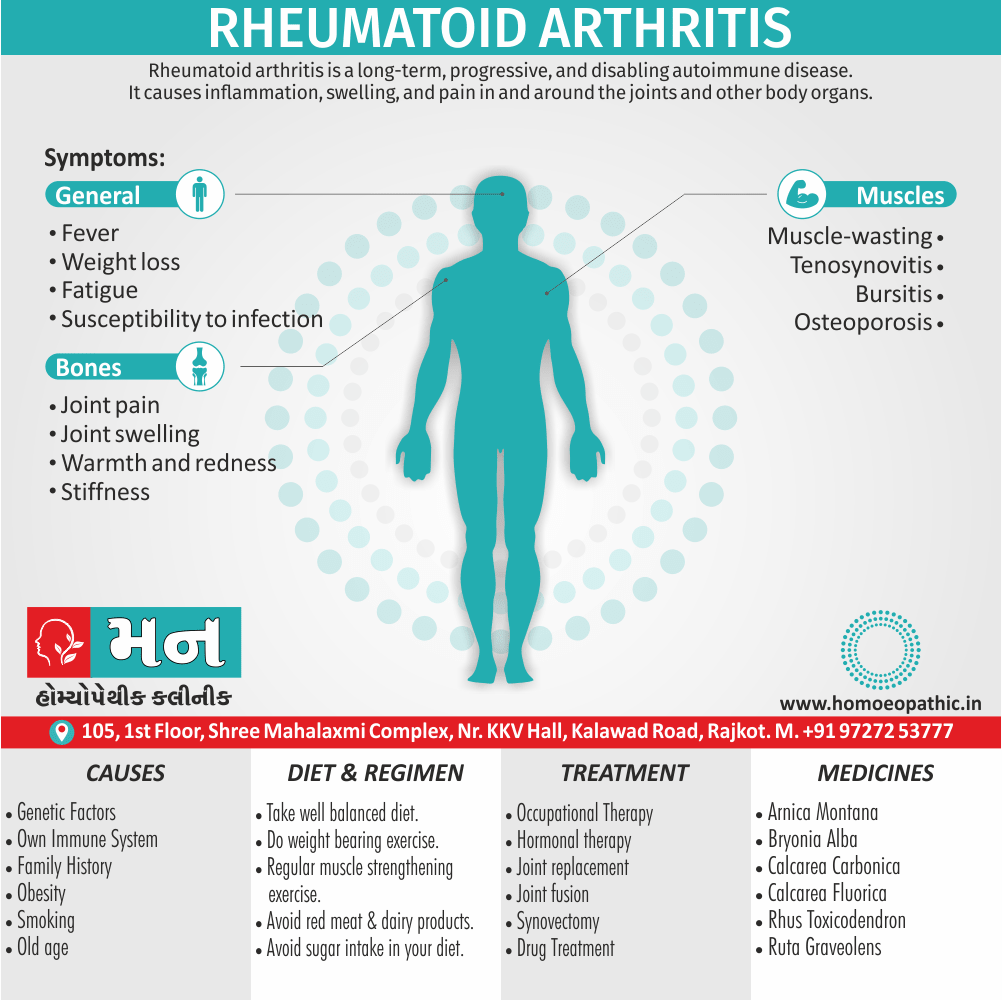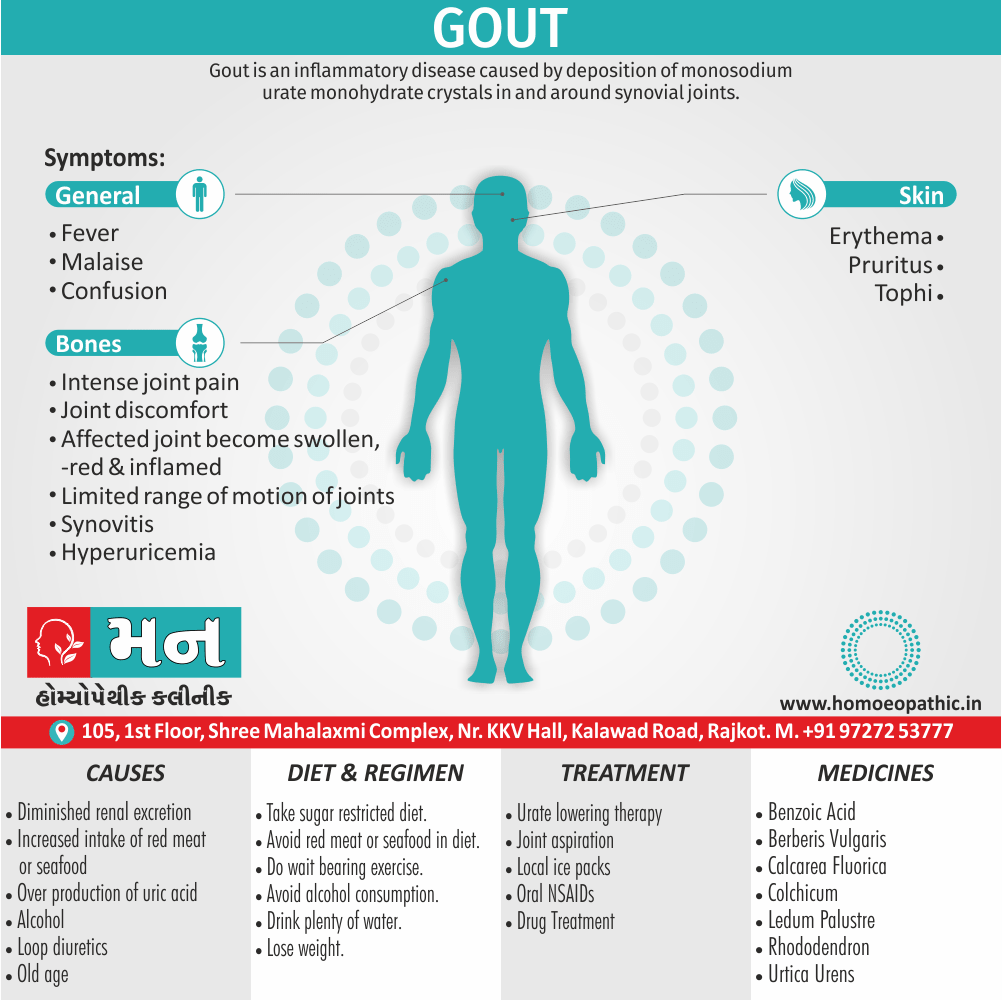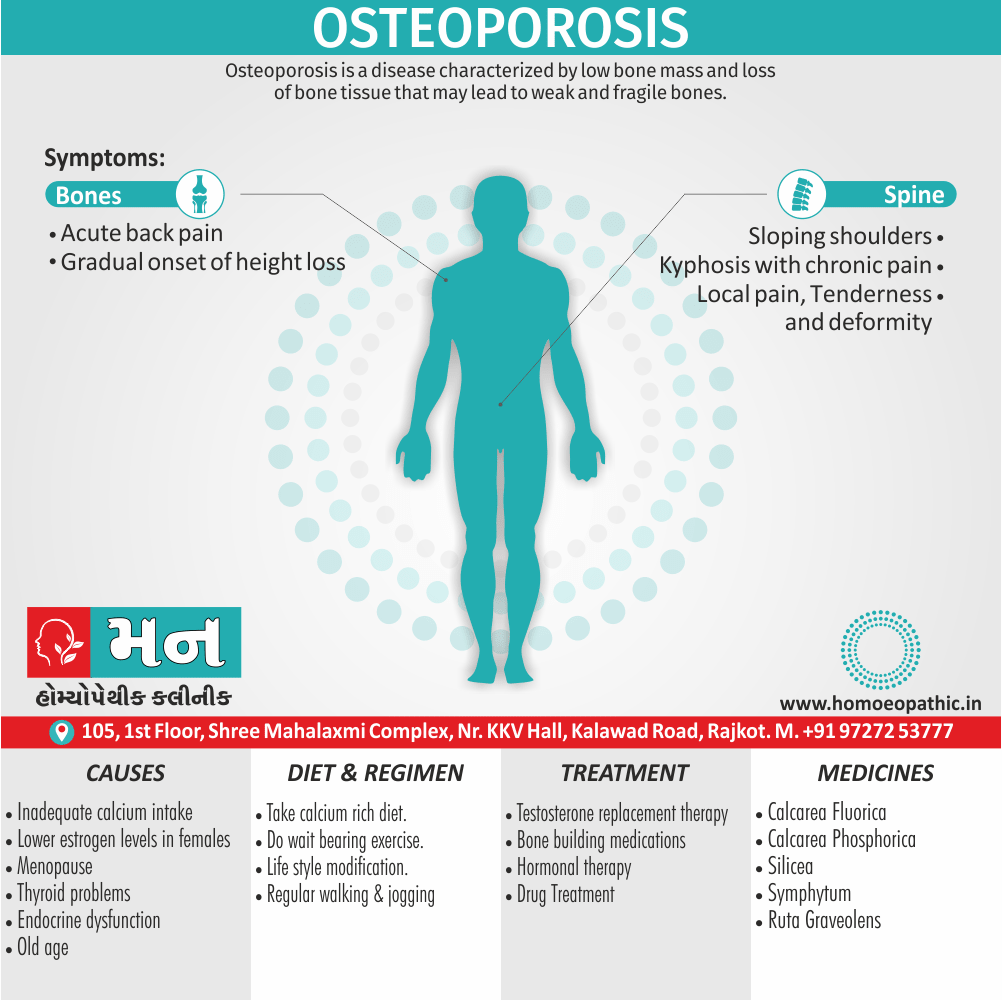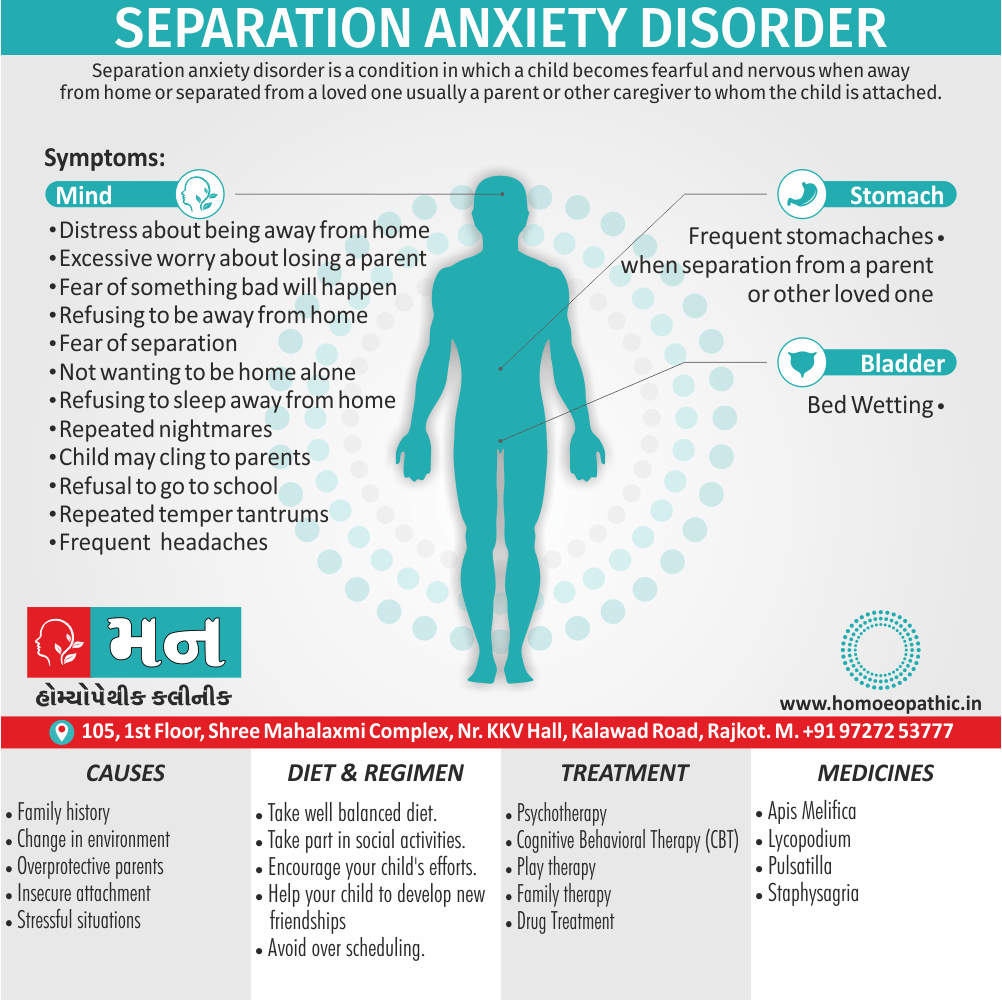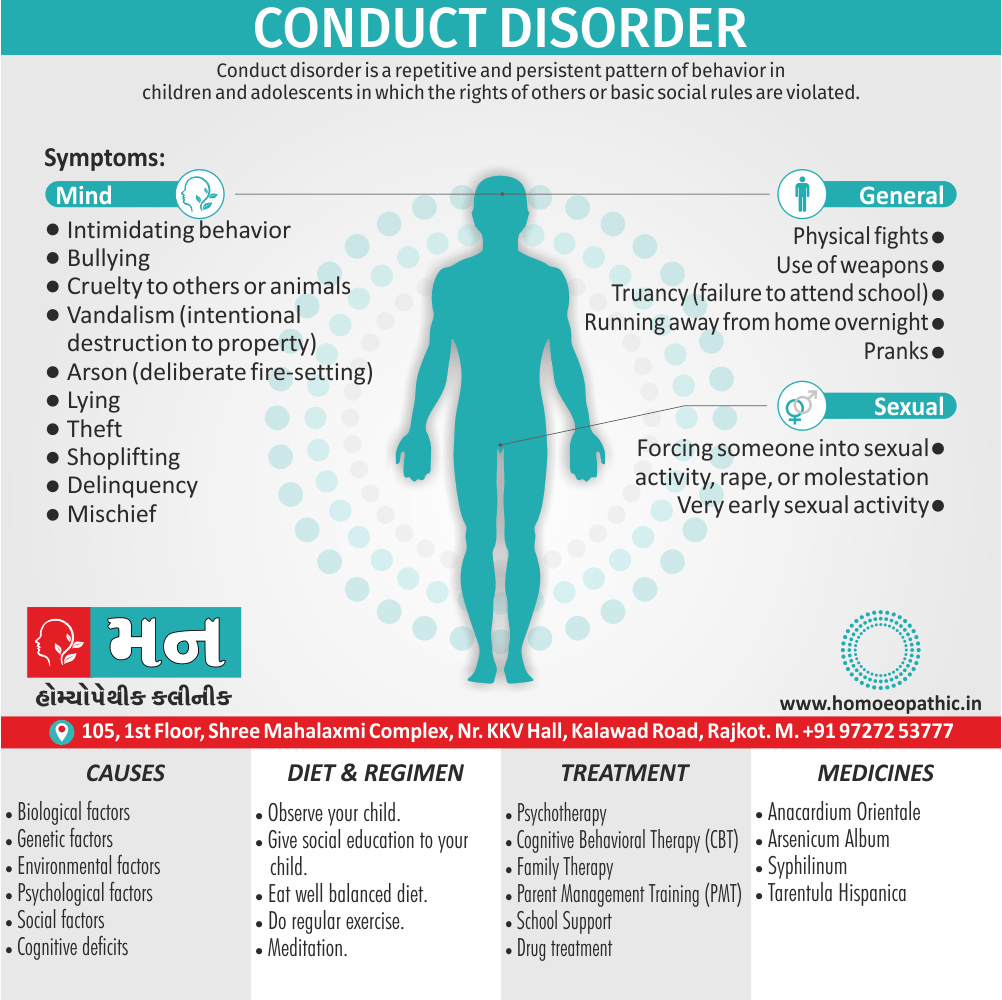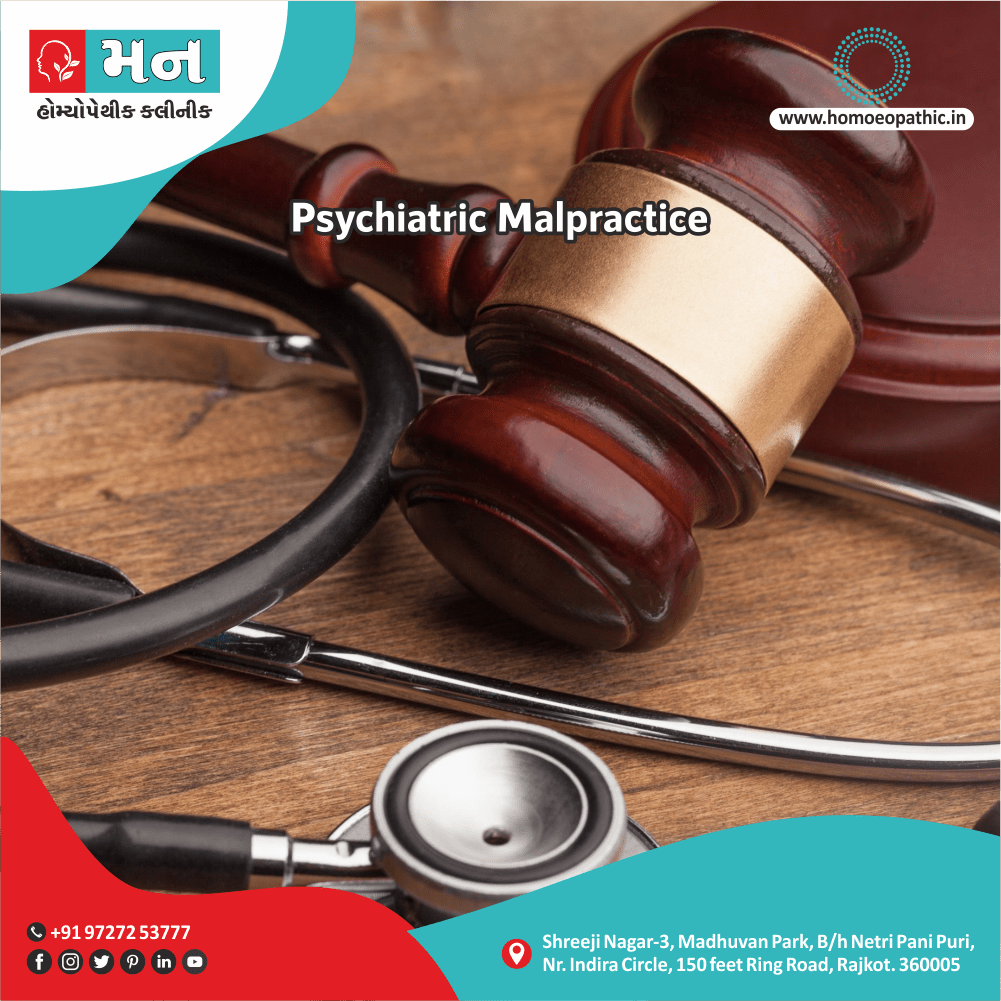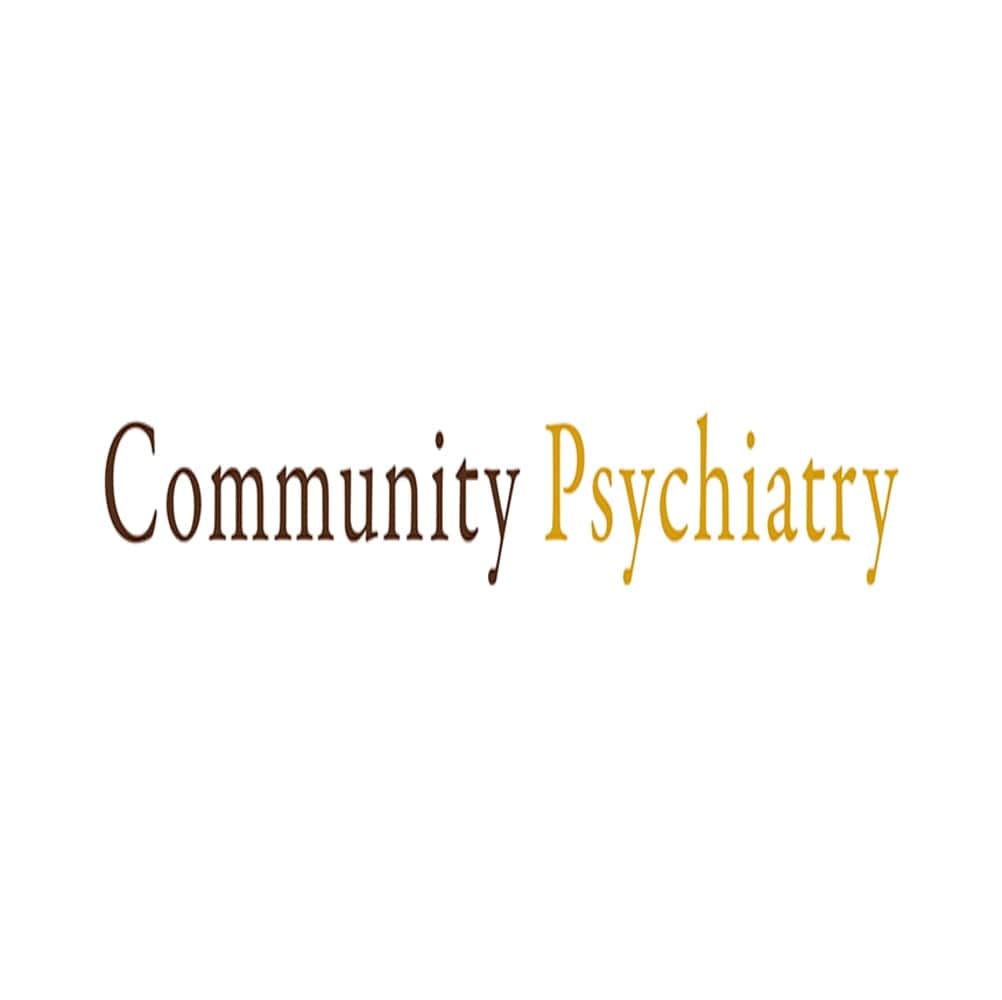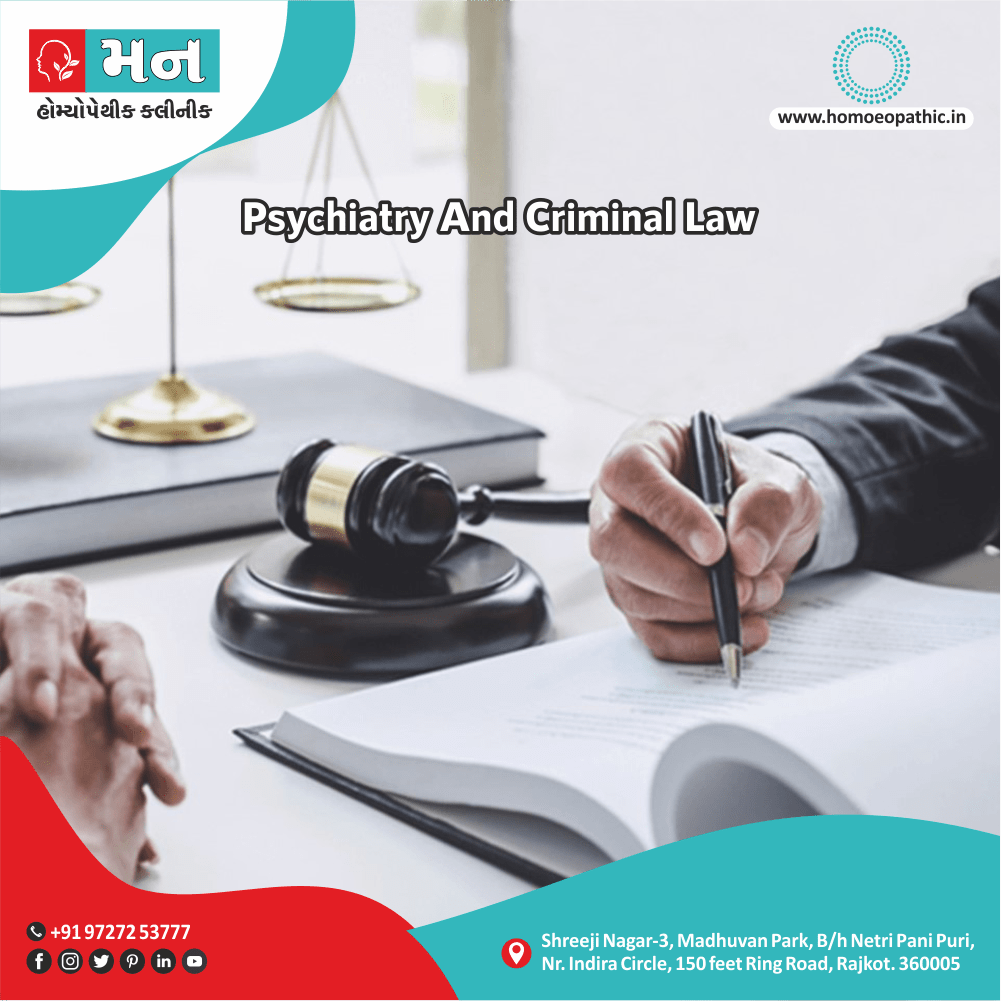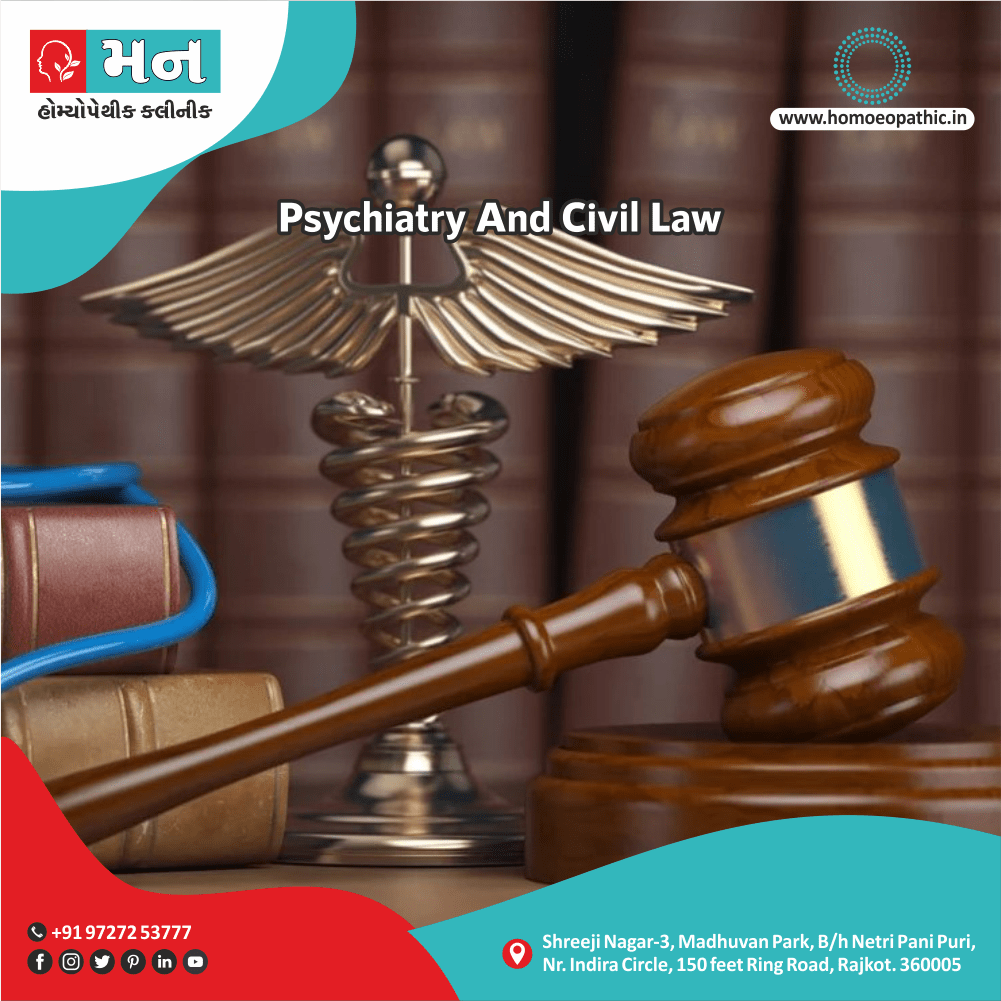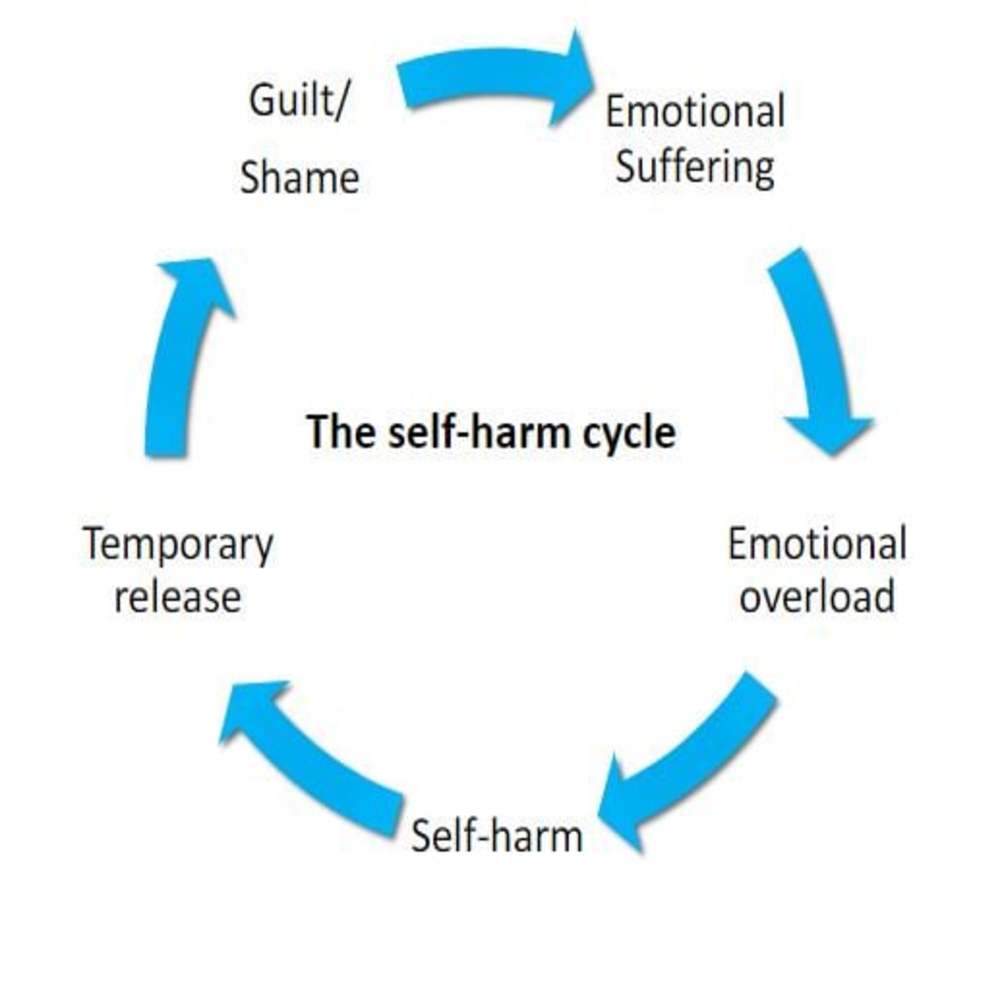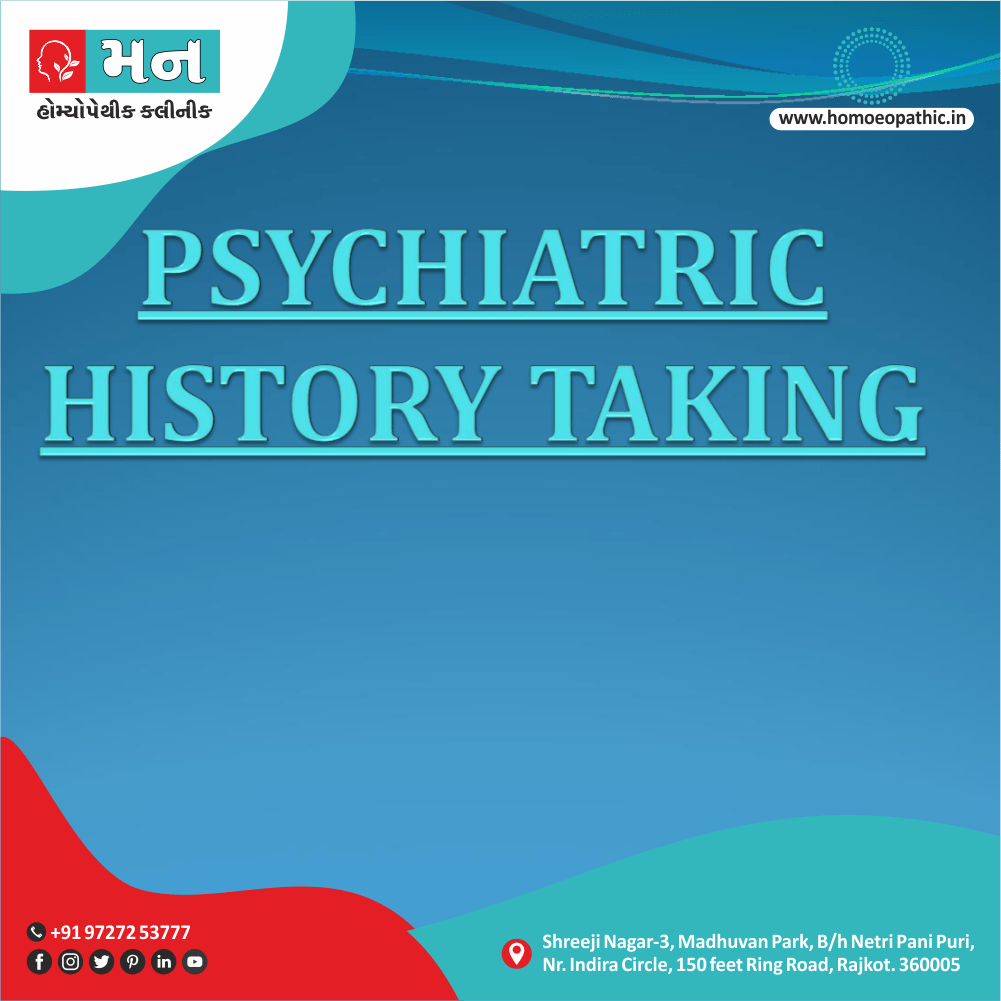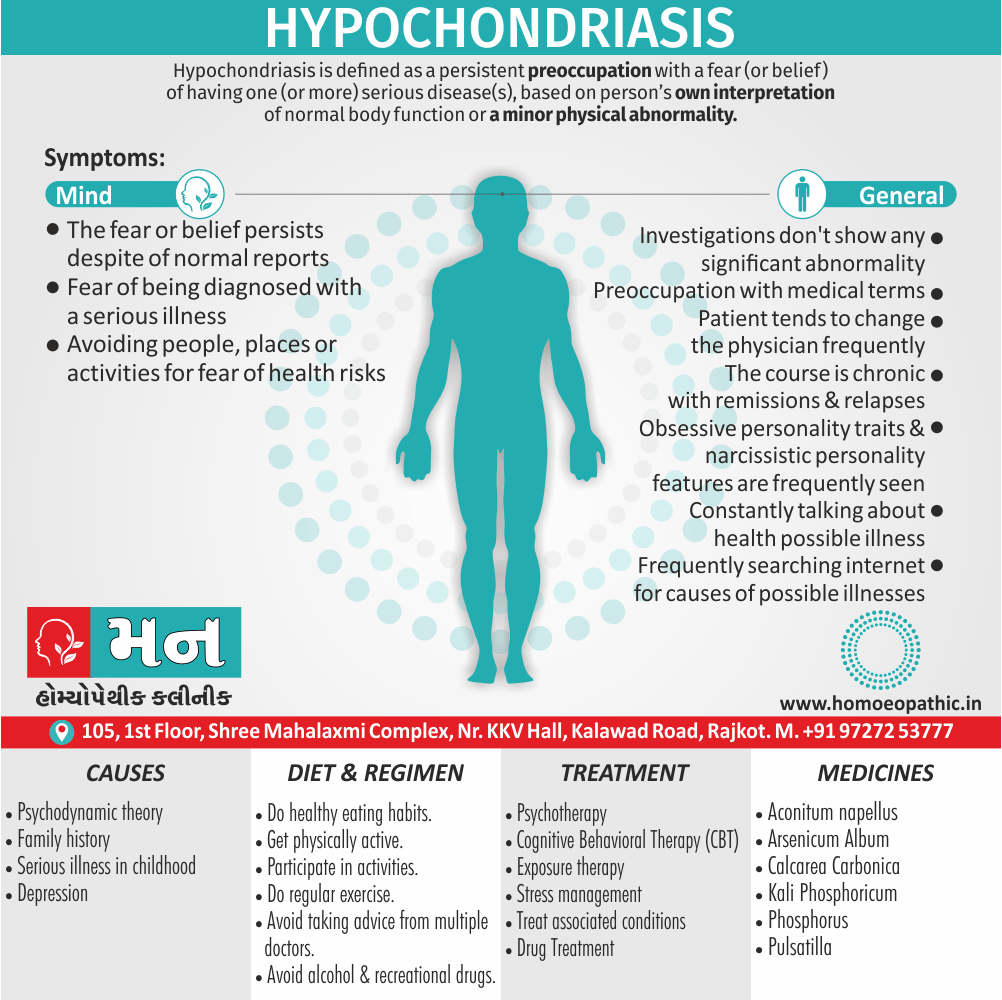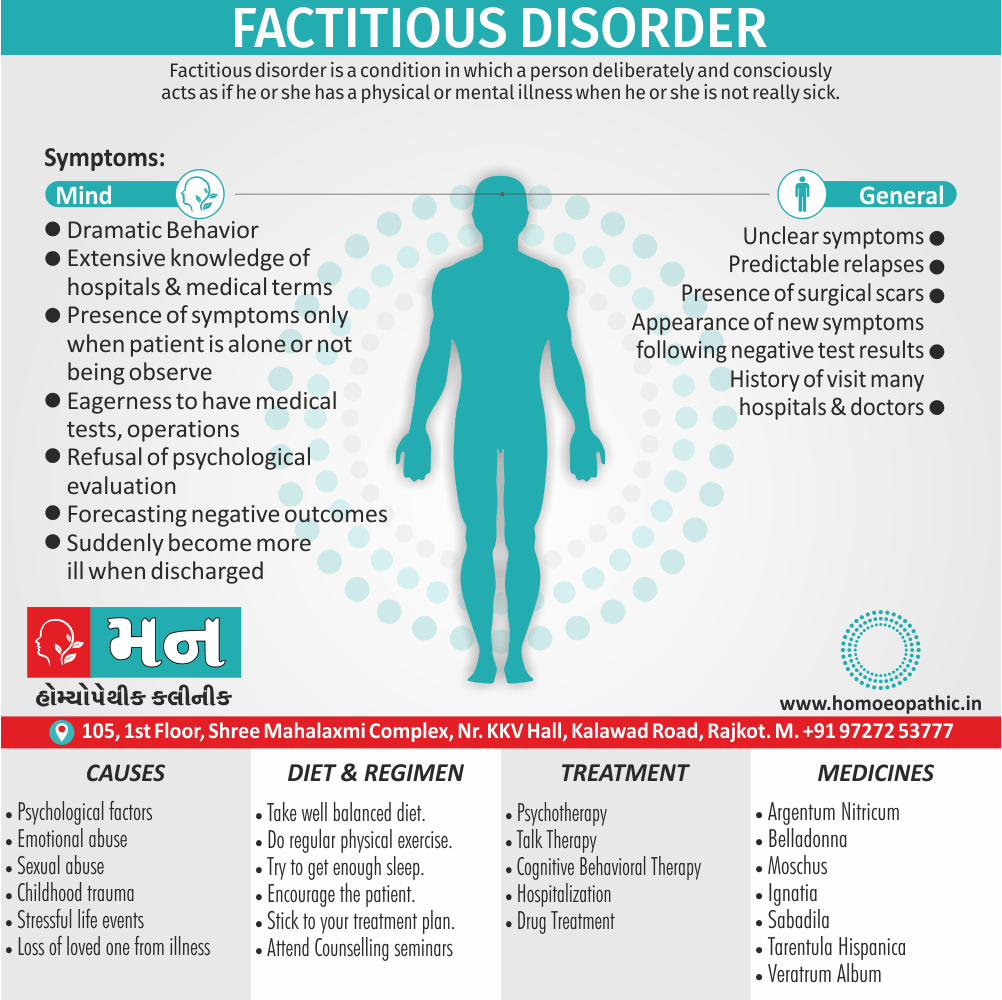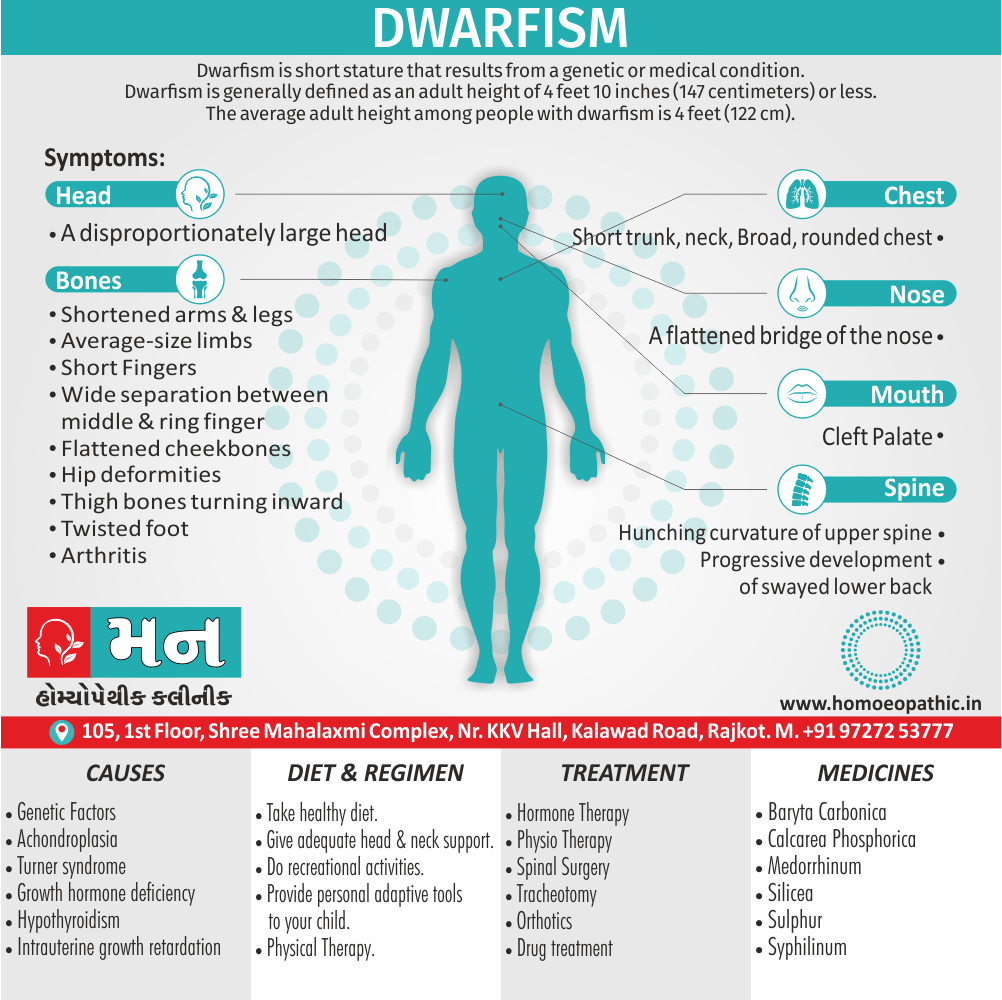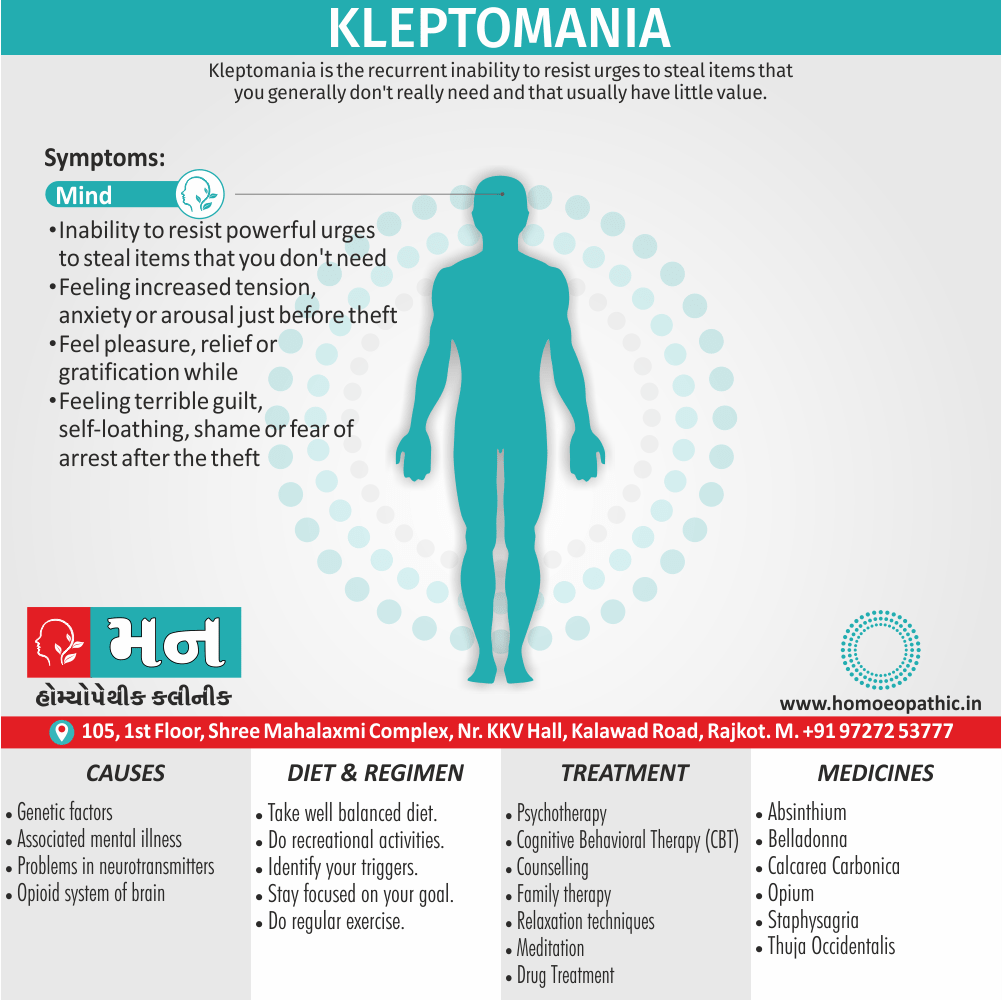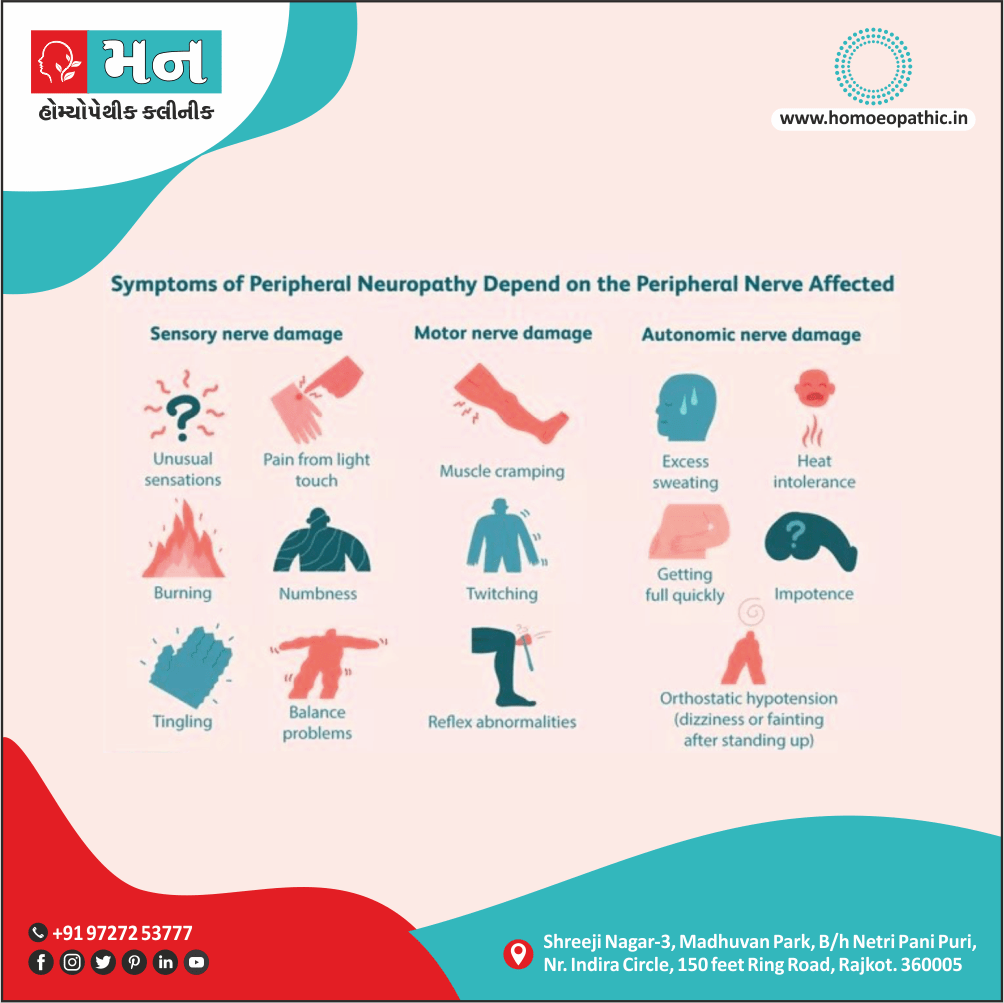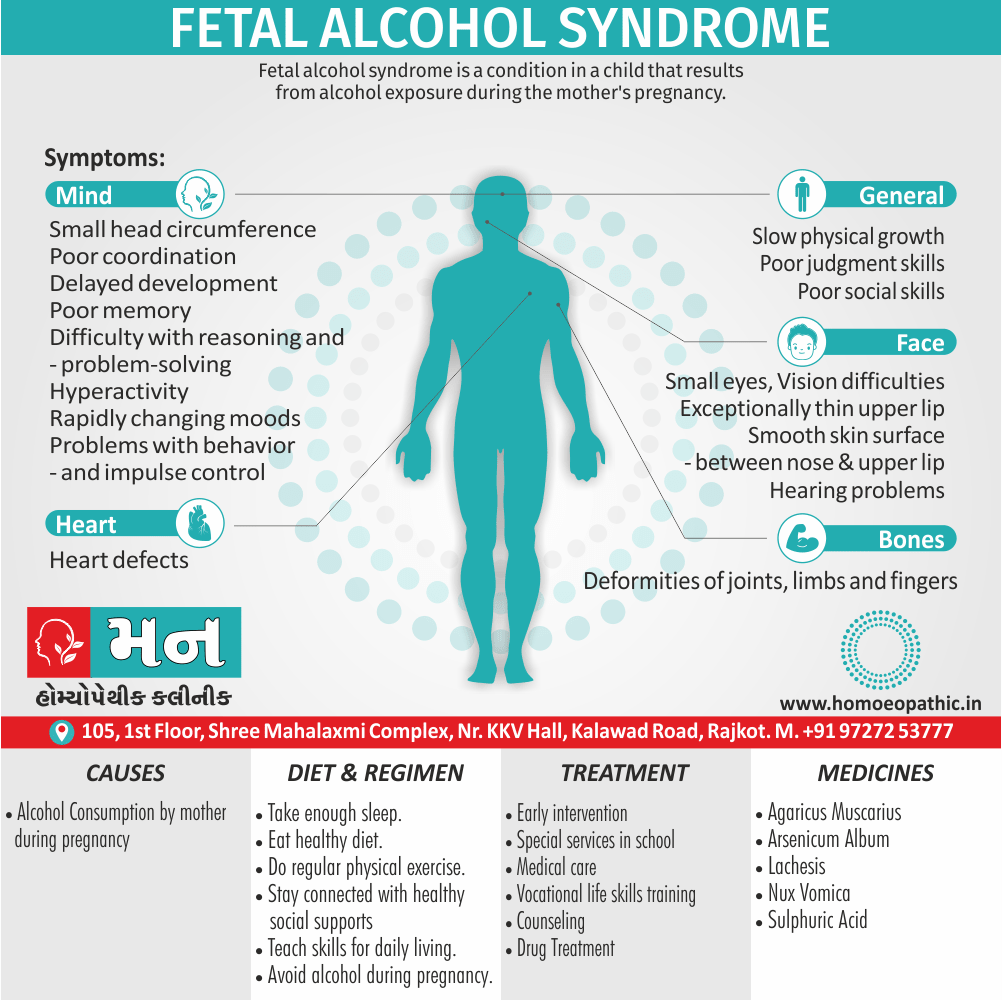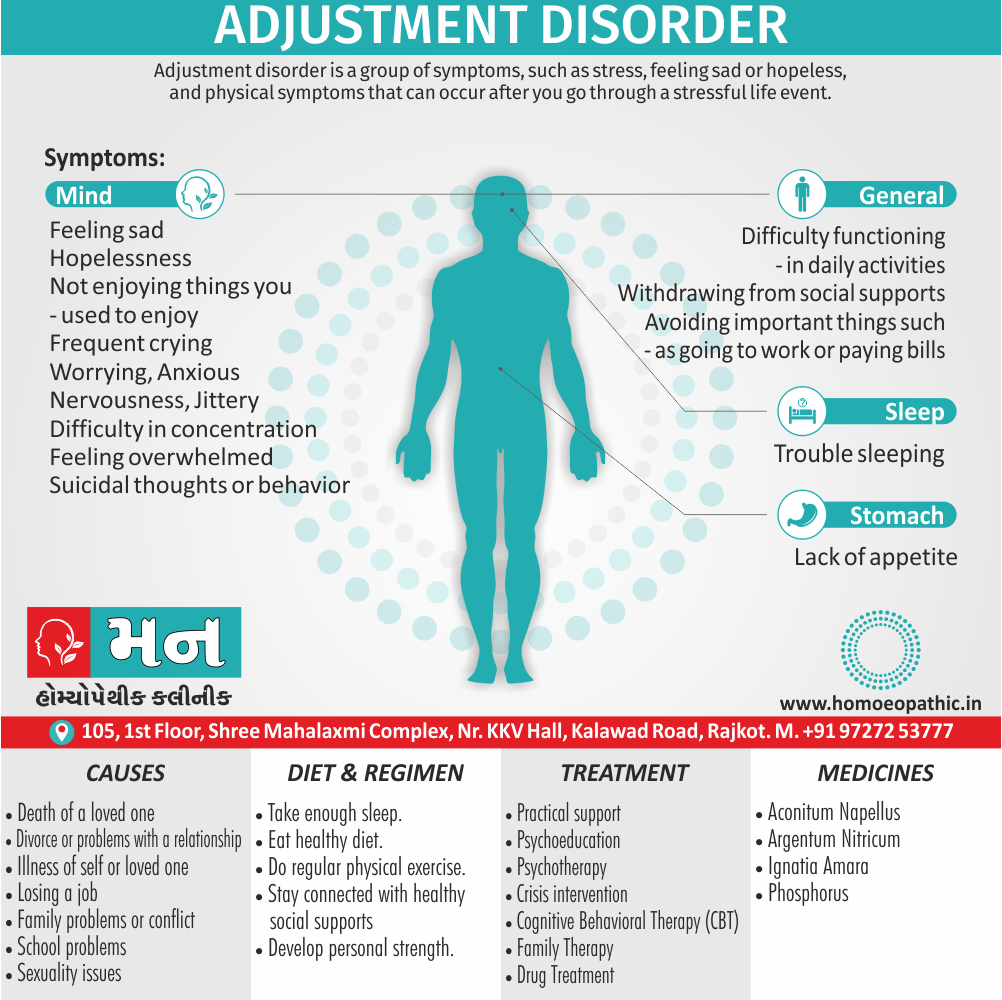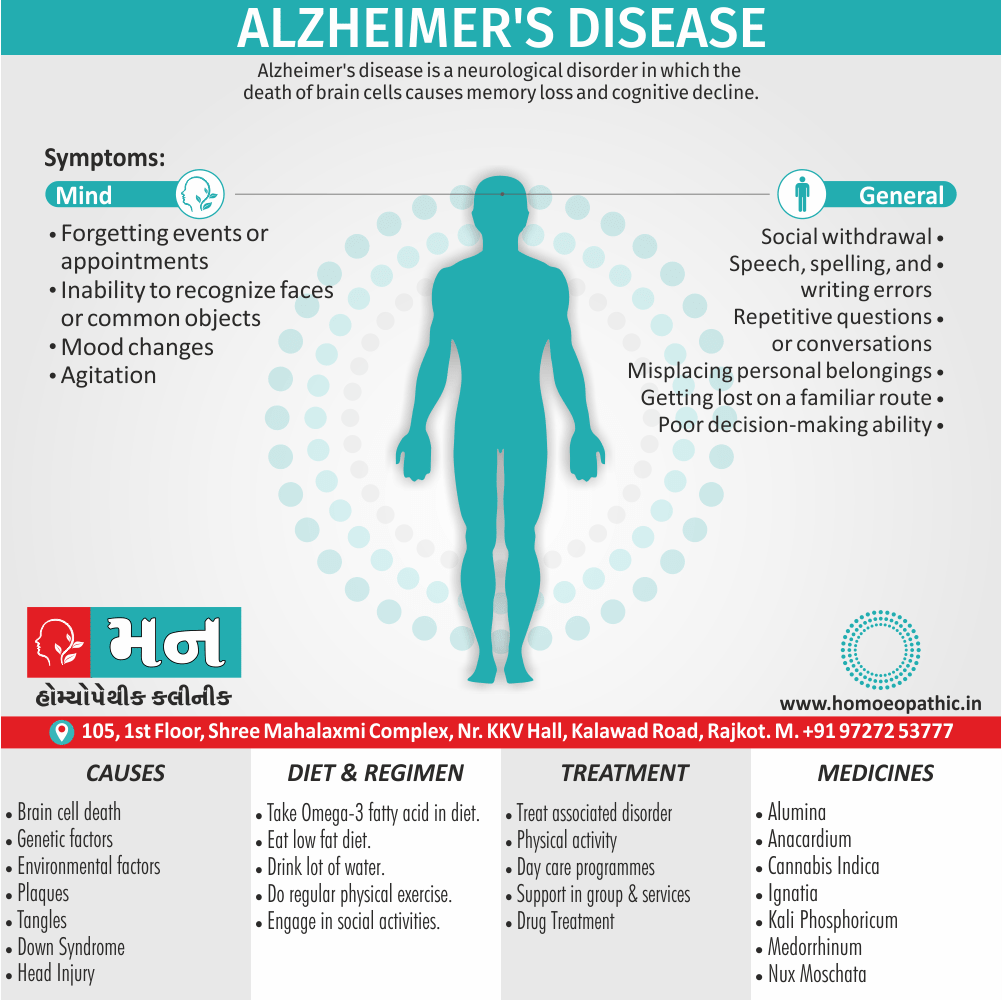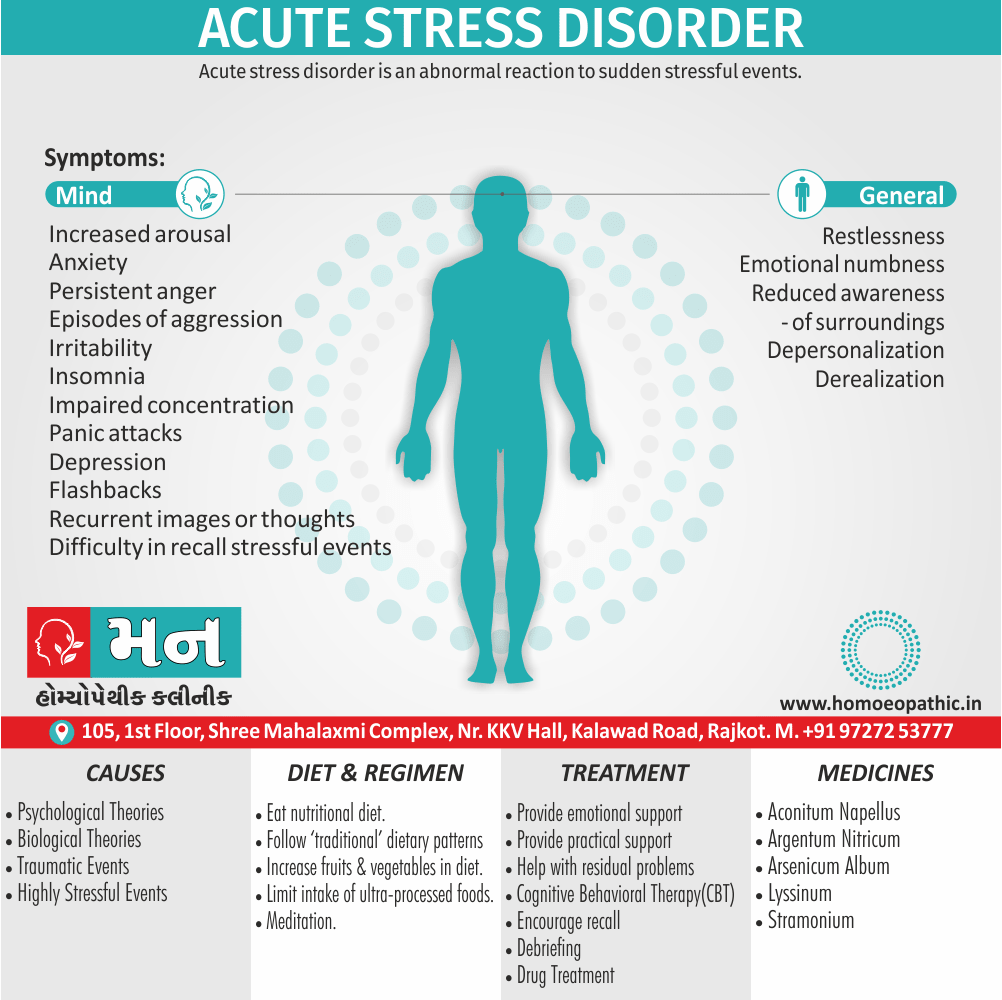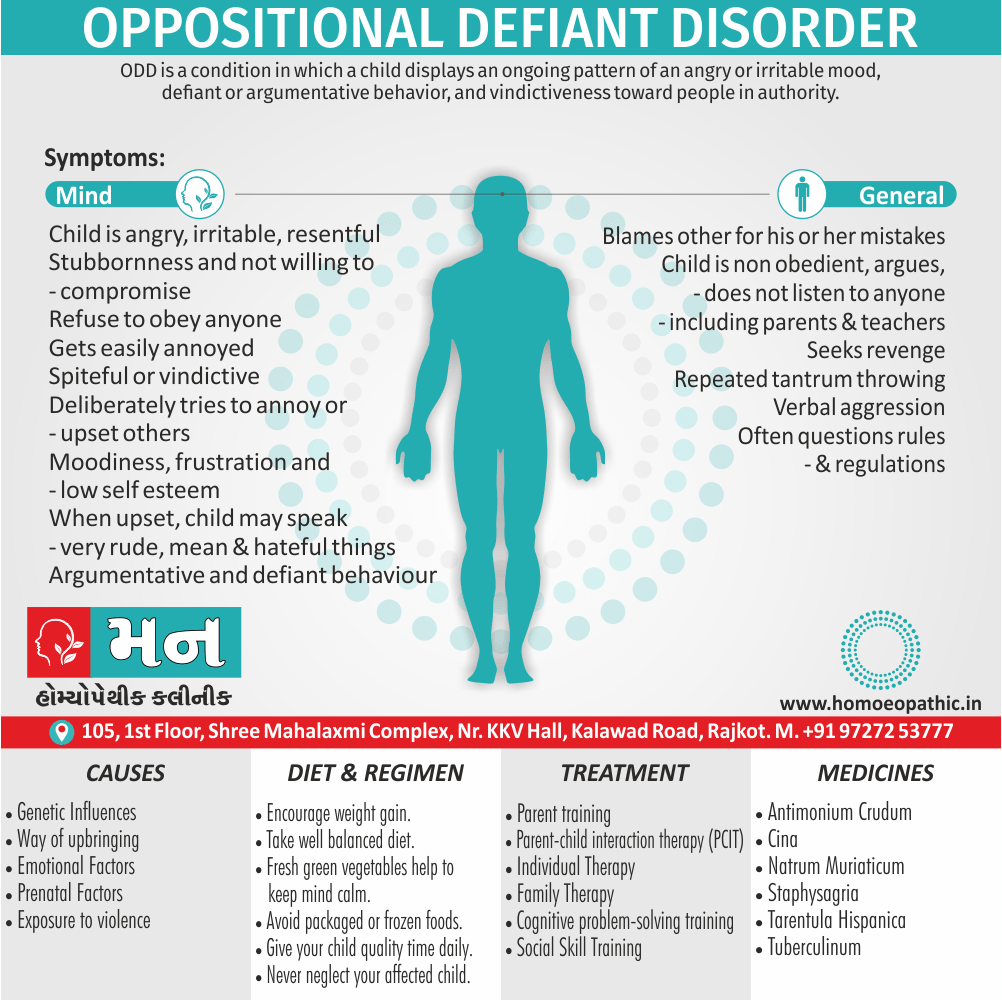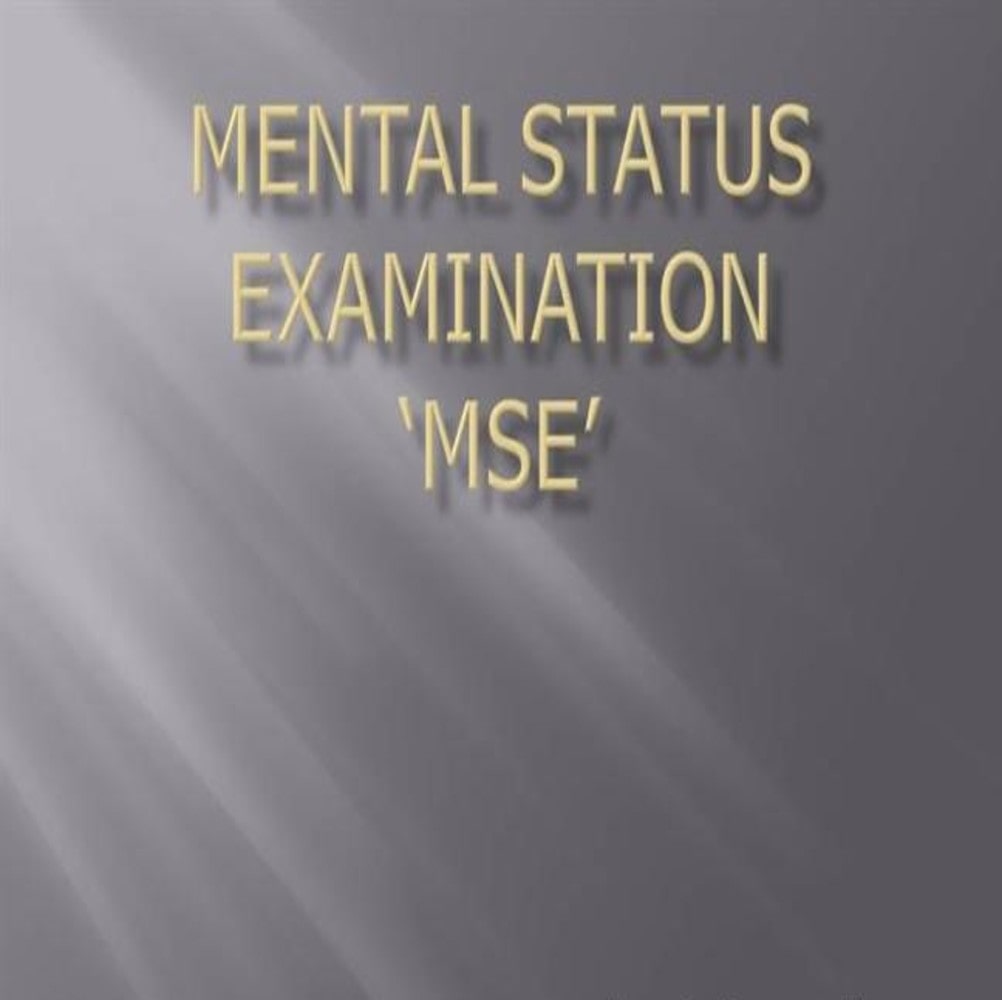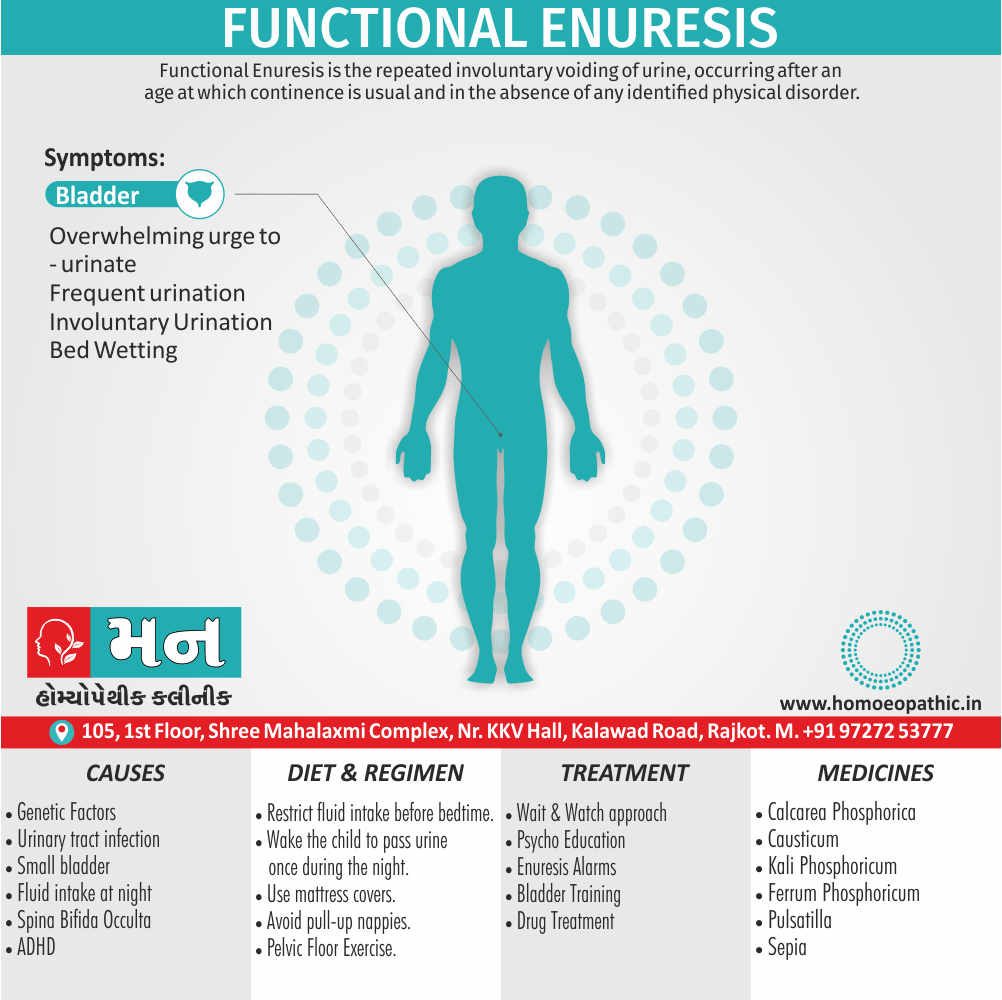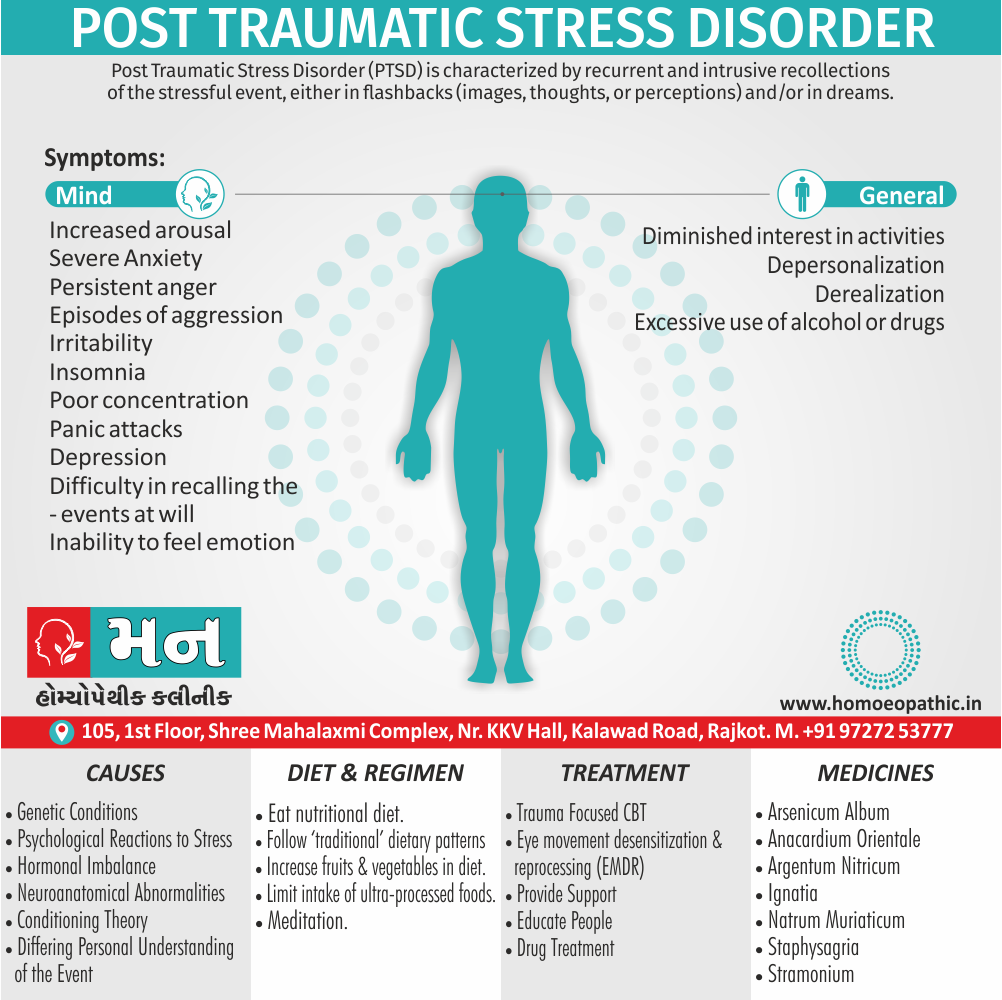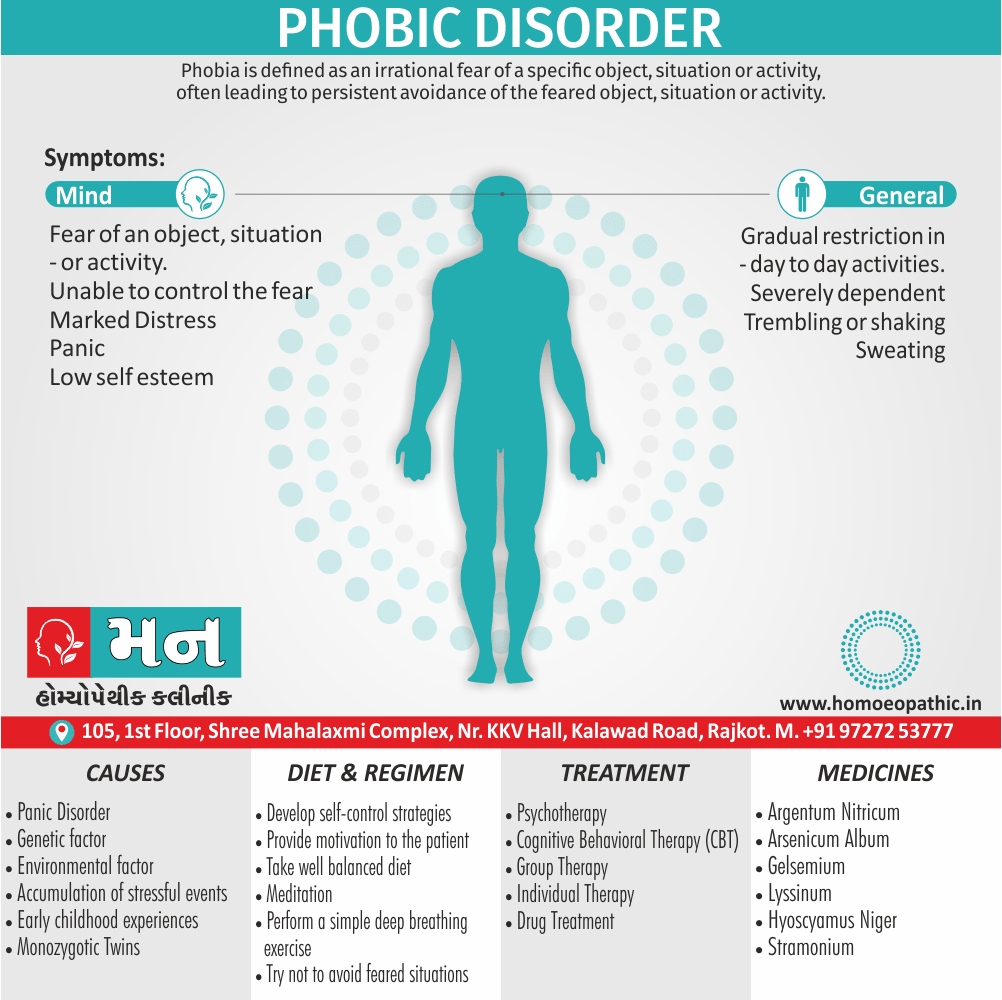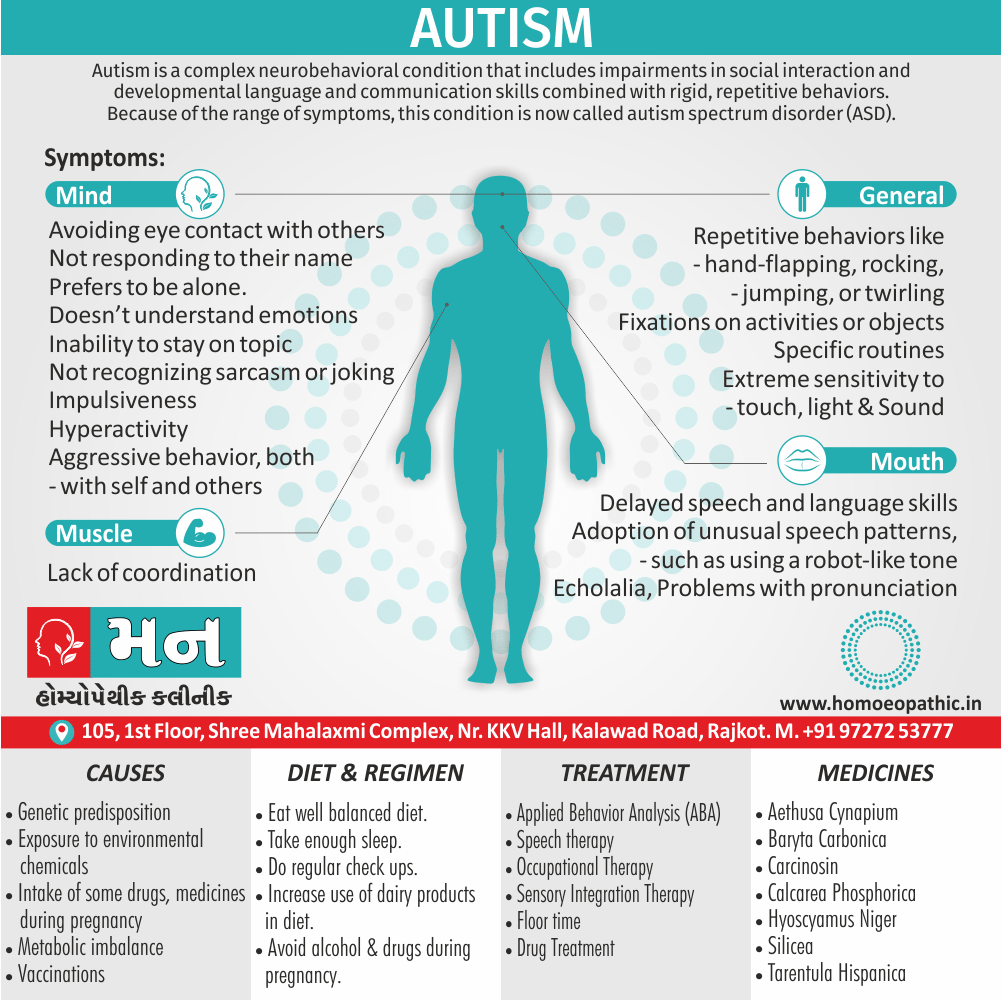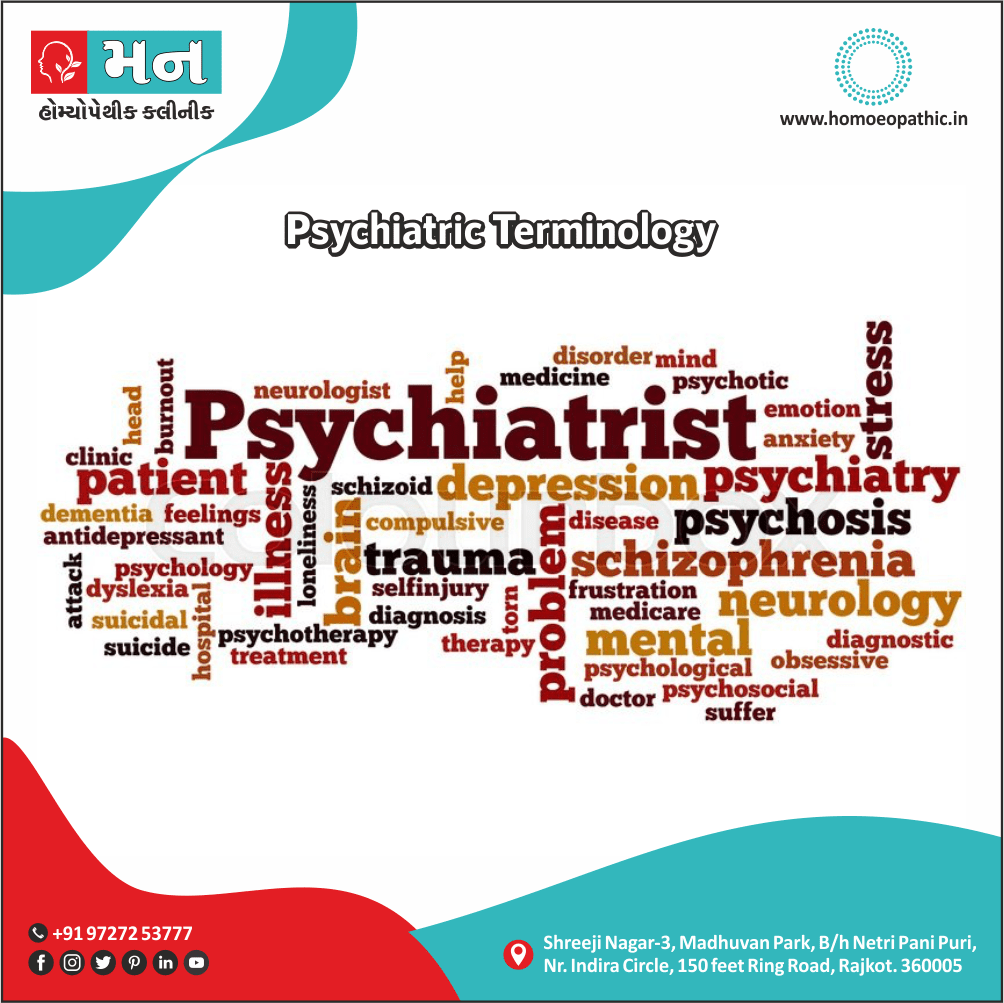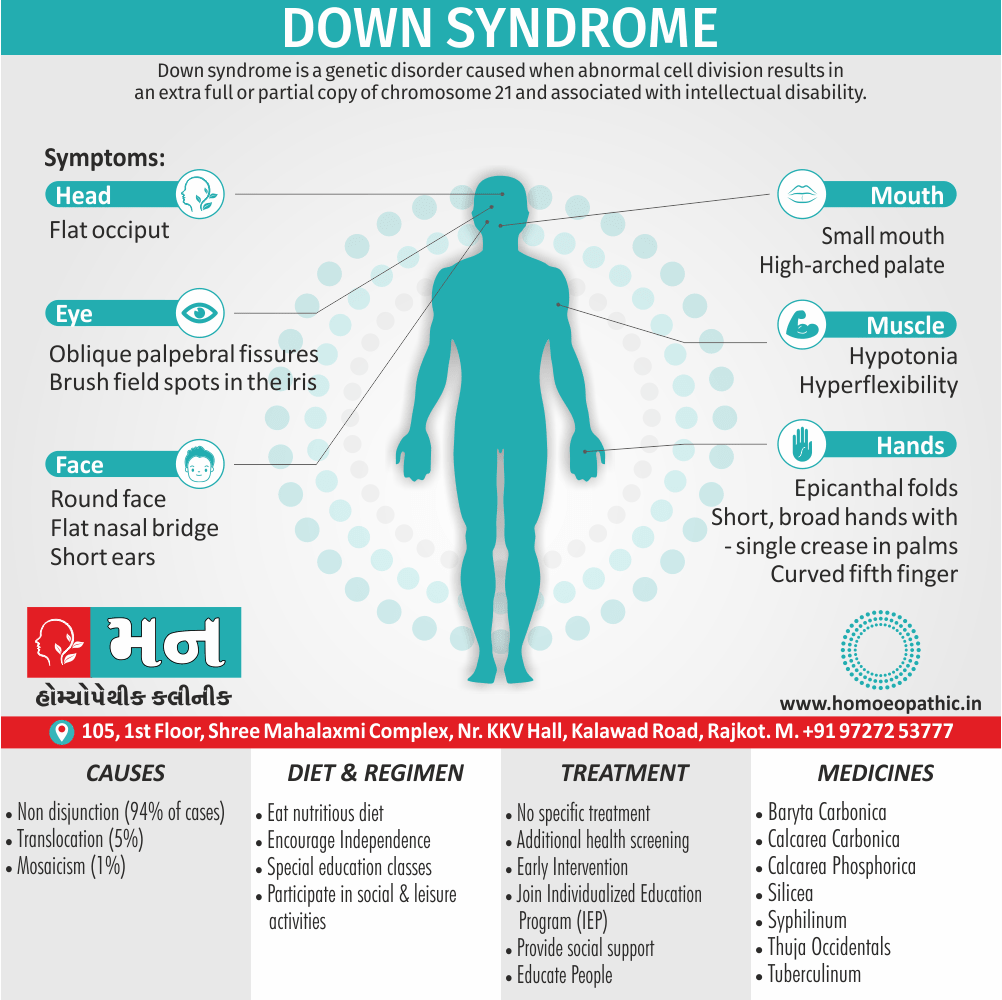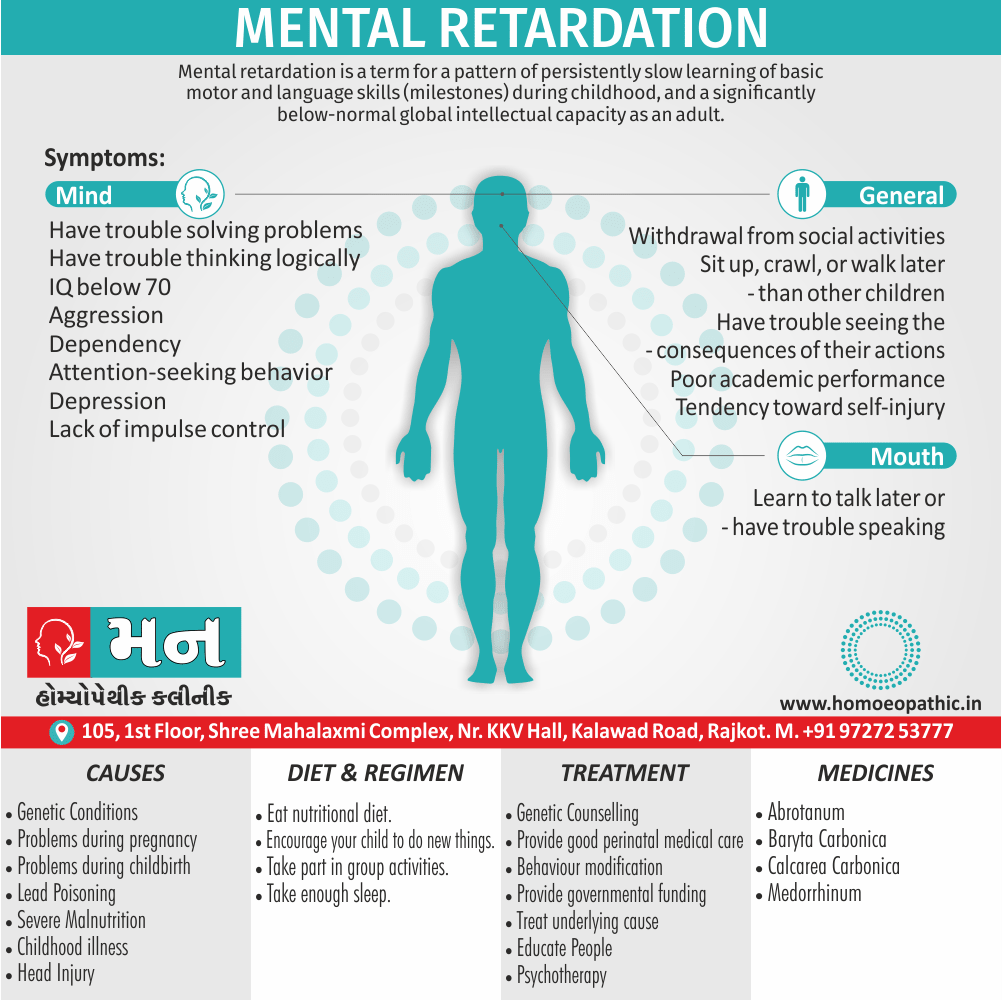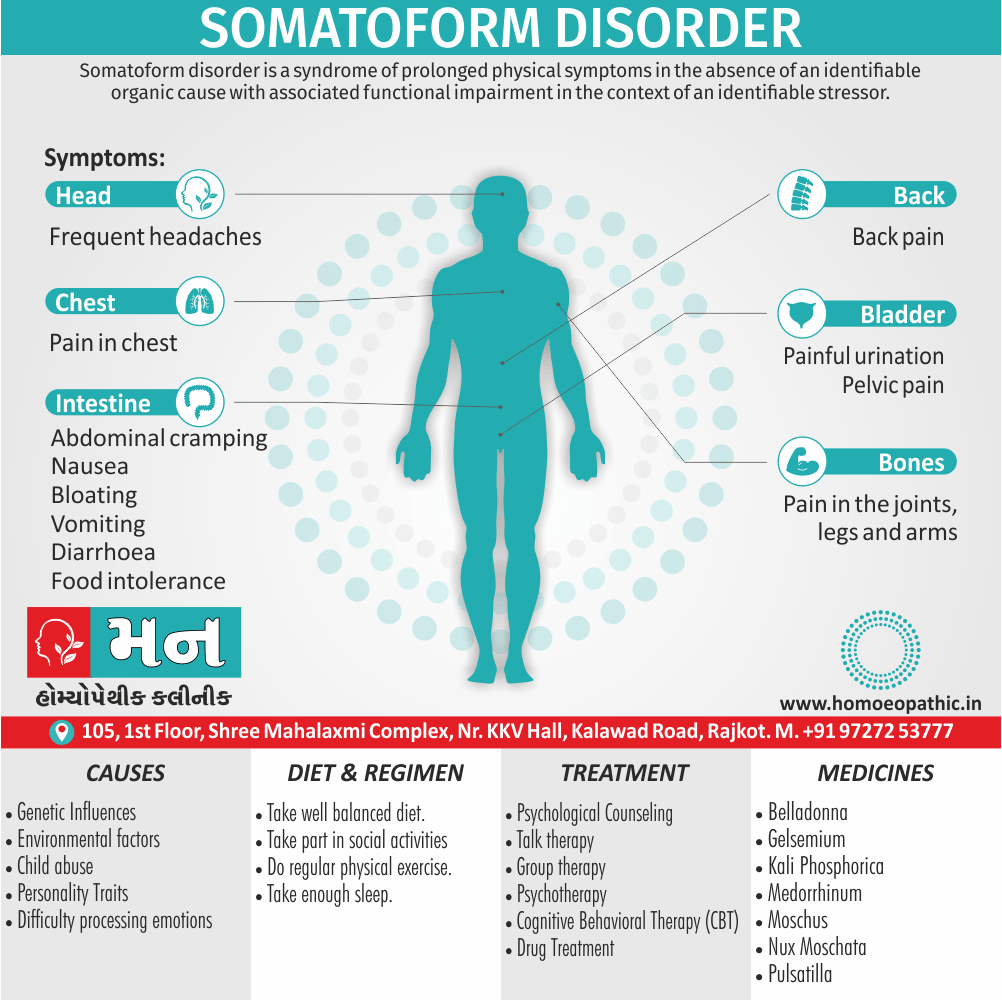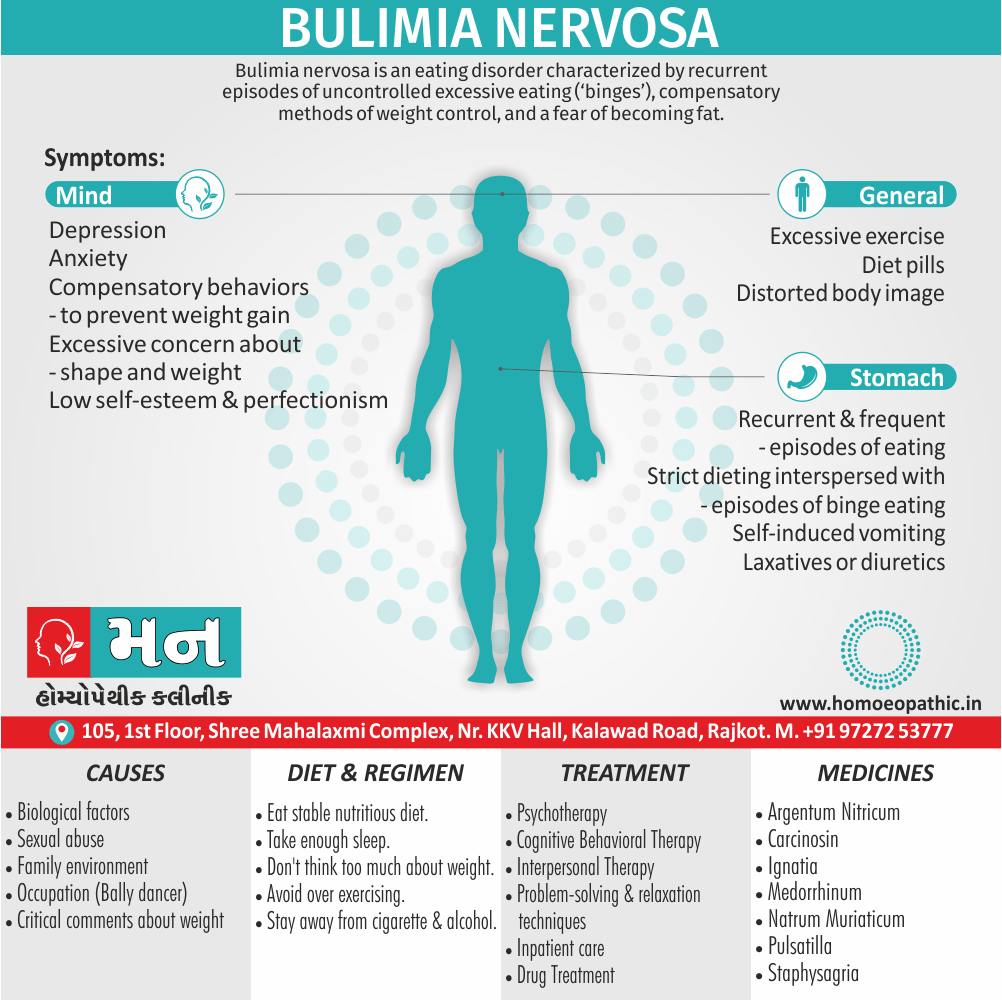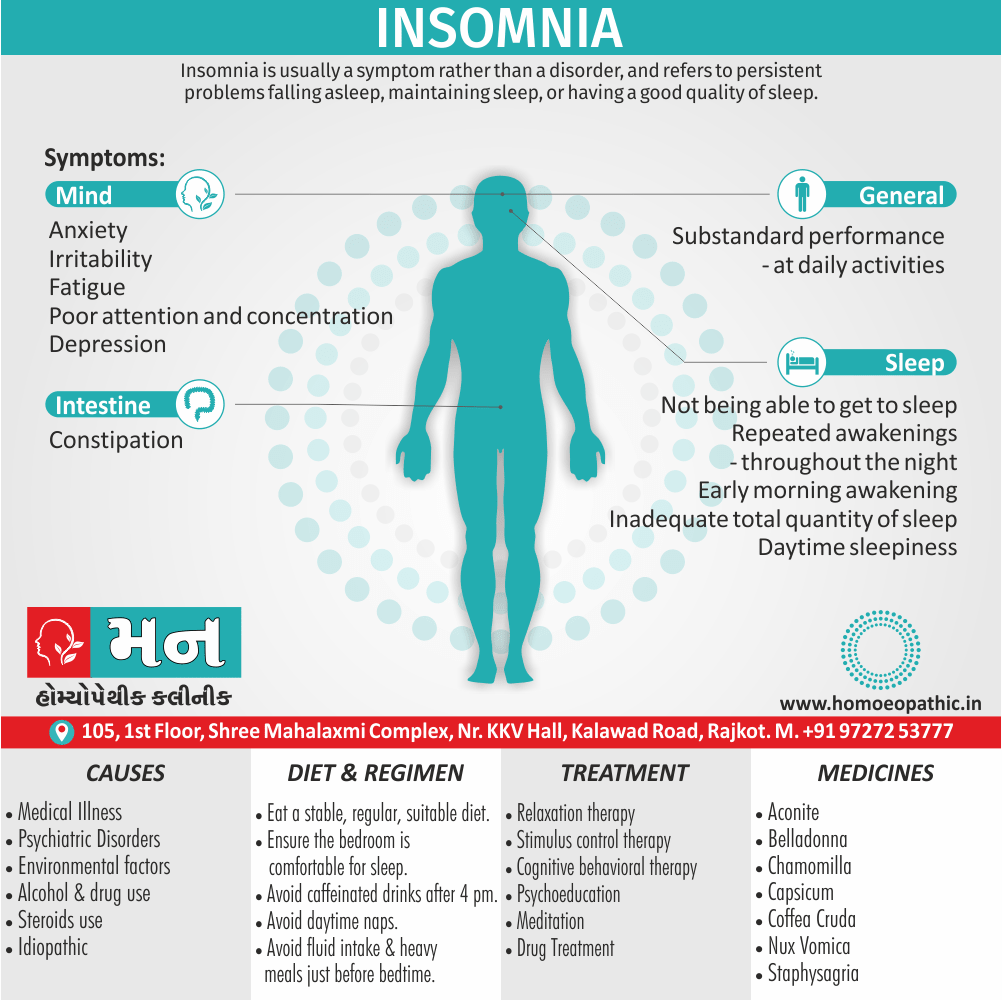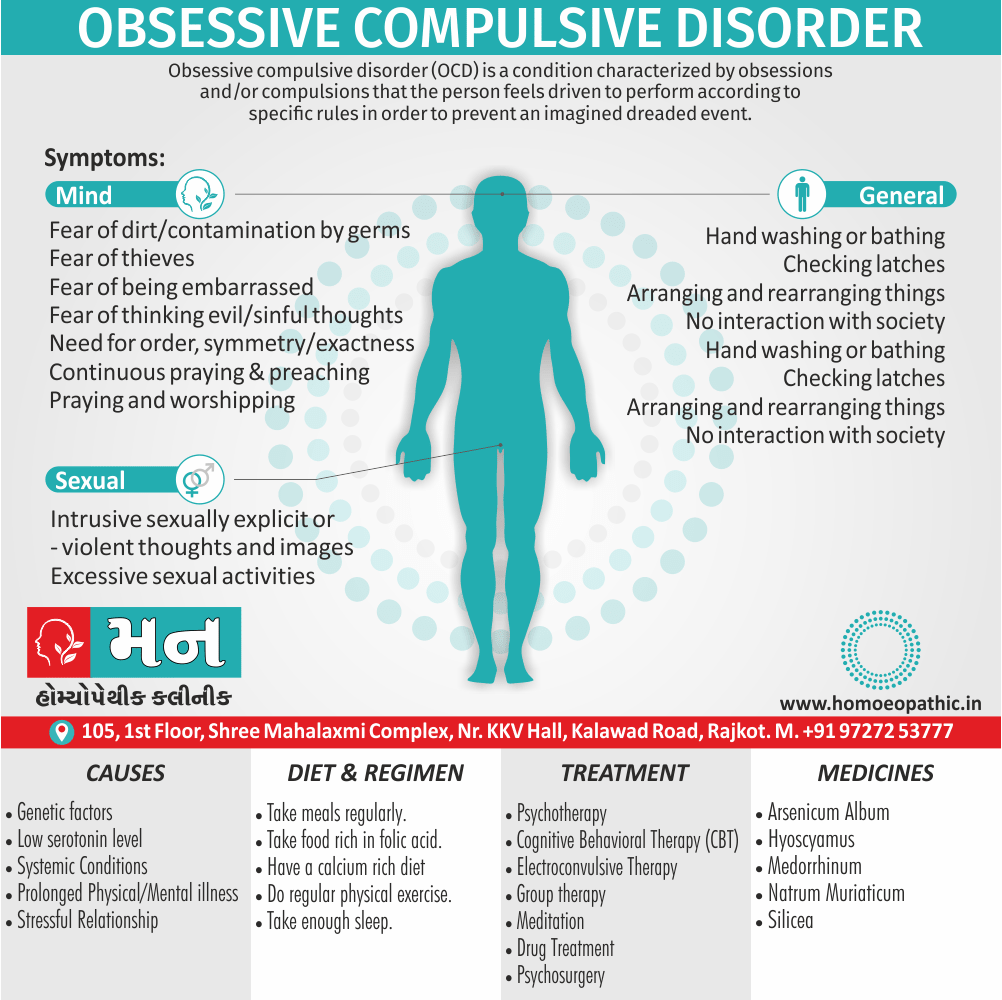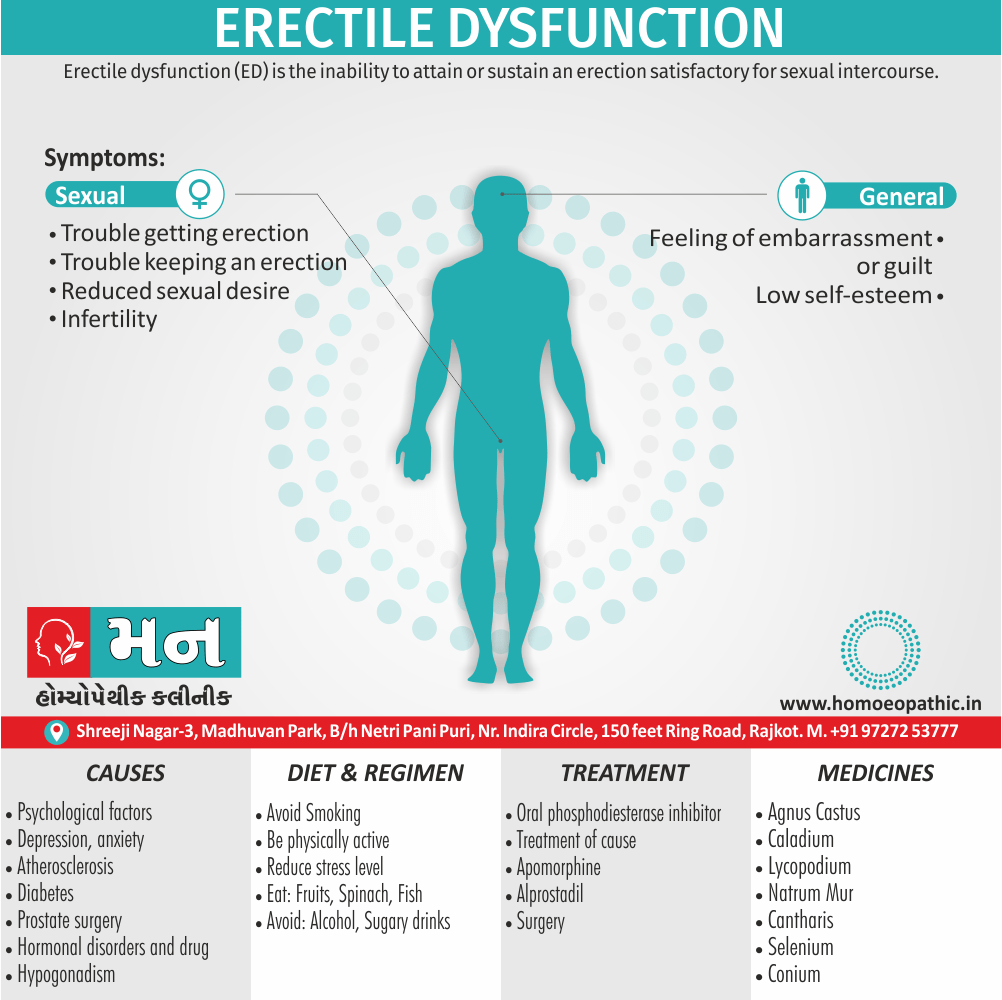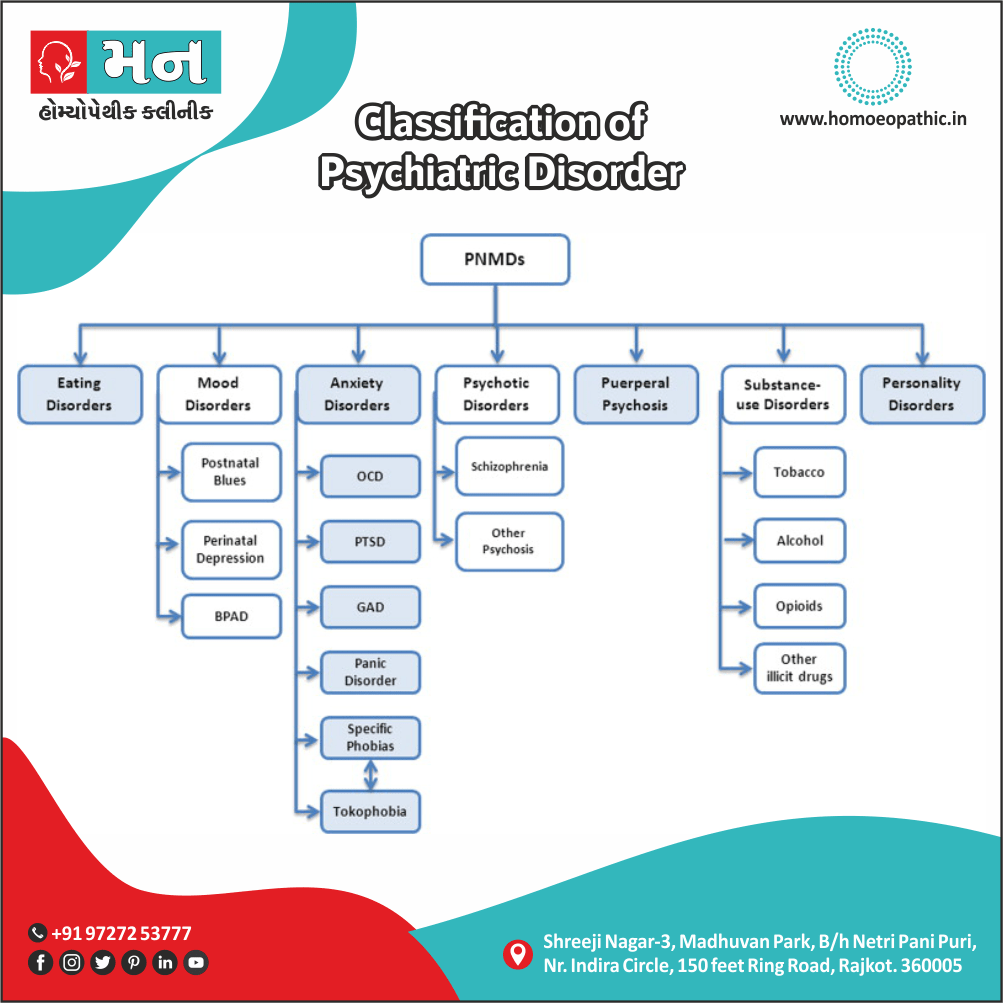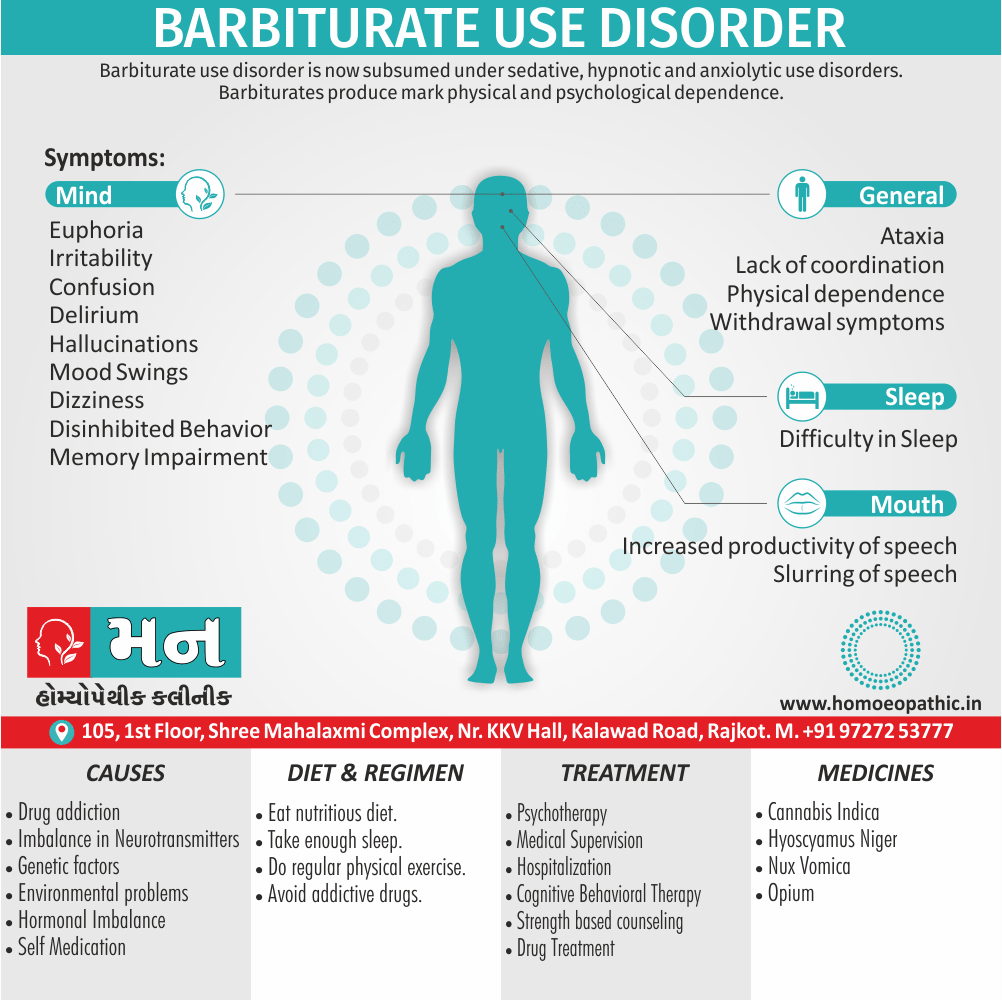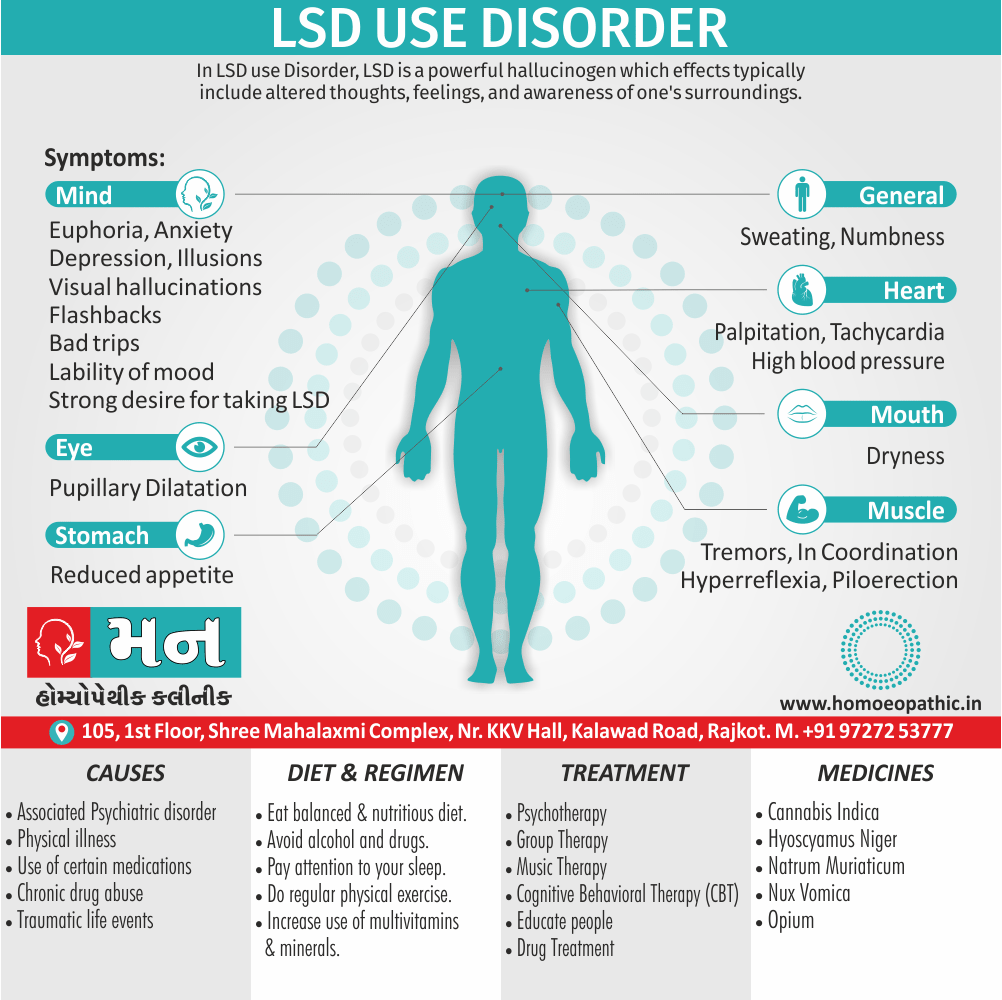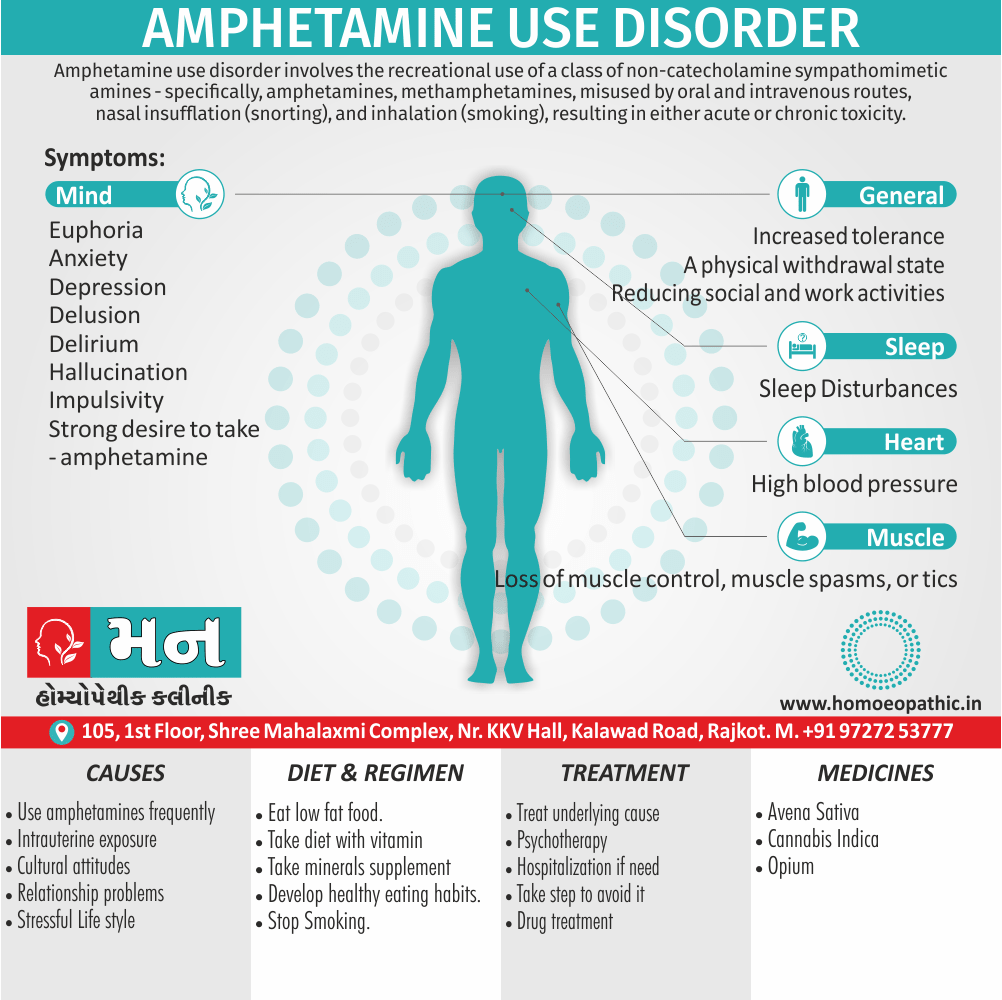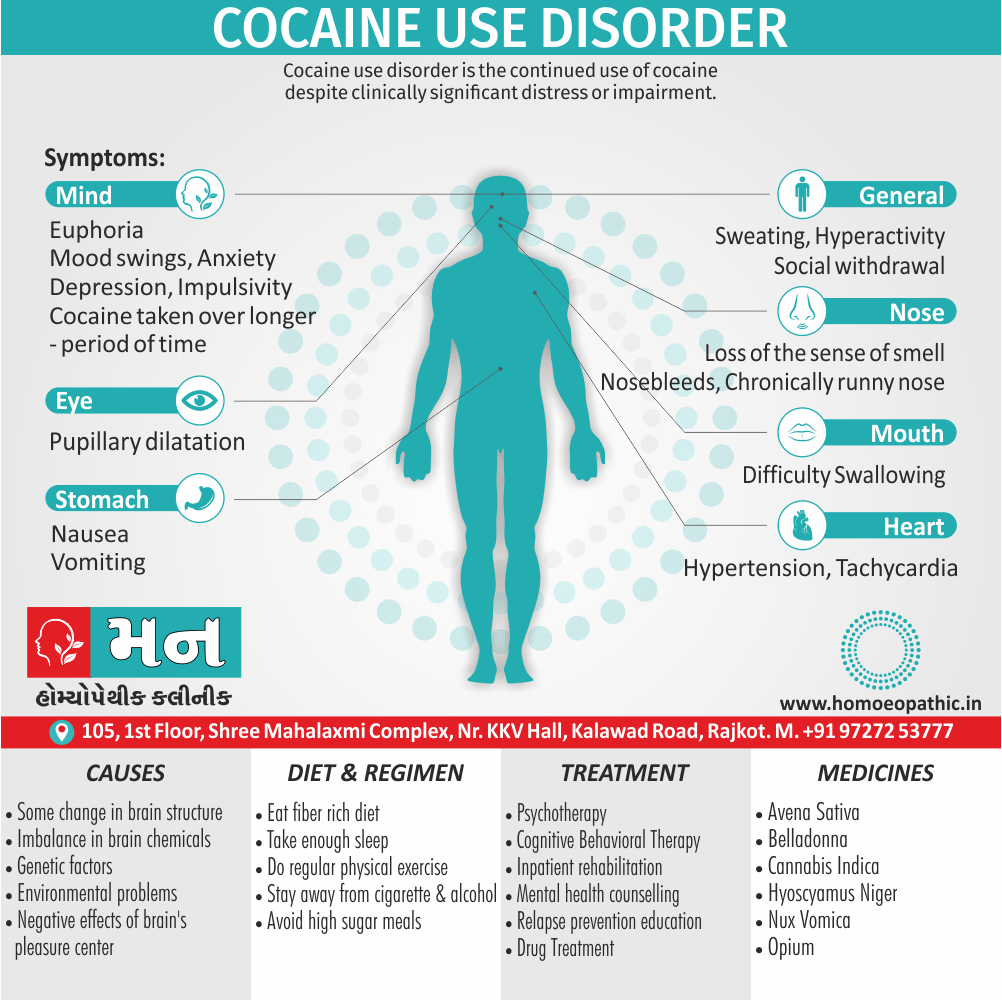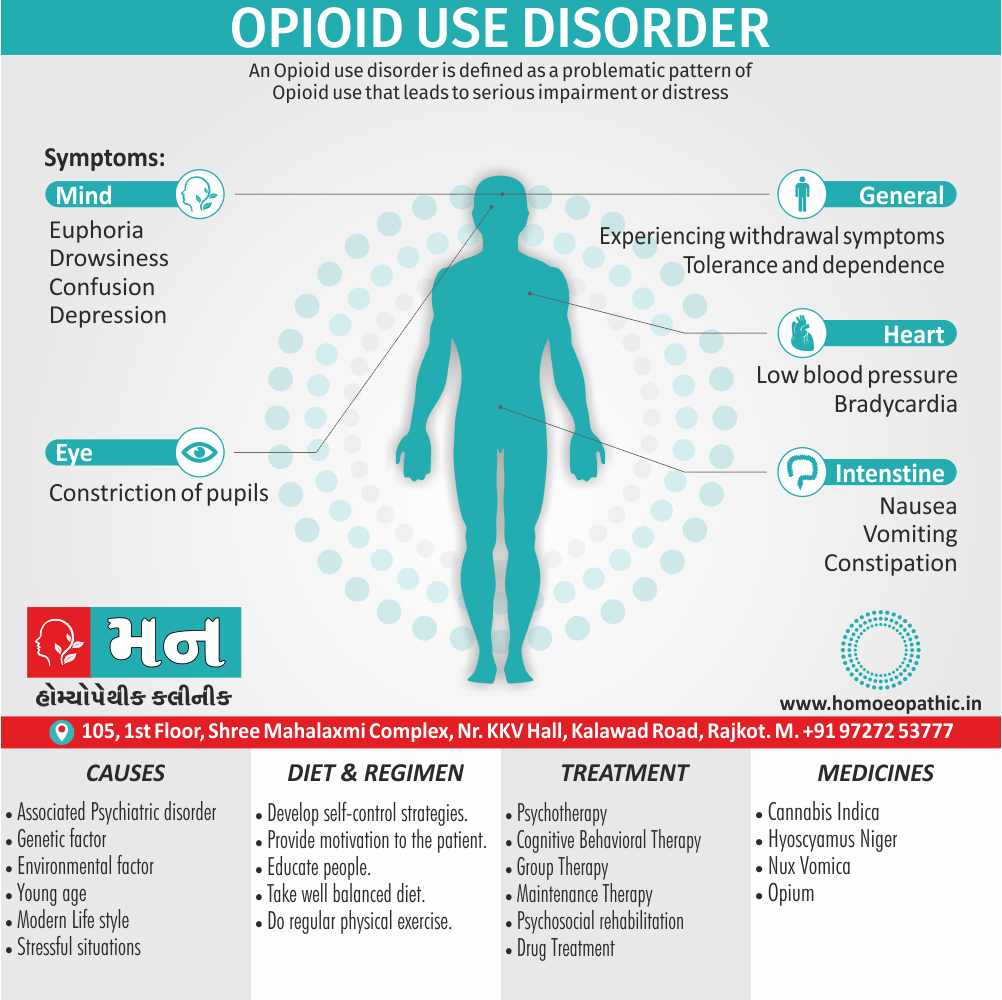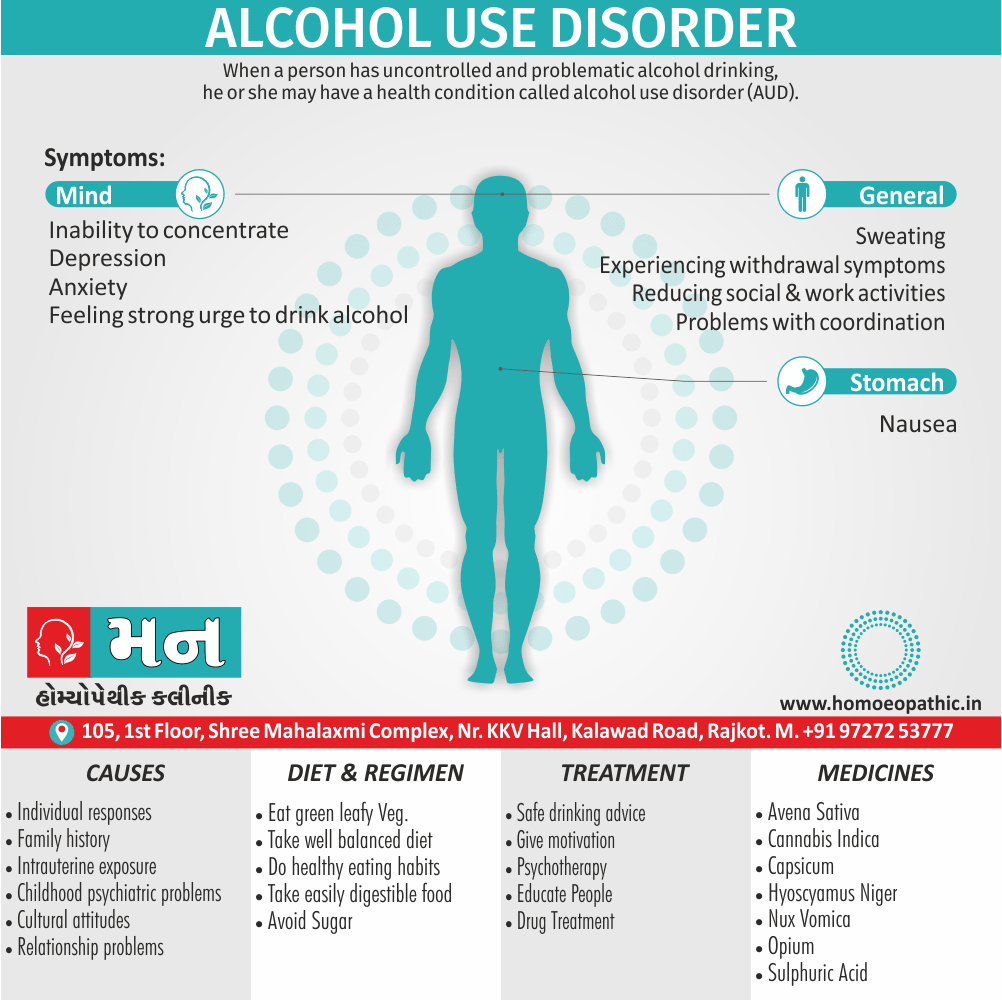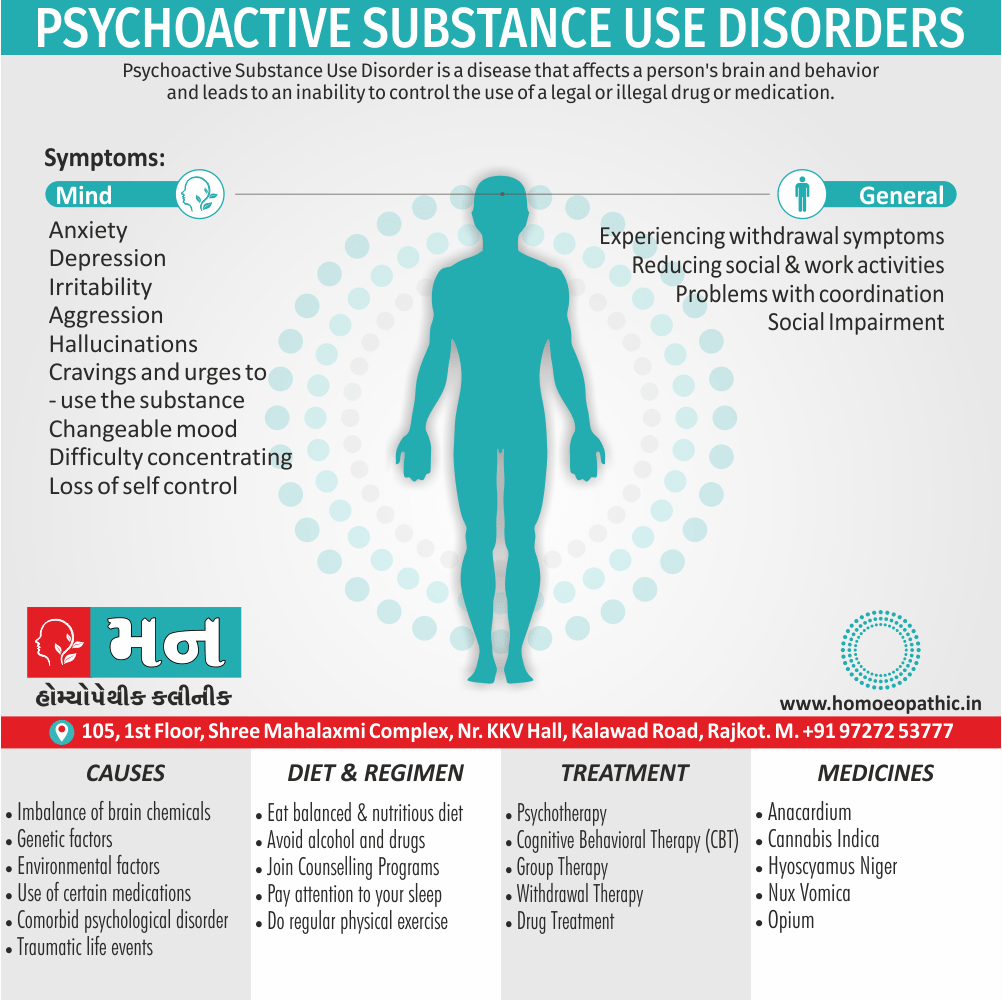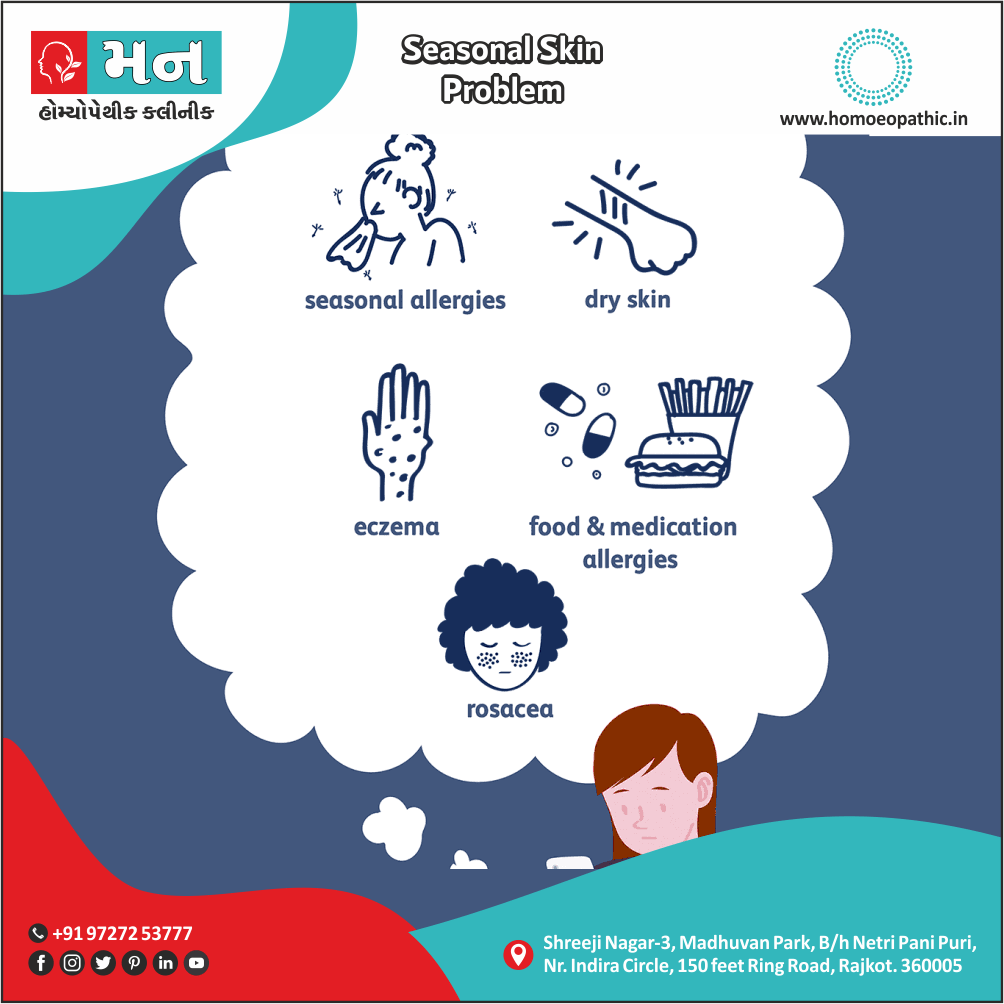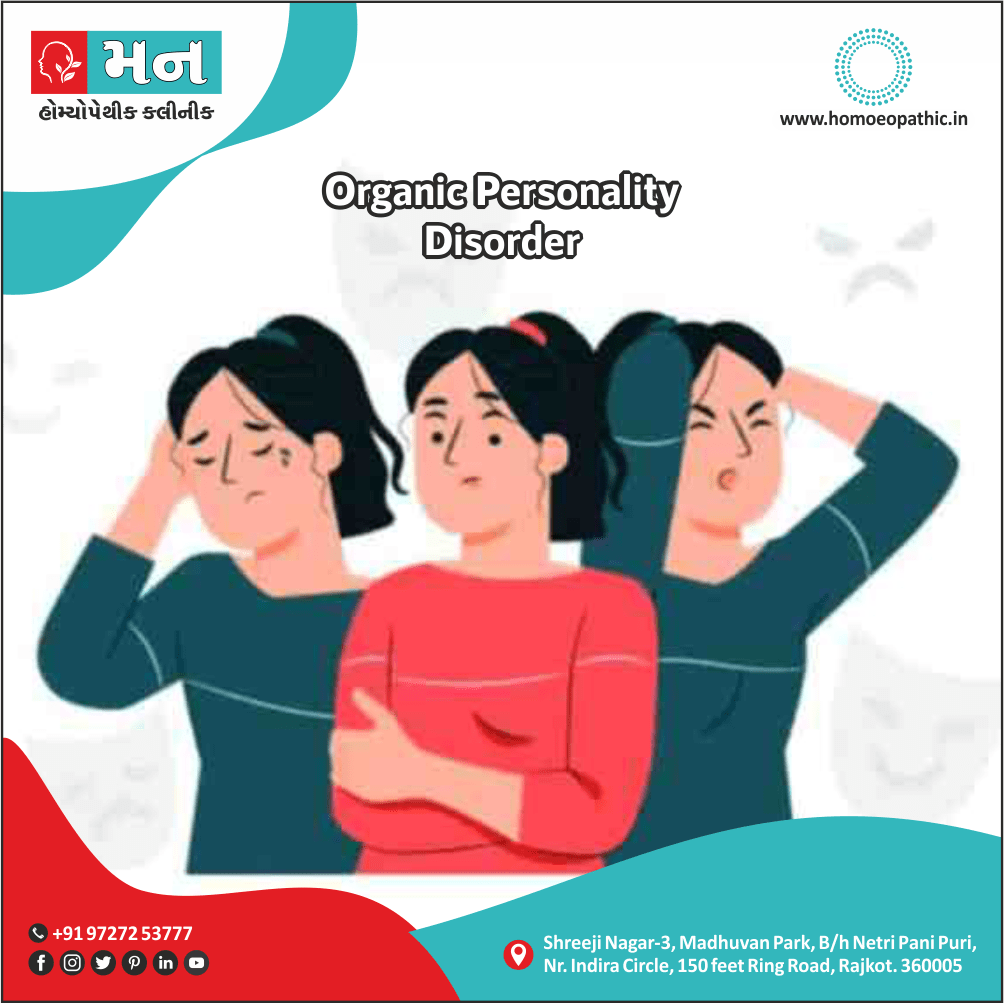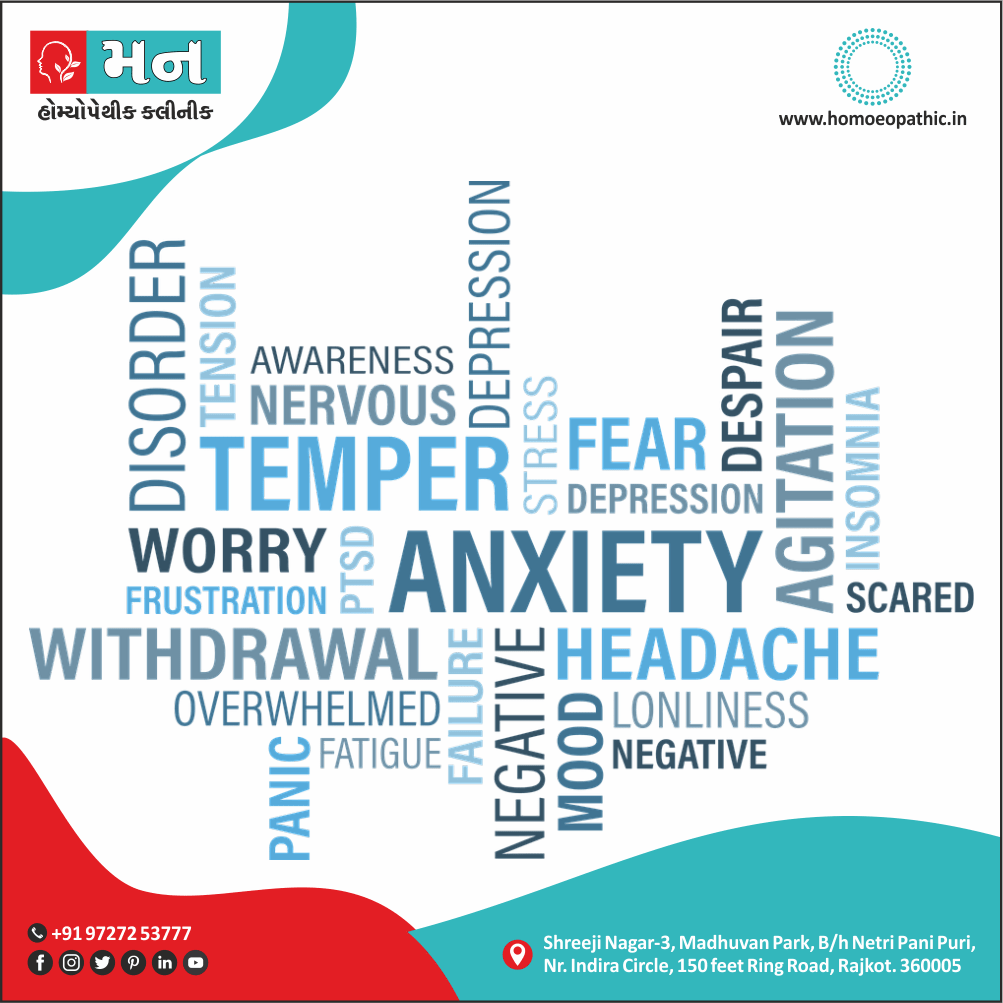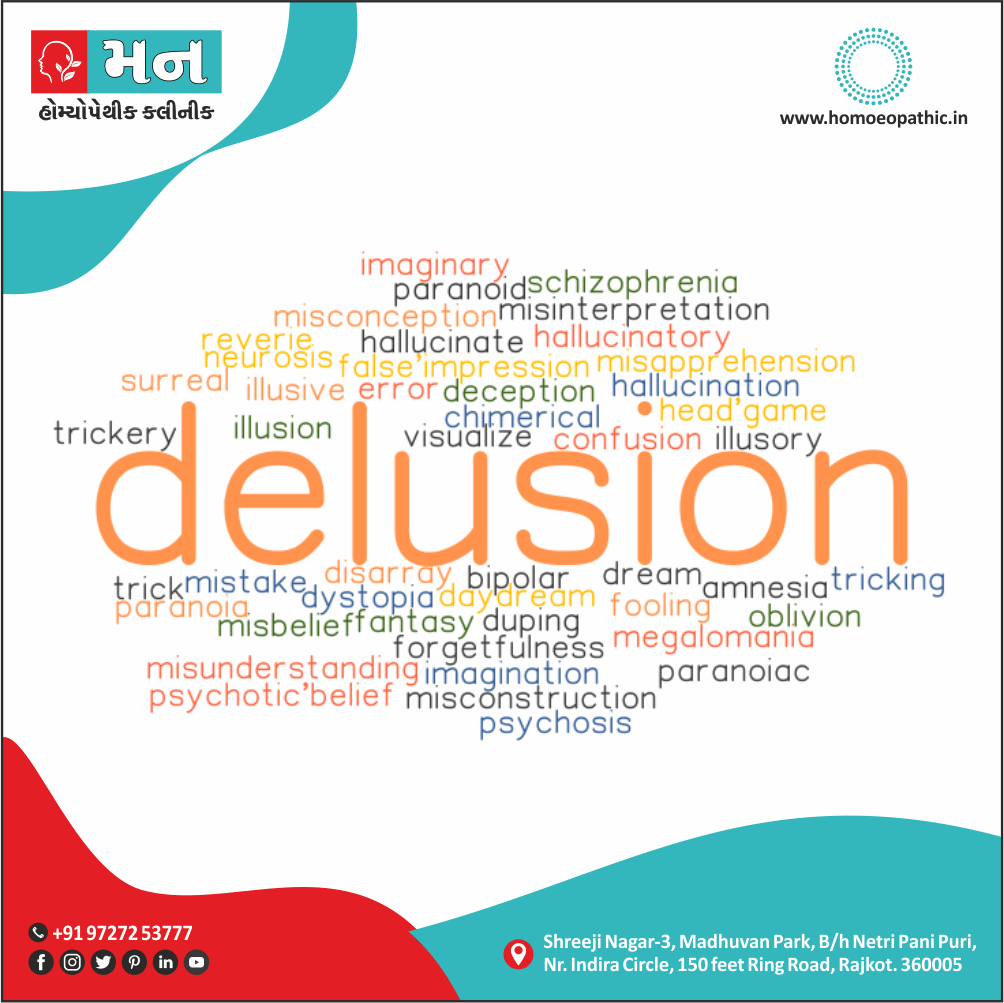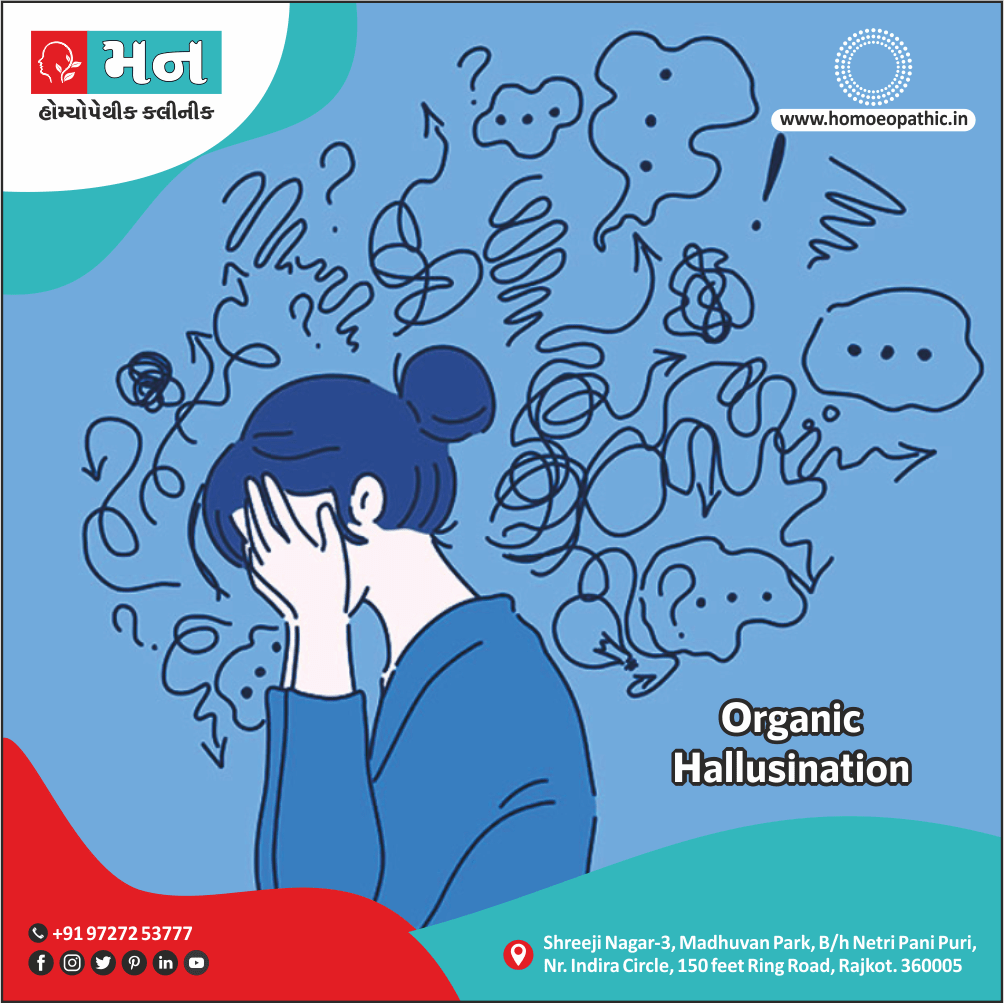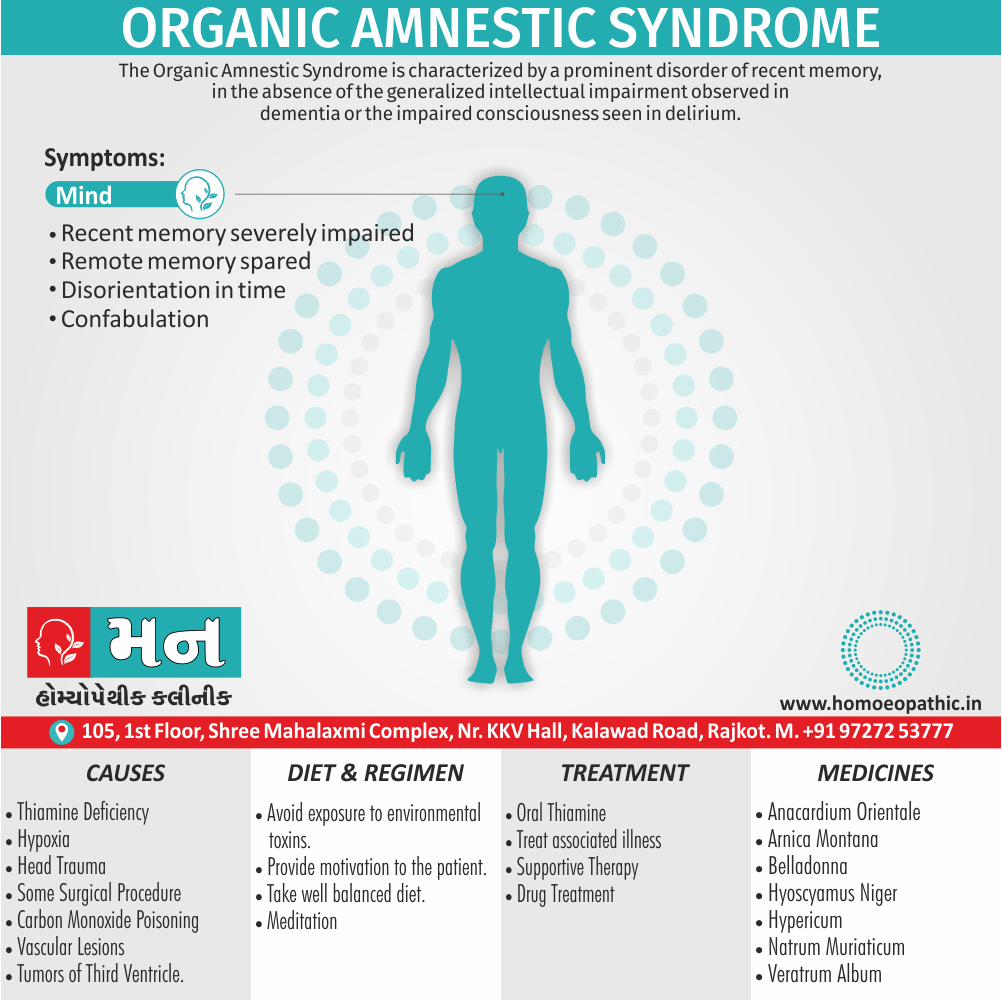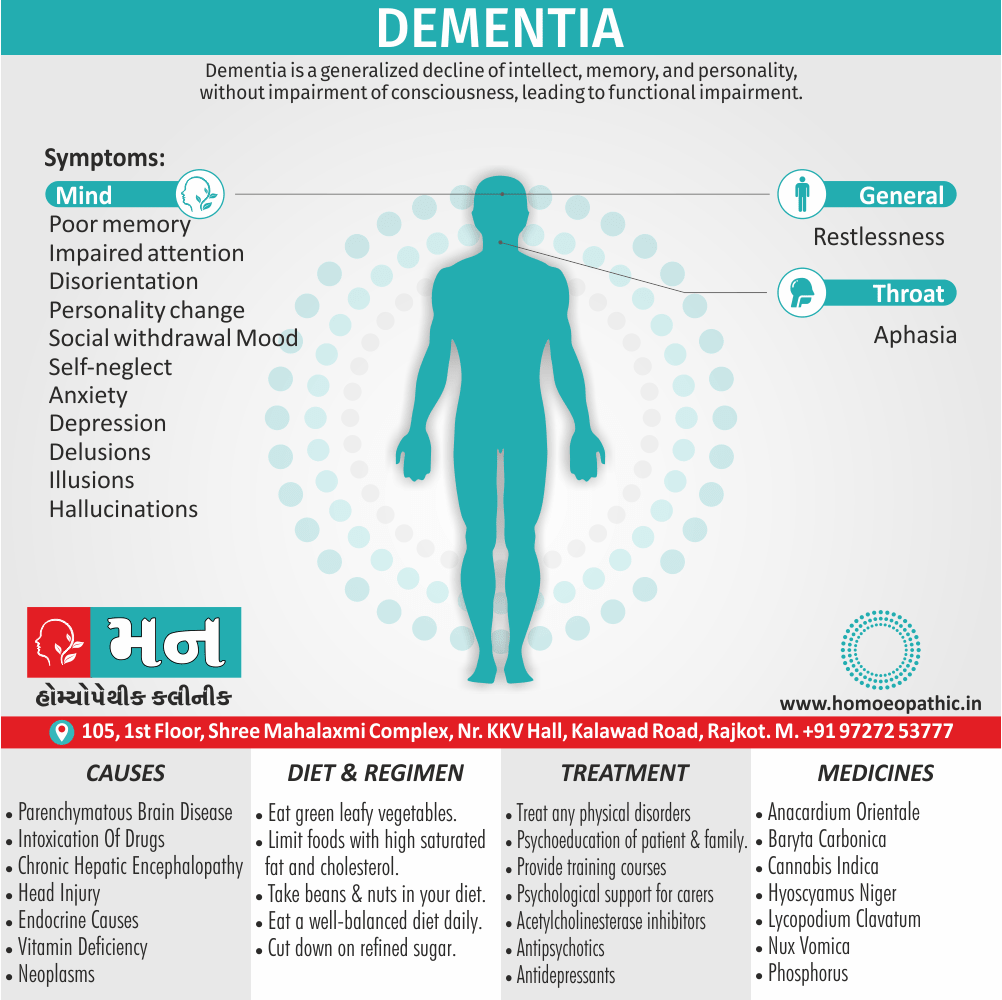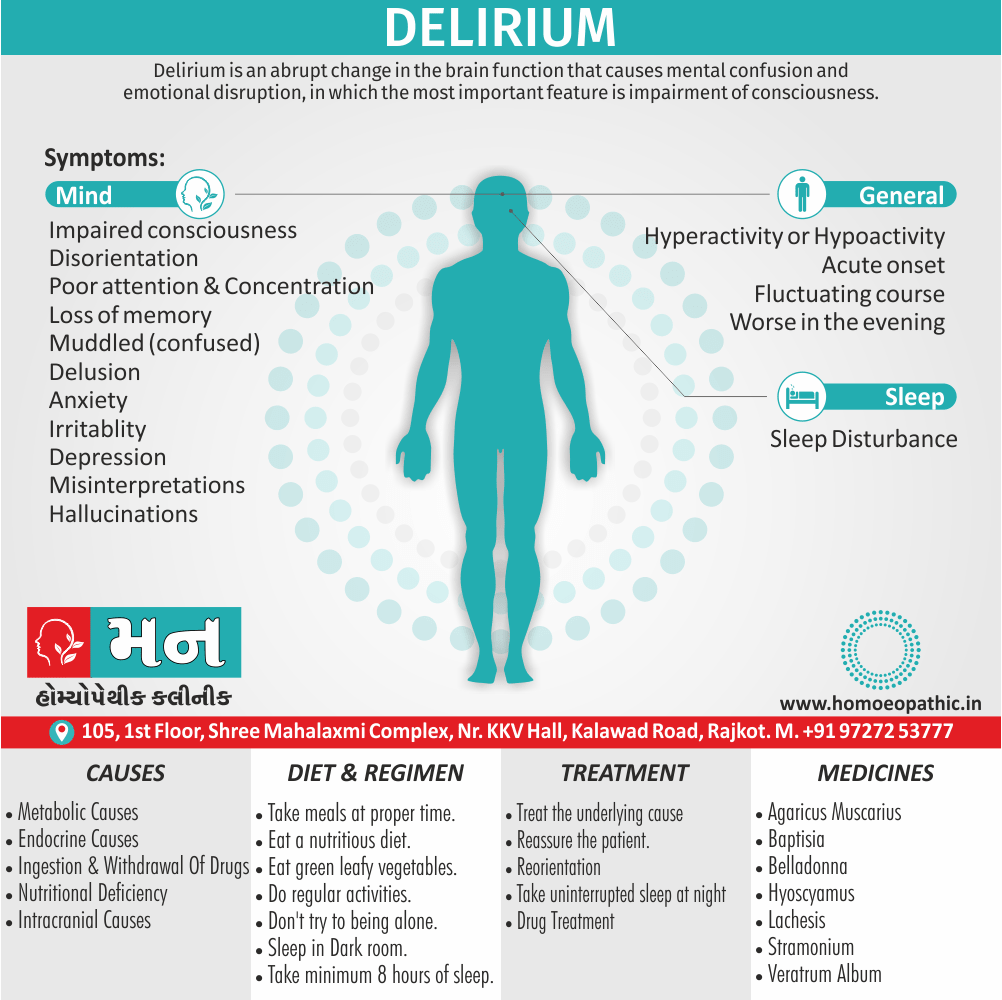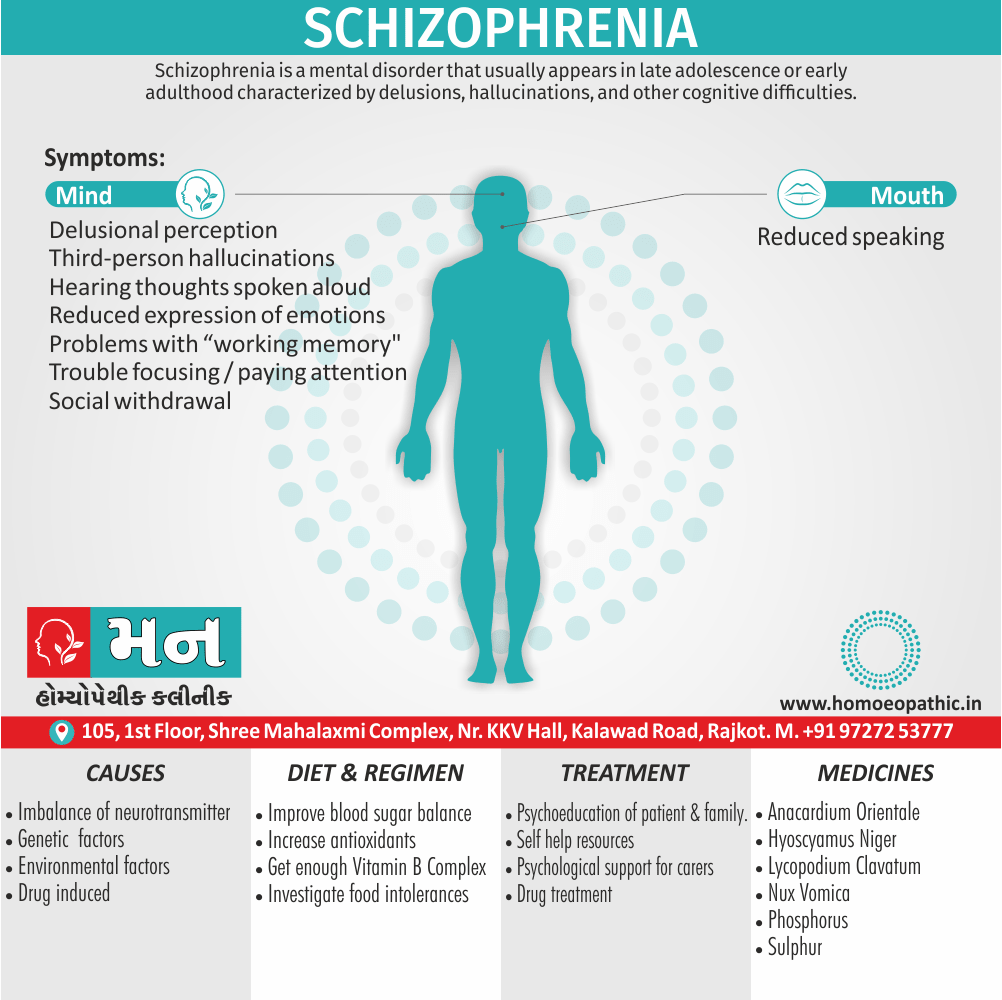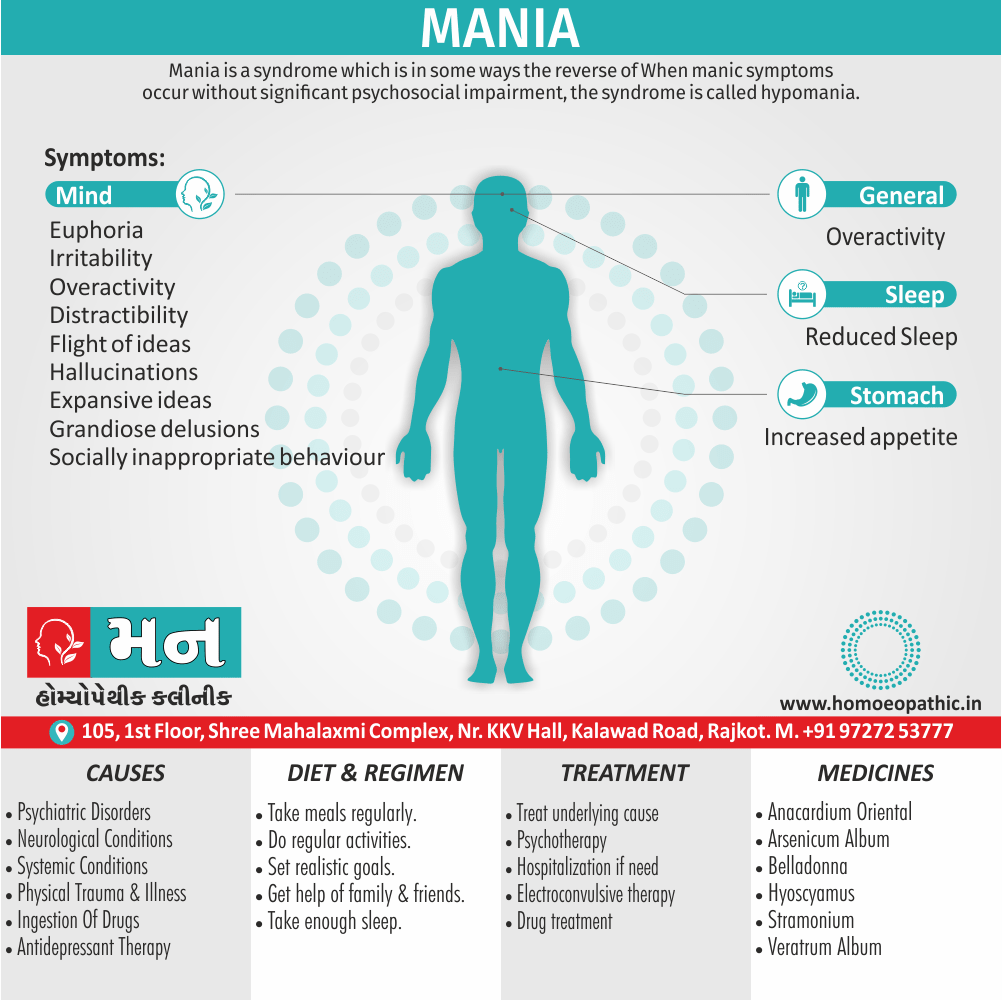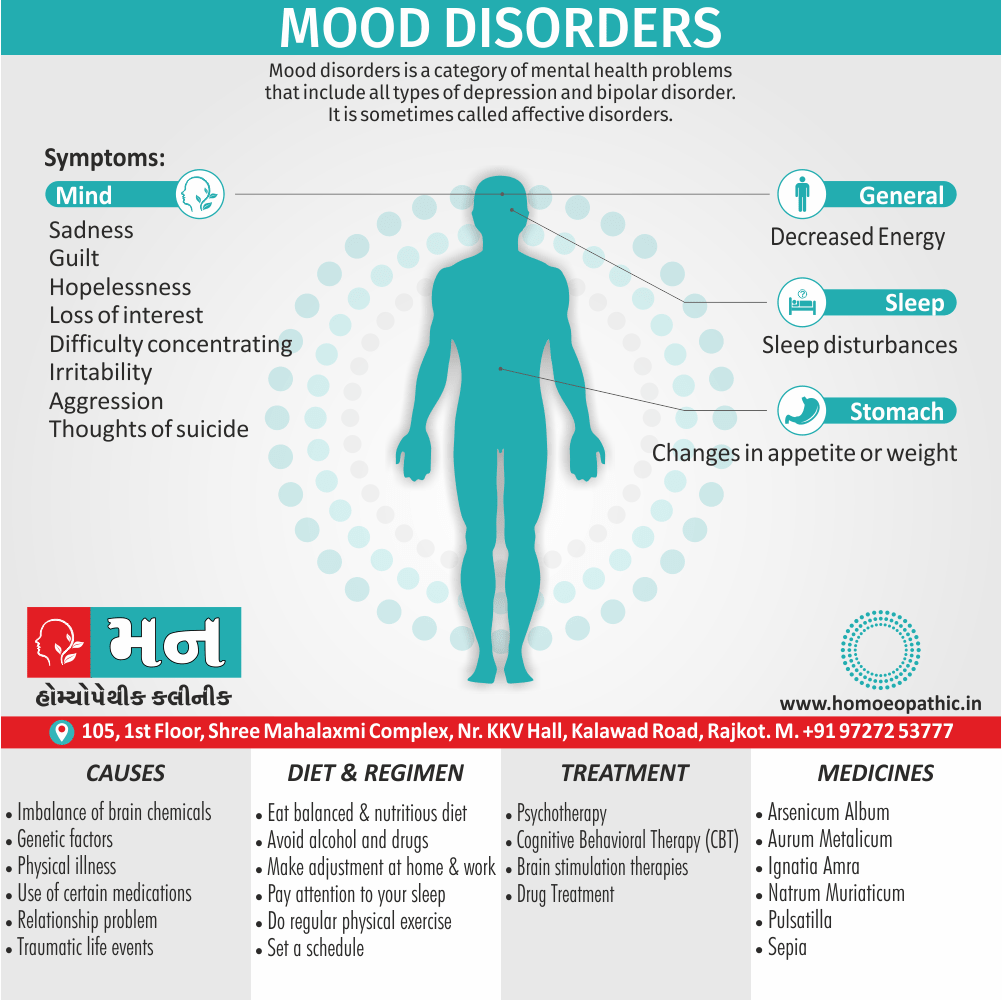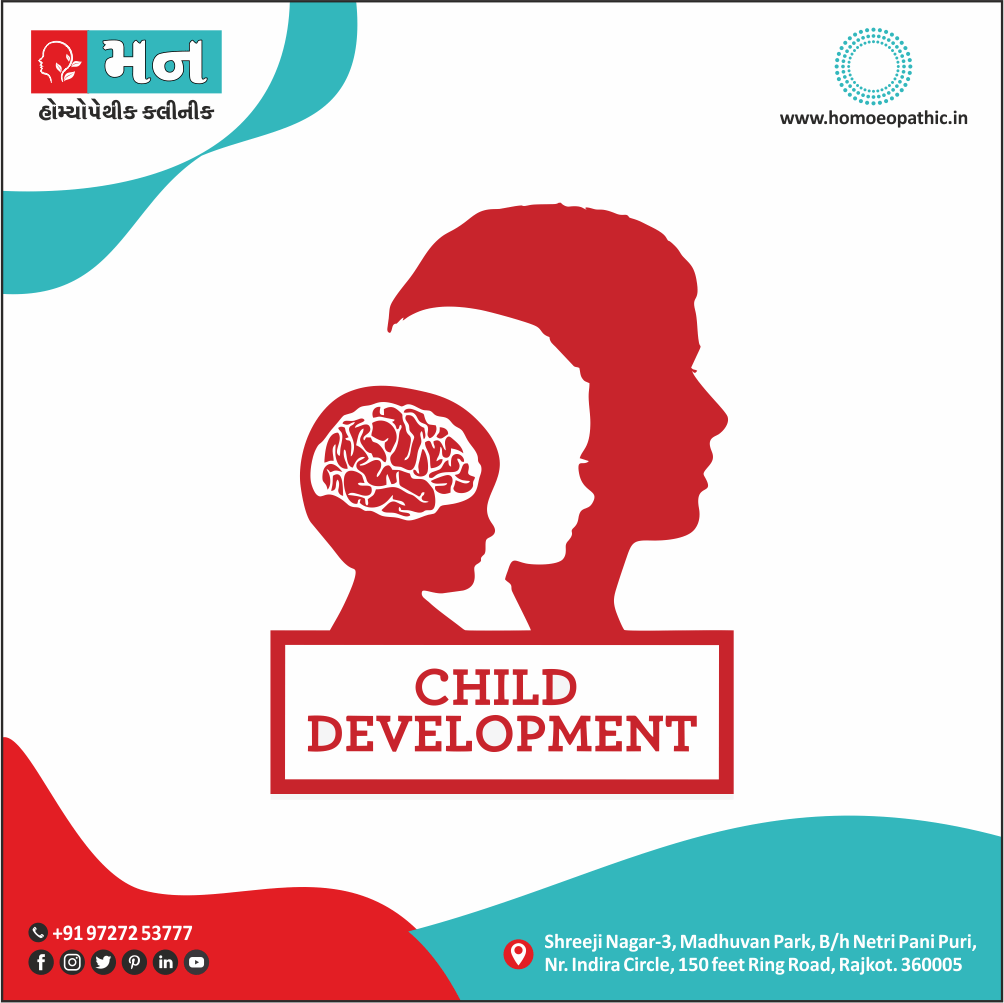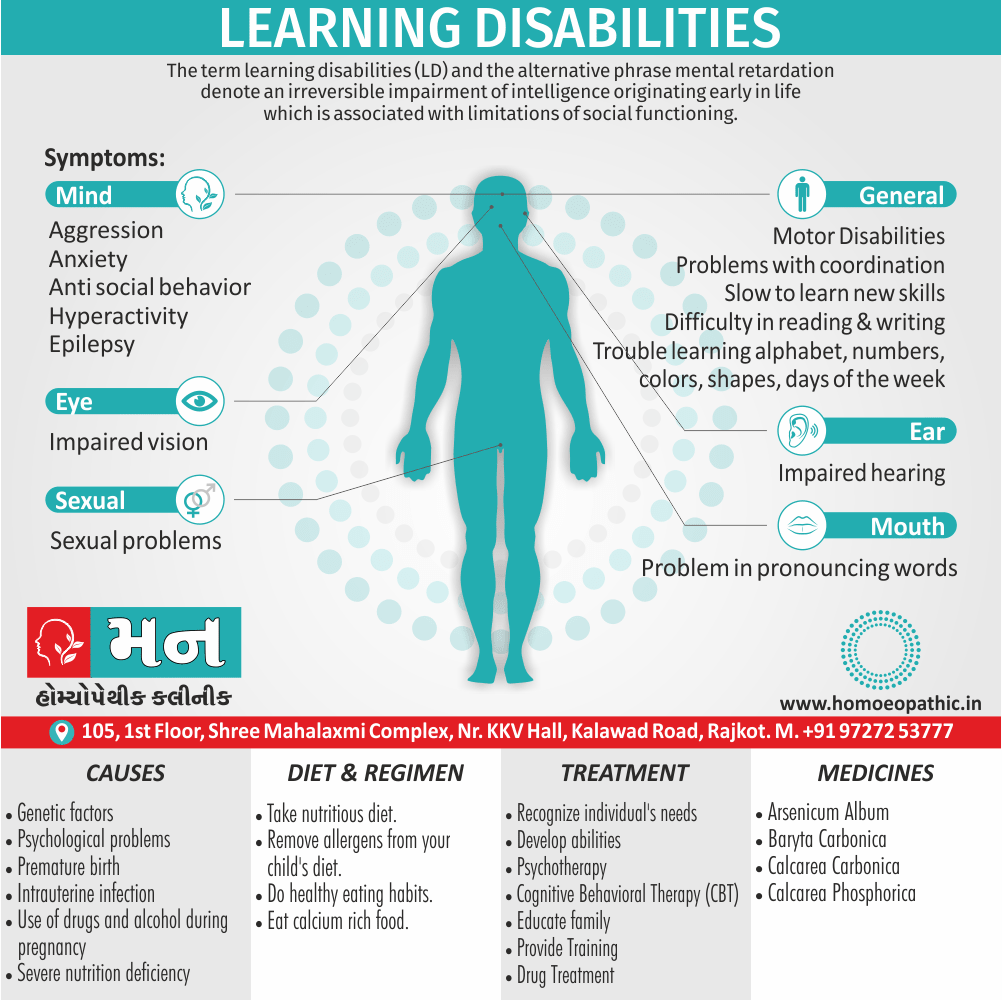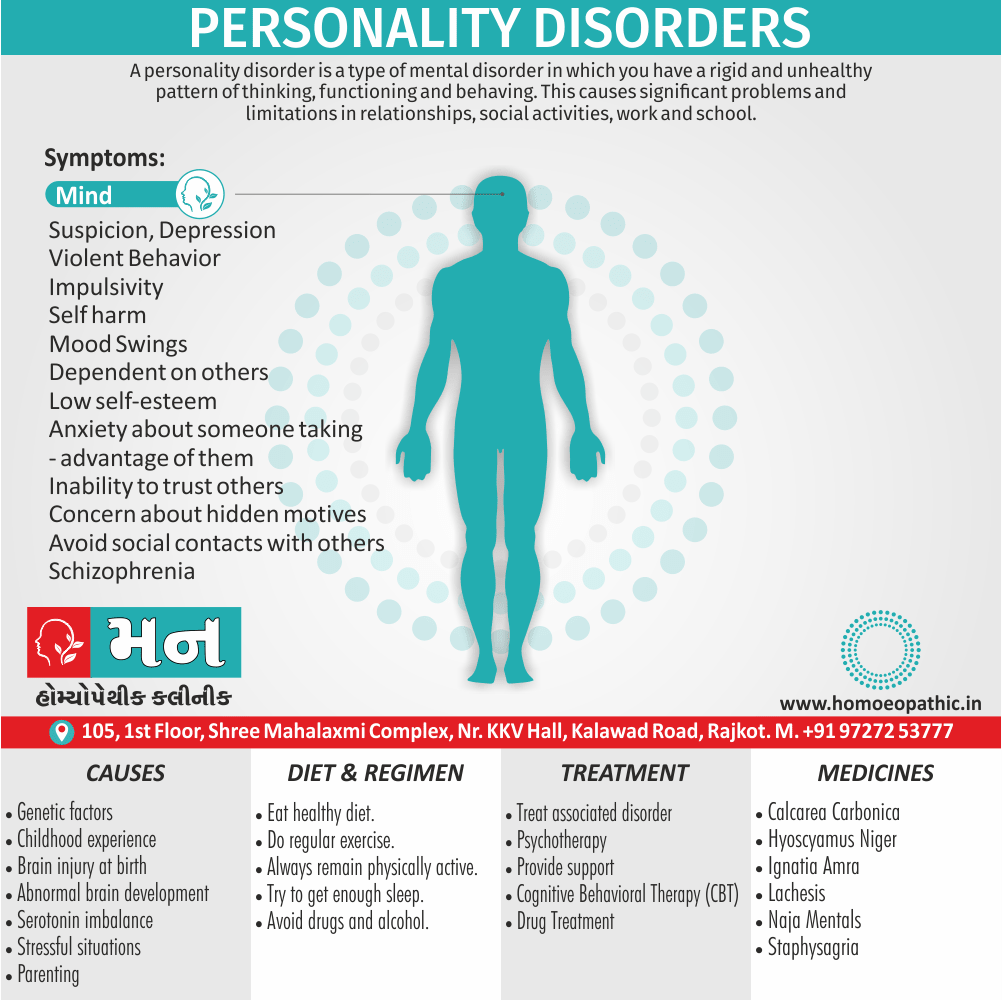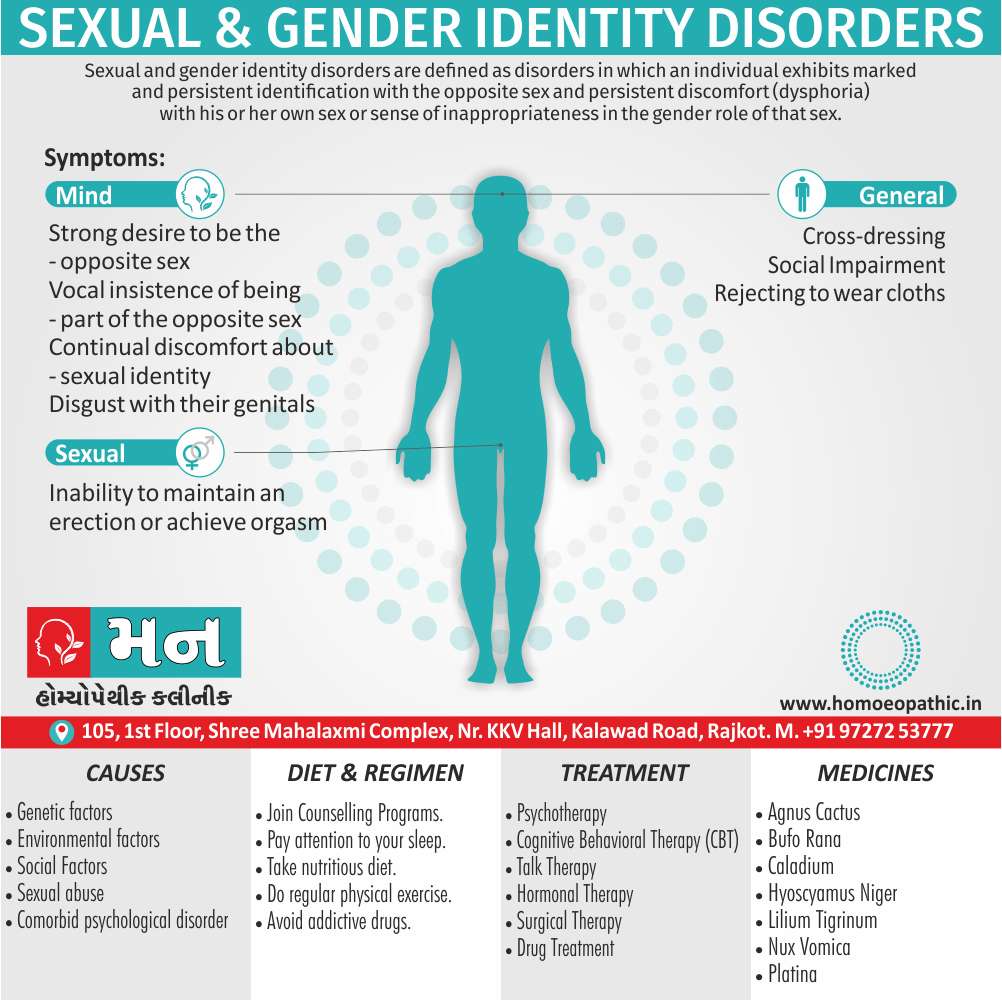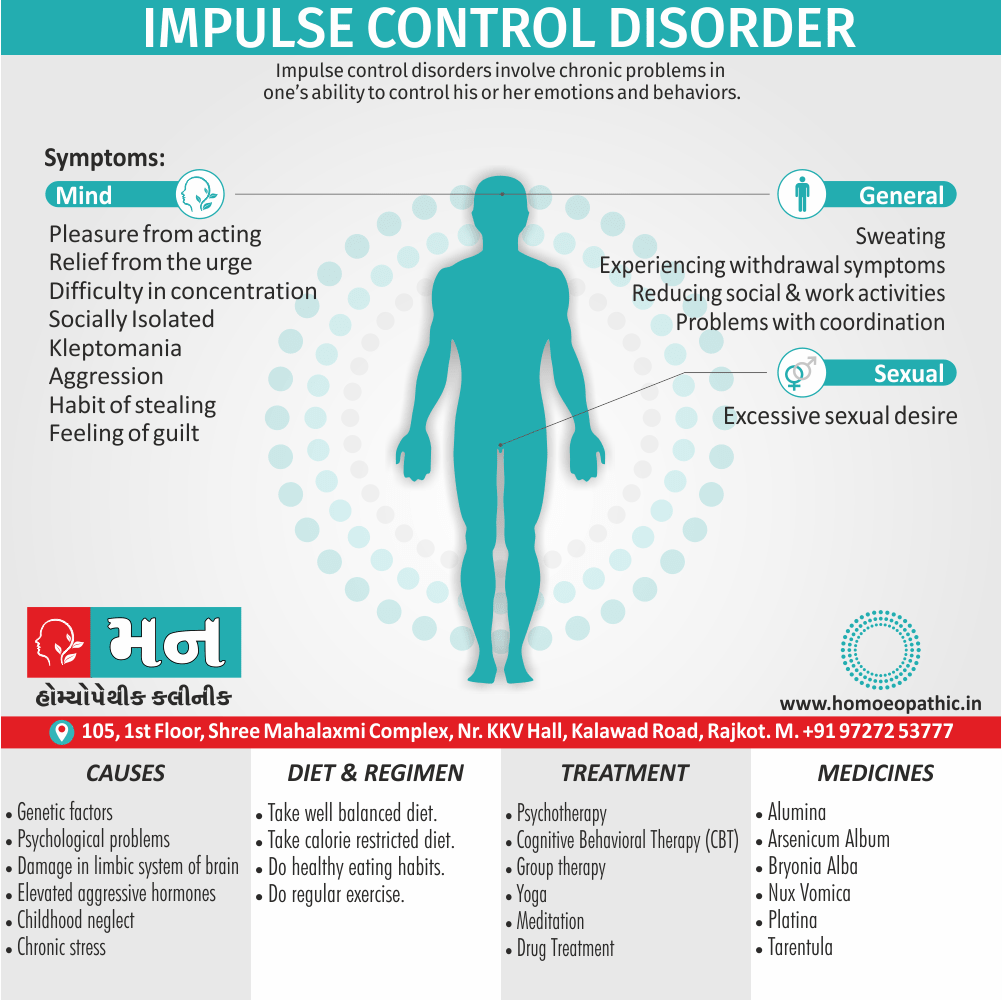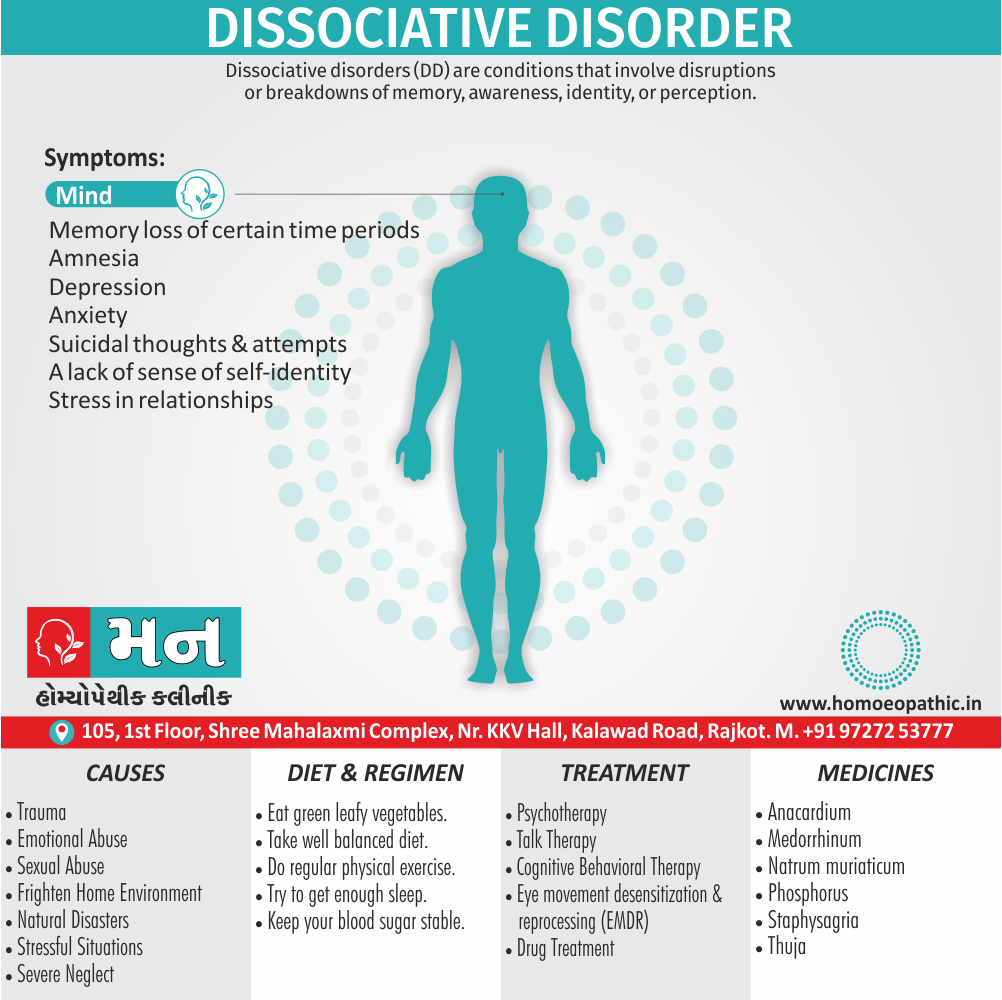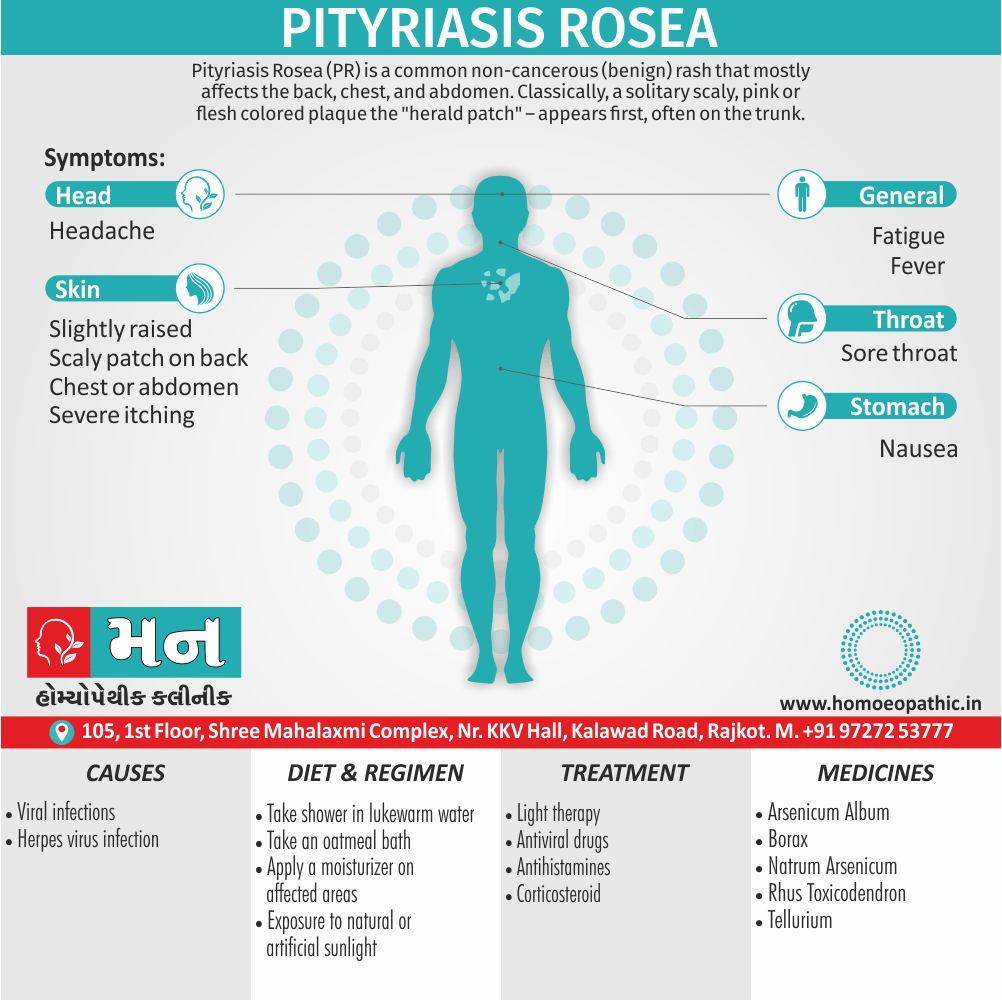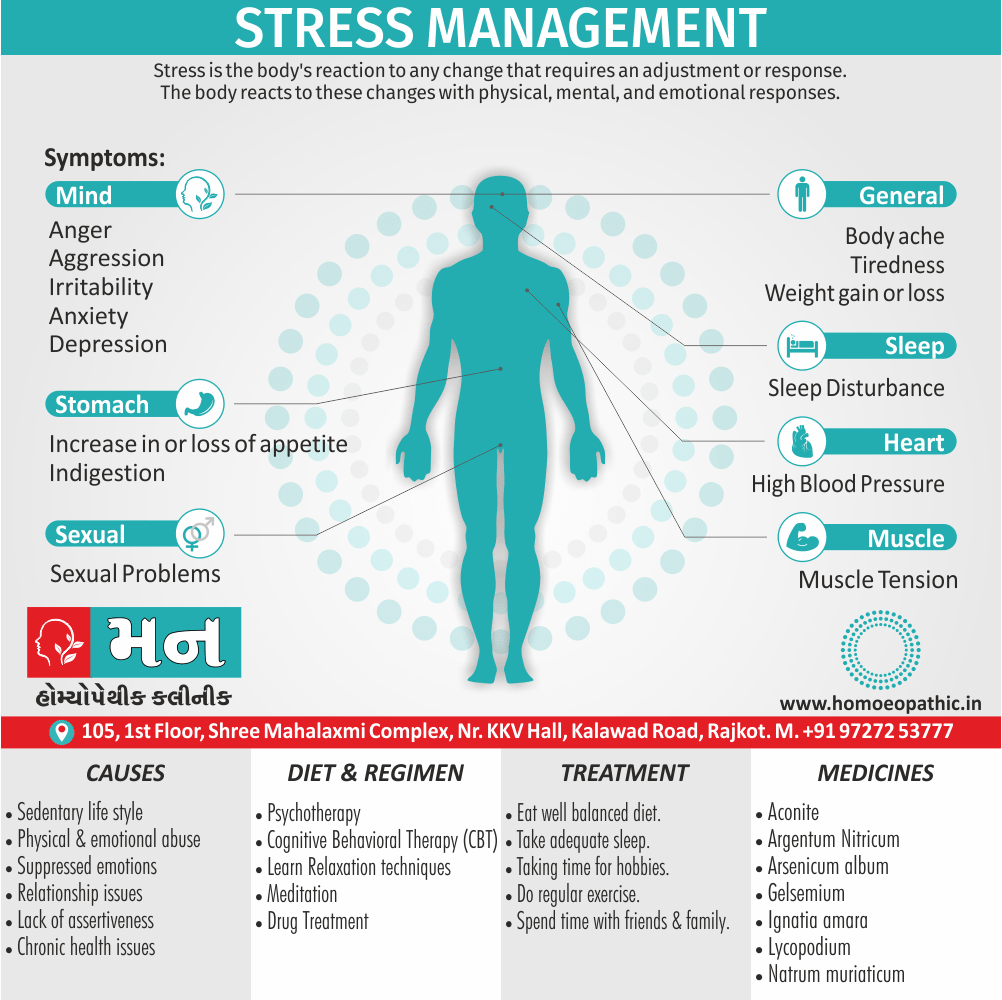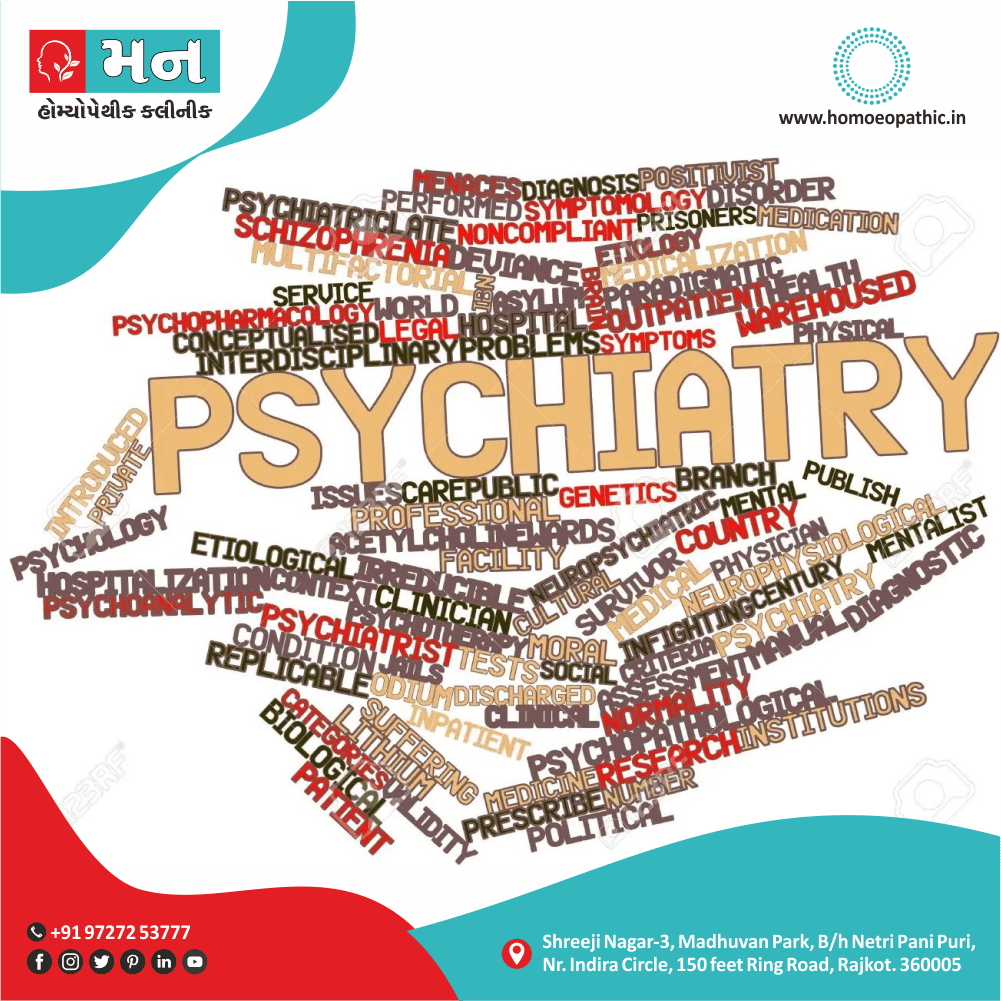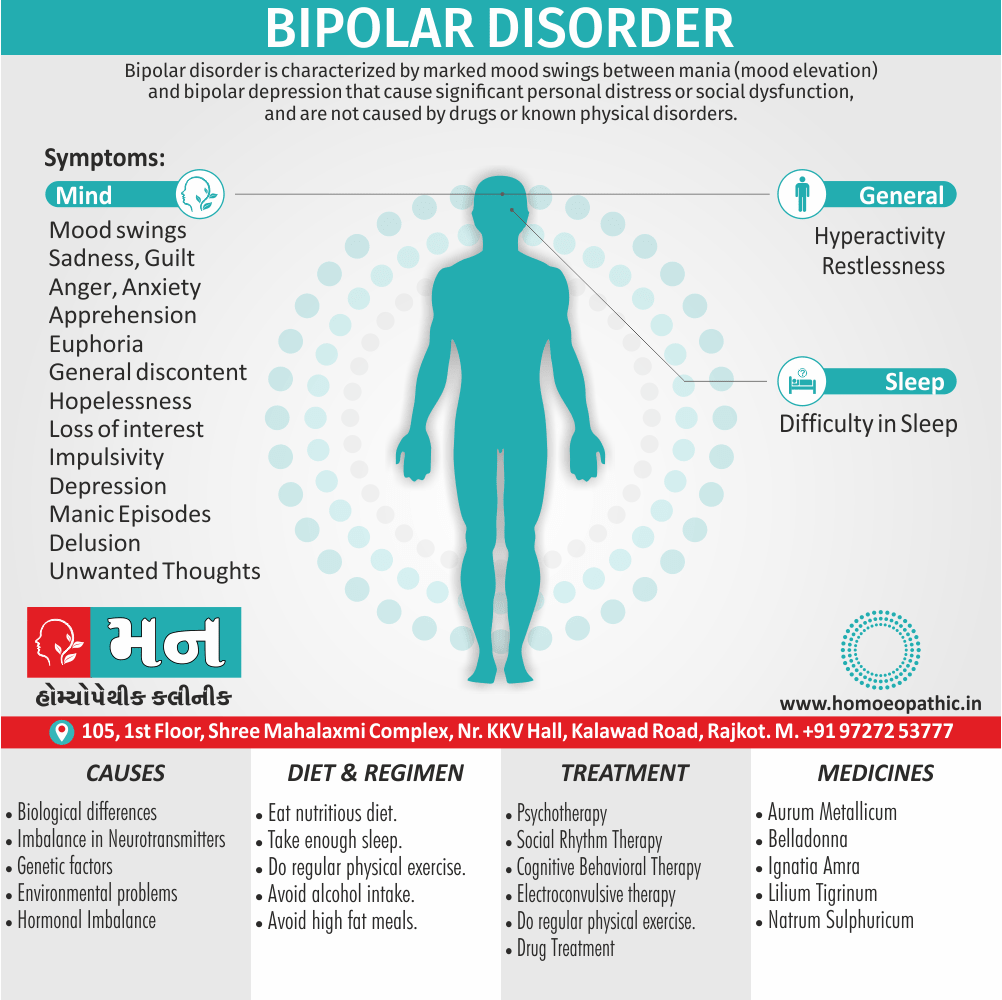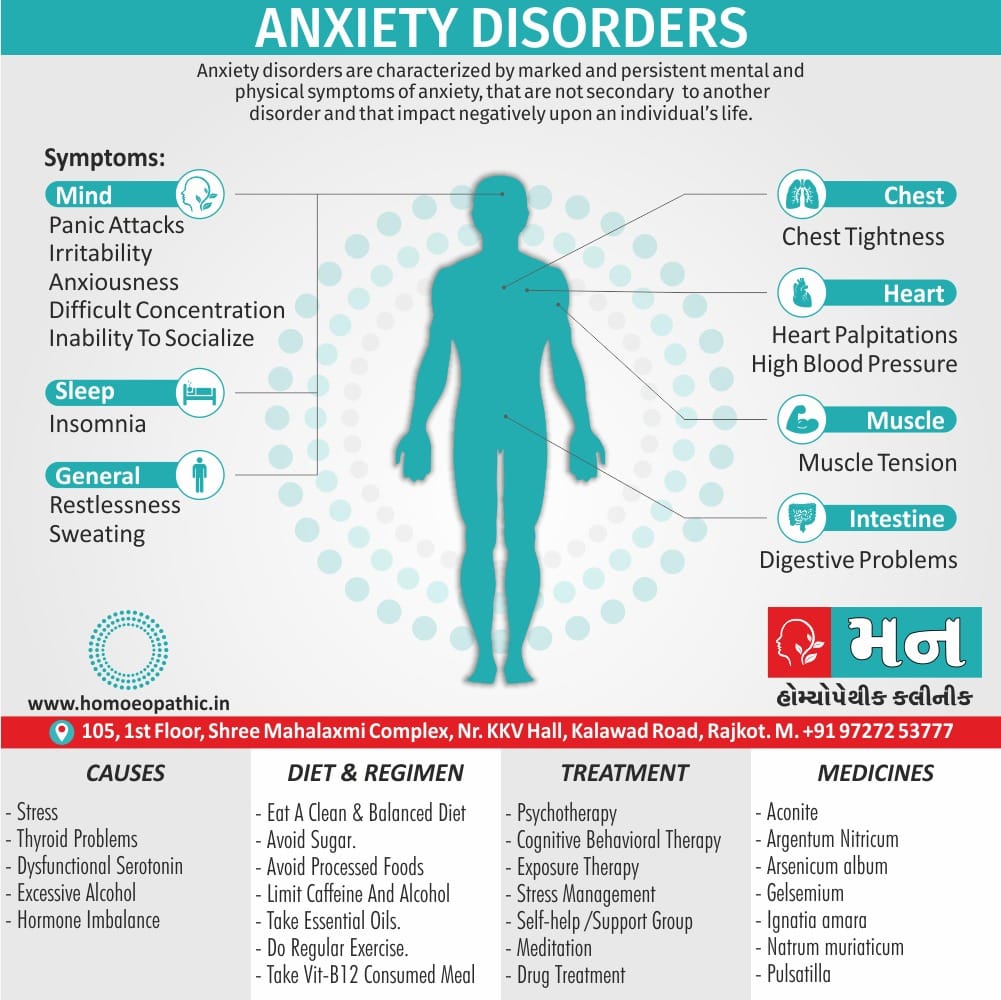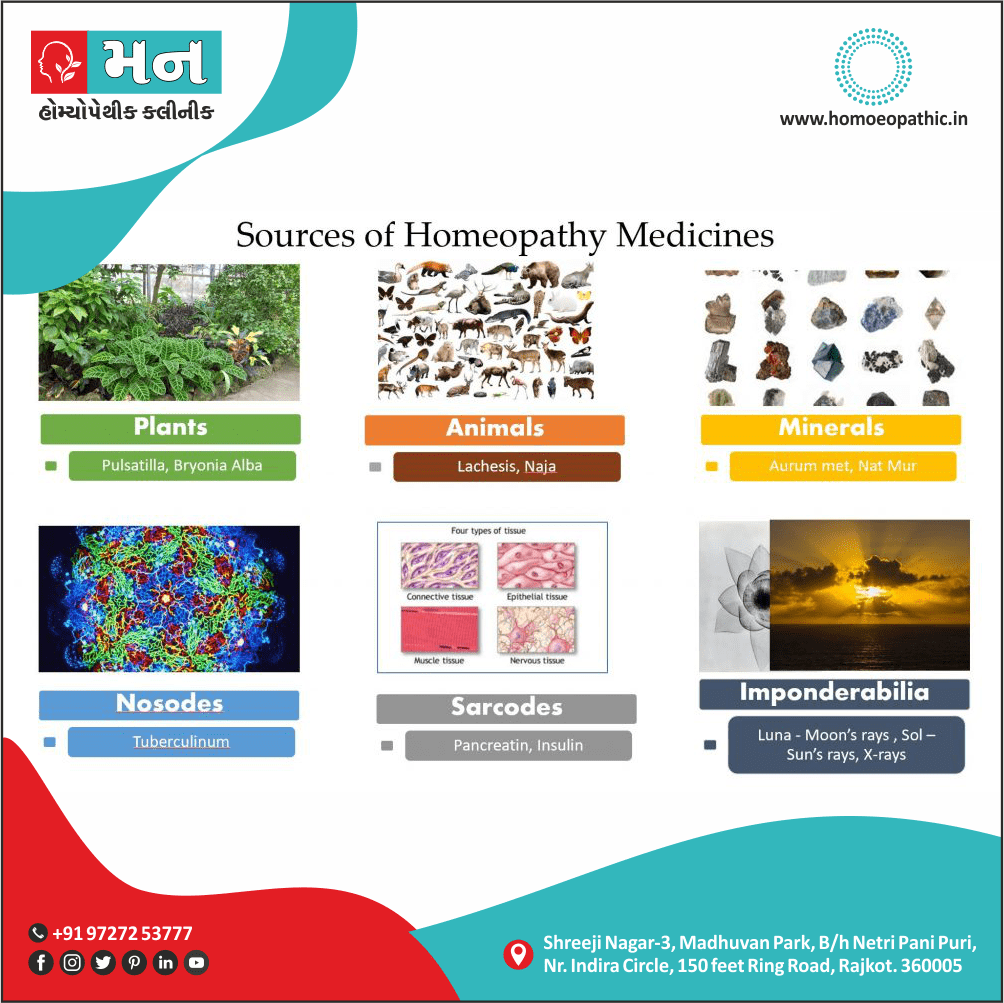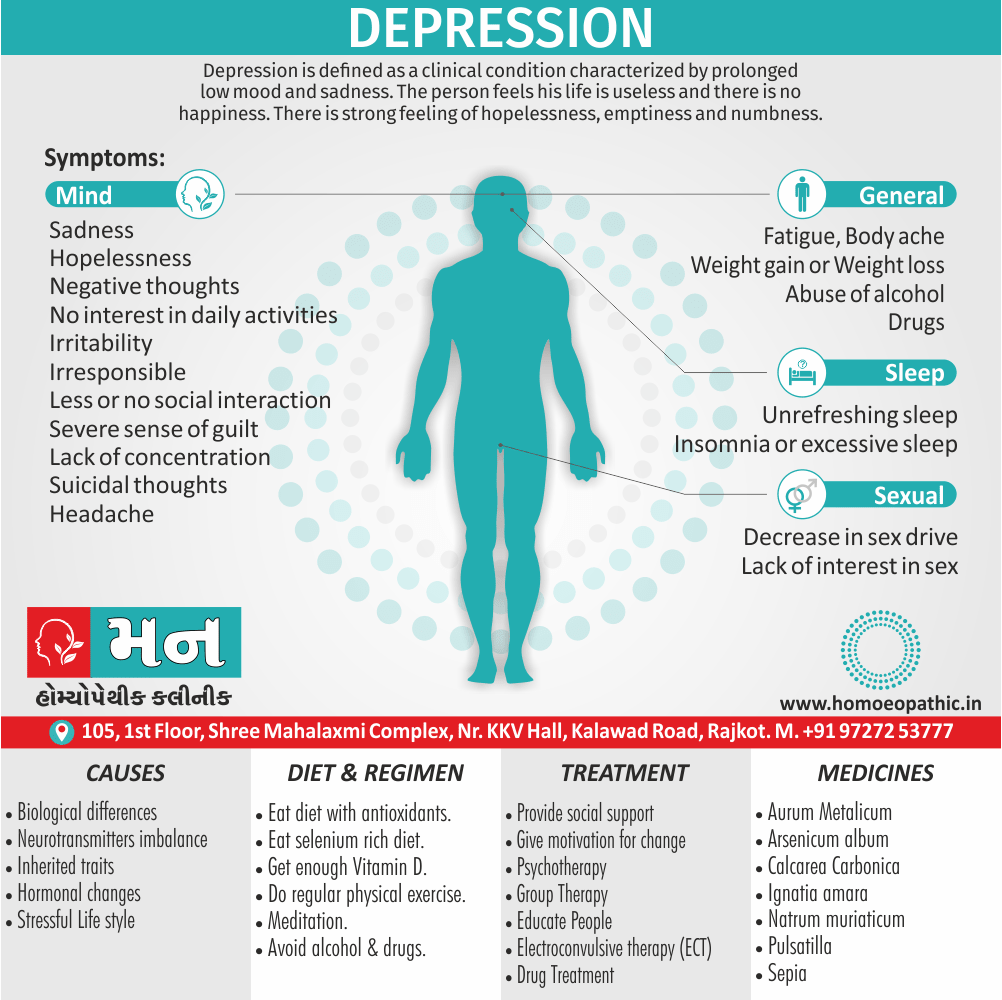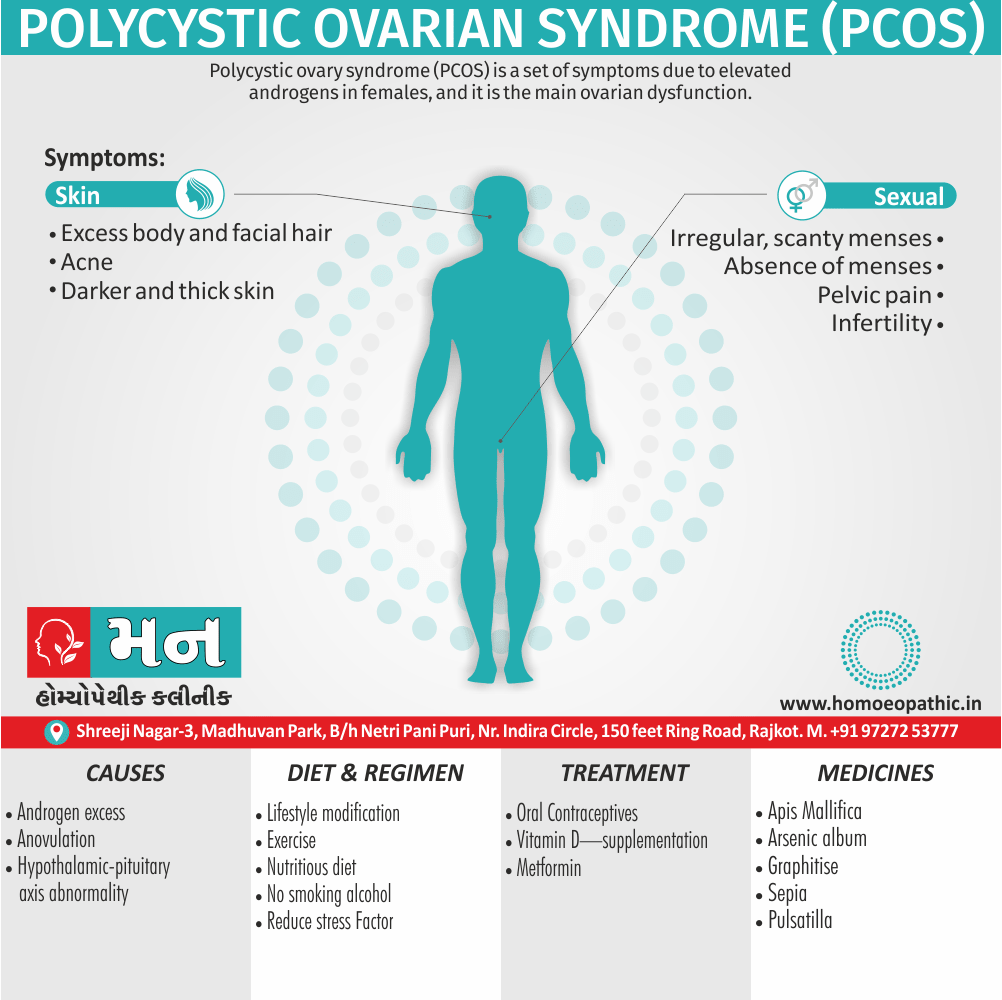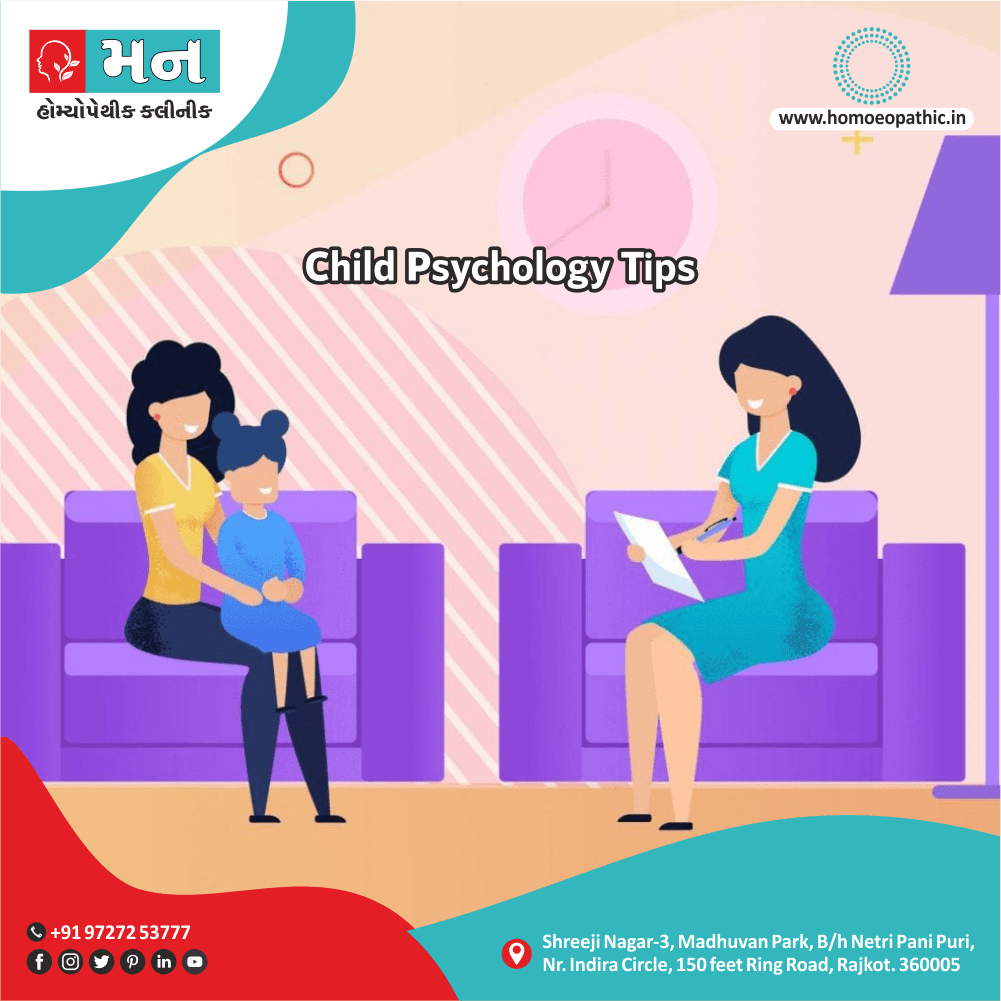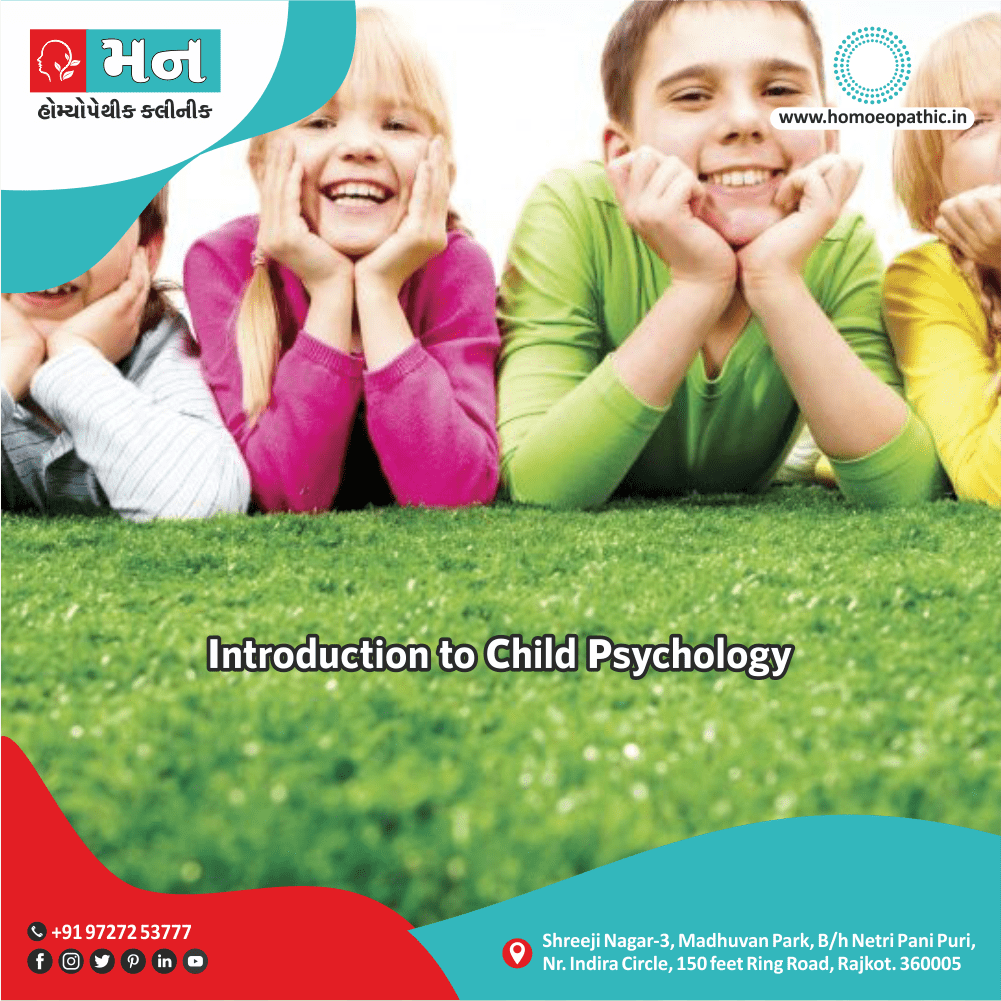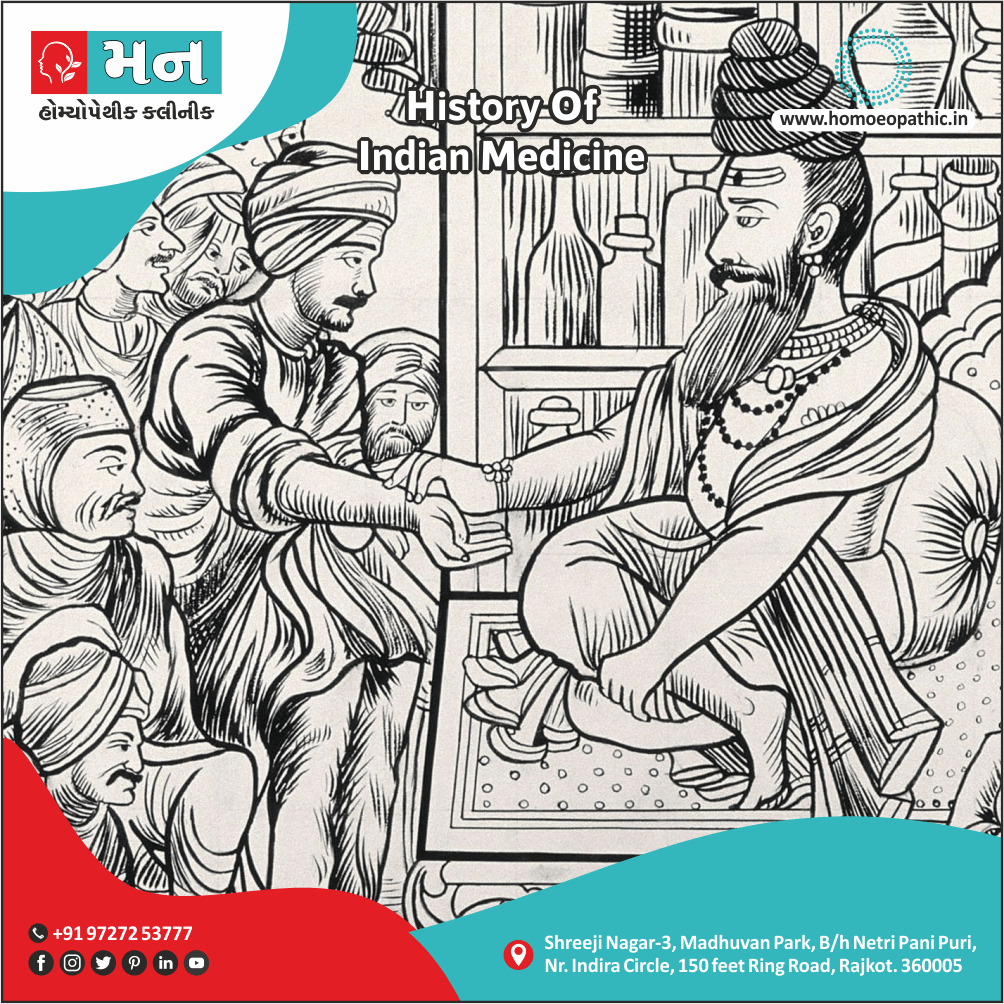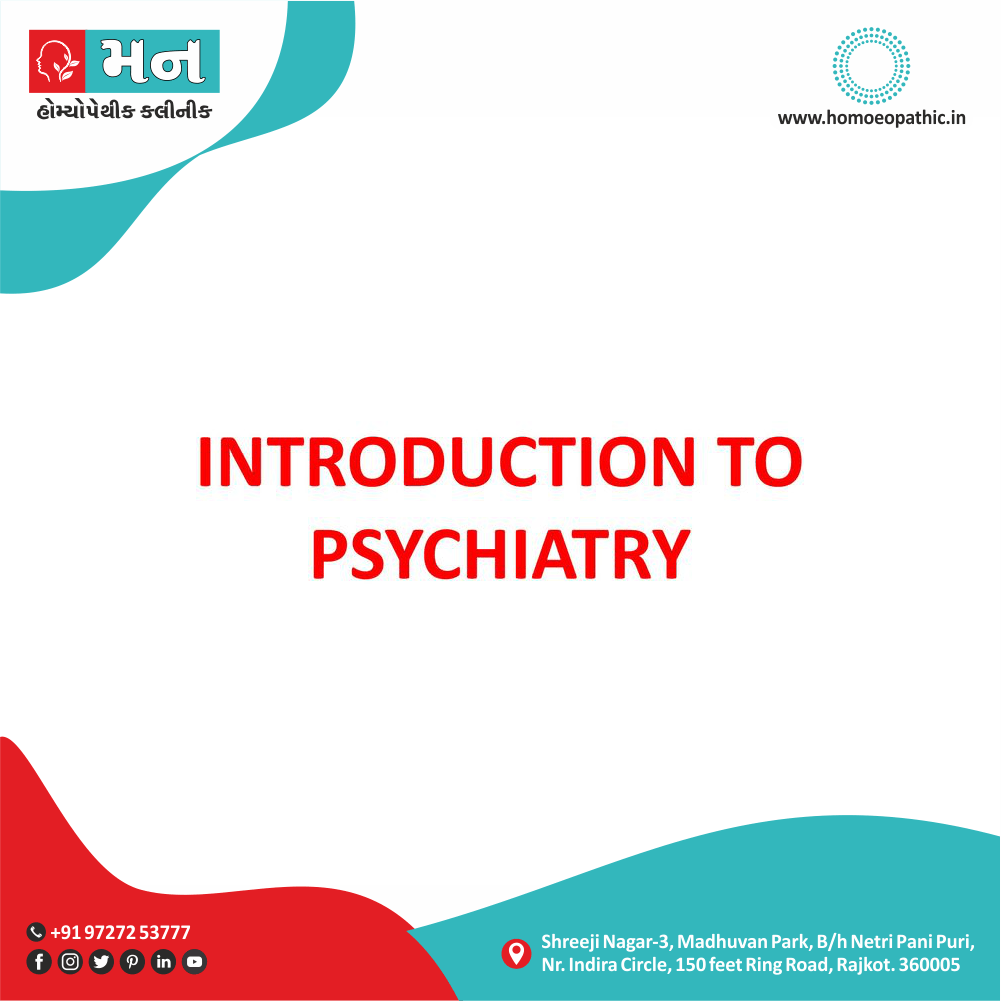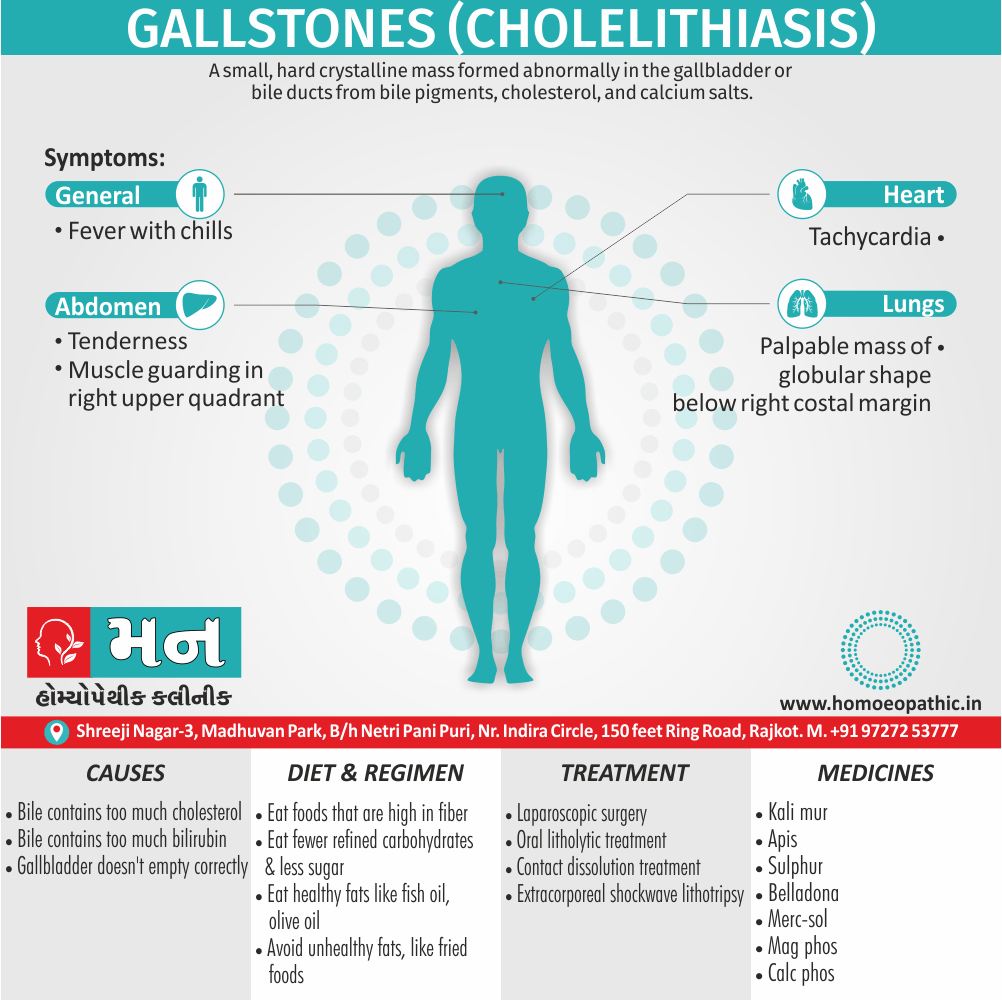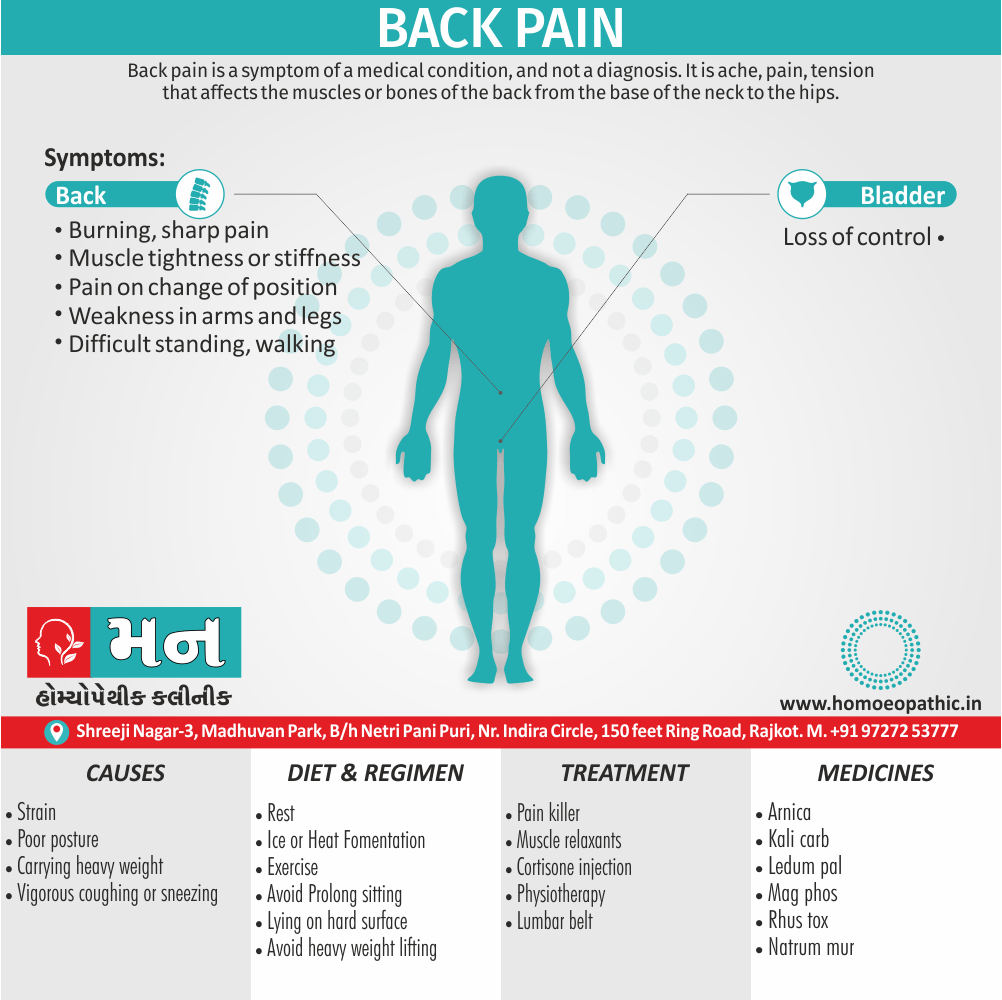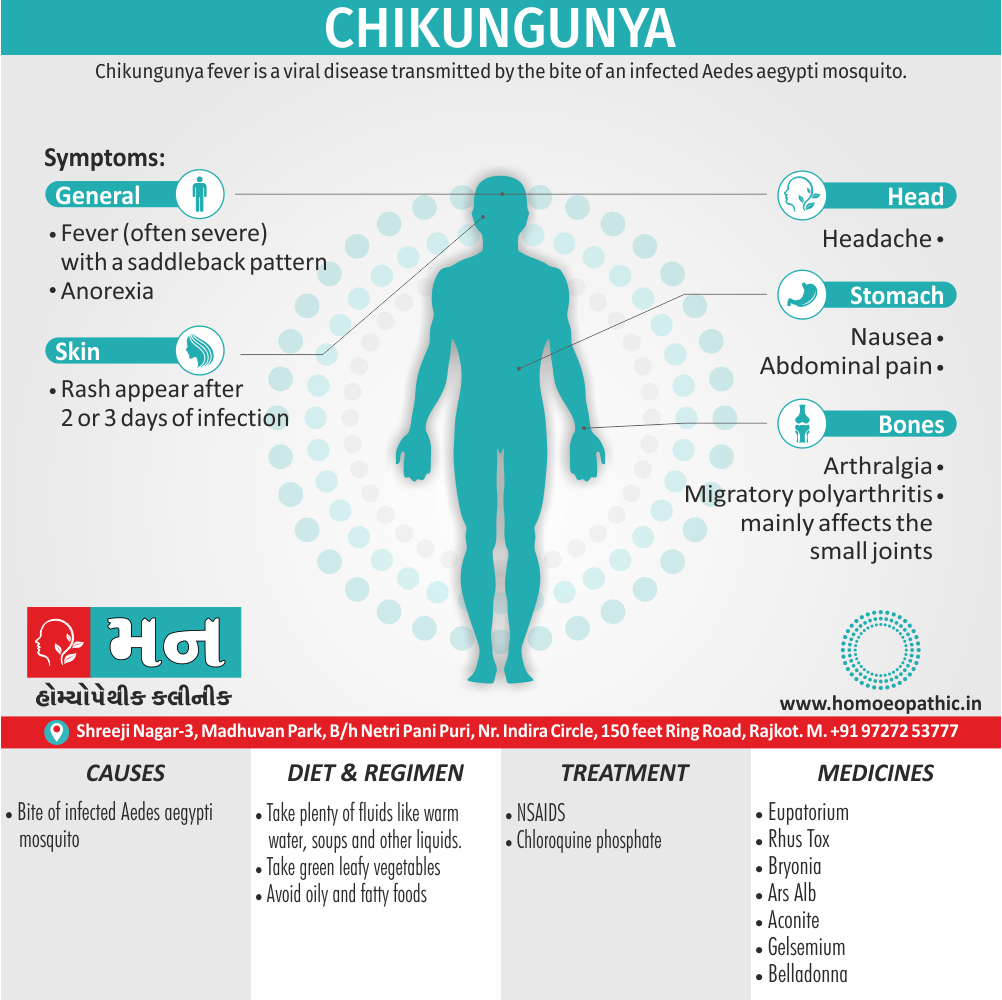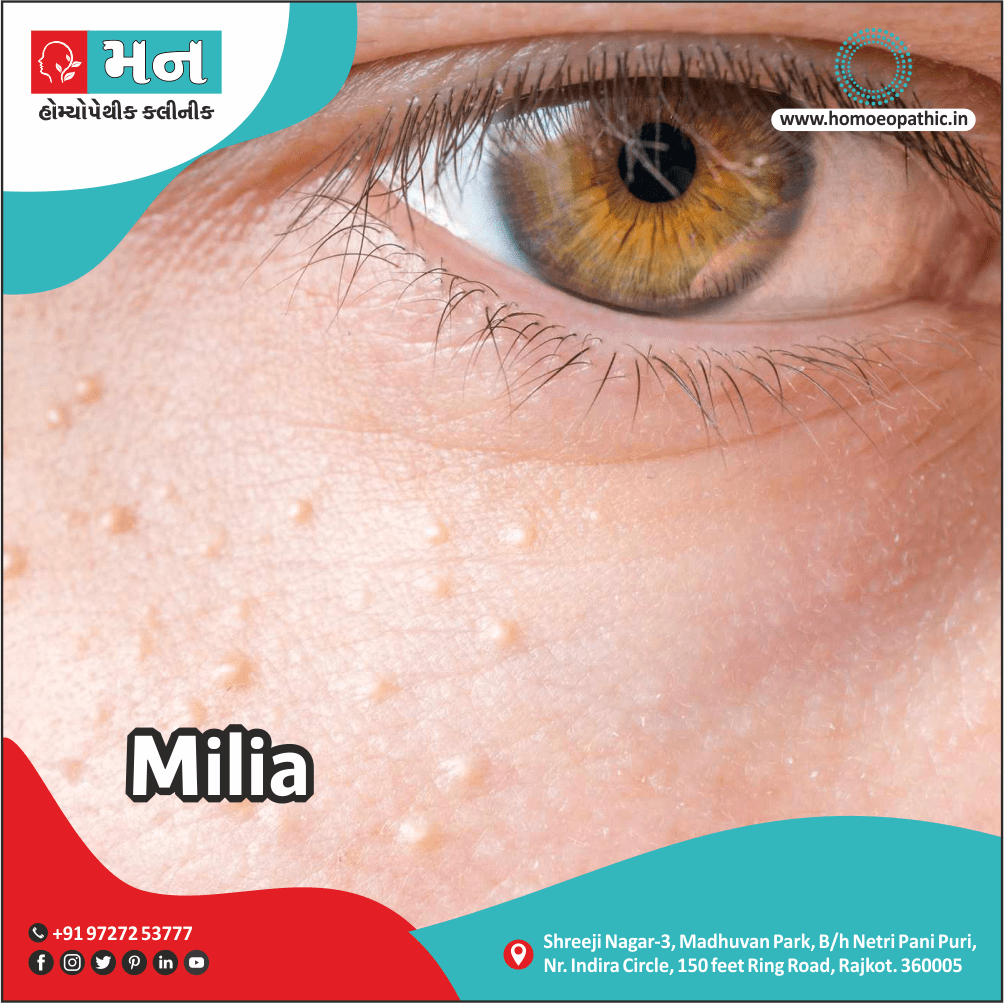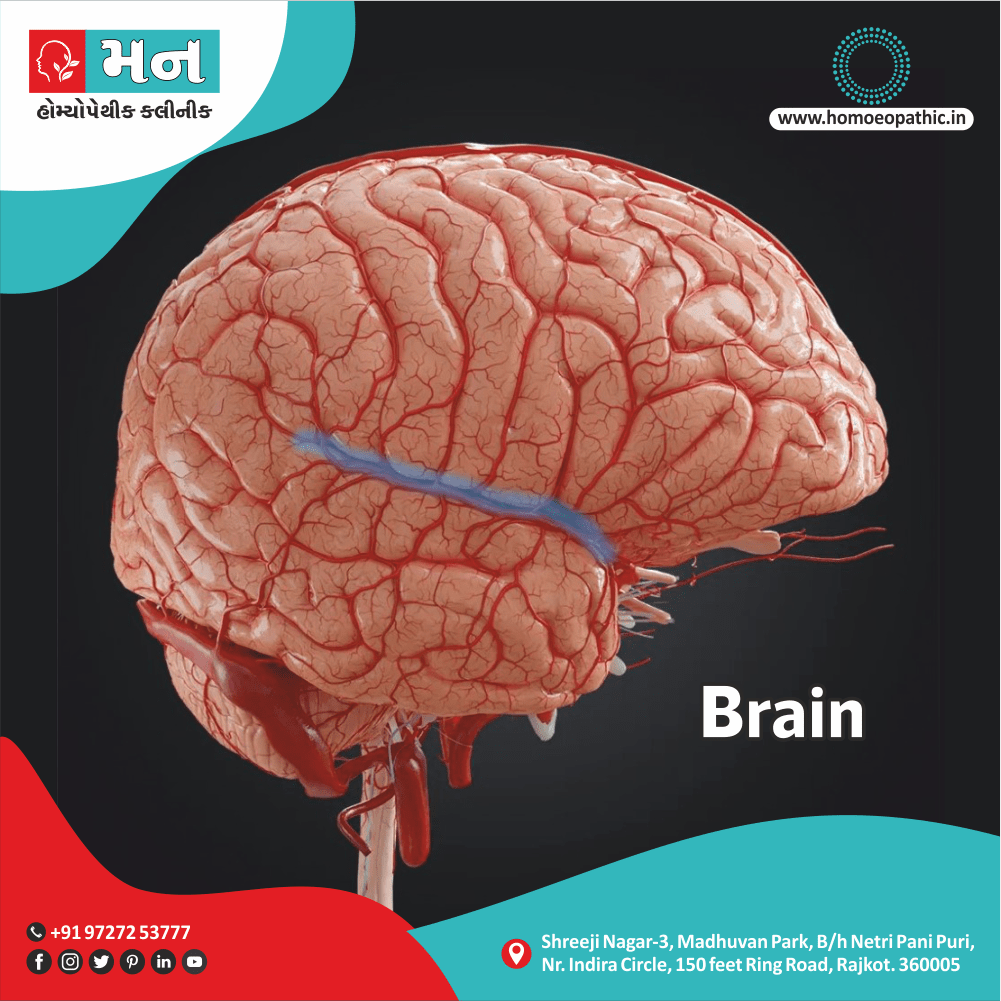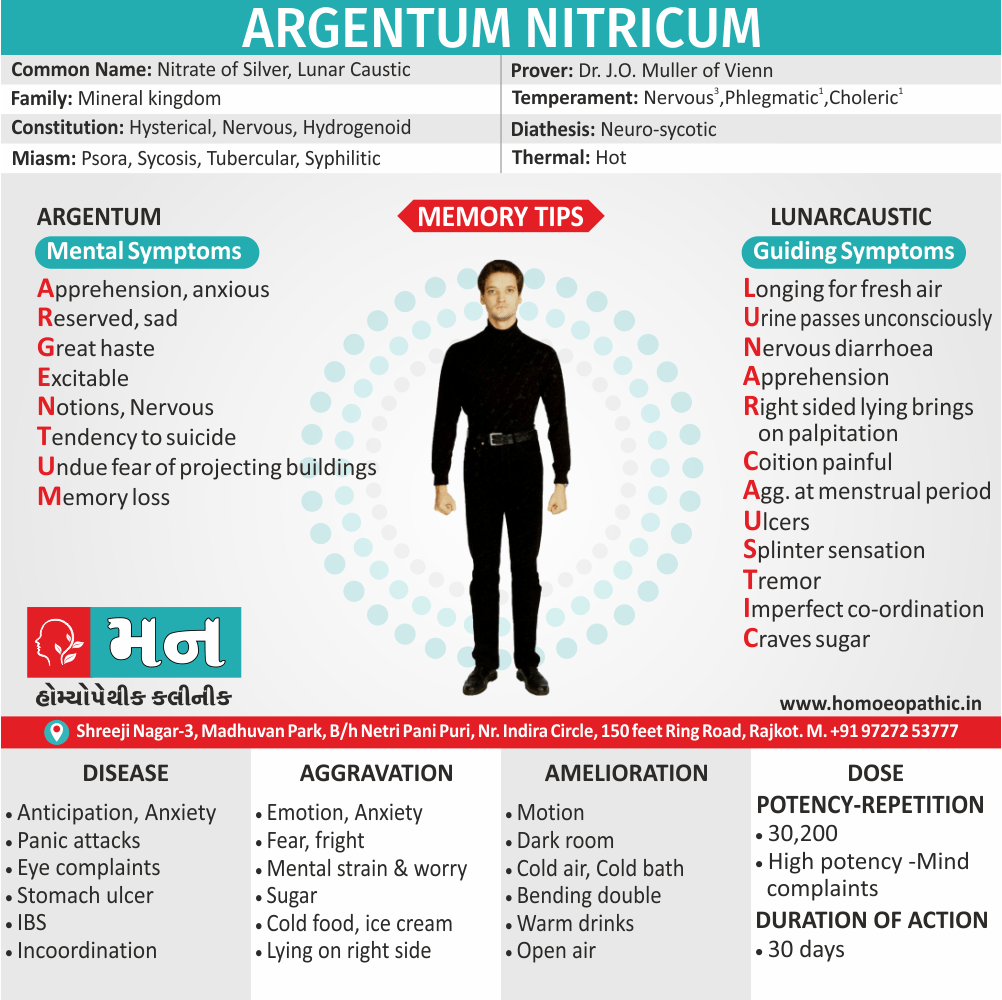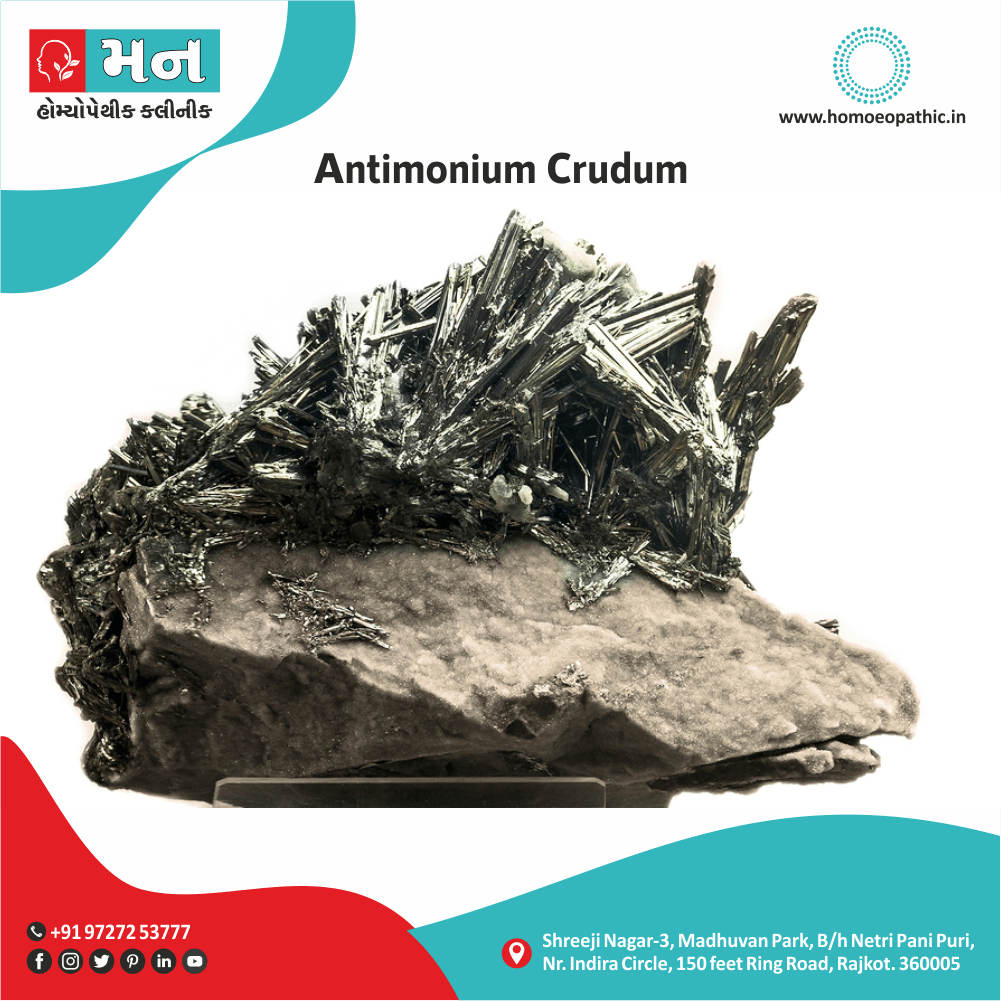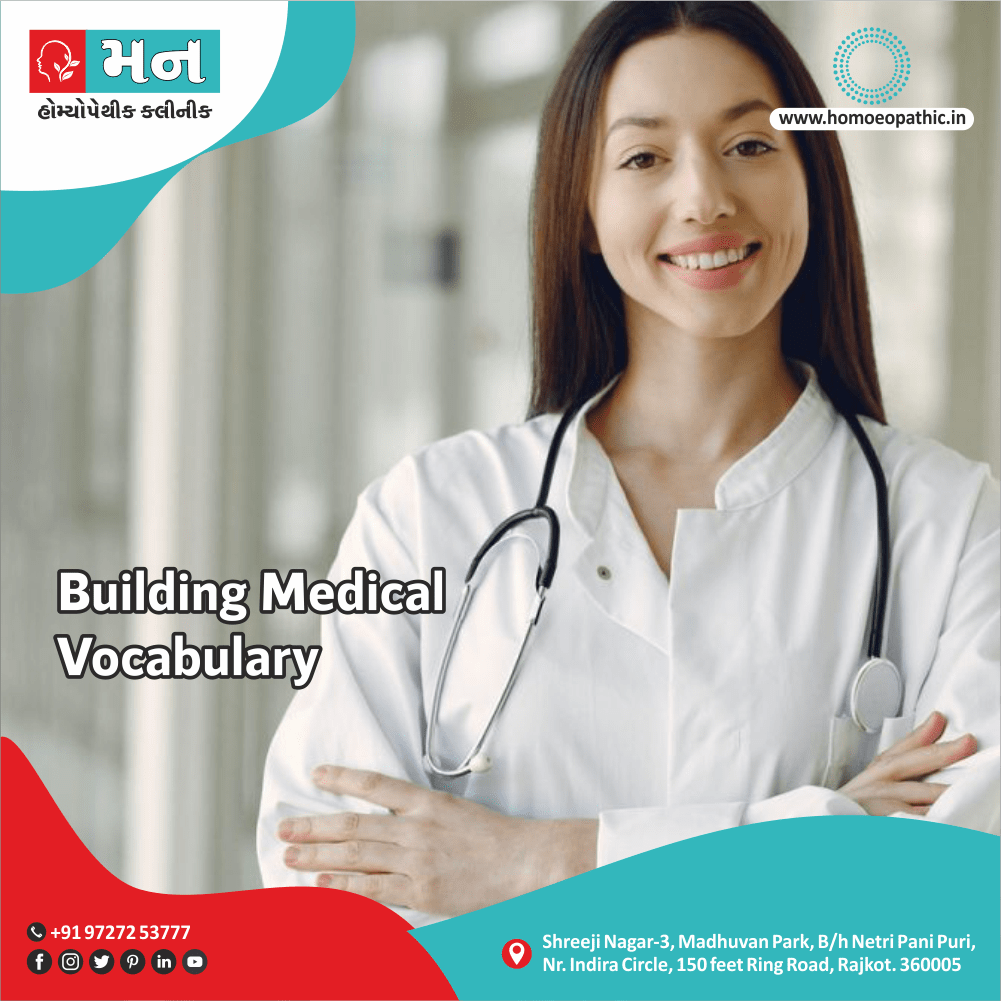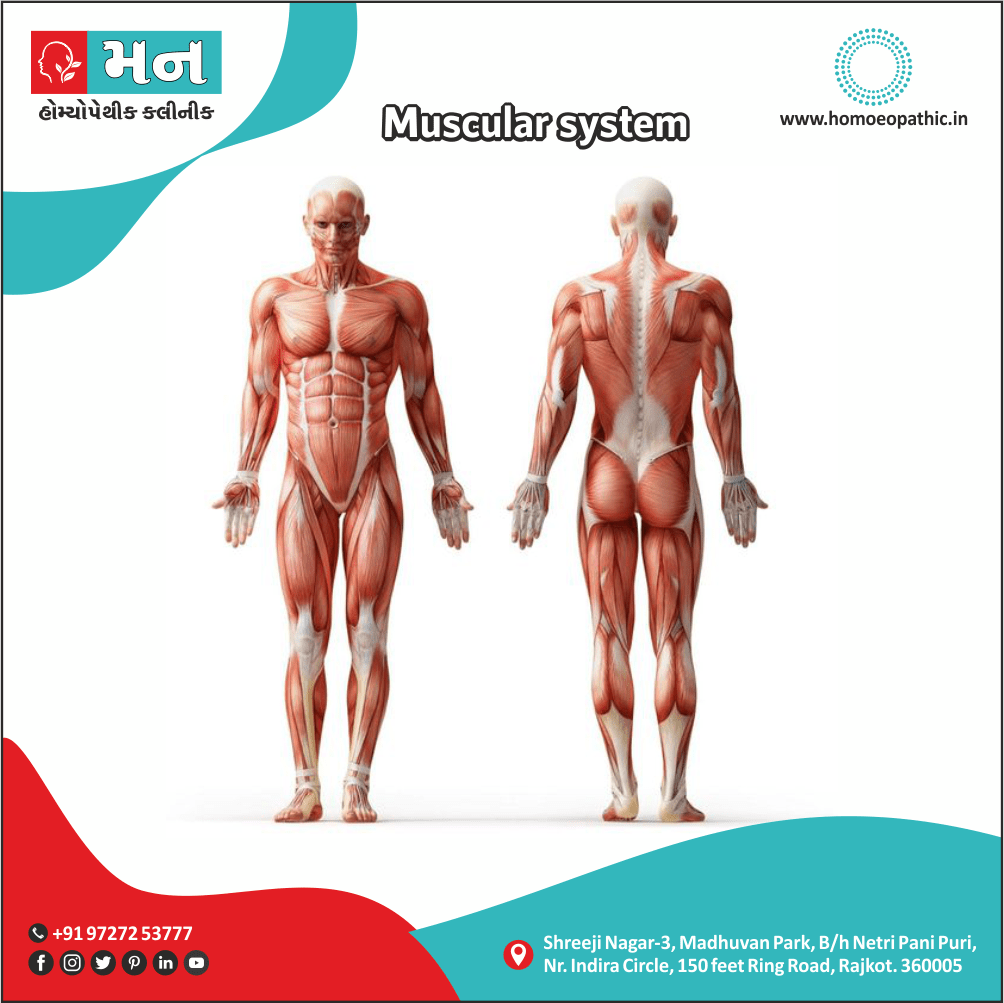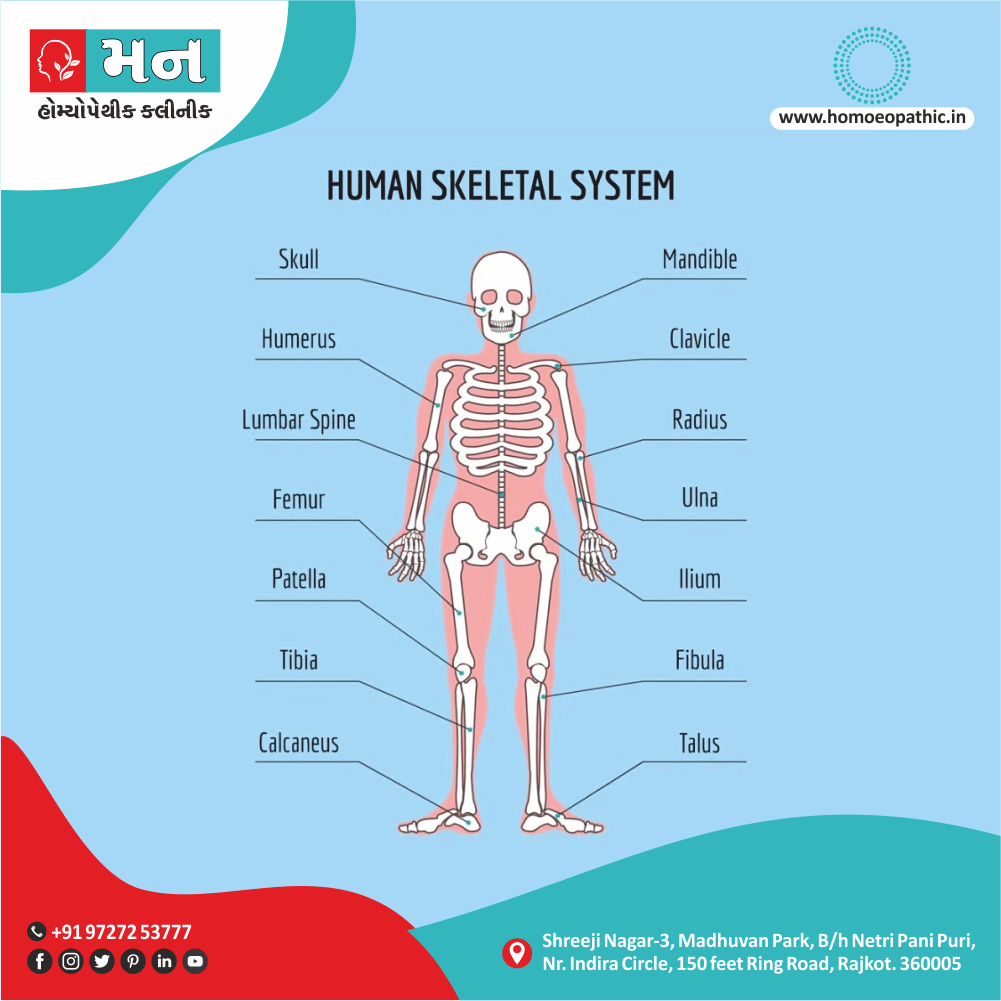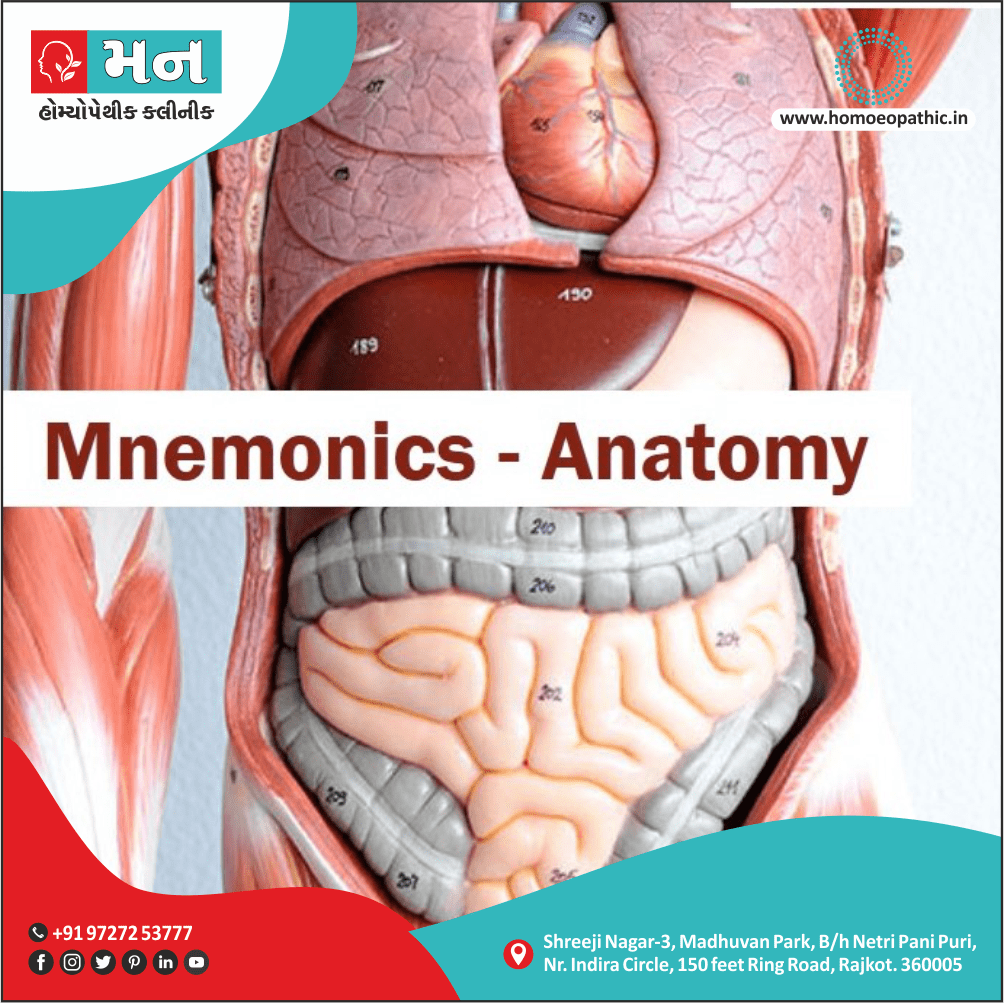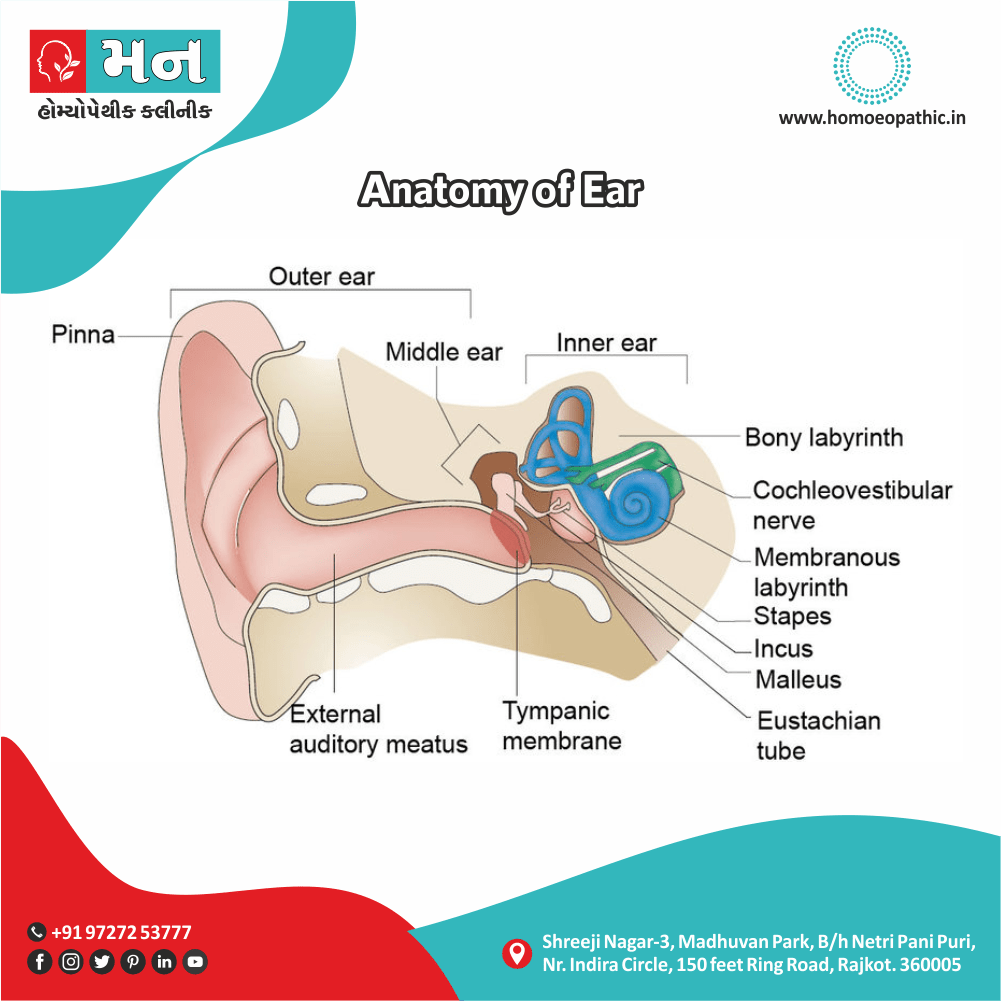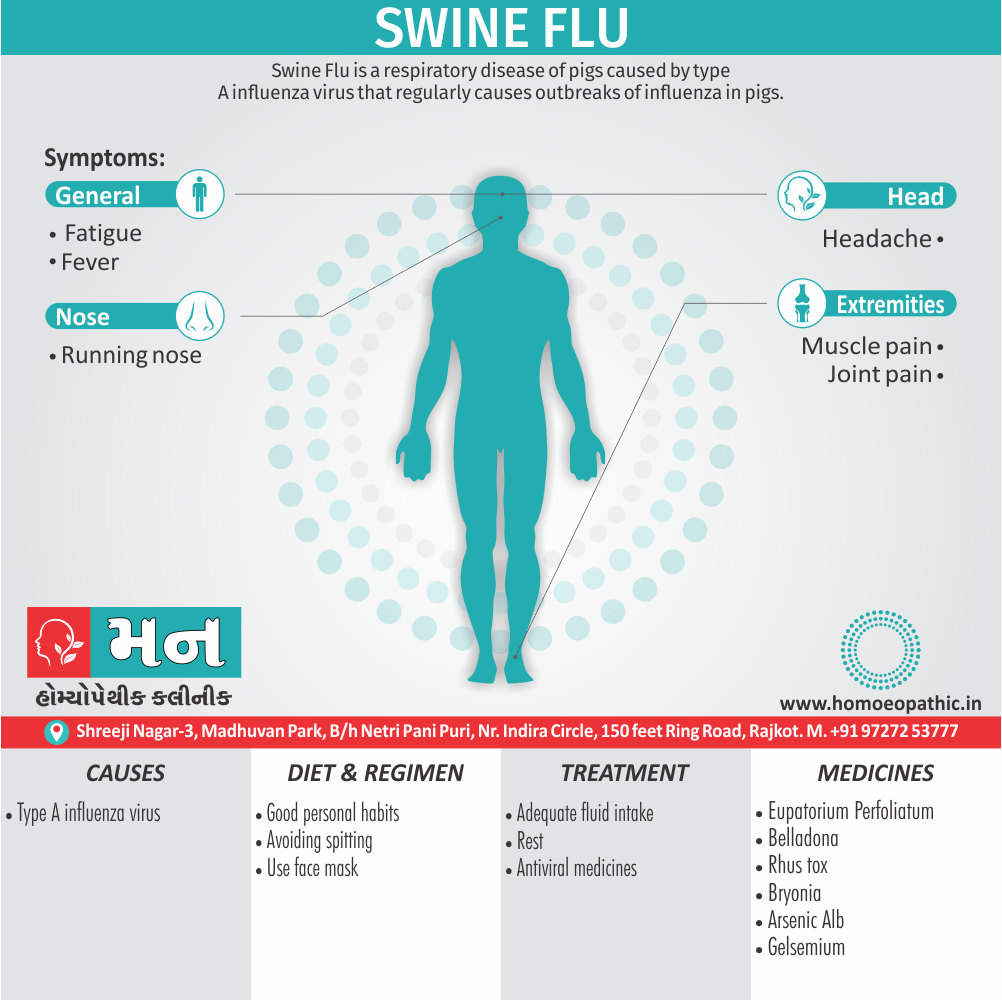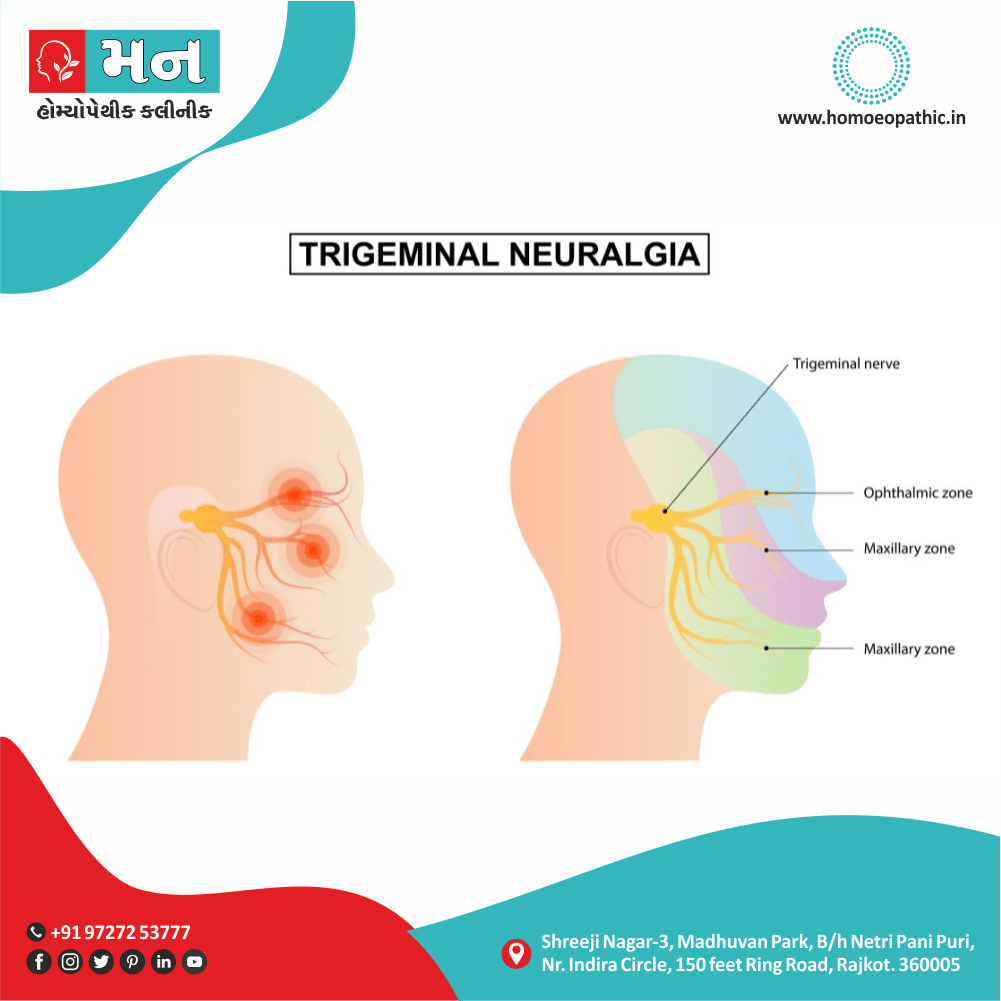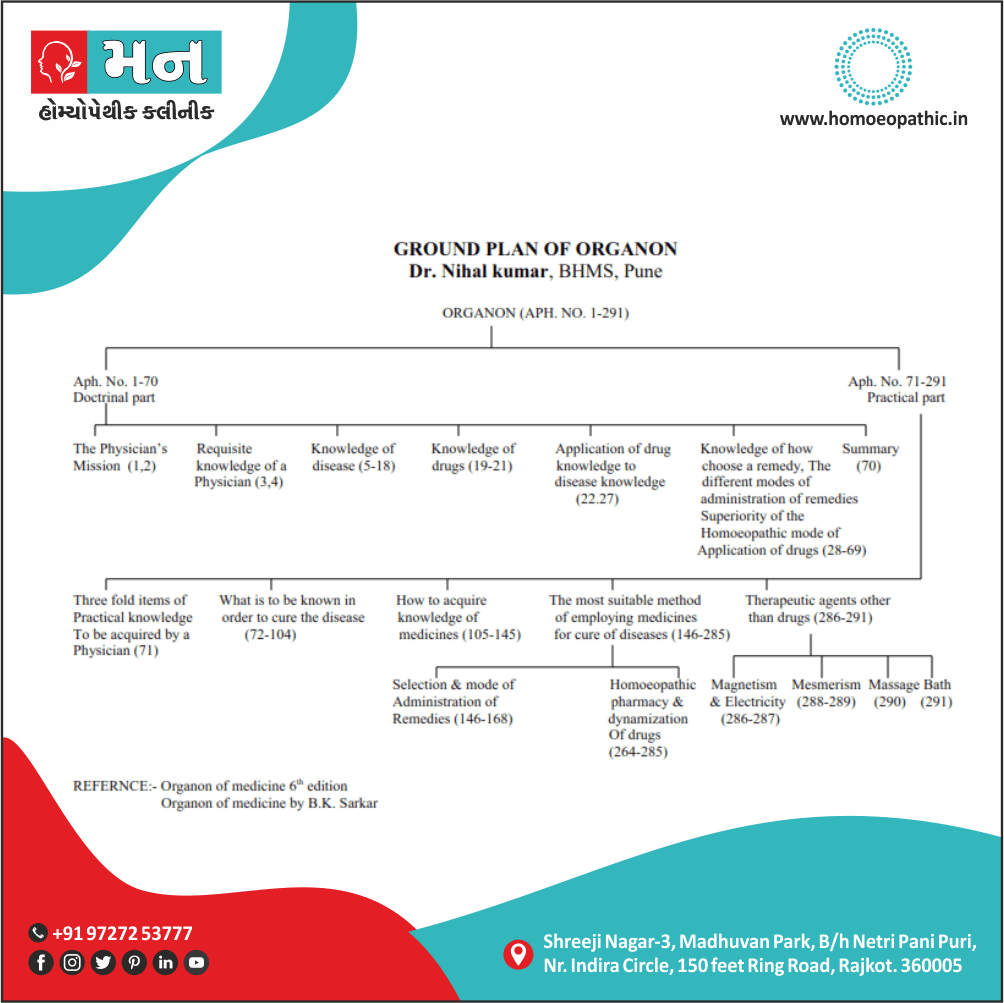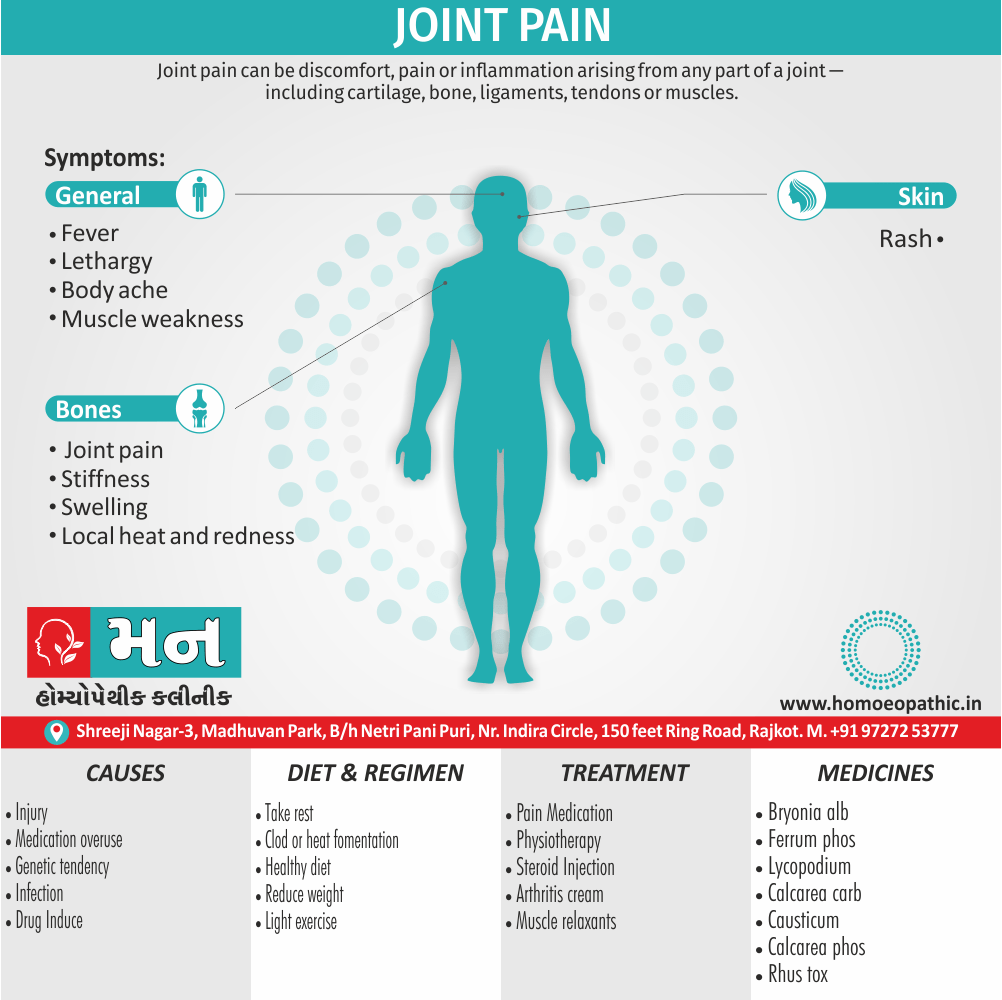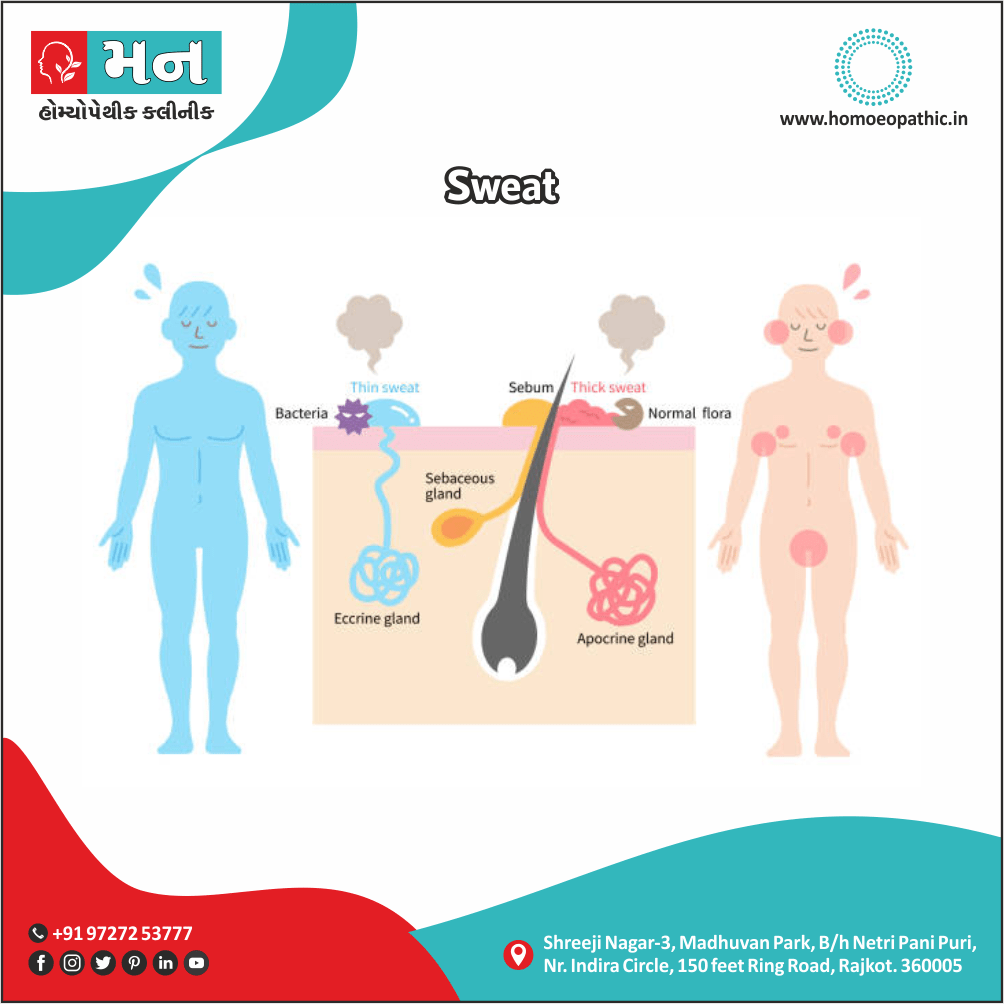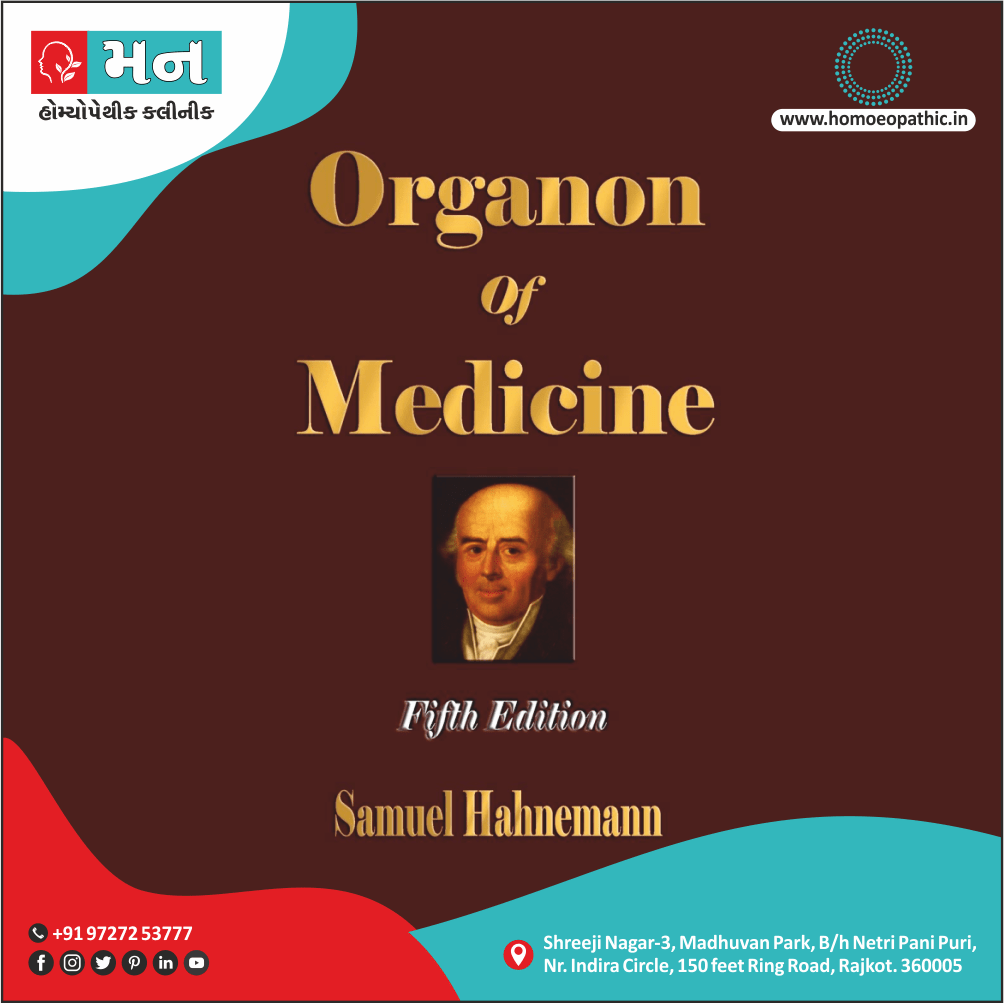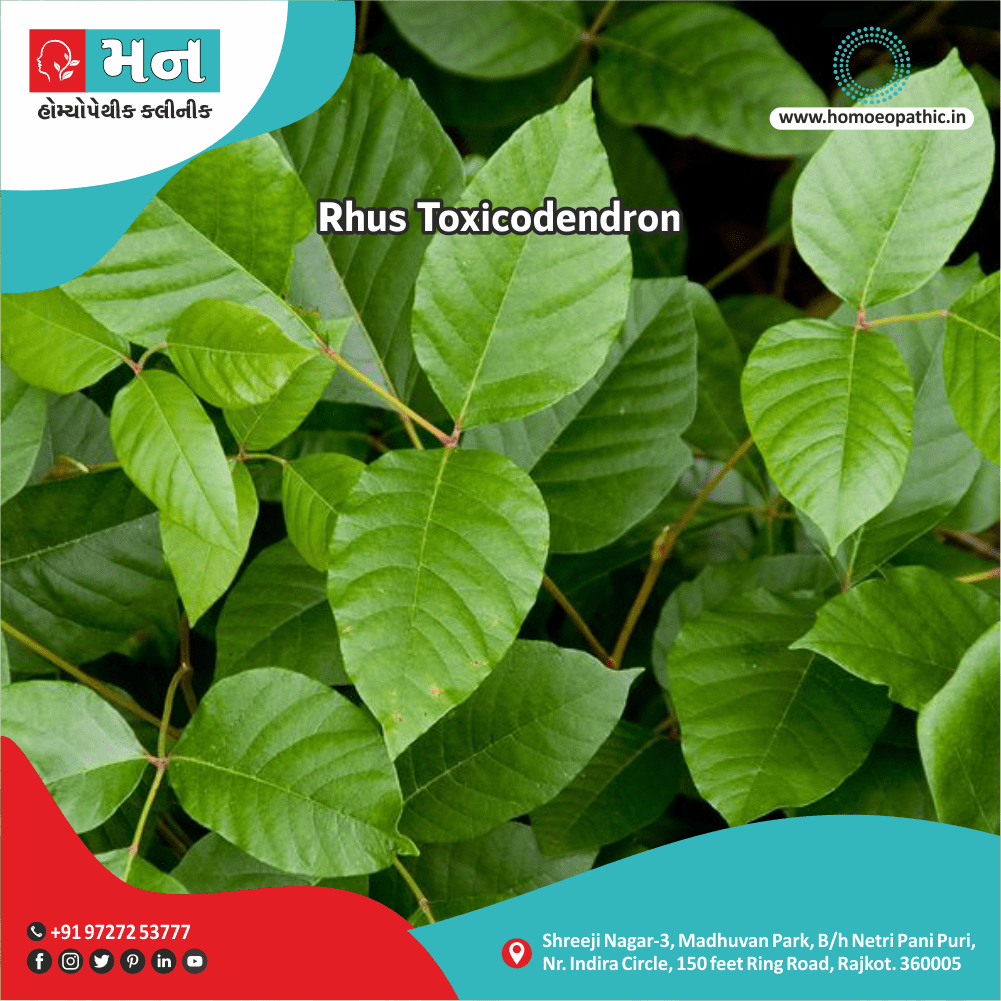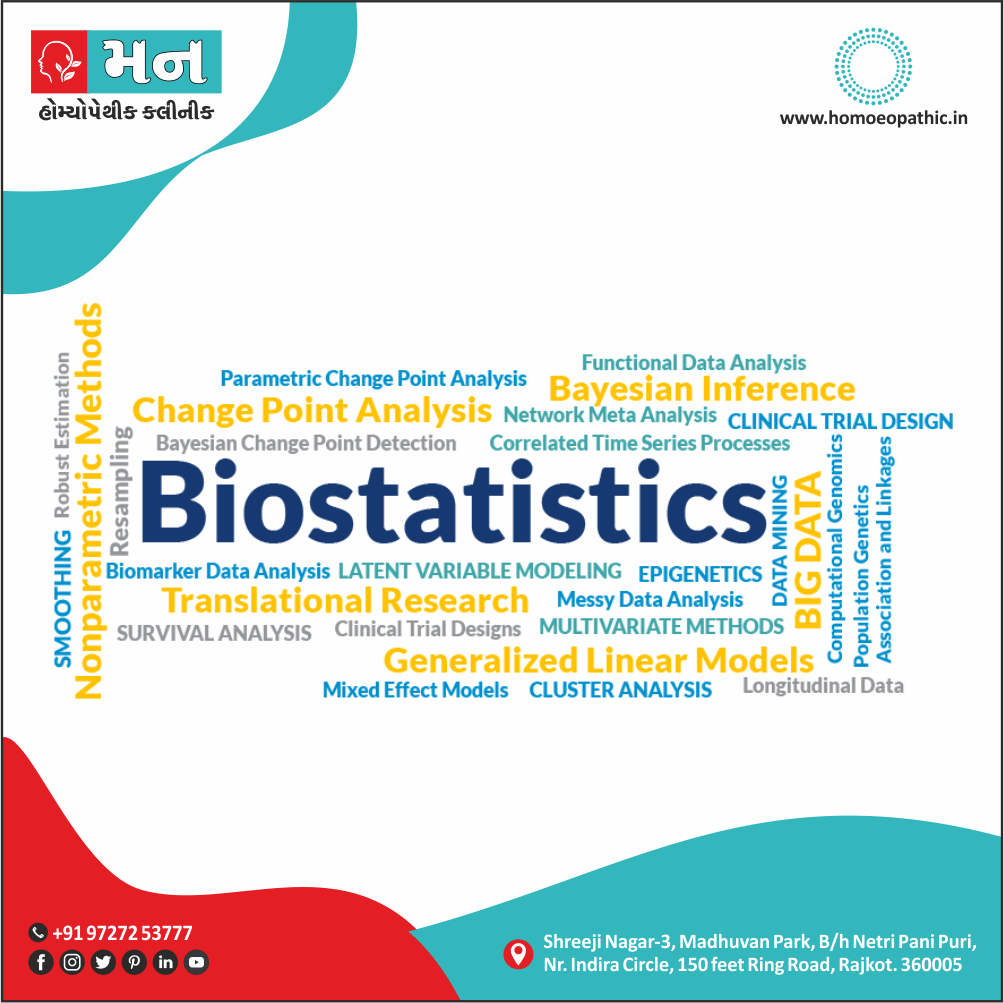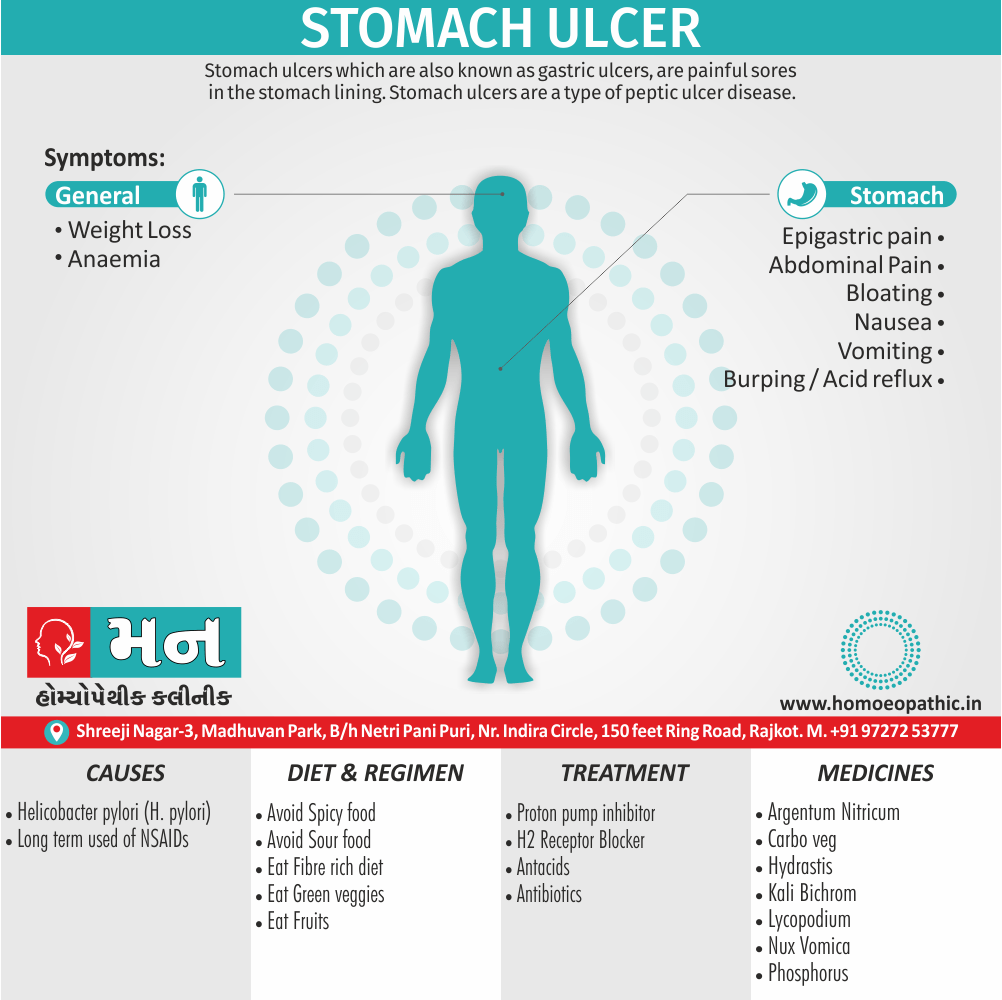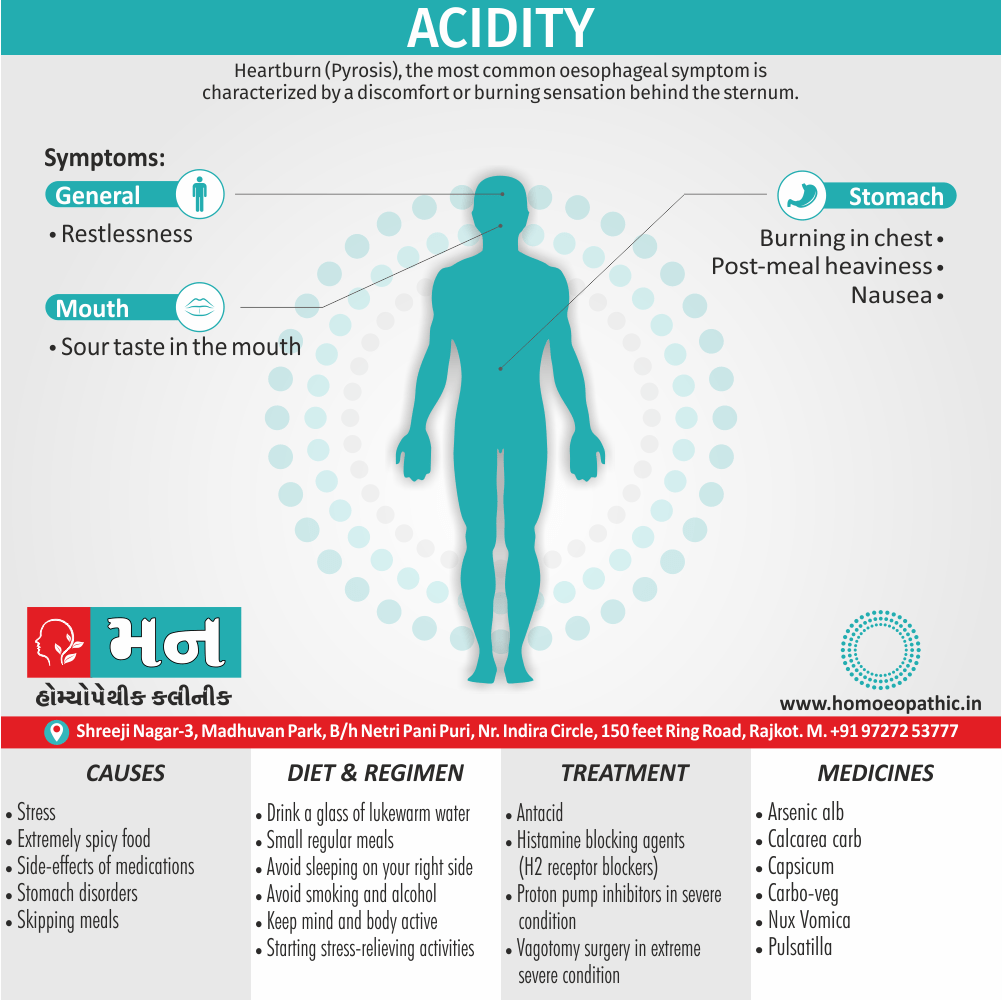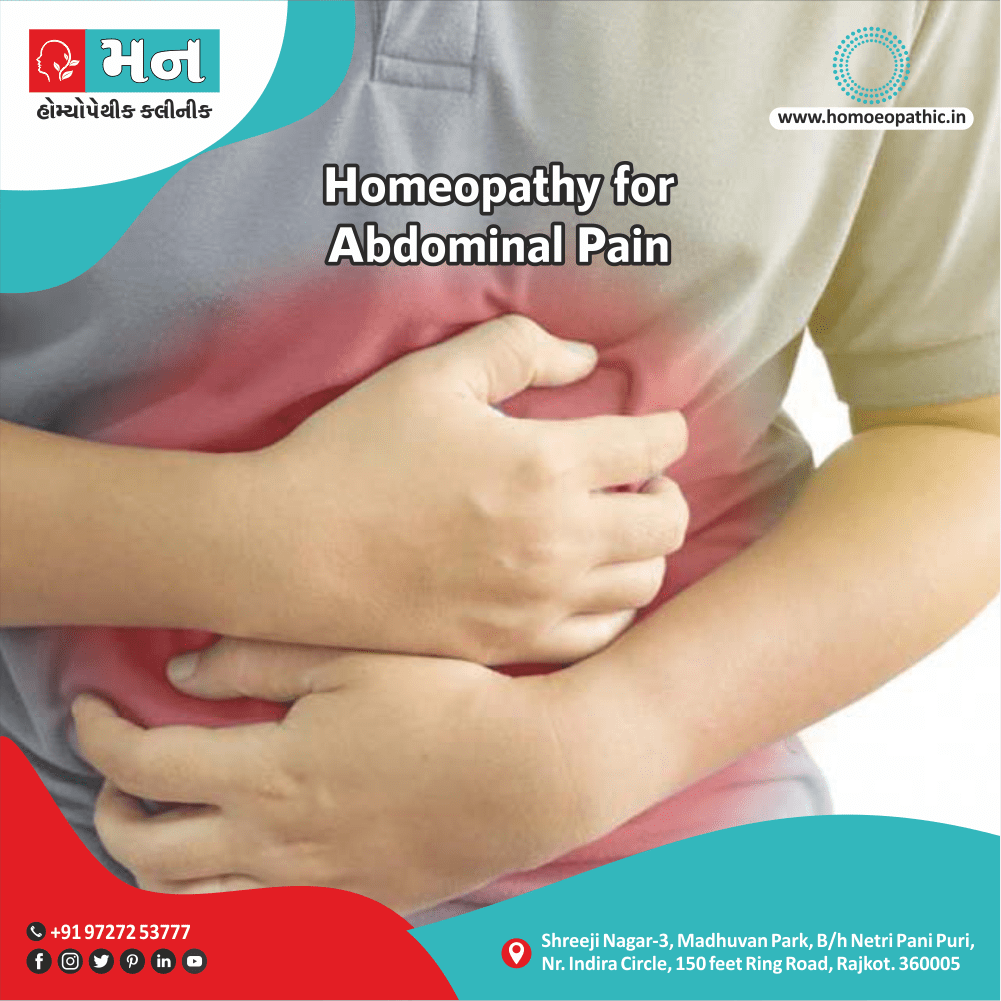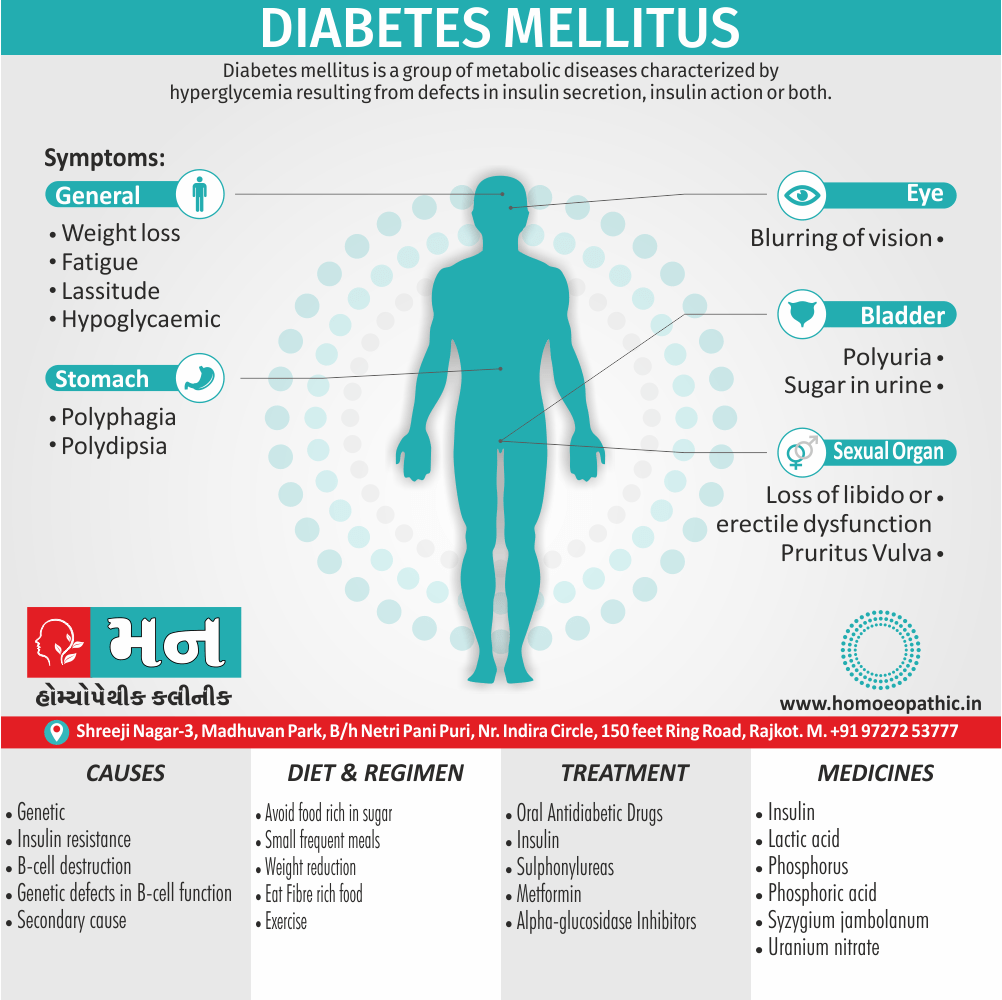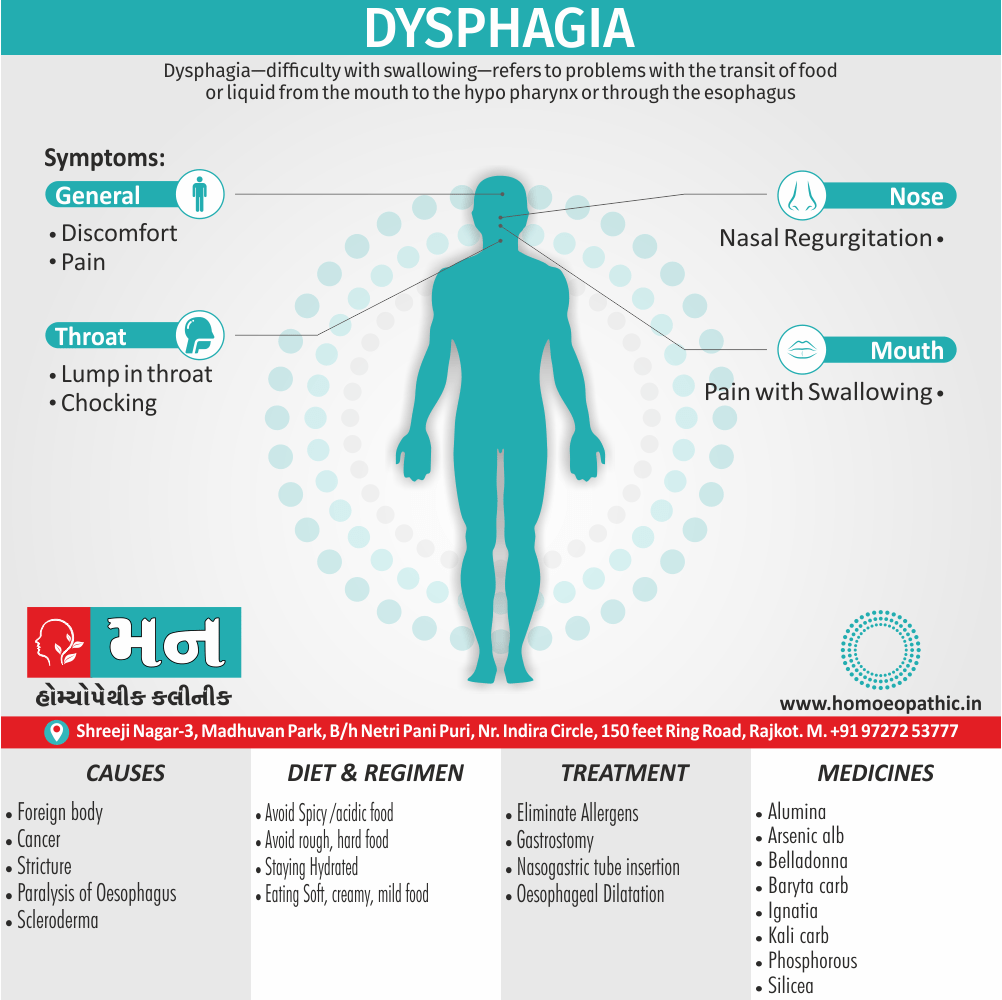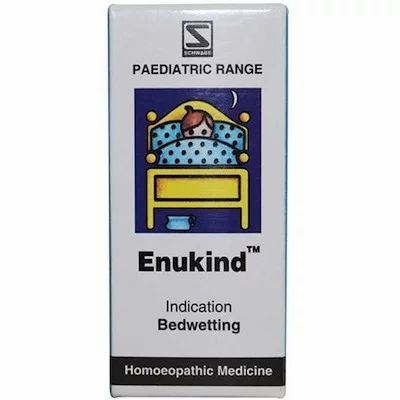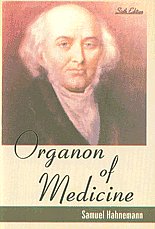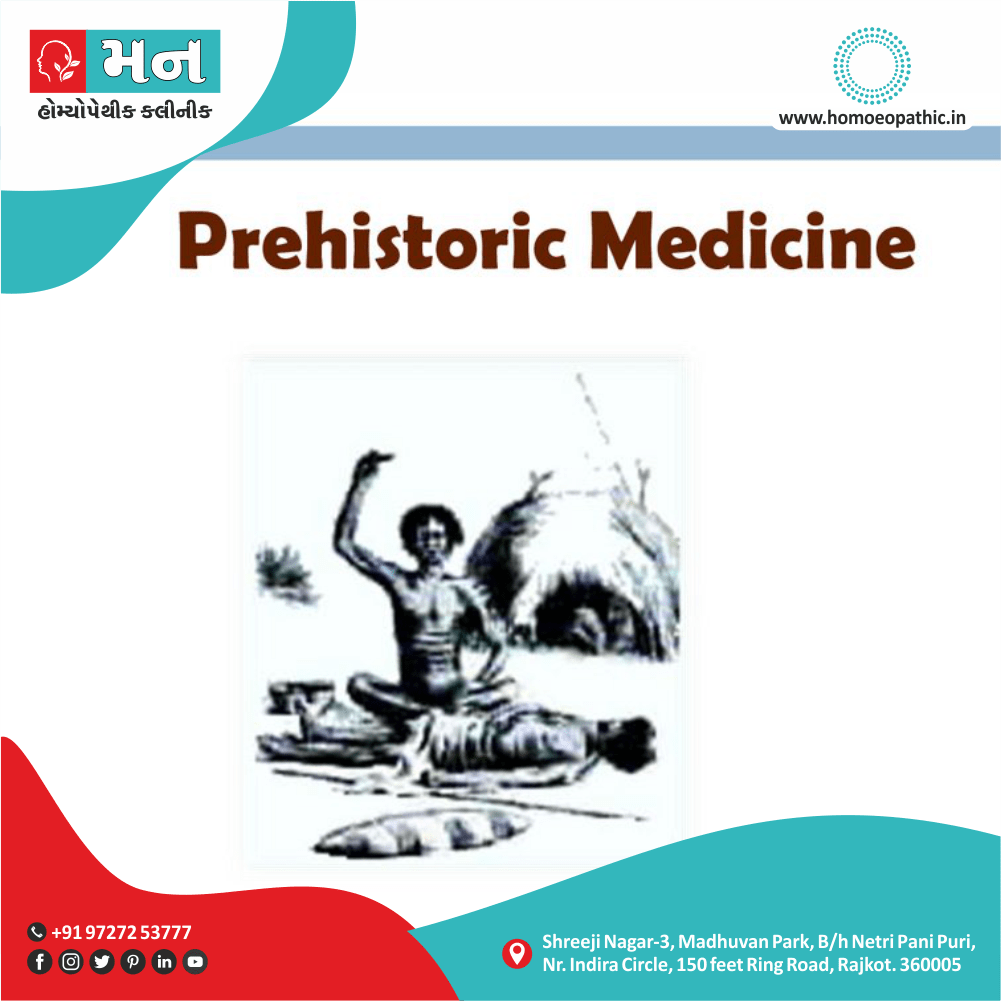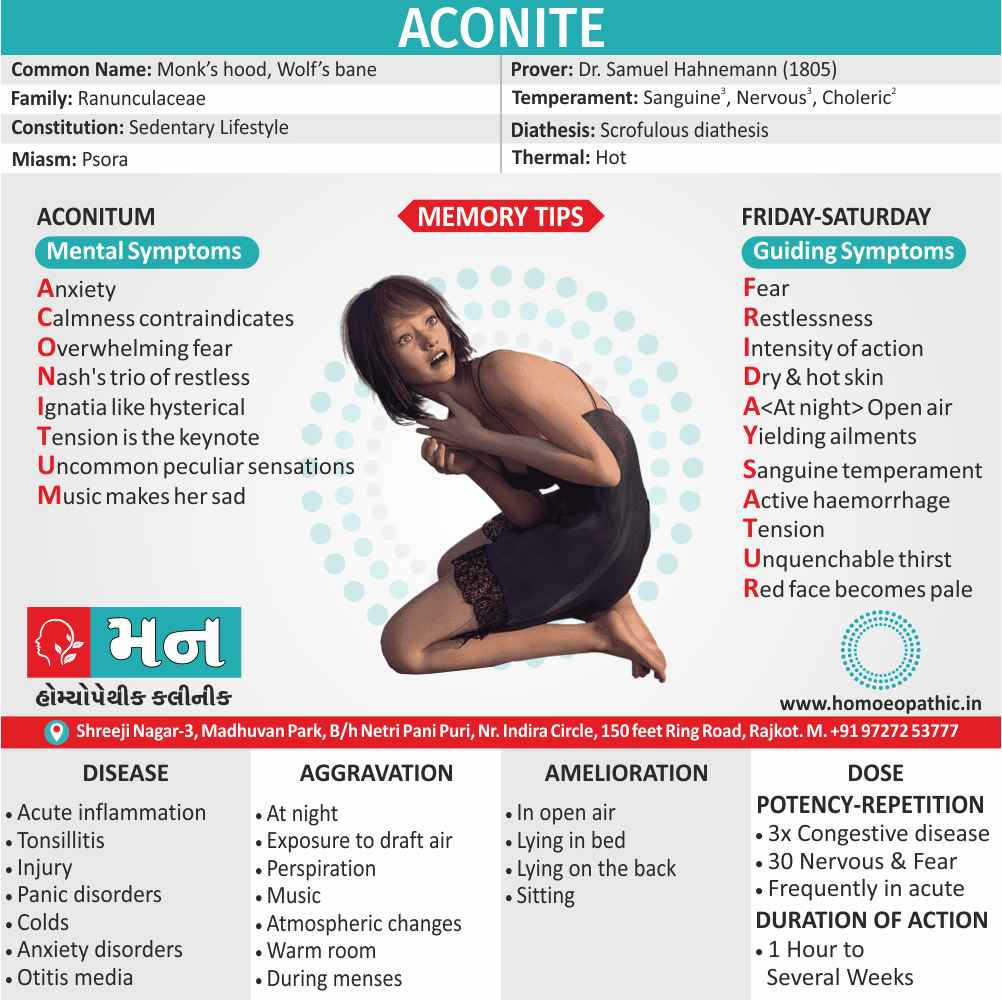Definition:
ADHD is a psychiatric disorder of neurodevelopmental type where the patient manifests worrisome behavior in the form of inattention, hyperactivity and / or impulsivity in such a manner that it affects their daily routine.
Overview
Epidemiology xxx
Causes
Types
Risk Factors
Pathogenesis xxx
Pathophysiology
Clinical Features xxx
Sign & Symptoms
Clinical Examination xxx
Diagnosis
Differential Diagnosis
Complications
Investigations
Treatment
Prevention
Homeopathic Treatment
Diet & Regimen
Do's & Dont's xxx
Terminology xxx
References
FAQ
Also Search As xxx
Overview
What is ADHD?
Attention Deficit Hyperactivity Disorder (ADHD)is a common behavioral disorder. Formerly, it thought to be a disease of childhood, it is now known to be present in adults too.
ADHD usually begins by the age of 6 to 12 years and to be confirmed, the symptoms need to be present for more than 6 months. Generally, It can impose problems in different aspects of life including relationships, social interactions as well in school or workplace. For this reason, it needs to be managed at the earliest.
Epidemiology xxx
Indian epidemiology then other
Causes
Causes
While the exact cause of ADHD is not clear, research efforts continue. Factors that may be involved in the development of ADHD include genetics, the environment or problems with the central nervous system at key moments in development.[2]
- Brain injury
- Exposure to environmental risks (e.g., lead) during pregnancy or at a young age
- Alcohol and tobacco use during pregnancy
- Premature delivery
- Low birth weight
Other Causes
- eating too much sugar,
- watching too much television,
- parenting,
- social and
- environmental factors such as poverty or family chaos.
Of course, many things, including these, might make symptoms worse, especially in certain people.[1]
Types
Risk Factors
Risk factors
Risk factors for ADHD may include:
- Blood relatives, such as a parent or sibling, with ADHD or another mental health disorder
- Exposure to environmental toxins — such as lead, found mainly in paint and pipes in older buildings
- Maternal drug use, alcohol use or smoking during pregnancy
- Premature birth[2]
Pathogenesis xxx
Tab Content
Pathophysiology
The exact pathophysiology of Attention Deficit Hyperactivity Disorder (ADHD) is not clear.
With this said, several mechanisms have been proposed as factors associated with the condition.
These include abnormalities in the functioning of neurotransmitters, brain structure and cognitive function.
Although it remains unknown if these mechanisms cause or are consequences of the condition, they appear to be linked to the pathophysiology of ADHD and are evident in affected individuals.[5]
Clinical Features xxx
Tab Content
Sign & Symptoms
Inattention i.e.
- Easy distraction
- Day dreaming
- Difficulty in focusing
Hyperactivity i.e.
- Fidgety, continuous motion
- Non-stop talking
- Difficulty doing tasks and activities
Impulsivity i.e.
- Interfering in others’ work
- Very impatient
- React very strangely to situations and can harm others
Here are 14 common signs of ADHD in children:
1. Self-focused behavior i.e.
A common sign of ADHD is what looks like an inability to recognize other people’s needs and desires. After that, this can lead to the next two signs.
2. Interrupting i.e.
Self-focused behavior may cause a child with ADHD to interrupt others while they’re talking or butt into conversations or games they’re not part of.
3. Trouble waiting their turn i.e.
Kids with ADHD may have trouble waiting their turn during classroom activities or when playing games with other children.
4. Emotional turmoil i.e.
A child with ADHD may have trouble keeping their emotions in check. In Detail, They may have outbursts of anger at inappropriate times. Younger children may have temper tantrums.
5. Fidgetiness i.e.
Children with ADHD often can’t sit still. They may try to get up and run around, fidget, or squirm in their chair when forced to sit.
6. Problems playing quietly i.e.
In Brief, fidgetiness can make it difficult for kids with ADHD to play quietly or engage calmly in leisure activities.
7. Unfinished tasks i.e.
A child with ADHD may show interest in lots of different things, but they may have problems finishing them. For example, they may start projects, chores, or homework, but move on to the next thing that catches their interest before finishing.
8. Lack of focus i.e.
A child with ADHD may have trouble paying attention, even when someone is speaking directly to them. They’ll say they heard you, but they won’t be able to repeat back to you what you just said.
9. Avoidance of tasks needing extended mental effort i.e.
This same lack of focus can cause a child to avoid activities that require a sustained mental effort, such as paying attention in class or doing homework.
10. Mistakes i.e.
Children with ADHD can have trouble following instructions that require planning or executing a plan. This can then lead to careless mistakes, but it doesn’t indicate laziness or a lack of intelligence.
11. Daydreaming i.e.
Children with ADHD aren’t always rambunctious and loud. Another sign of ADHD is being quieter and less involved than other kids. A child with ADHD may stare into space, daydream, and ignore what’s going on around them.
12. Trouble getting organized i.e.
A child with ADHD may have trouble keeping track of tasks and activities. After all, this may cause problems at school, as they can find it hard to prioritize homework, school projects, and other assignments.
13. Forgetfulness i.e.
Kids with ADHD may be forgetful in daily activities. They may forget to do chores or their homework. They may also lose things often, such as toys.
14. Symptoms in multiple settings i.e.
A child with ADHD will show symptoms of the condition in more than one setting. For instance, they may show lack of focus both in school and at home.
Clinical Examination xxx
Tab Content
Diagnosis
Diagnosis
There is no single test to diagnose ADHD, and many other problems, like anxiety, depression, sleep problems, and certain types of learning disabilities, can have similar symptoms.
One step of the process involves having a medical exam, including hearing and vision tests, to rule out other problems with symptoms like ADHD.
Diagnosing ADHD usually includes a checklist for rating ADHD symptoms and taking a history of the child from parents, teachers, and sometimes, the child.[1]
Differential Diagnosis
Complications
What can ADHD lead to?
- Difficulty in coping up with life
- Failure in academics also job
- Relationship problems
- Impulsiveness harming others
- Suicidal disposition
Investigations
Investigation
The tests may include:
- A medical and social history of both the child and the family.
- A physical exam and neurological assessment that includes screenings of vision, hearing, and verbal and motor skills. More tests may be given if hyperactivity may be related to another physical problem.
- An evaluation of intelligence, aptitude, personality traits, or processing skills. These are often done with input from the parents and teachers if the child is of school age.
- A scan called the Neuropsychiatric EEG-Based Assessment Aid (NEBA) System, which measures theta and beta brain waves. The theta/beta ratio has been shown to be higher in children and adolescents with ADHD than in children without it.[4]
Treatment
Treatment
Treatments include medication, psychotherapy, education or training, or a combination of treatments.
Medication
For many people, ADHD medications reduce hyperactivity and impulsivity and improve their ability to focus, work, and learn.
Stimulants
it works by increasing the brain chemicals dopamine and norepinephrine, which play essential roles in thinking and attention.
Non-stimulants
when a person has bothersome side effects from stimulants, when a stimulant was not effective, or in combination with a stimulant to increase effectiveness.[3]
Prevention
Prevention of ADHD
- During pregnancy, avoid anything that could harm fetal development. For example, don’t drink alcohol, use recreational drugs or smoke cigarettes.
- Protect your child from exposure to pollutants and toxins, including cigarette smoke and lead paint.
- Limit screen time. Although still unproved, it may be prudent for children to avoid excessive exposure to TV and video games in the first five years of life.[2]
Homeopathic Treatment
Homeopathic Treatment of ADHD
Which includes
- The medical history of the patient,
- Physical and mental constitution,
- Family history,
- Presenting symptoms,
- Underlying pathology,
- Possible causative factors etc.
A miasmatic tendency (predisposition/susceptibility) also often taken into account for the treatment of chronic conditions.
What Homoeopathic doctors do?
A homeopathy doctor tries to treat more than just the presenting symptoms. The focus is usually on what caused the disease condition? Why ‘this patient’ is sick ‘this way’?
The disease diagnosis is important but in homeopathy, the cause of disease not just probed to the level of bacteria and viruses. Other factors like mental, emotional and physical stress that could predispose a person to illness also looked for. Now a days, even modern medicine also considers a large number of diseases as psychosomatic. The correct homeopathy remedy tries to correct this disease predisposition.
The focus is not on curing the disease but to cure the person who is sick, to restore the health. If a disease pathology not very advanced, homeopathy remedies do give a hope for cure but even in incurable cases, the quality of life can greatly improve with homeopathic medicines.
Homeopathic Medicines of ADHD:
The homeopathic remedies (medicines) given below indicate the therapeutic affinity but this is not a complete and definite guide to the homeopathy treatment of this condition. The symptoms listed against each homeopathic remedy may not be directly related to this disease because in homeopathy general symptoms and constitutional indications also taken into account for selecting a remedy, potency and repetition of dose by Homeopathic doctor.
So, here we describe homeopathic medicine only for reference and education purpose. Do not take medicines without consulting registered homeopathic doctor (BHMS or M.D. Homeopath).
Some of the most effective homeopathic remedies:
The role of Homeopathy in treatment of disorders having a neuropsychiatric base cannot be understated. As an illustration, the highly individualistic and yet holistic approach of the science ensures that the disease is uprooted from its very foundations and a healthier person emerges out in the world.
Homeopathic treatment for ADHD reduces the aggressiveness, restlessness also obstinacy of the child and can modify them to be calmer and more in control of their daily activities.
Tarentula –
in particular, it is Indicated in people who are extremely restless, destructive, throw temper tantrums and have a deceitful nature.
Silicea –
Headstrong children who are peevish and cross also show marked lack of attention.
Tuberculinum–
Indicated in cases of destructive behavior, especially, people of very irritable and restless, love to travel and amuse themselves.
Hyoscyamus–
Violent children who have a tendency to throw things. Additionally, Such children also love to remove their clothes much to the chagrin of people around them.
Attention deficit hyperactivity disorder (ADHD) is a complex mental health disorder that can affect your child’s success at school as well as their relationships. Moreover, The symptoms of ADHD vary and are sometimes difficult to recognize. Many of the individual symptoms of ADHD are customary for any child to experience. So that, to make a diagnosis of ADHD, your child’s doctor will need to evaluate your child using several criteria. ADHD is generally diagnosed in children by the time they’re teenagers, with the average age of diagnosis being 7 years old. Older children exhibiting symptoms may have ADHD, but they’ve often exhibited rather elaborate symptoms early in life. (For information about ADHD symptoms in adults, this article can help.)
Diet & Regimen
Diet and Regimen
Dietary supplements with omega-3s have shown some benefit for people who have ADHD.
A few lifestyle changes can also help you or your child manage symptoms:
- Eat a healthy diet with lots of fruits, veggies, whole grains, and lean protein.
- Get some exercise every day. Studies find that exercise helps control impulses and other behavior problems in kids with ADHD. Think about signing your child up for a sports team, such as basketball, soccer, or baseball. Playing a sport not only gives kids exercise, it teaches them important social skills, such as how to follow rules and take turns.
- Limit time spent on electronic devices.
- Get plenty of sleep.
- Simplify your child’s room to lessen distractions, like toys, and improve organization.[4]
Do's & Dont's xxx
Tab Content
Terminology xxx
Tab Content
References
- https://www.cdc.gov/ncbddd/adhd/facts.html#:~:text=ADHD%20is%20one%20of%20the,)%2C%20or%20be%20overly%20active.
- https://www.mayoclinic.org/diseases-conditions/adhd/symptoms-causes/syc-20350889
- https://www.nimh.nih.gov/health/topics/attention-deficit-hyperactivity-disorder-adhd
- https://www.webmd.com/add-adhd/childhood-adhd/attention-deficit-hyperactivity-disorder-adhd
- https://www.news-medical.net/health/ADHD-Pathophysiology.aspx#:~:text=The%20exact%20pathophysiology%20of%20Attention,brain%20structure%20and%20cognitive%20function.
FAQ
What is Attention Deficit Hyperactivity Disorder ?
ADHD is a psychiatric disorder of neurodevelopmental type where the patient manifests worrisome behavior in the form of inattention, hyperactivity and / or impulsivity in such a manner that it affects their daily routine.
Homeopathic Medicines used by Homeopathic Doctors in treatment of Attention Deficit Hyperactivity Disorder ?
- Tarentula
- Silicea
- Tuberculinum
- Hyoscyamus
What are the symptoms of Attention Deficit Hyperactivity Disorder ?
- Self-focused behavior
- Interrupting
- Trouble waiting their turn
- Emotional turmoil
- Fidgetiness
- Problems playing quietly
- Unfinished tasks
- Lack of focus
- Mistakes
- Daydreaming
- Forgetfulness
What are the complications of Attention Deficit Hyperactivity Disorder ?
- Difficulty in coping up with life
- Failure in academics and job
- Relationship problems
- Impulsiveness harming others
- Suicidal disposition
Also Search As xxx
Frequently Asked Questions (FAQ)
XYZ
XXX
XYZ
XXX
XYZ
XXX
People found Homeopathic Clinic For XXXX by searching for
XXX
People found Homeopathic Doctors for XXXX by searching for
XXX
People found Homeopathic treatment for XXXX by searching for
XXX
